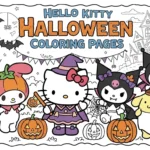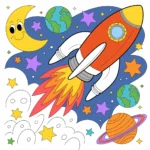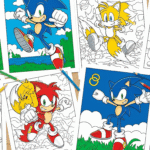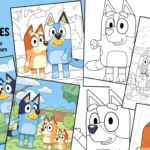We offer a wide collection of free, high-quality printable coloring pages for kids and adults. From cute animals to intricate mandalas, our designs bring creativity and relaxation to everyone. Download, print, and start coloring today!
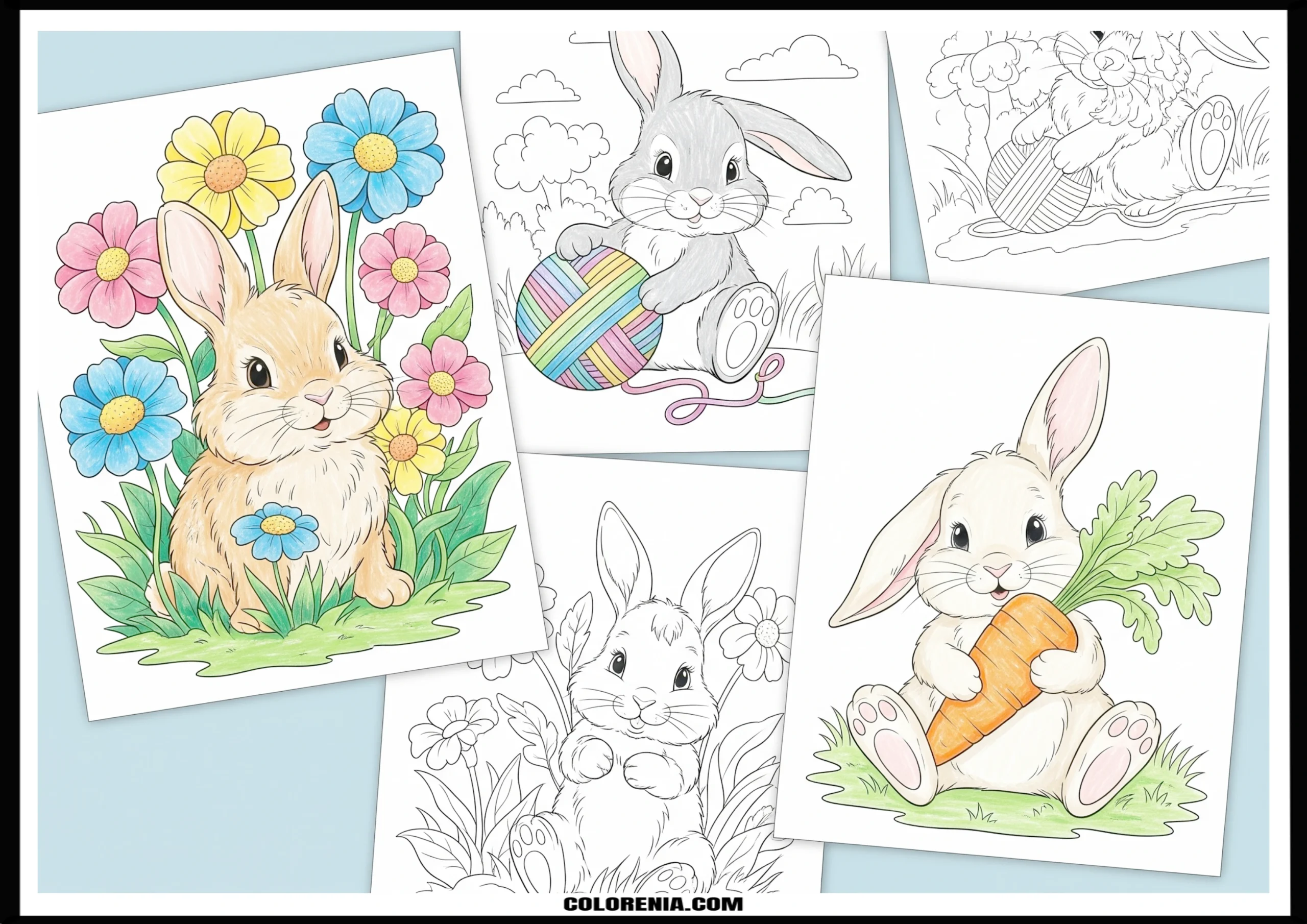
My daughter found a bunny nest behind our shed last spring. For three weeks straight, she dragged me outside every morning to check on those tiny babies. When they finally hopped away, she cried for an hour. That’s when I discovered bunny coloring pages saved my sanity. Turns out, kids who obsess over real bunnies will happily spend ages coloring paper ones.
Key Takeaways
- Find age-appropriate bunny coloring pages for kids from simple outlines for 2-year-olds to detailed scenes for 10-year-olds
- Download free printable bunny coloring pages that actually print clearly without wasting expensive ink
- Learn which paper prevents marker bleed-through and which supplies won’t frustrate your toddler
- Discover realistic storage solutions for the inevitable mountain of finished bunny artwork
- Use cute bunny coloring pages as teaching moments about animal anatomy and habitats
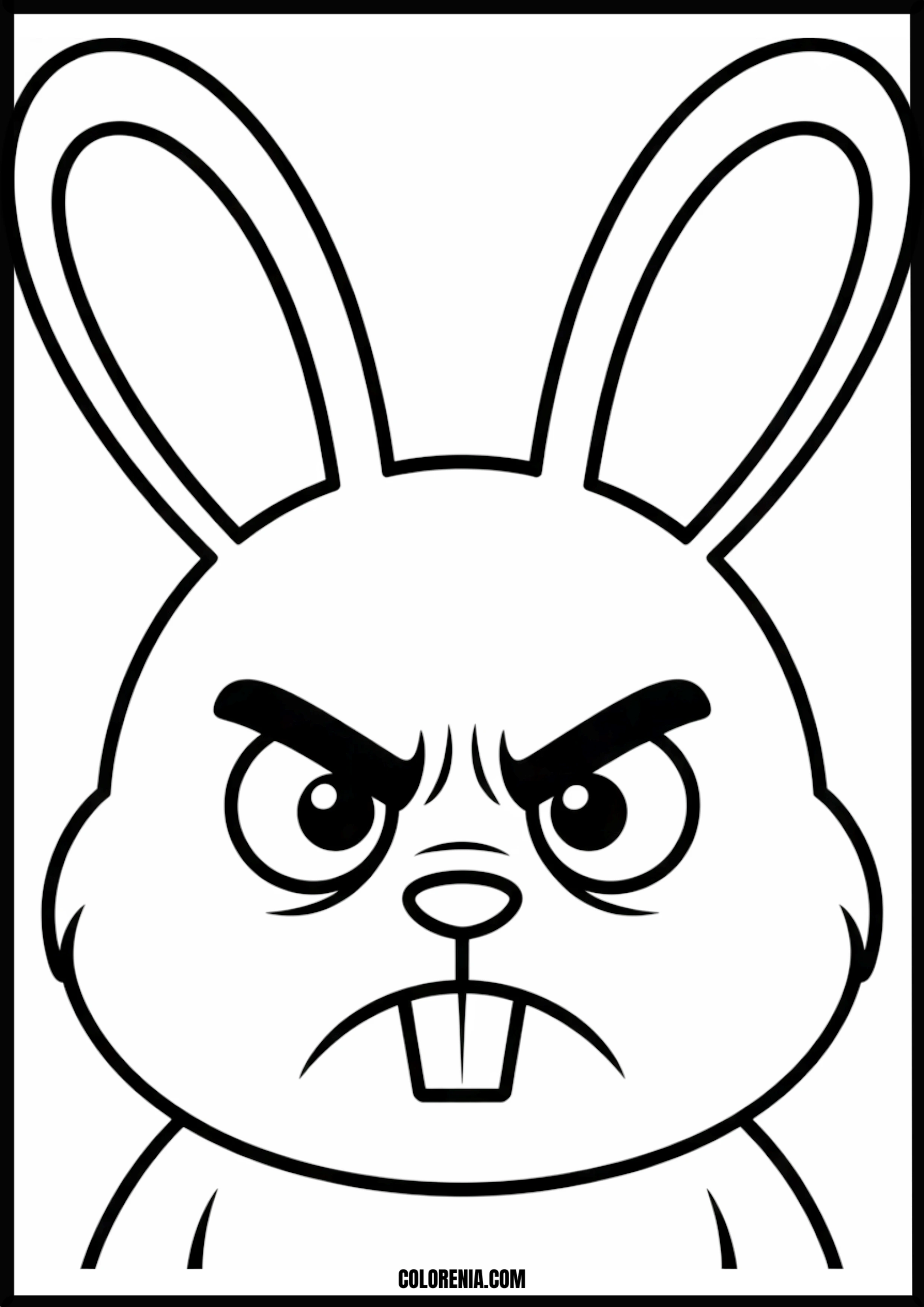
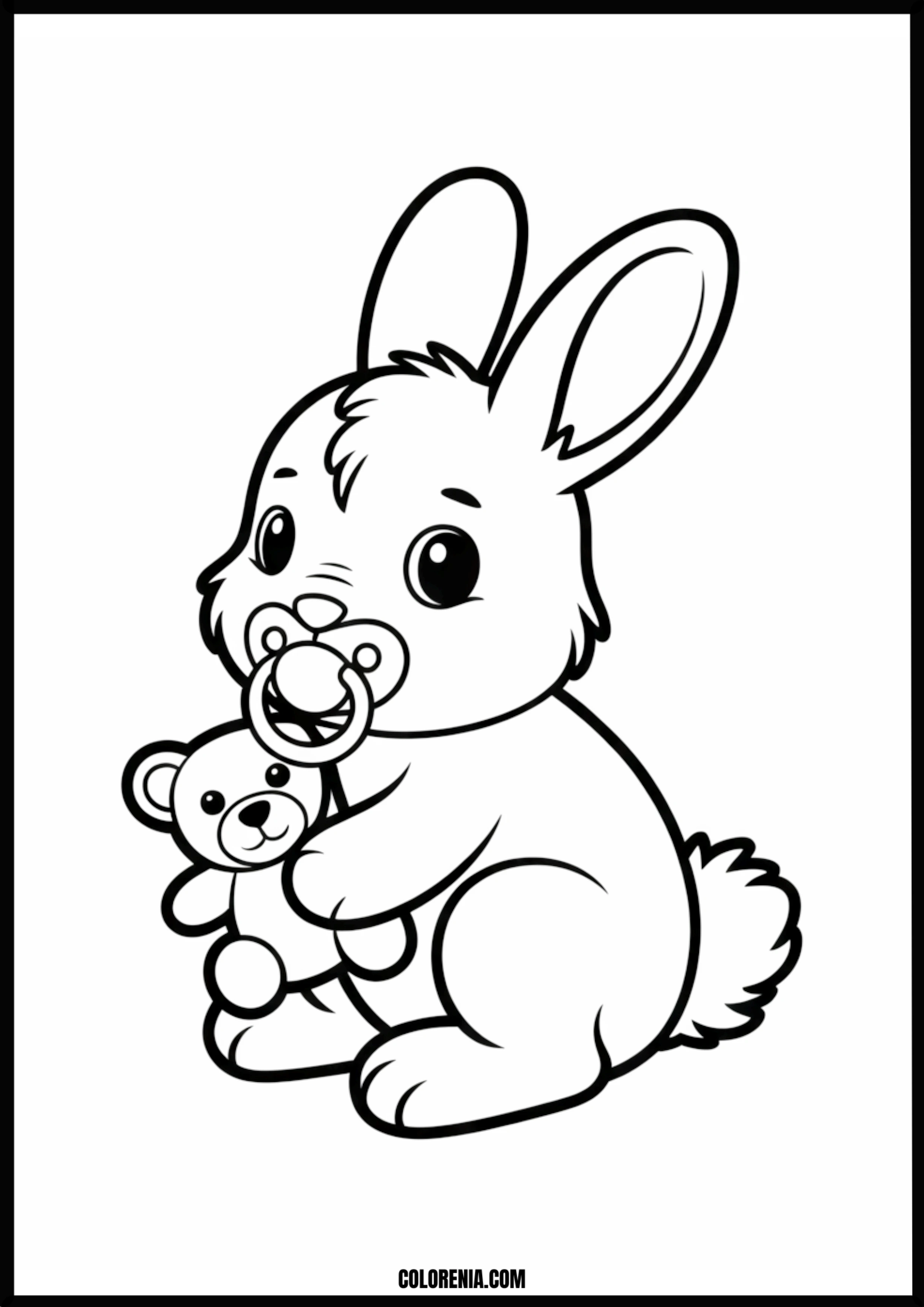
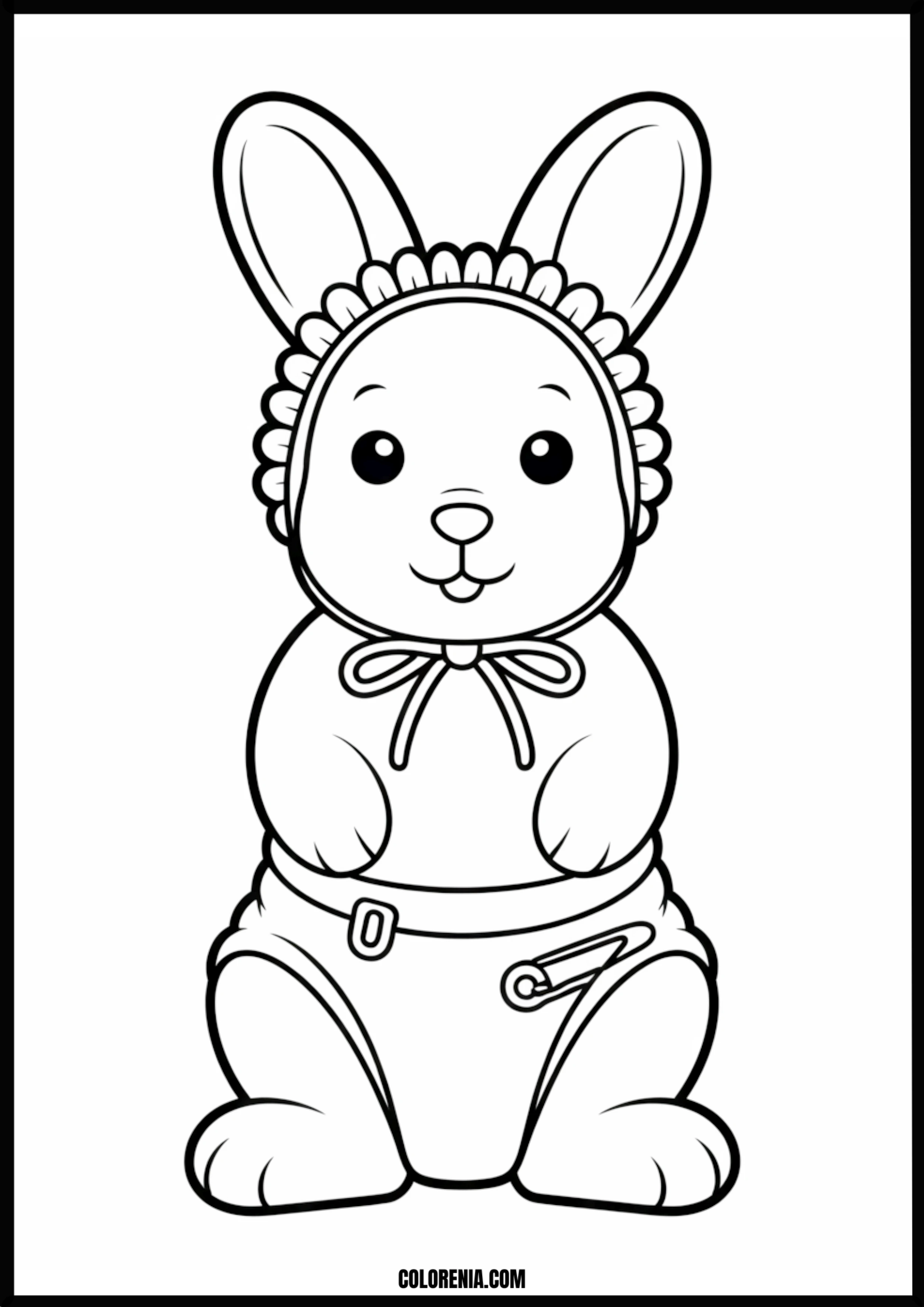
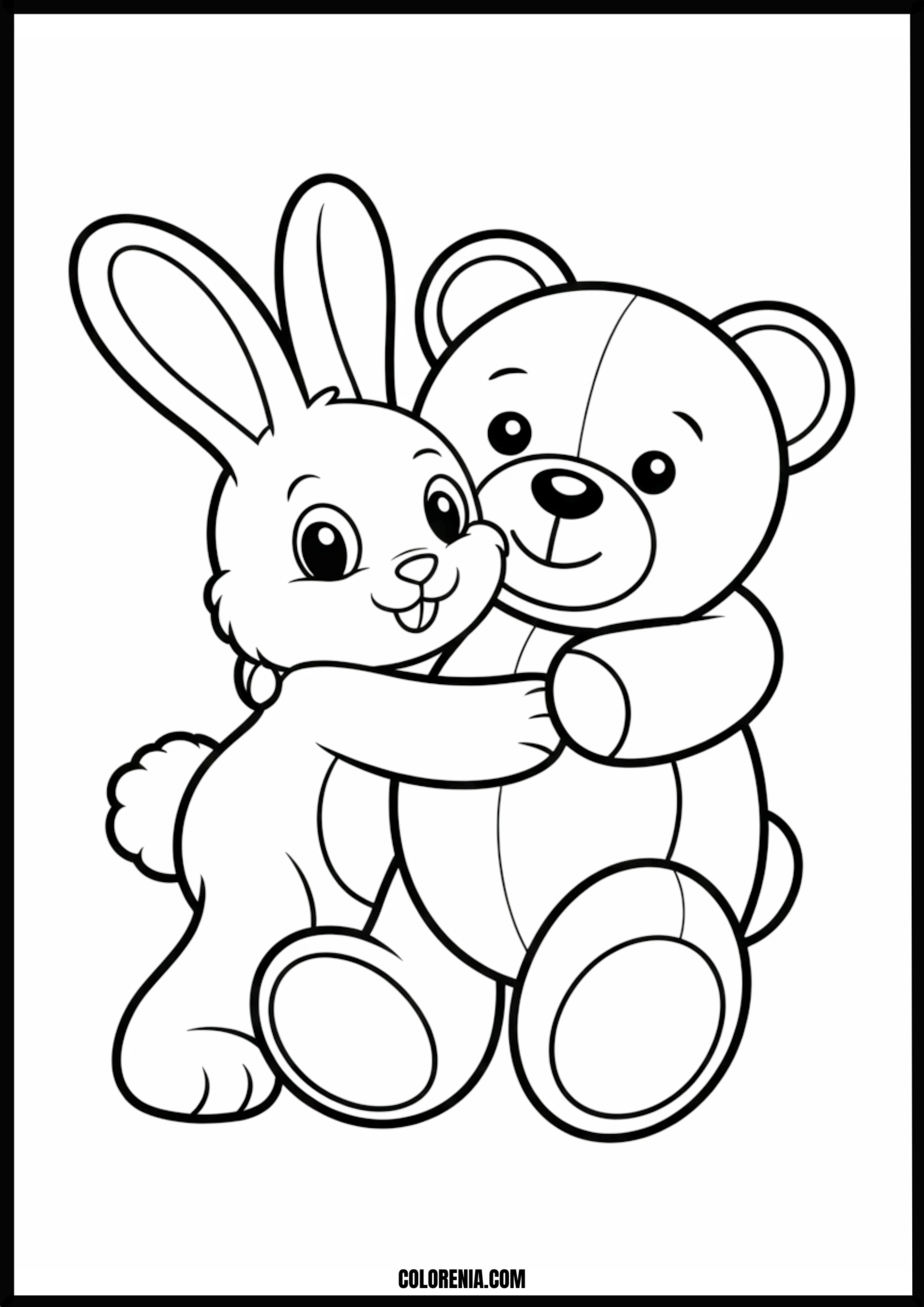
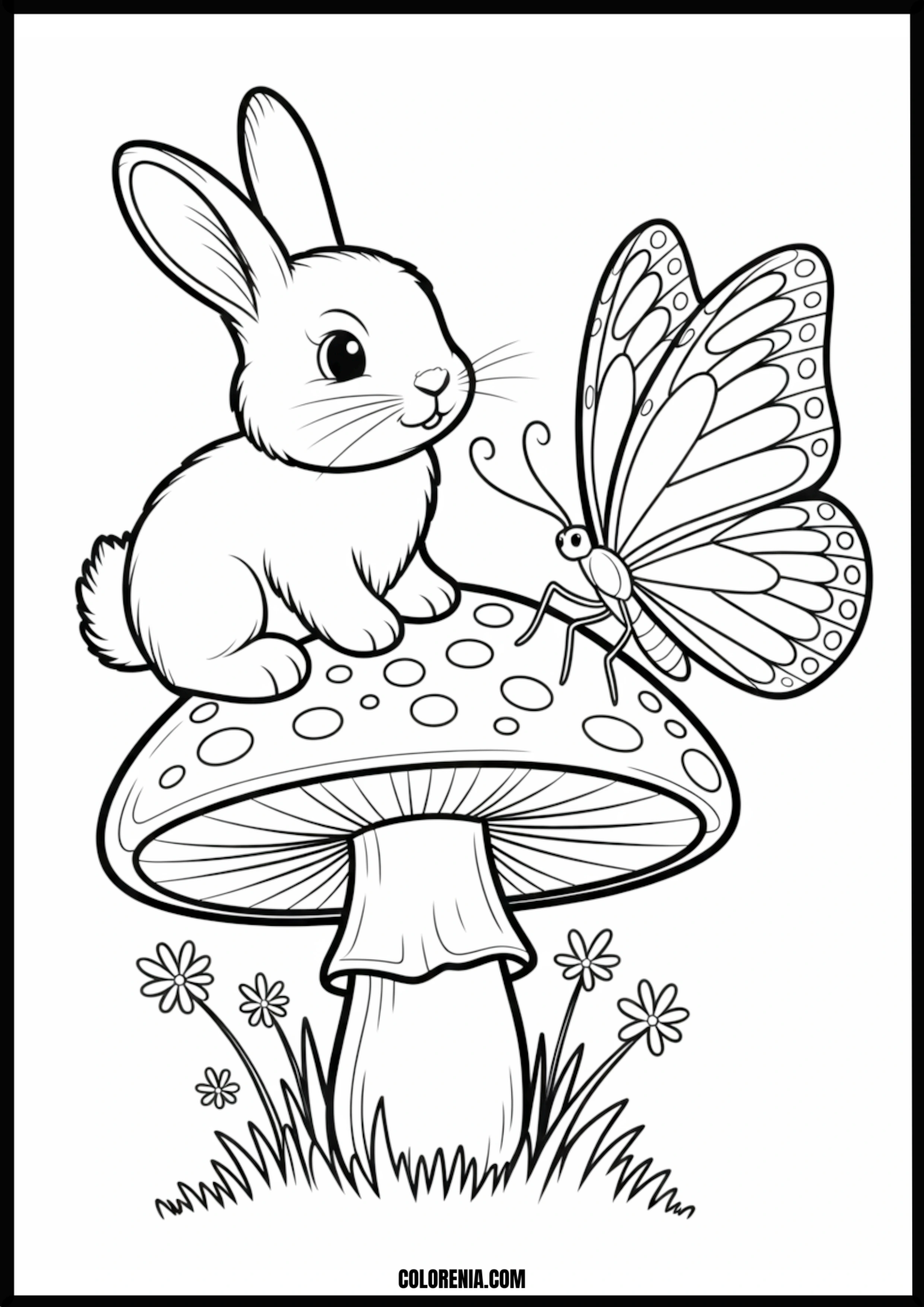
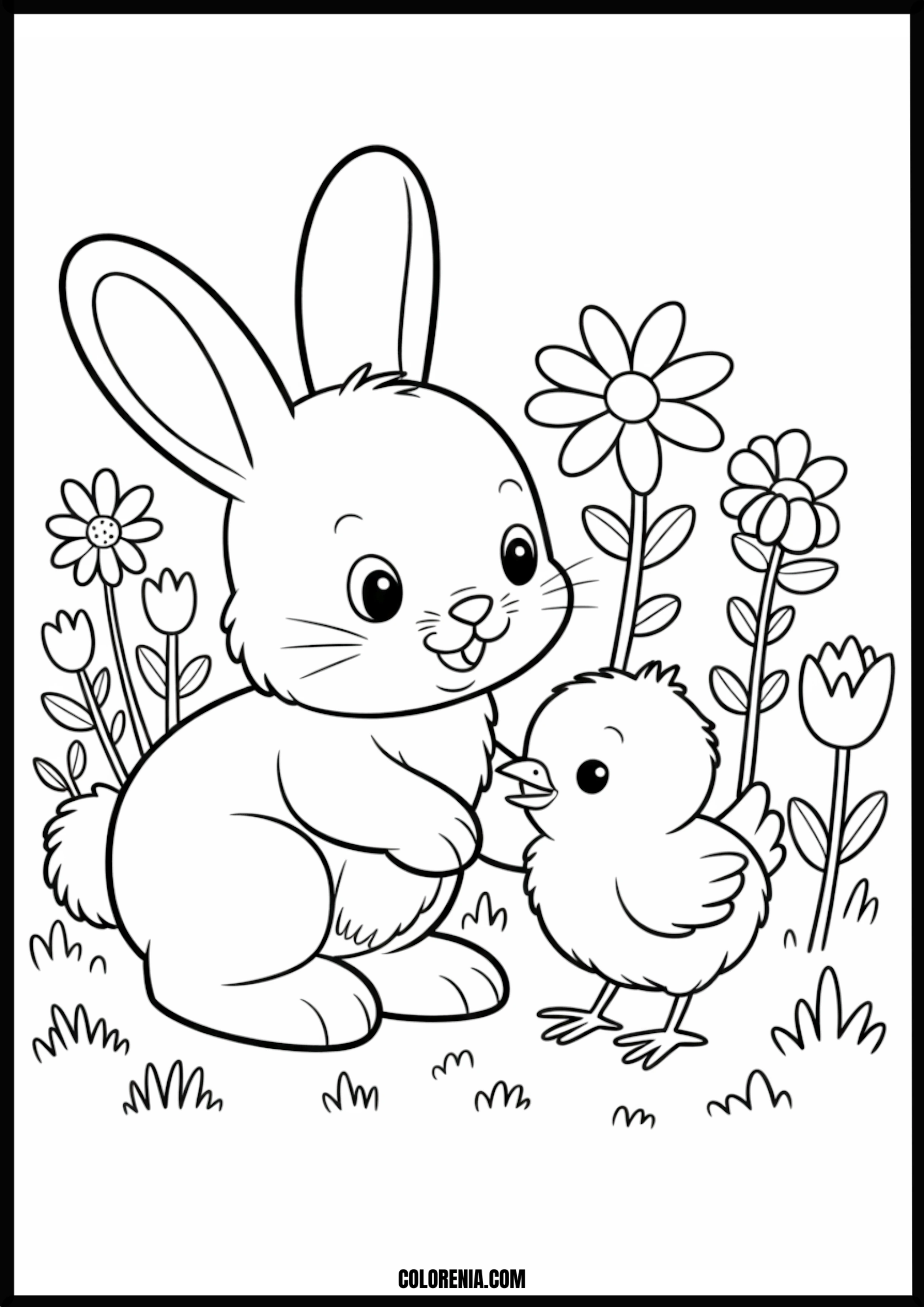
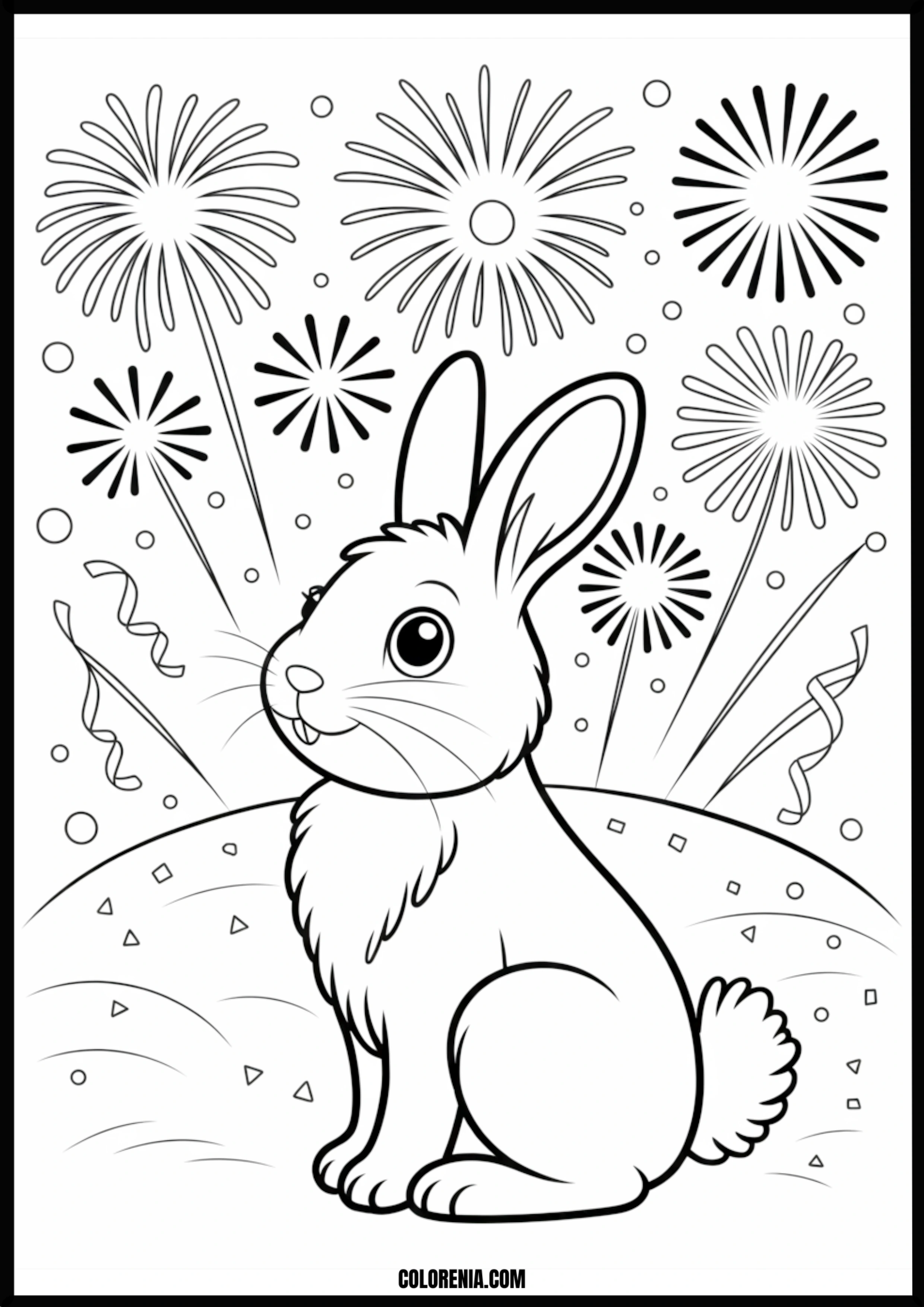
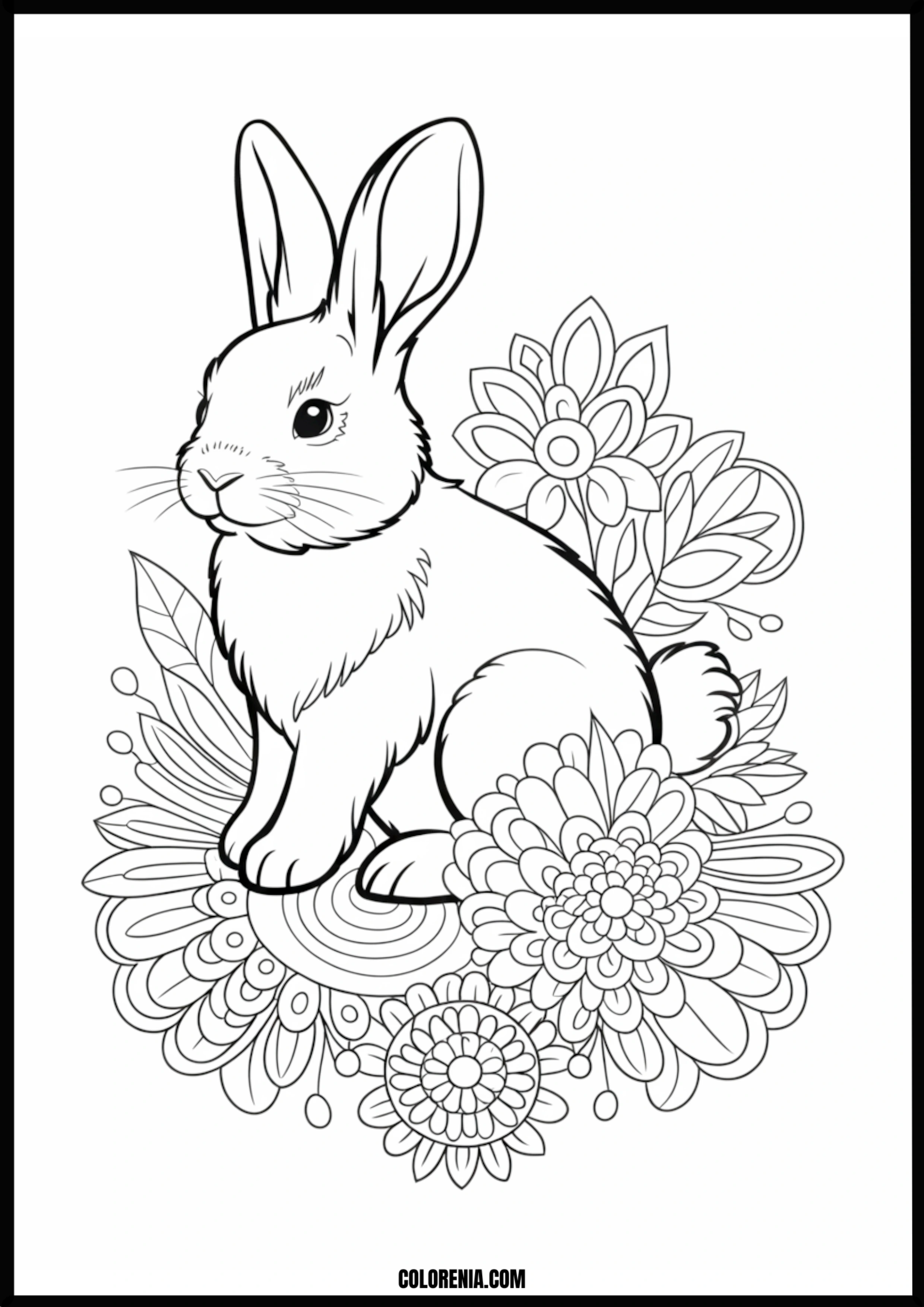
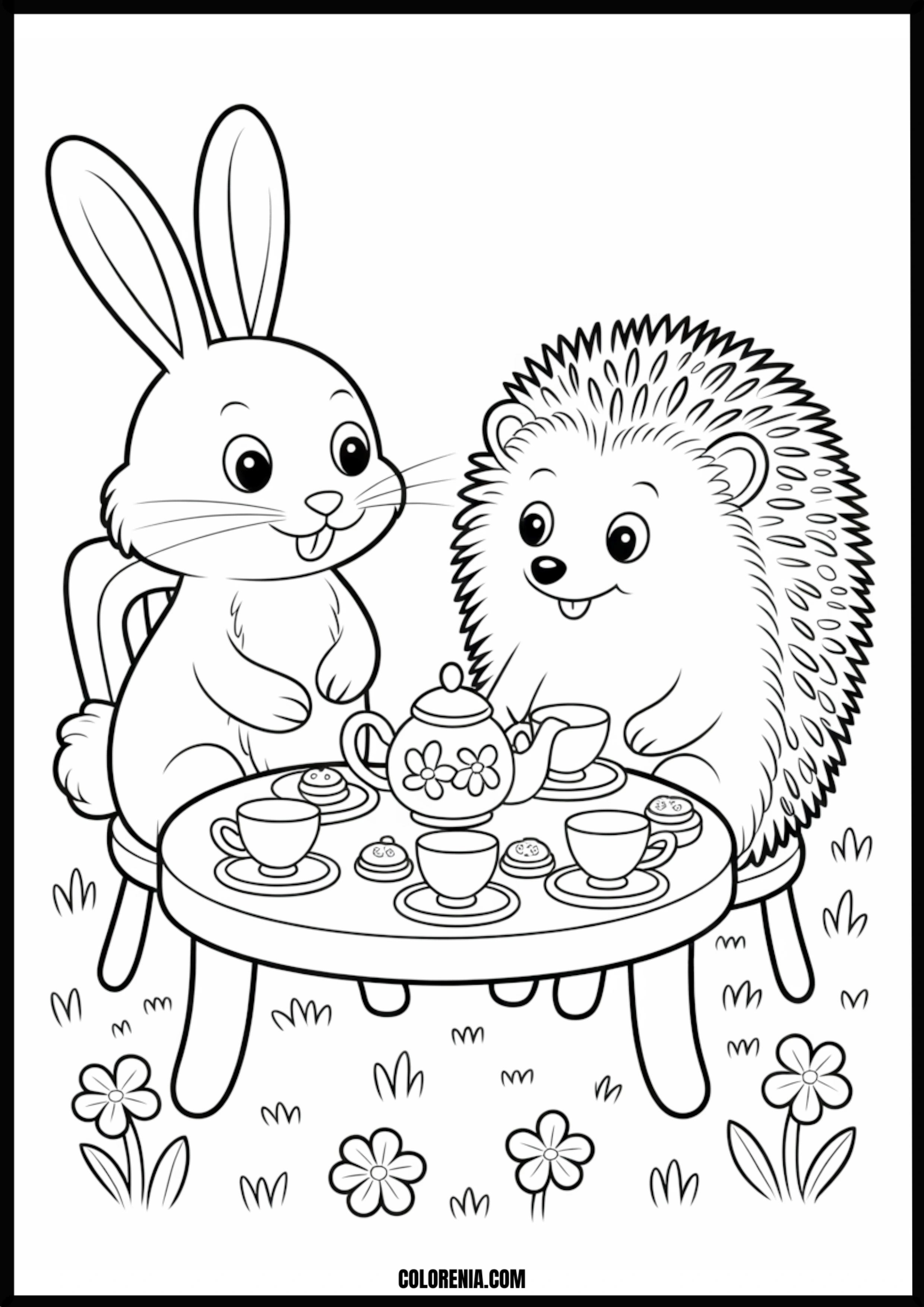
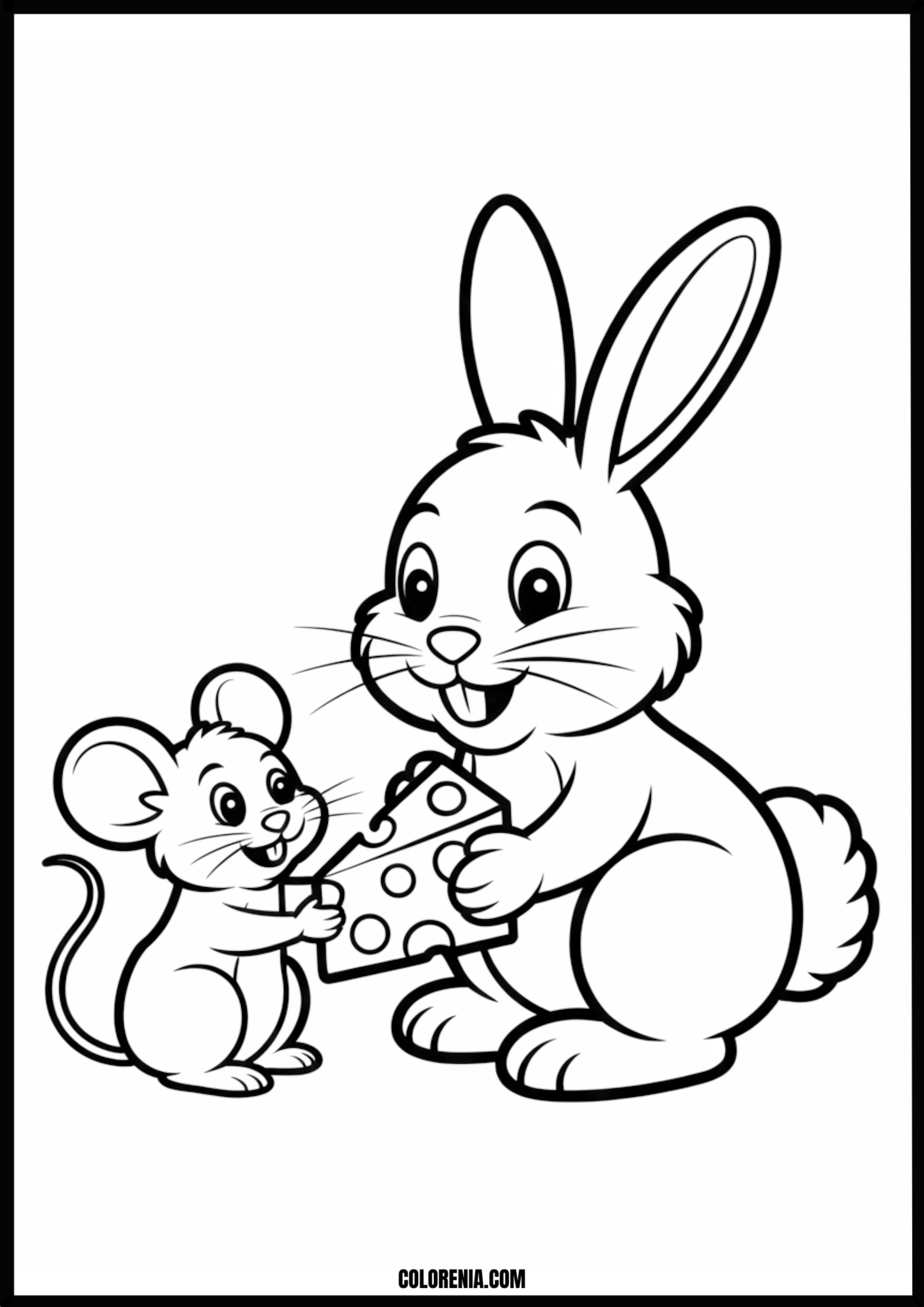
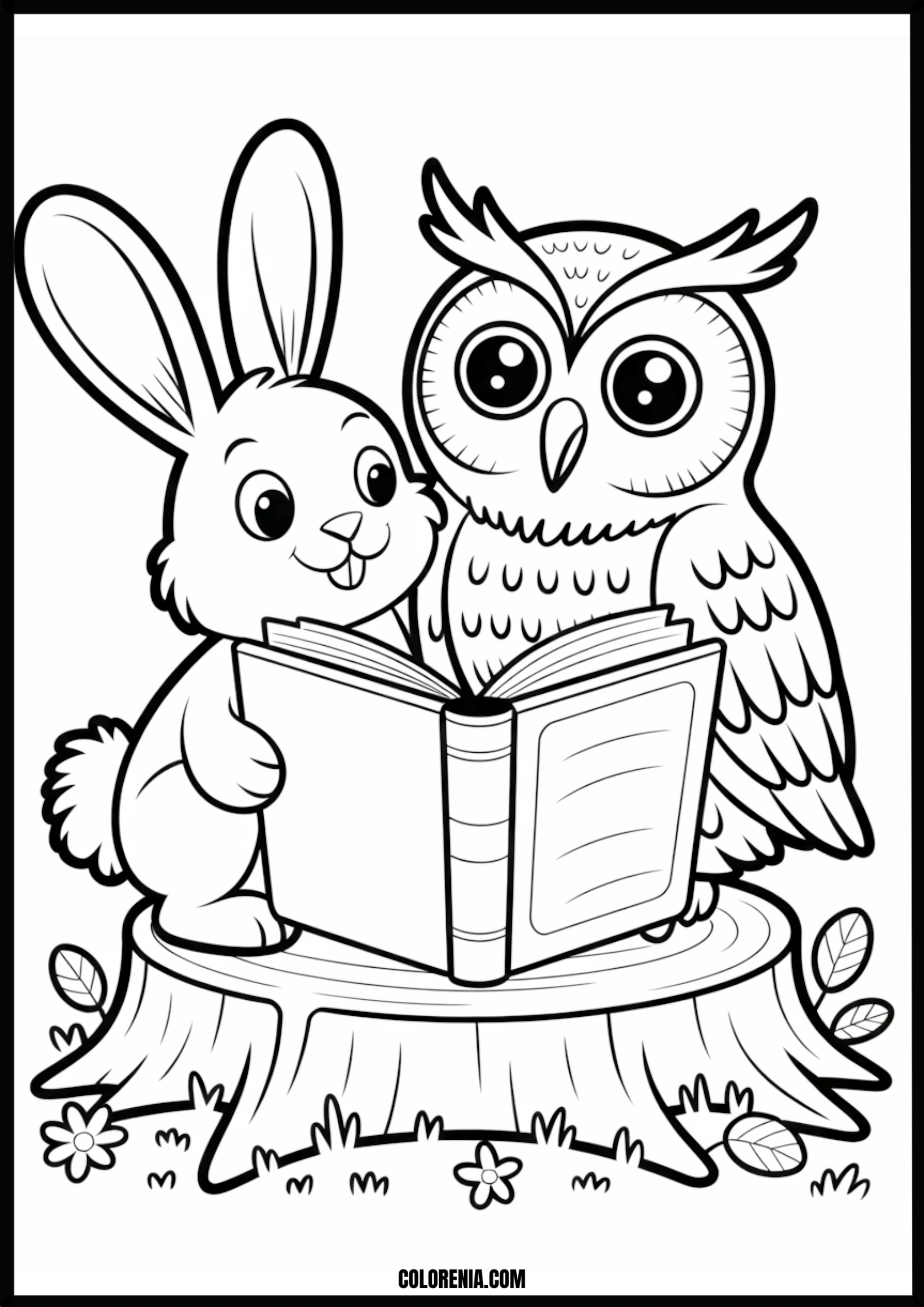
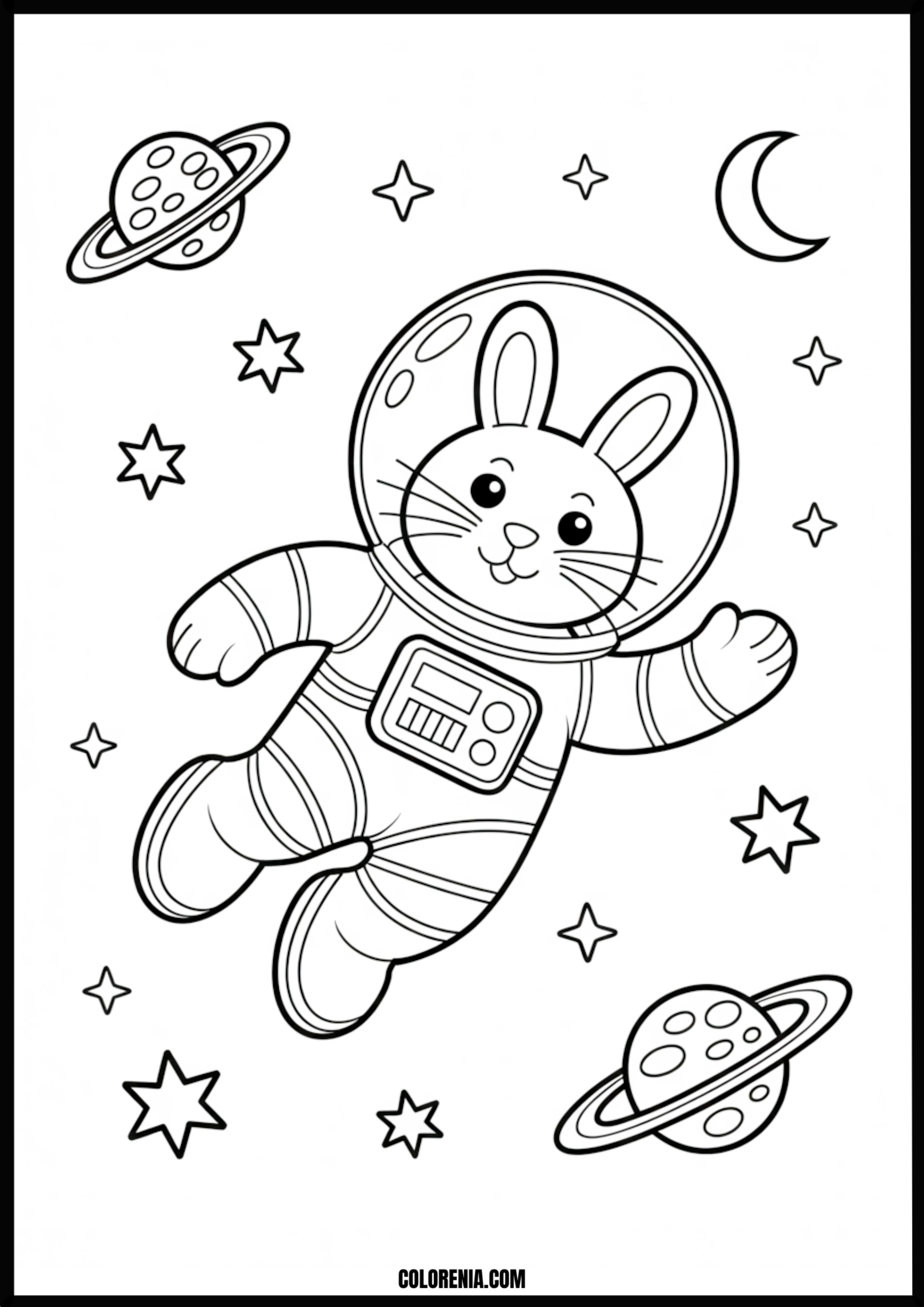
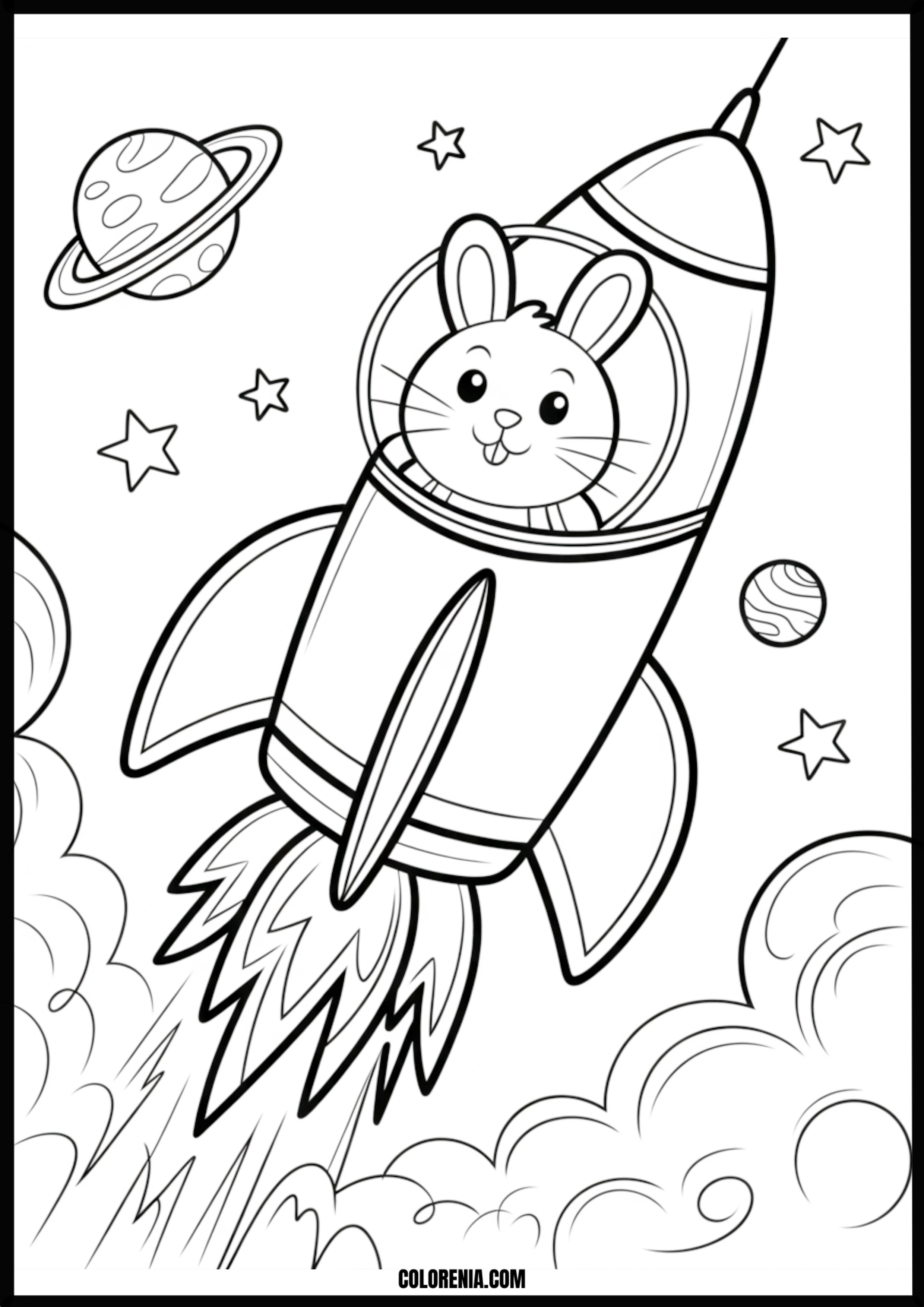
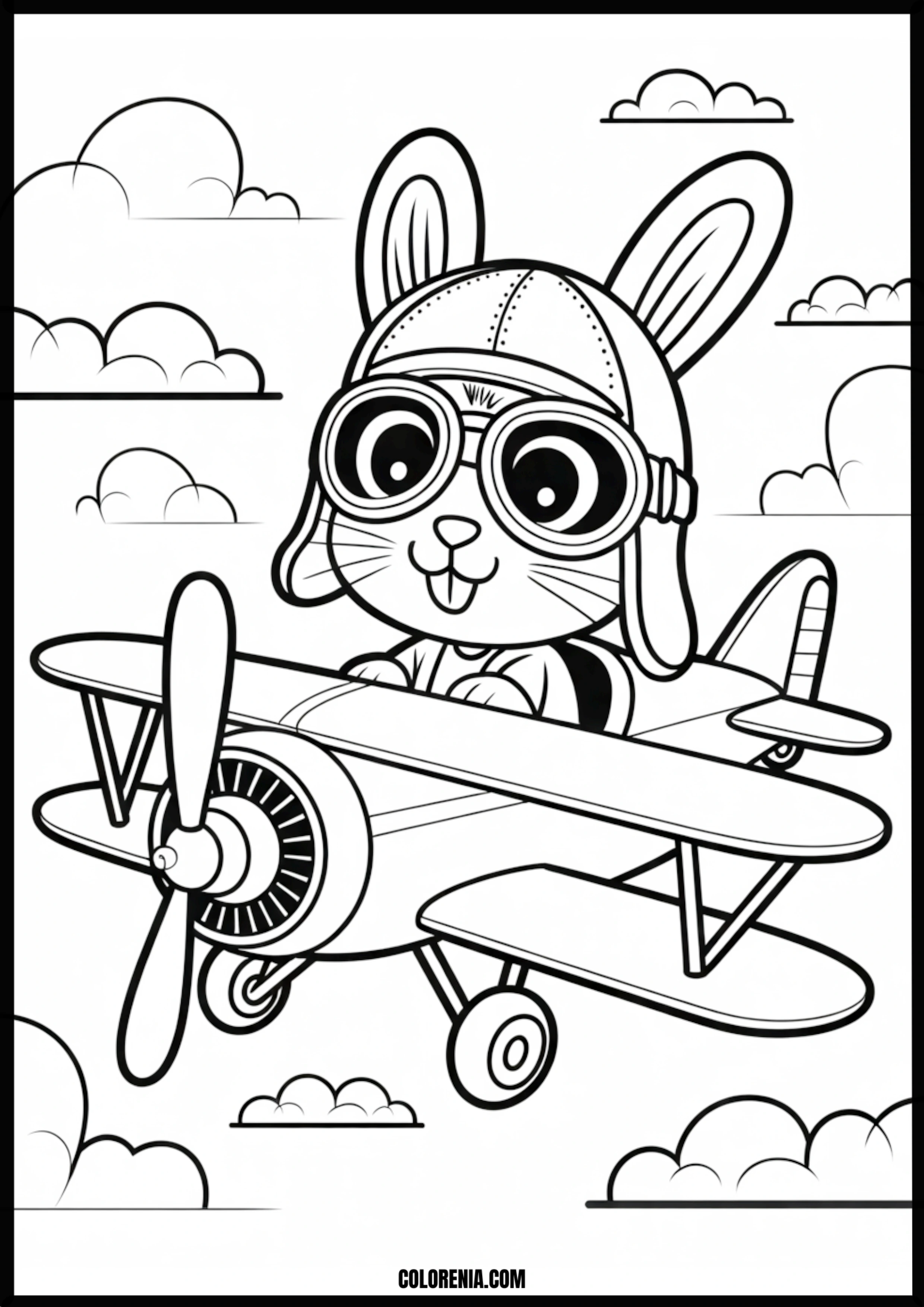
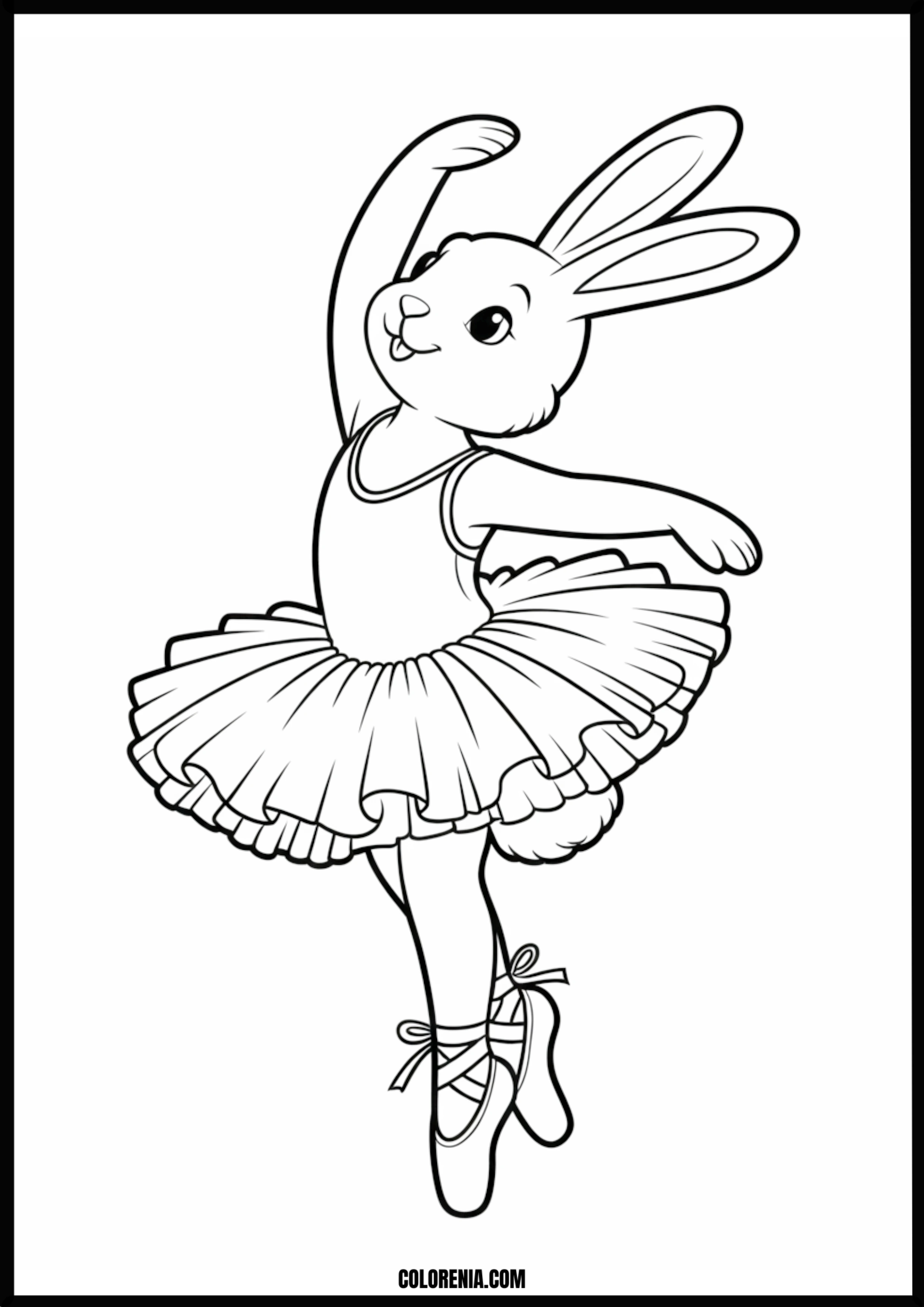
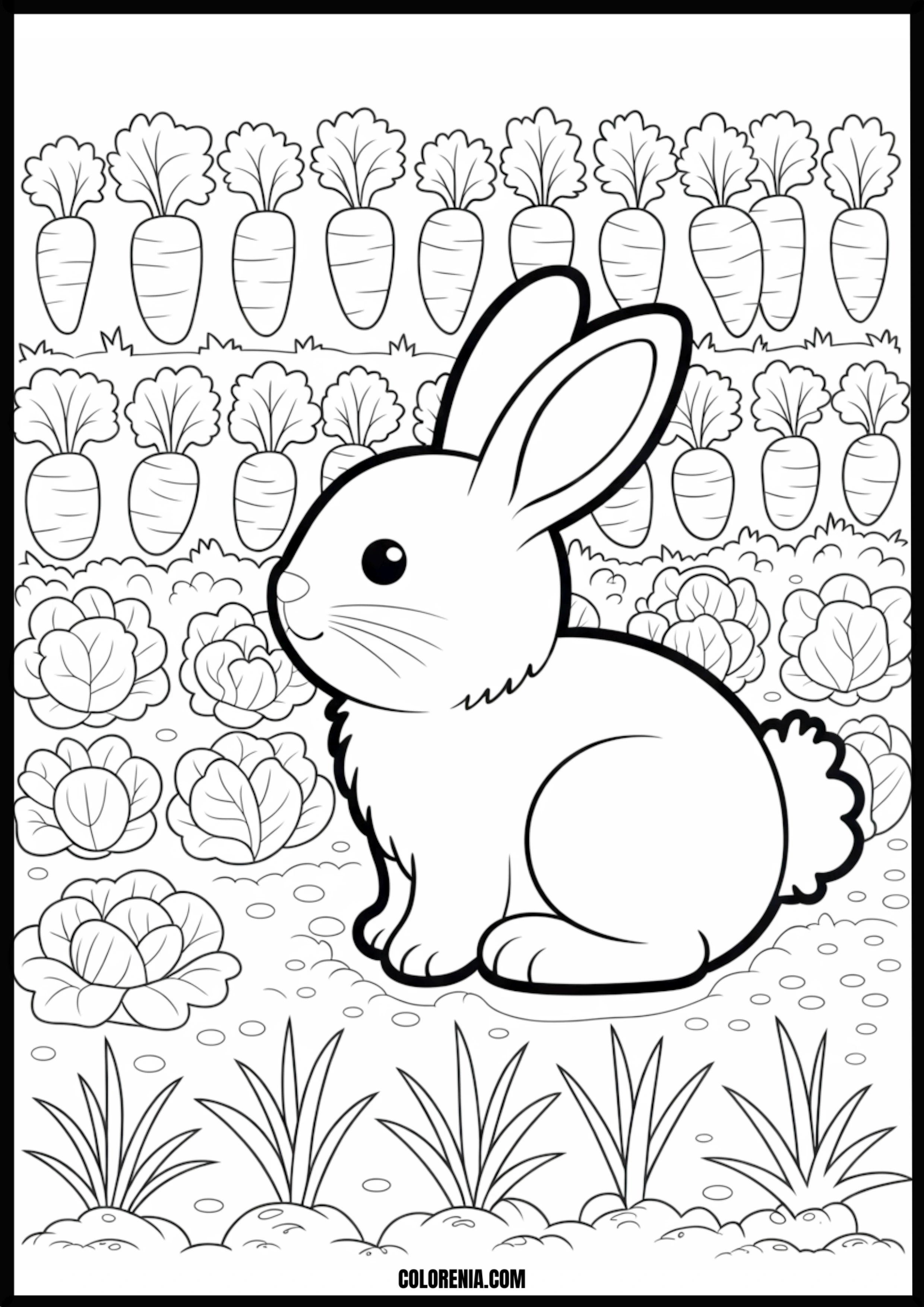
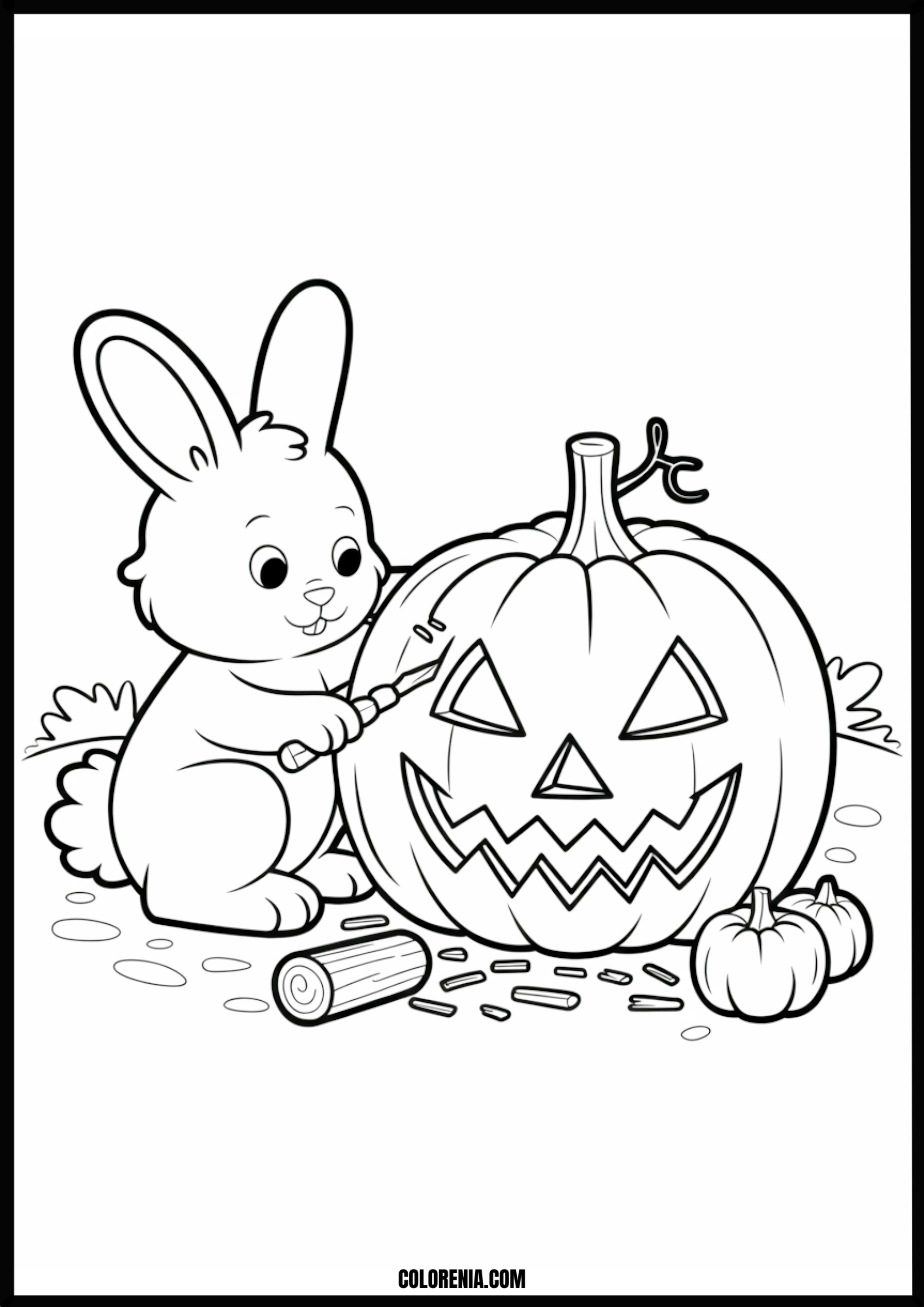
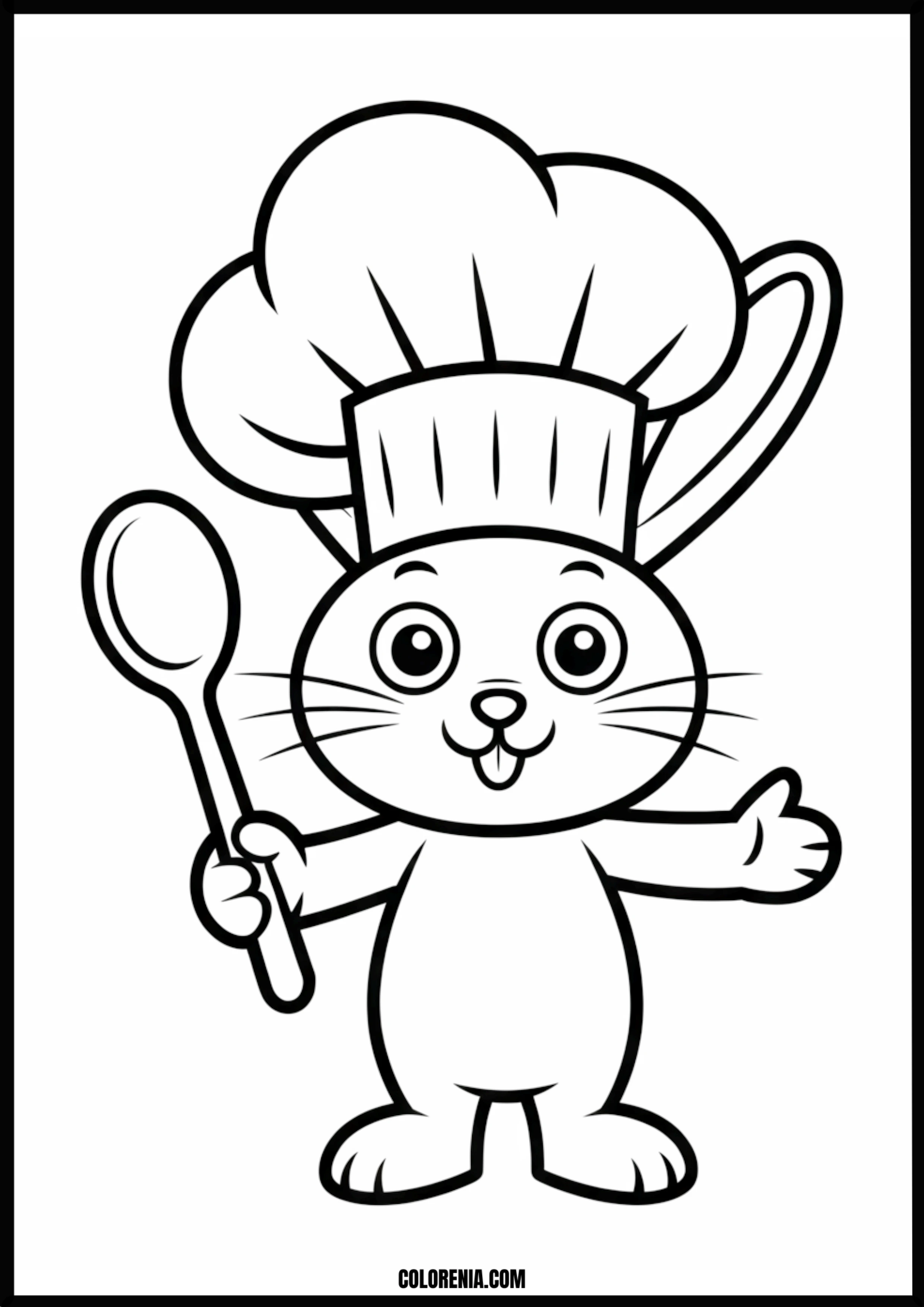
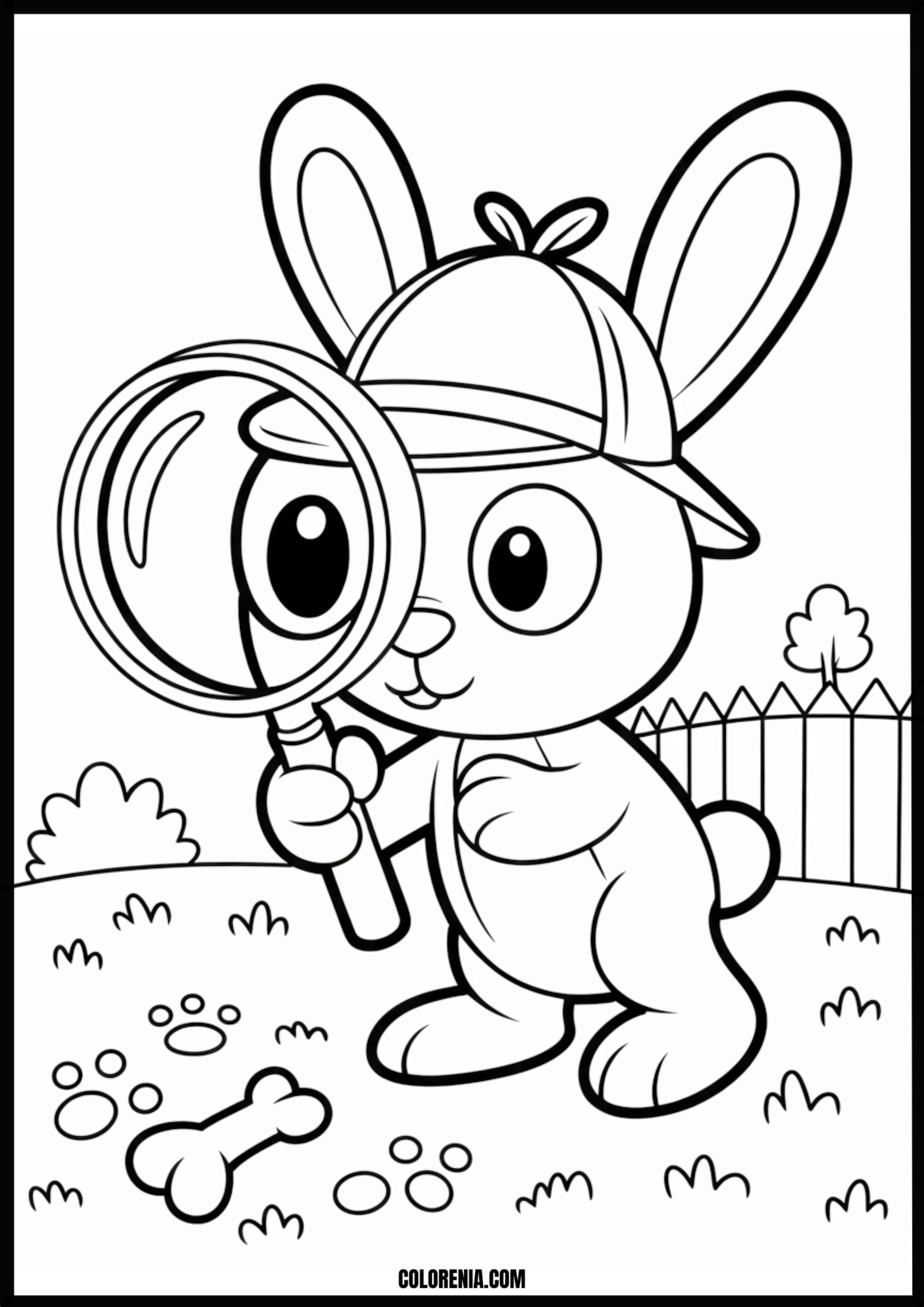
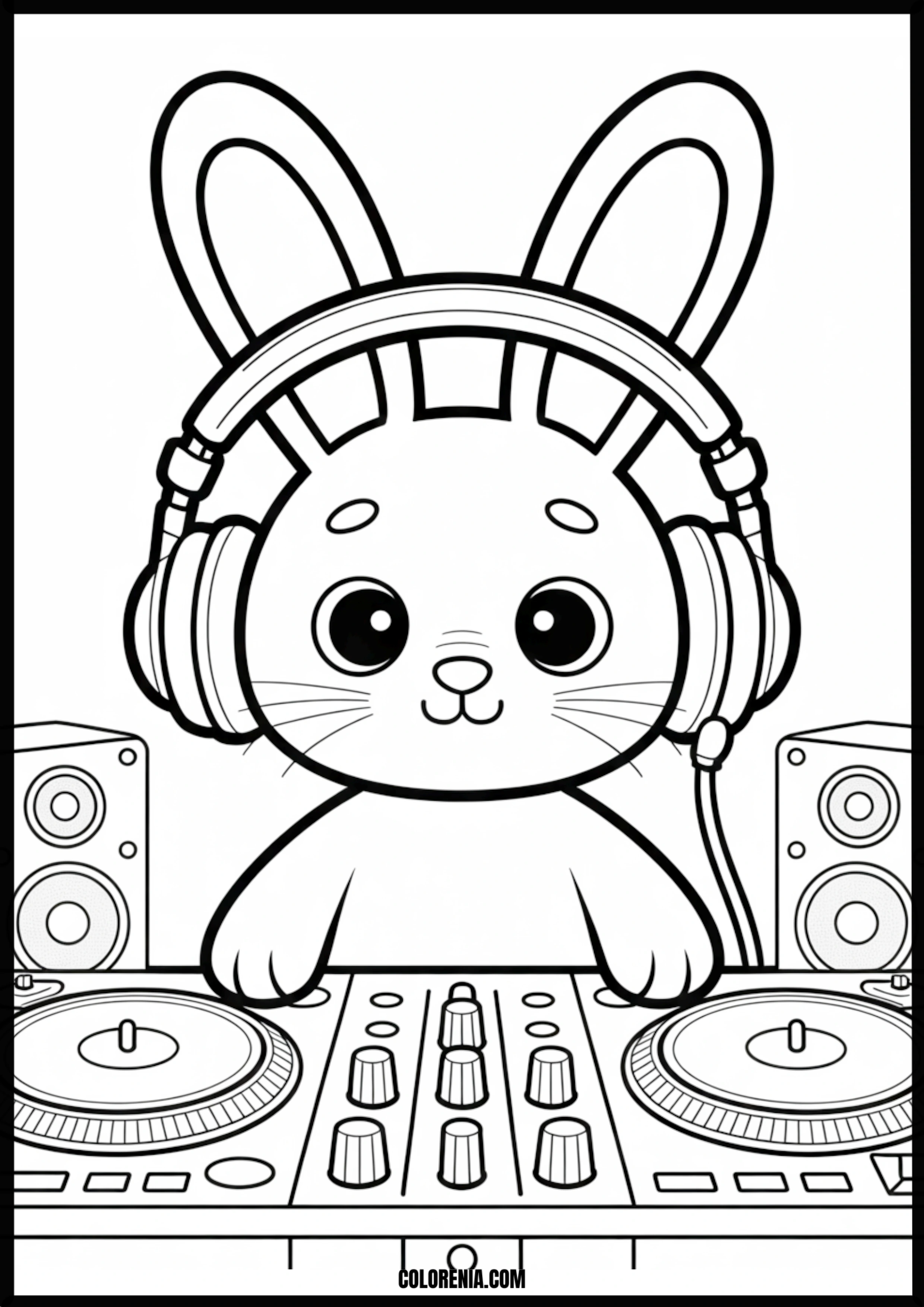
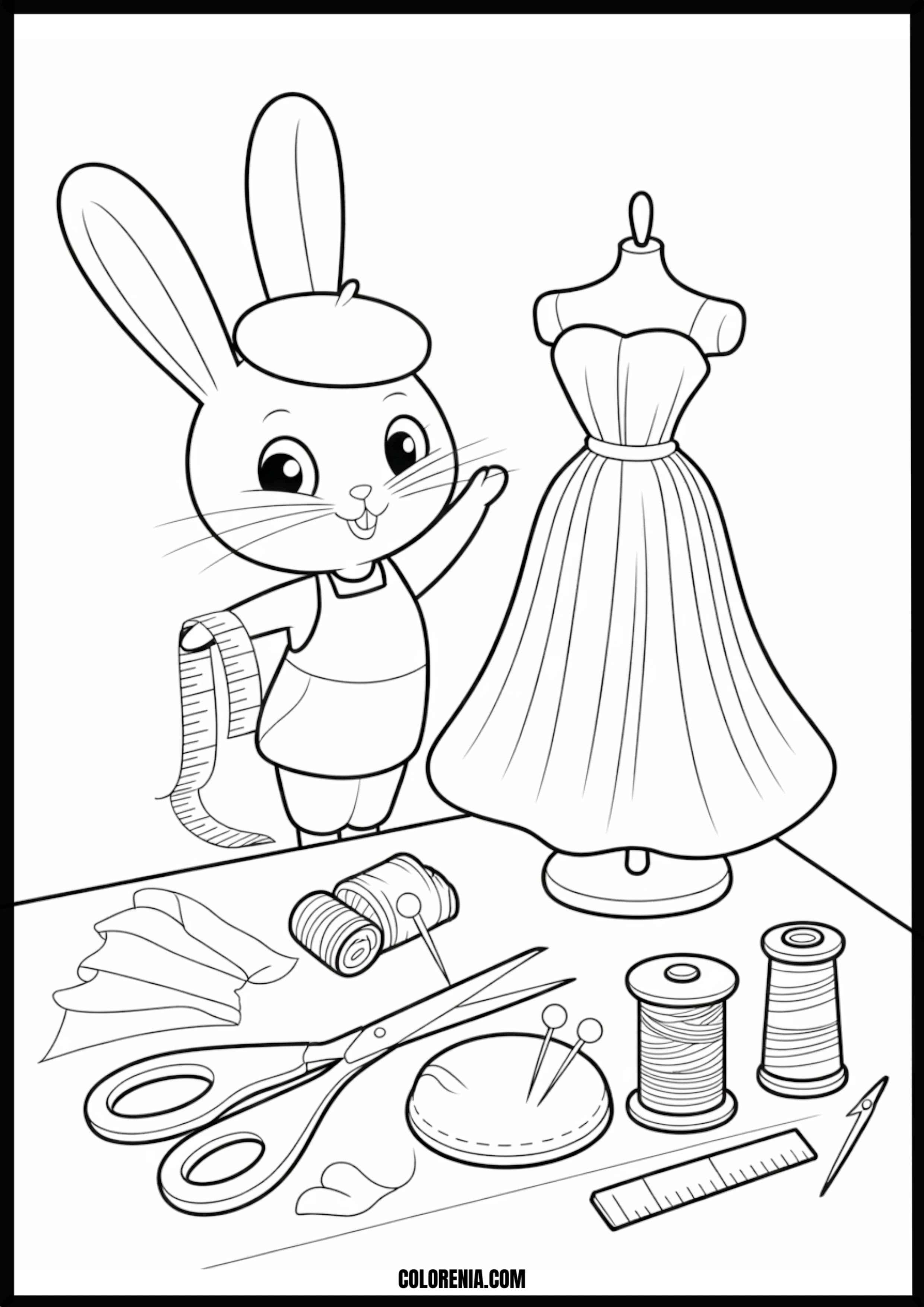
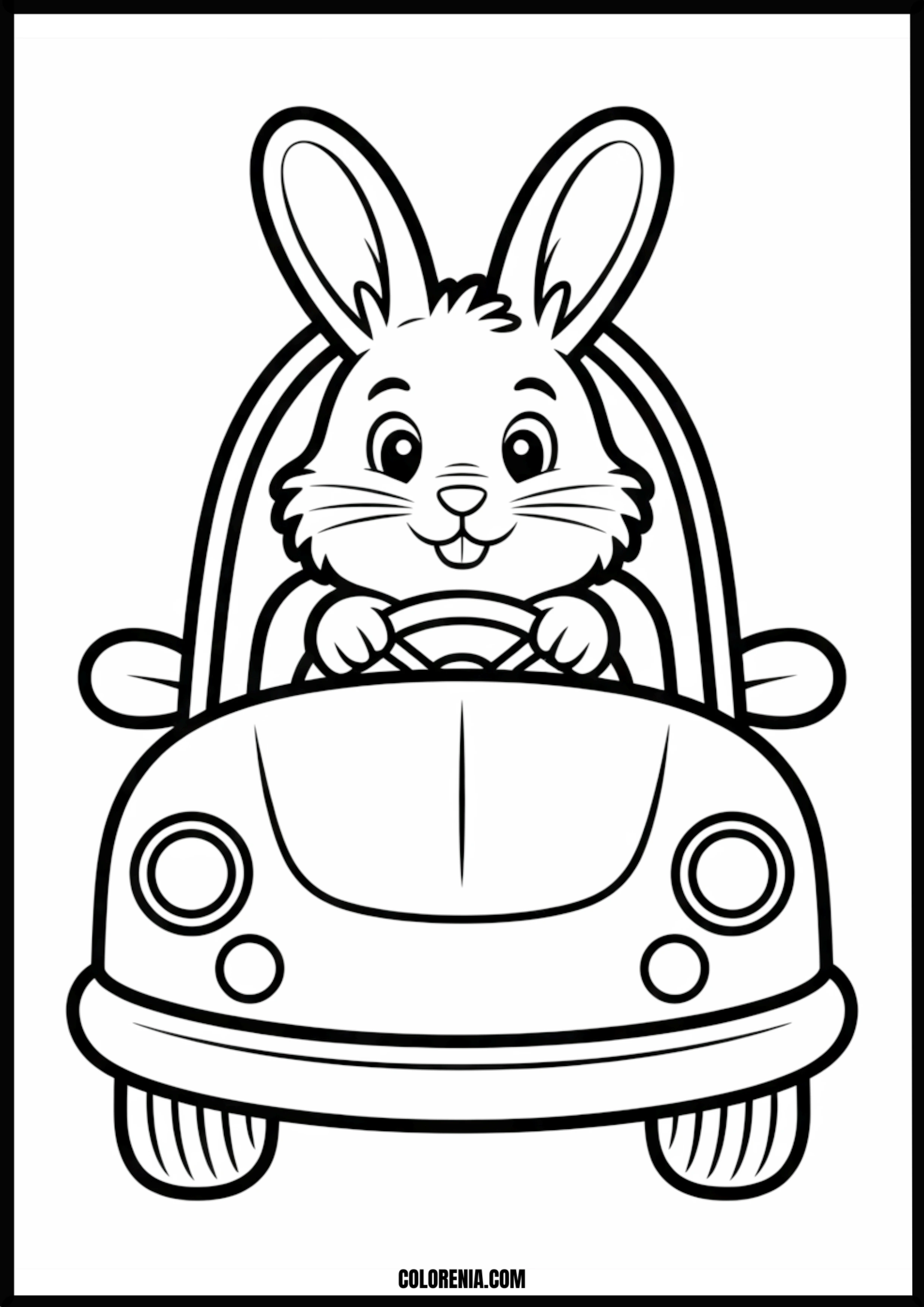
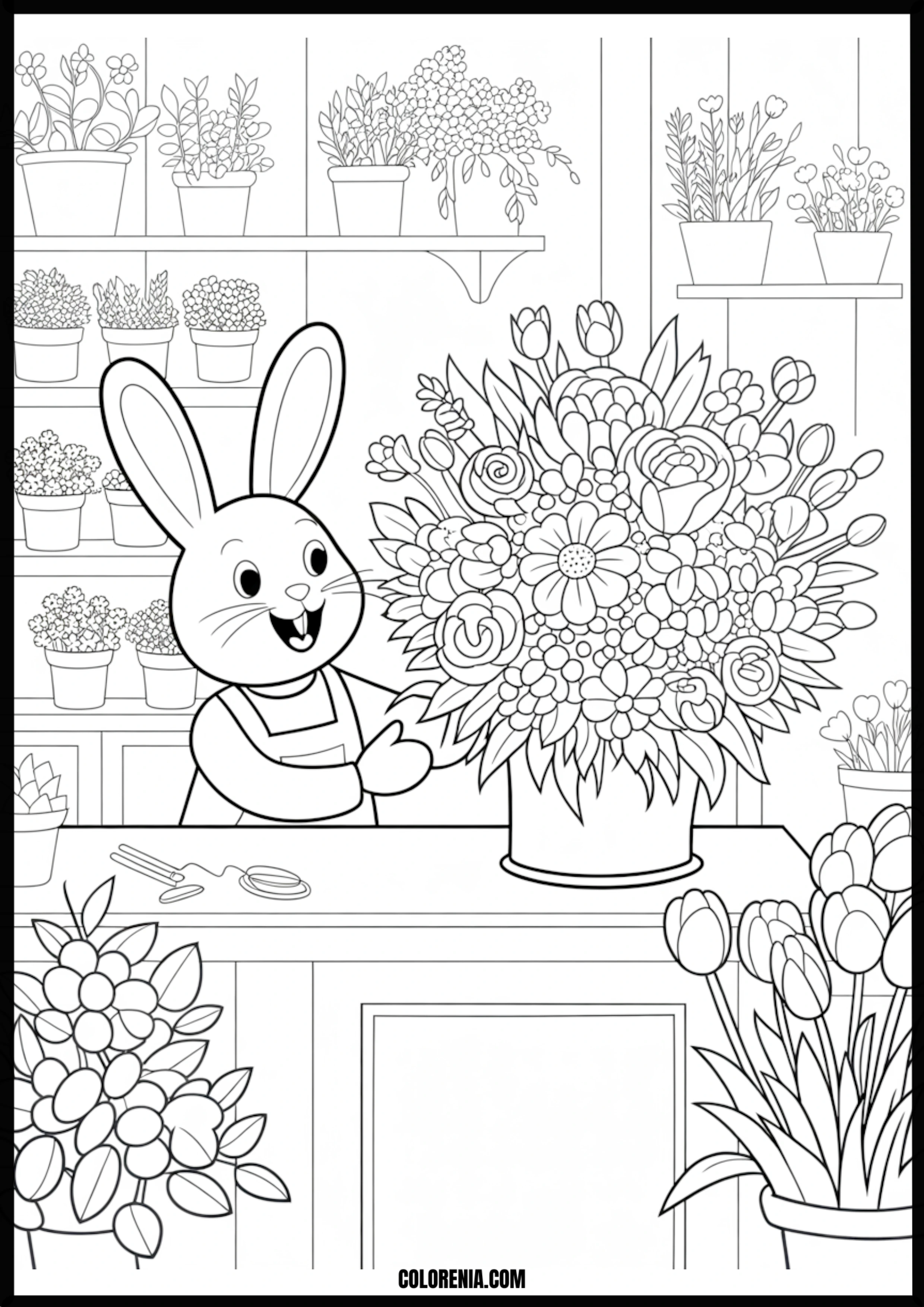
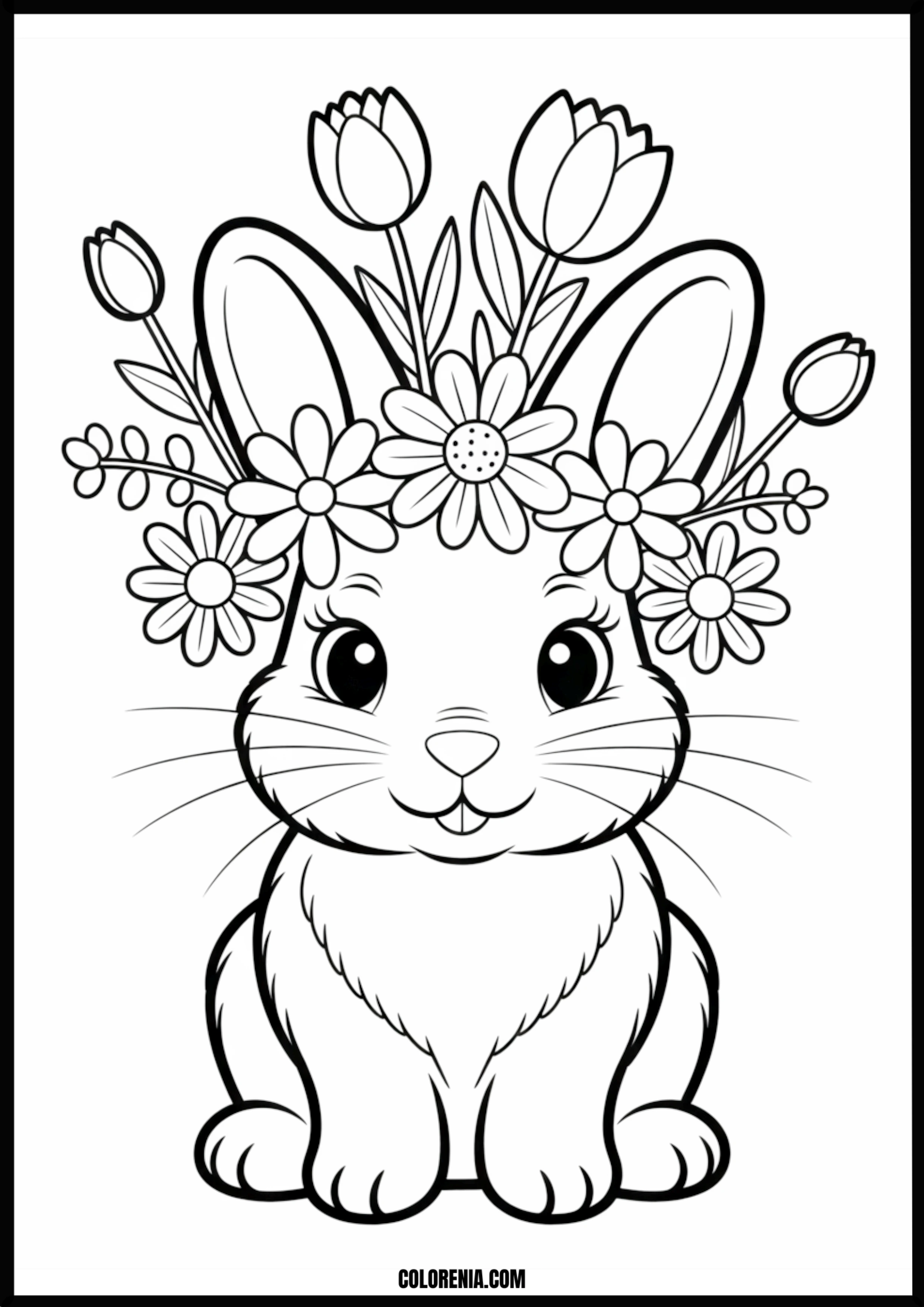
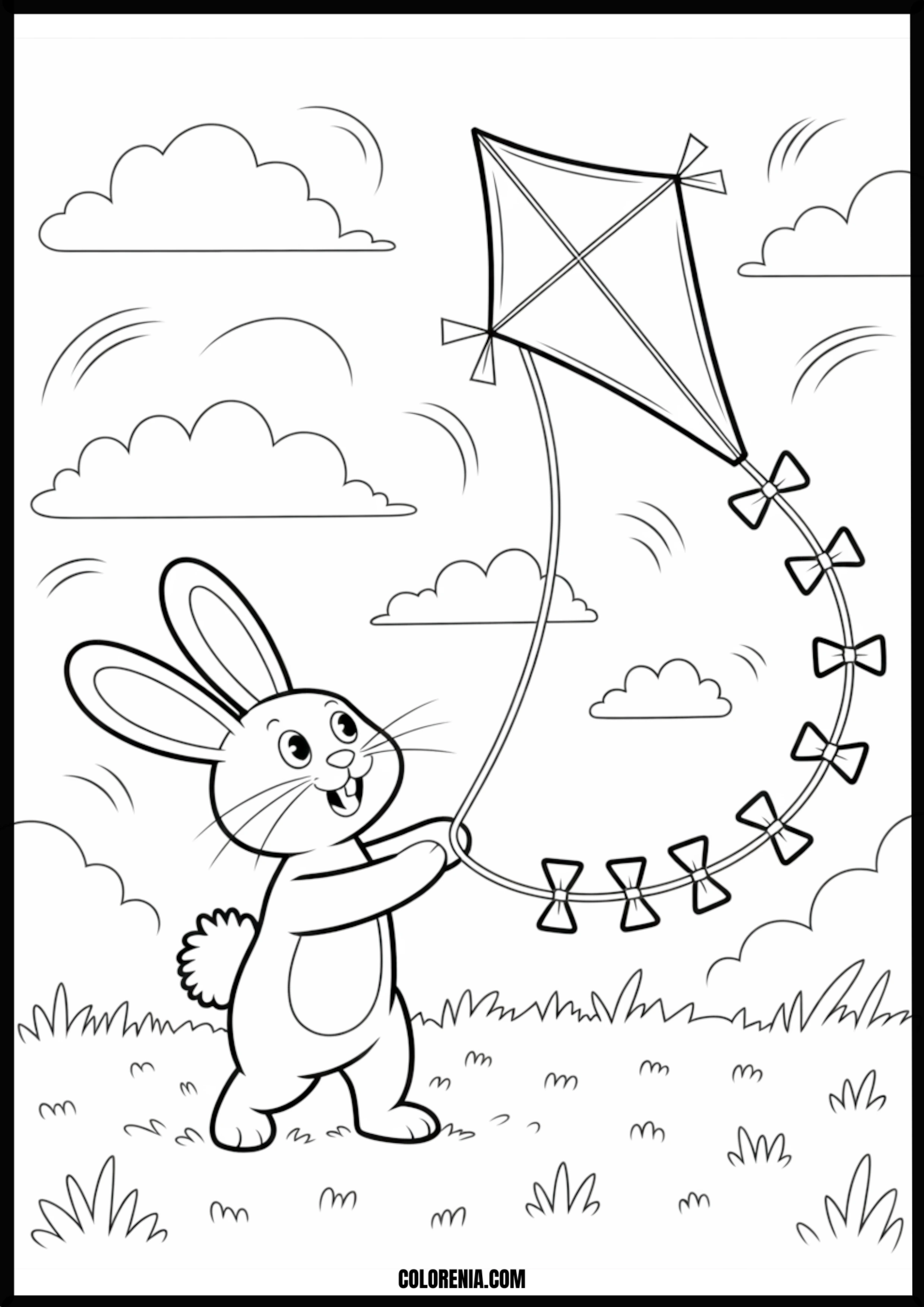
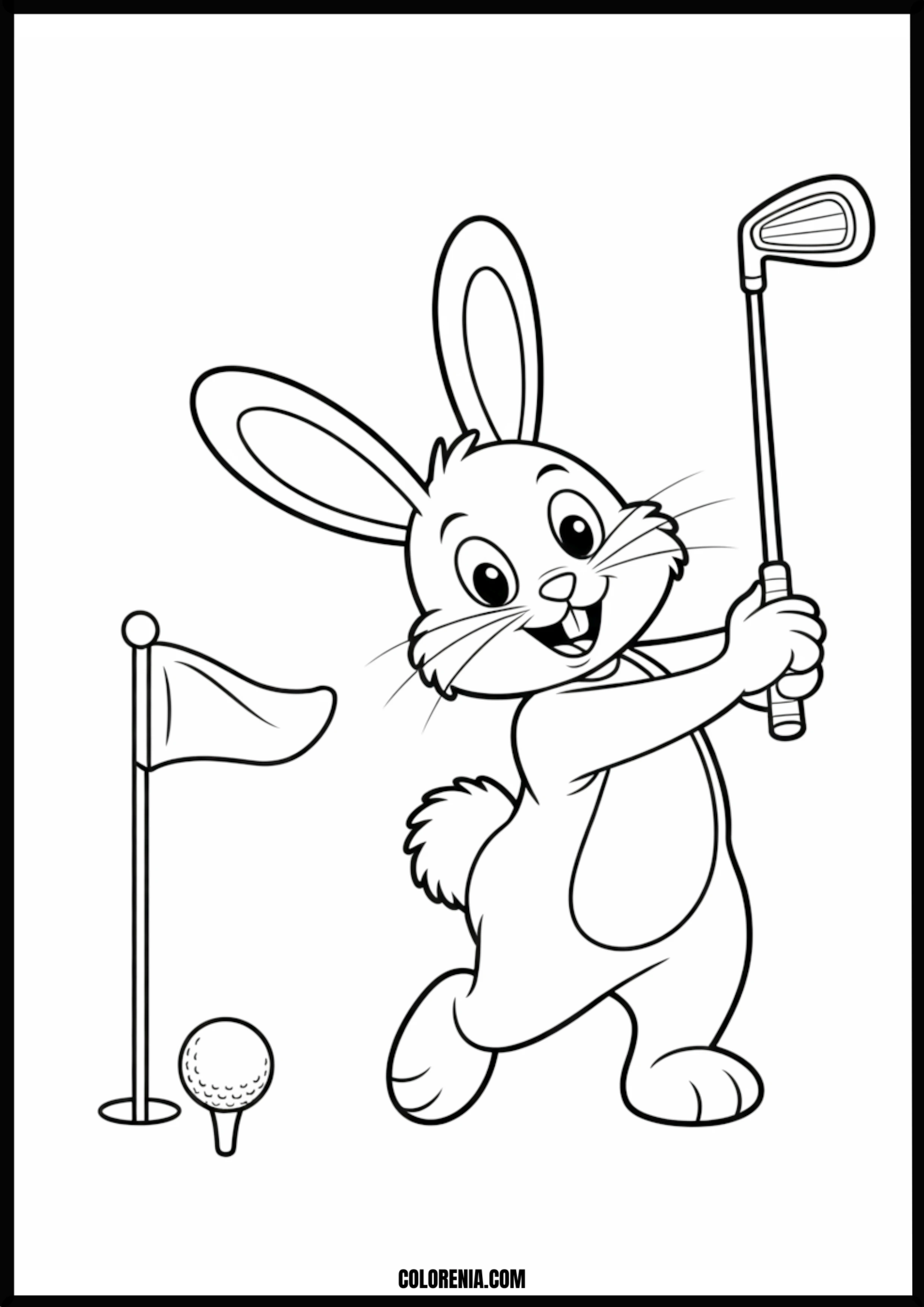
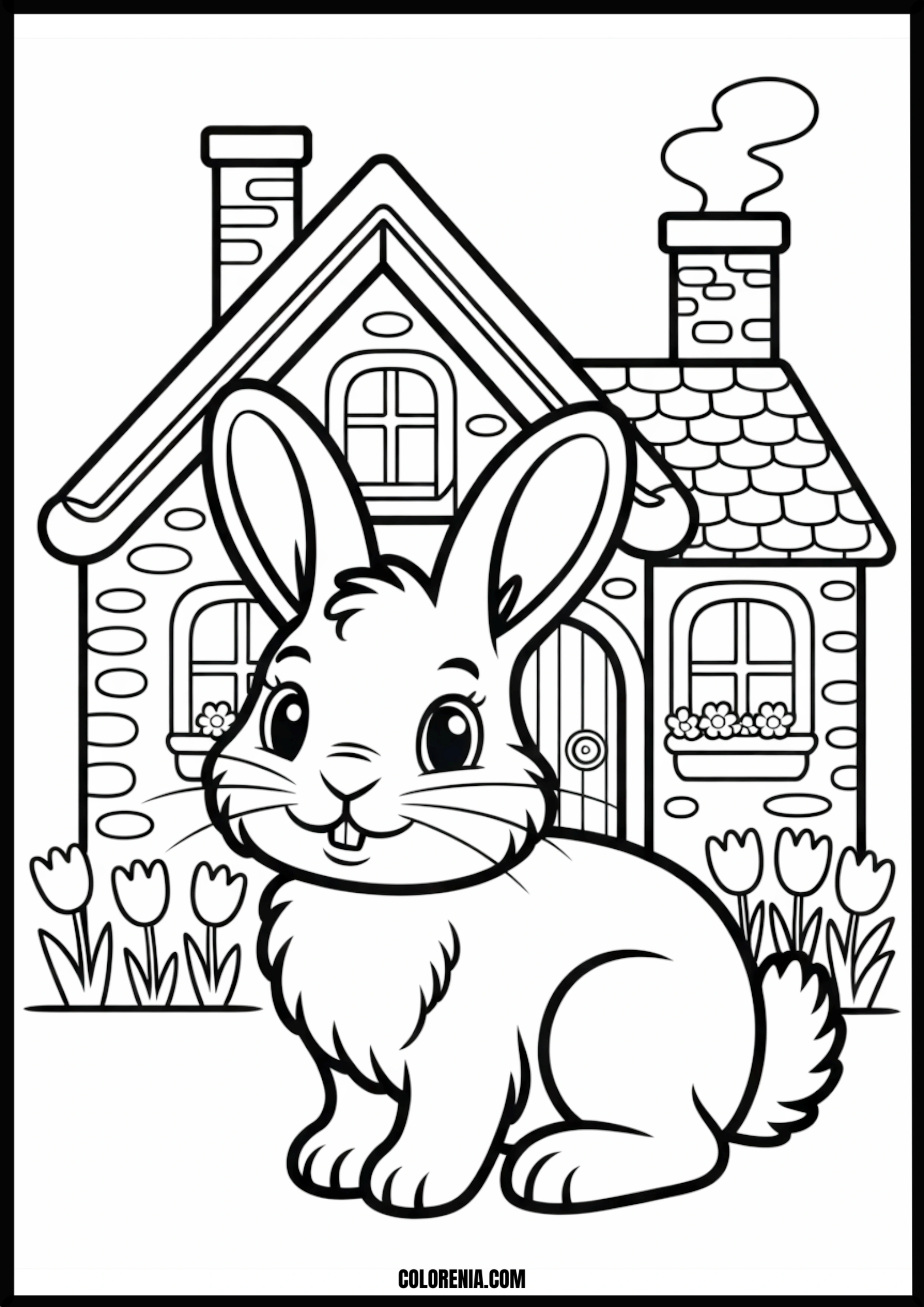
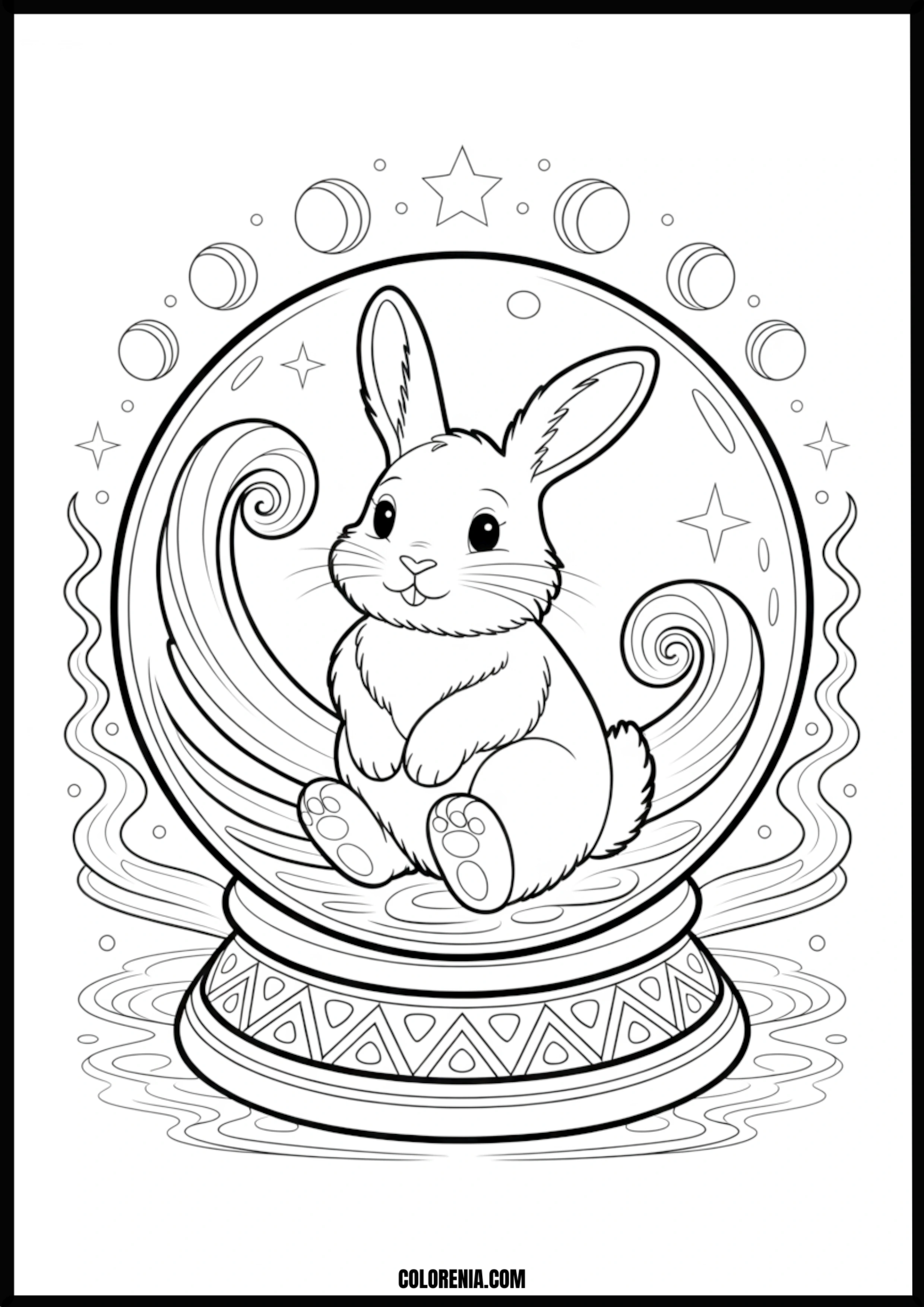
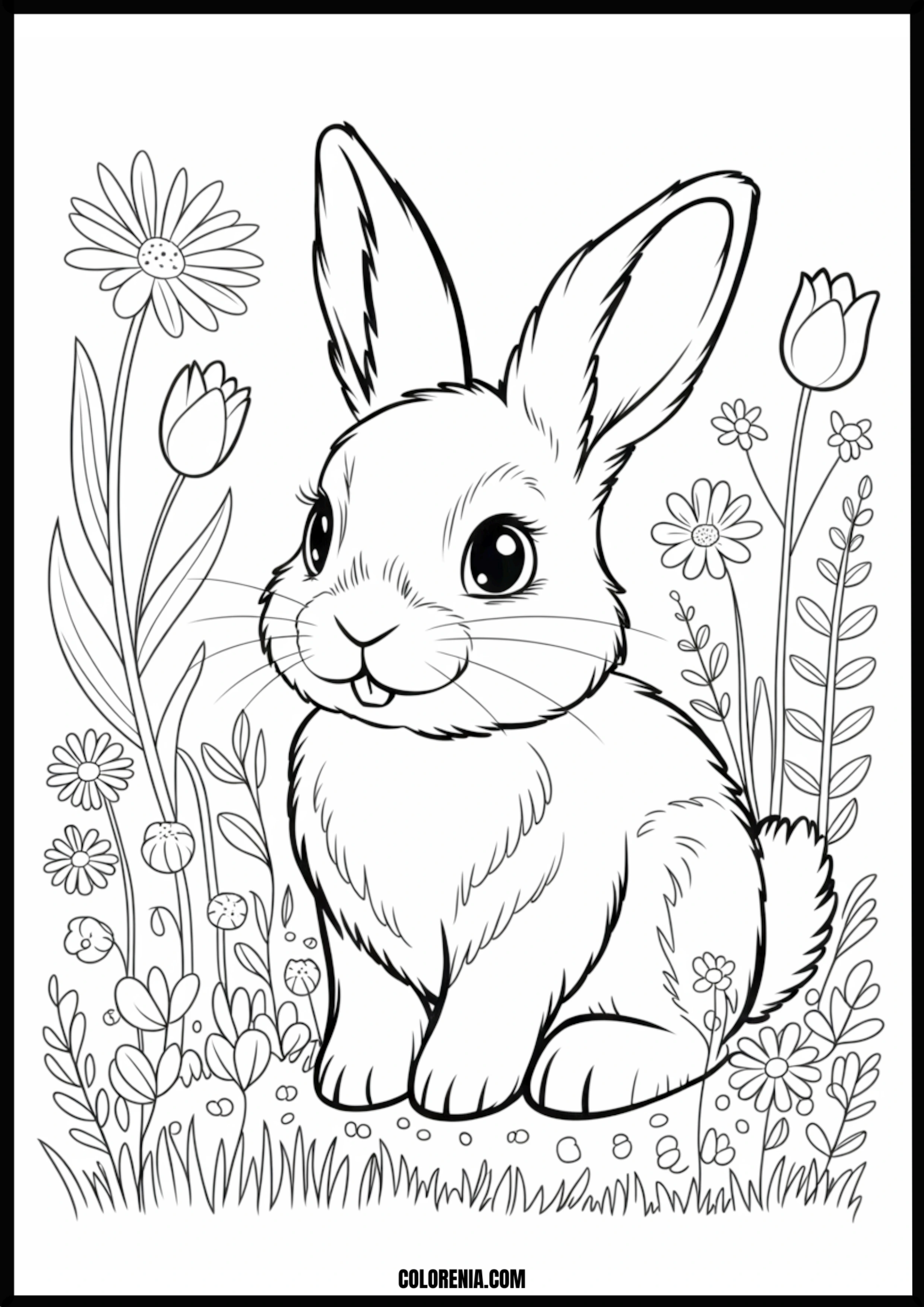
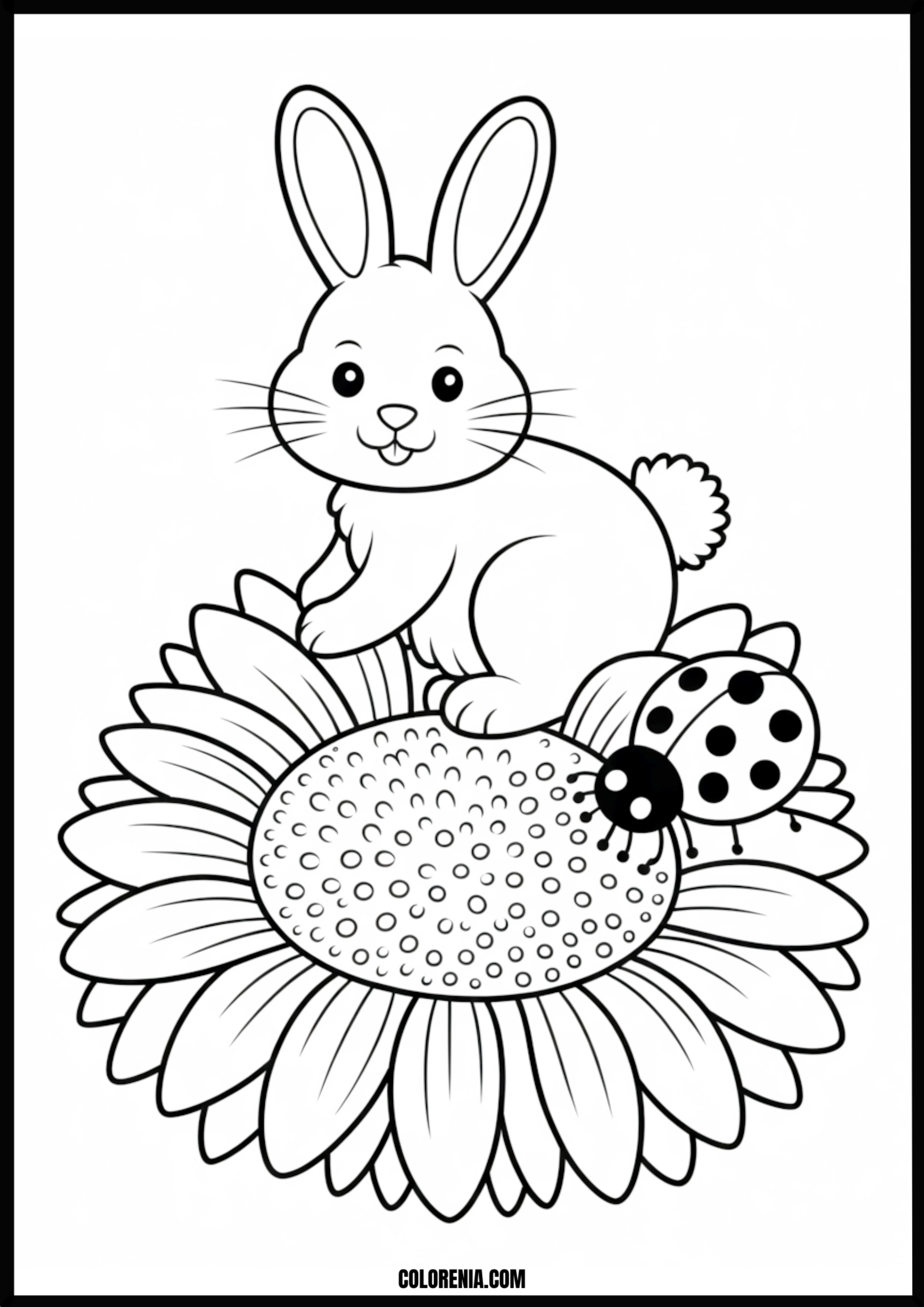
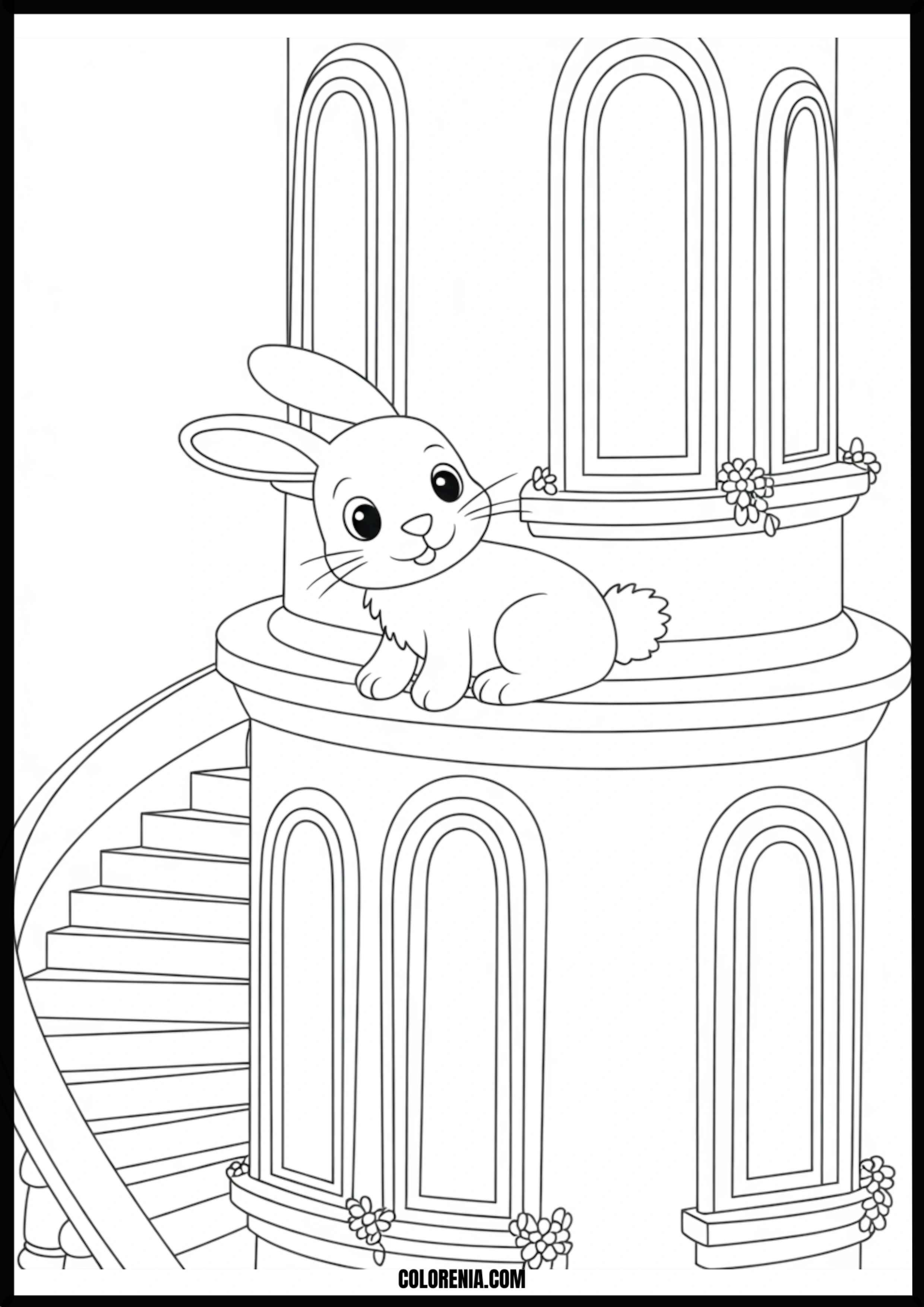
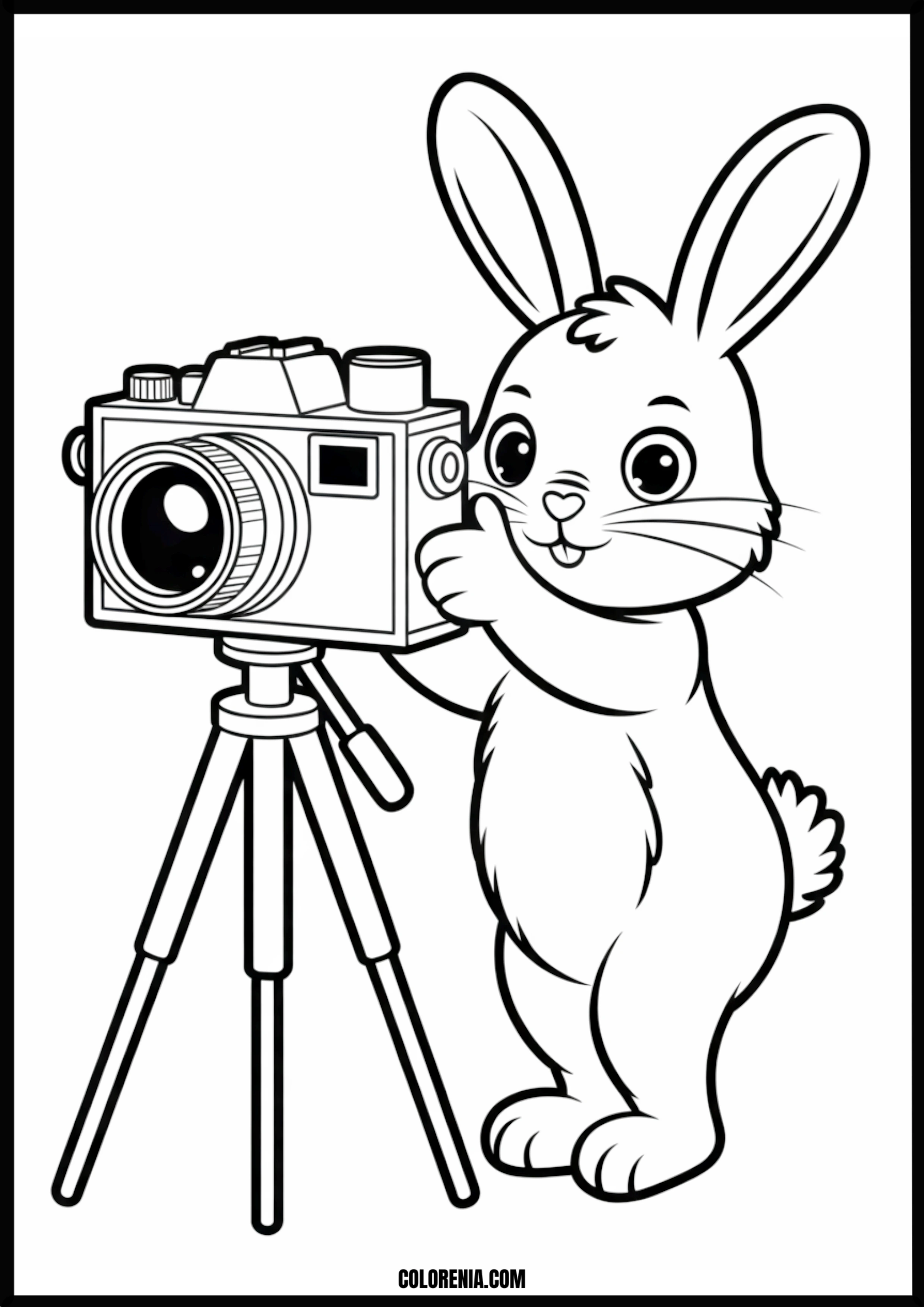
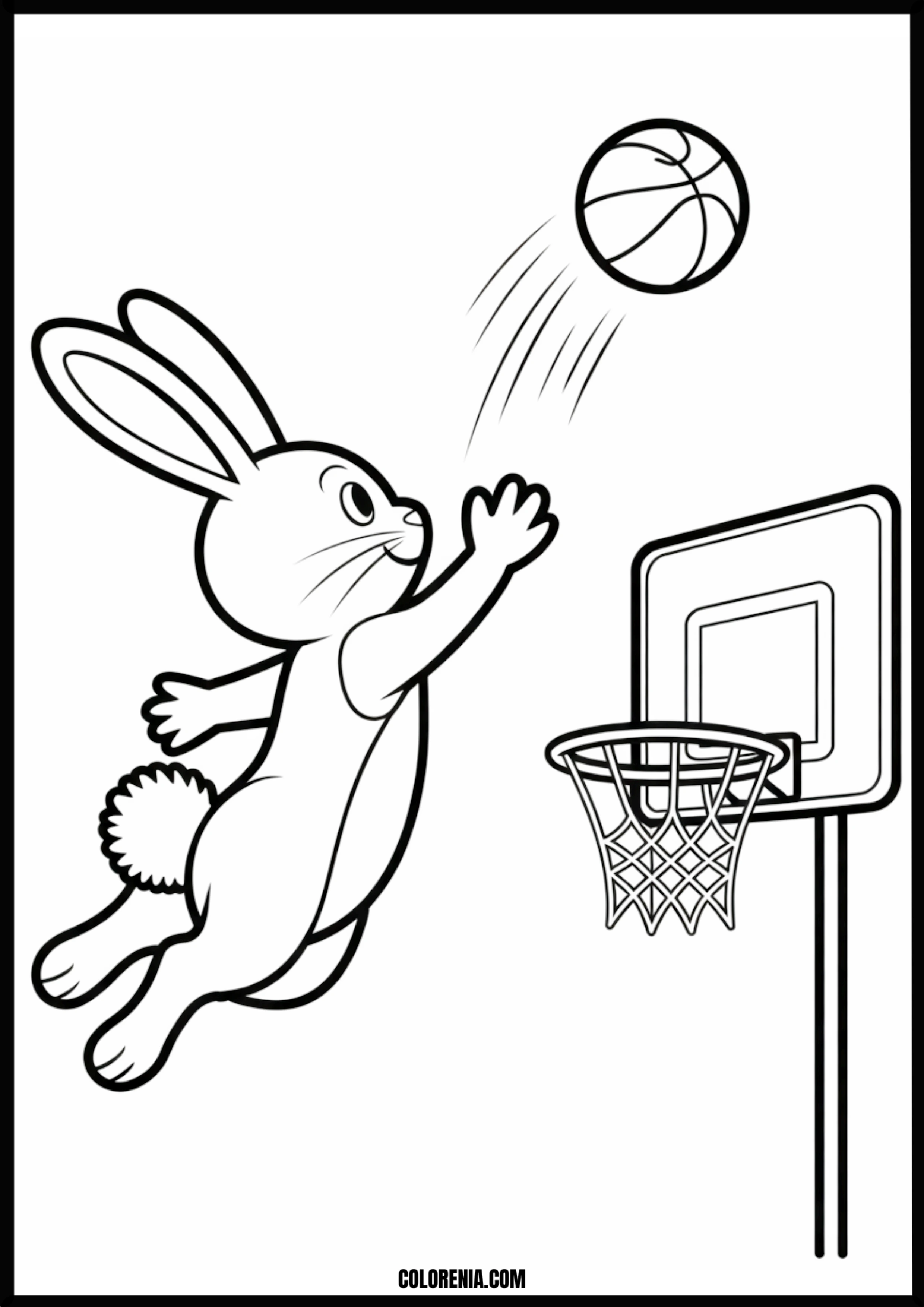
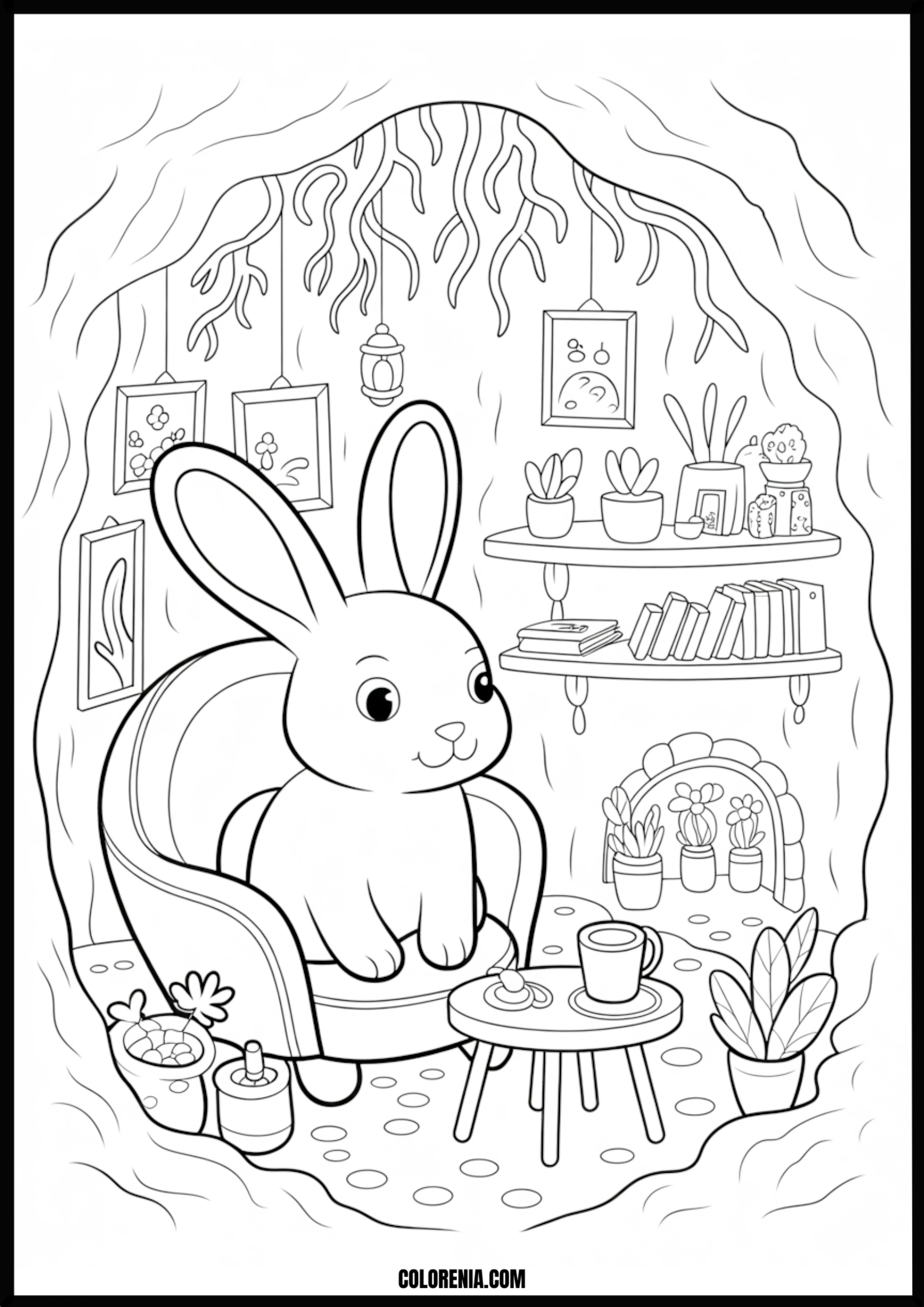
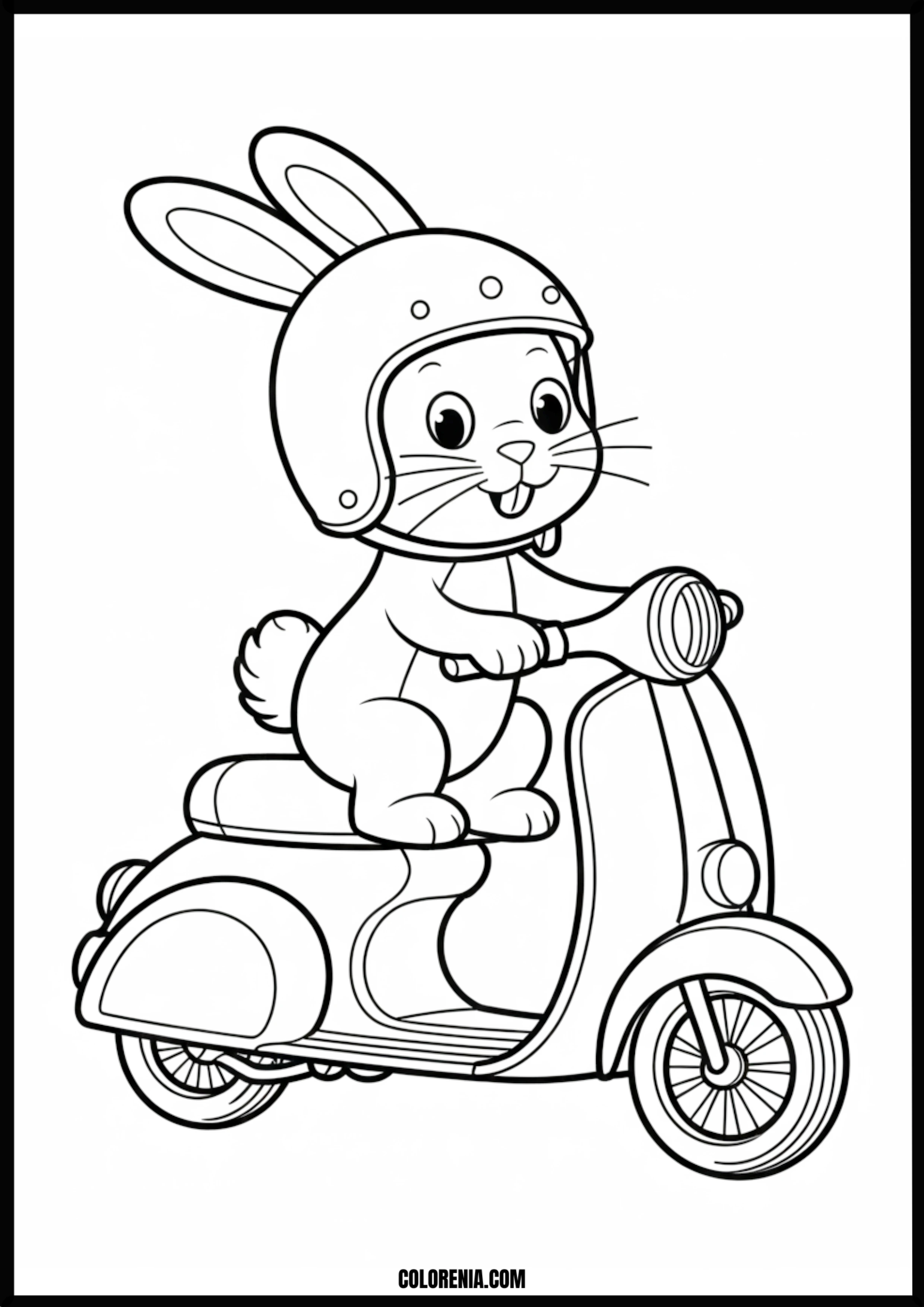
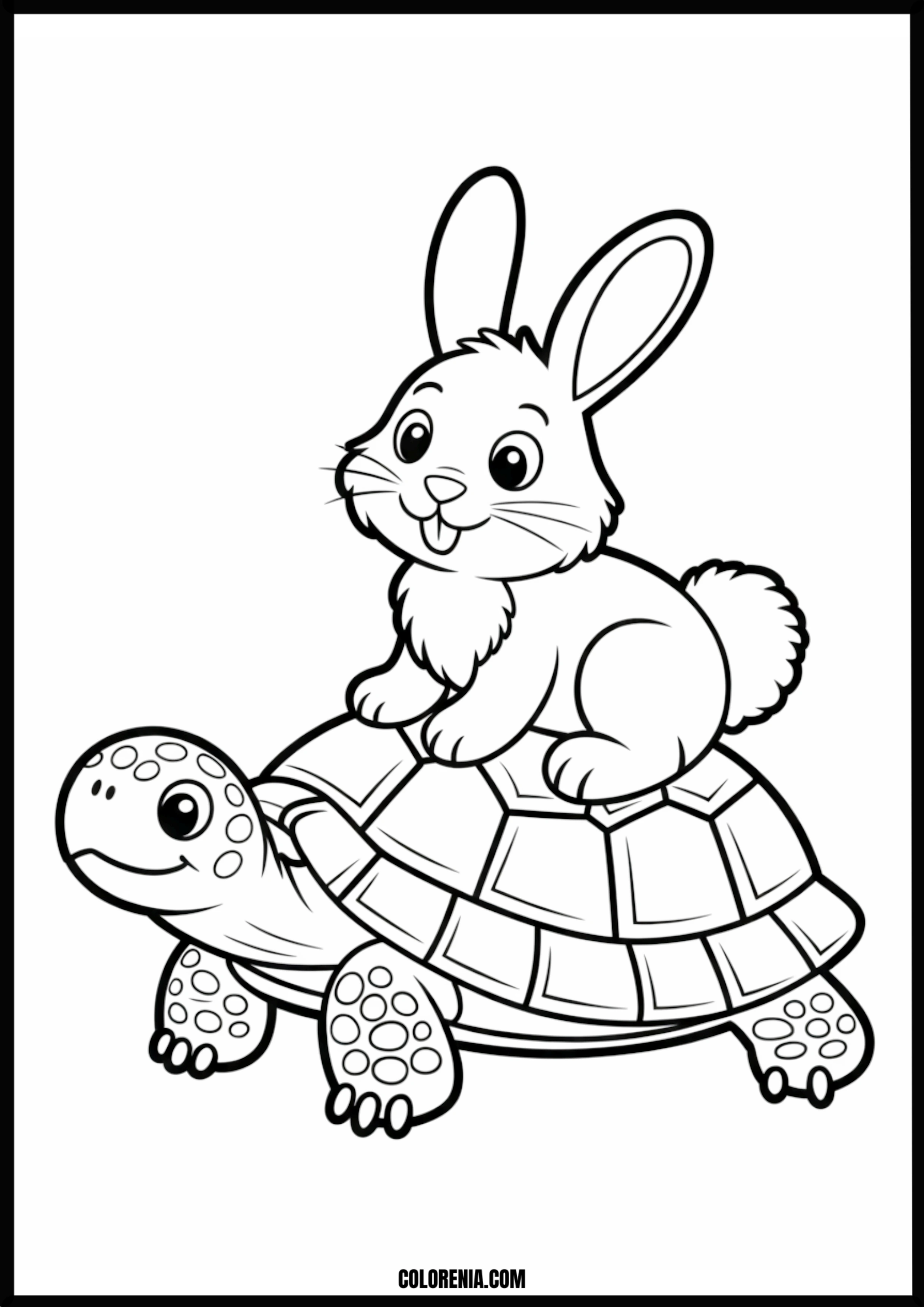
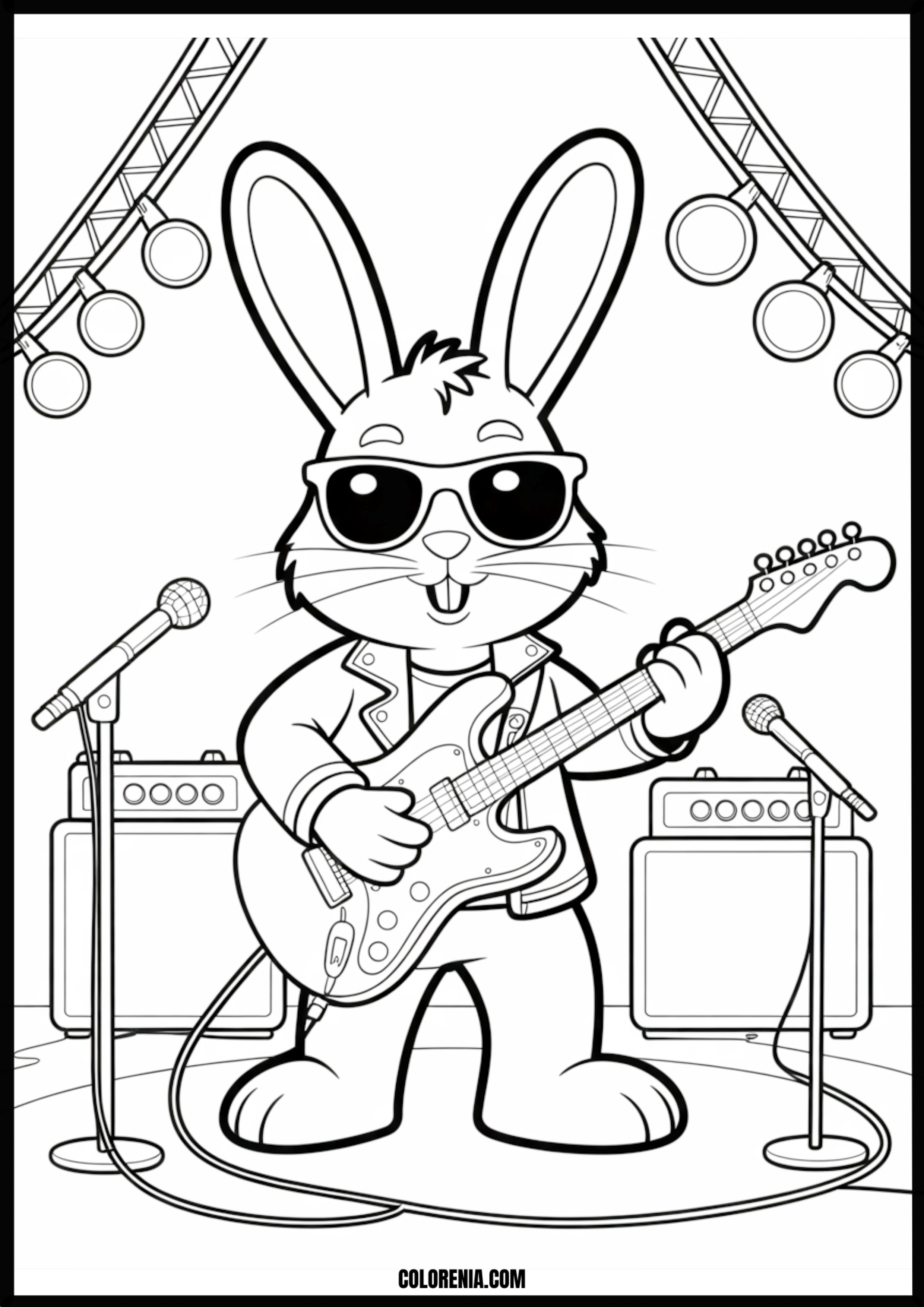
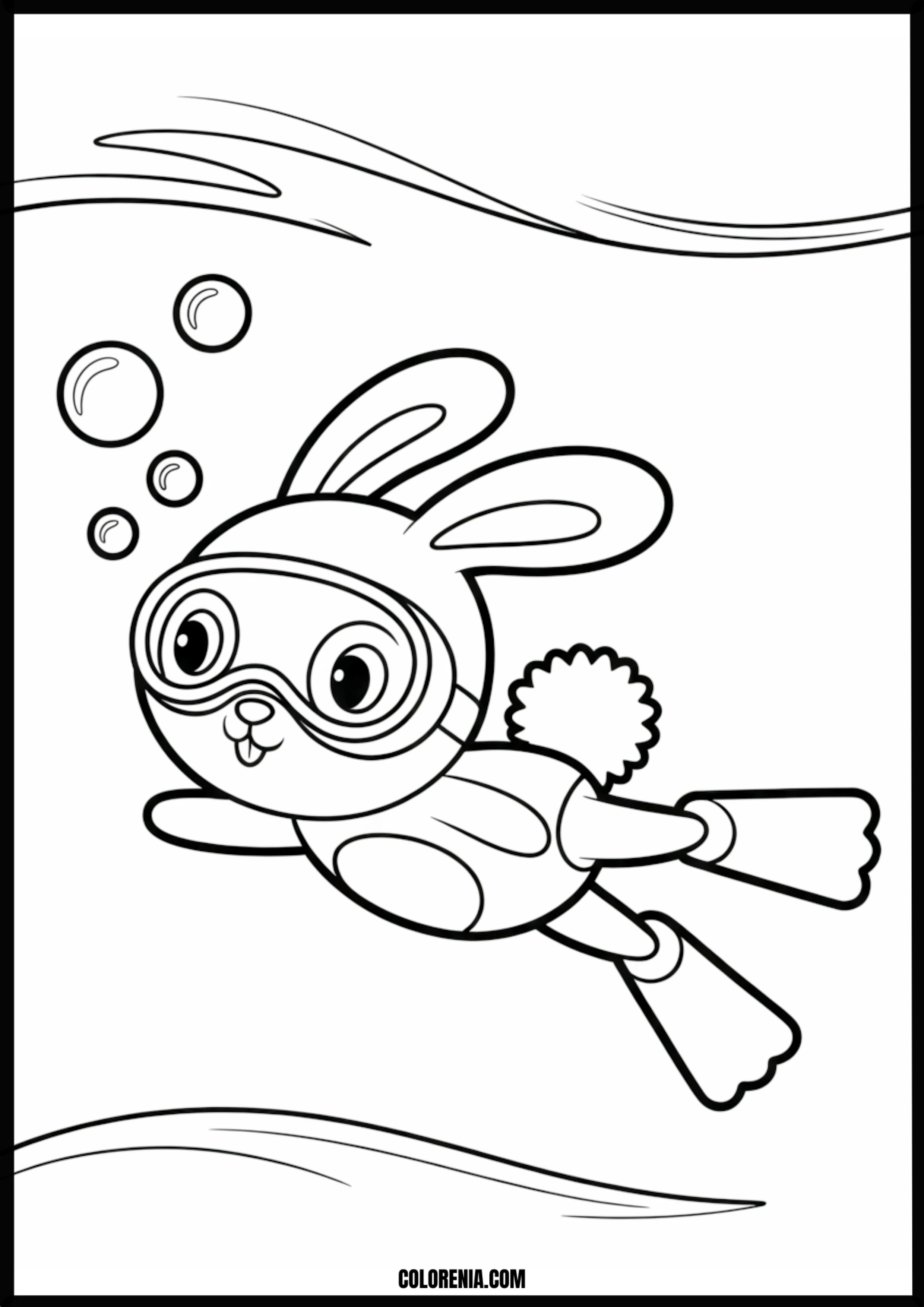
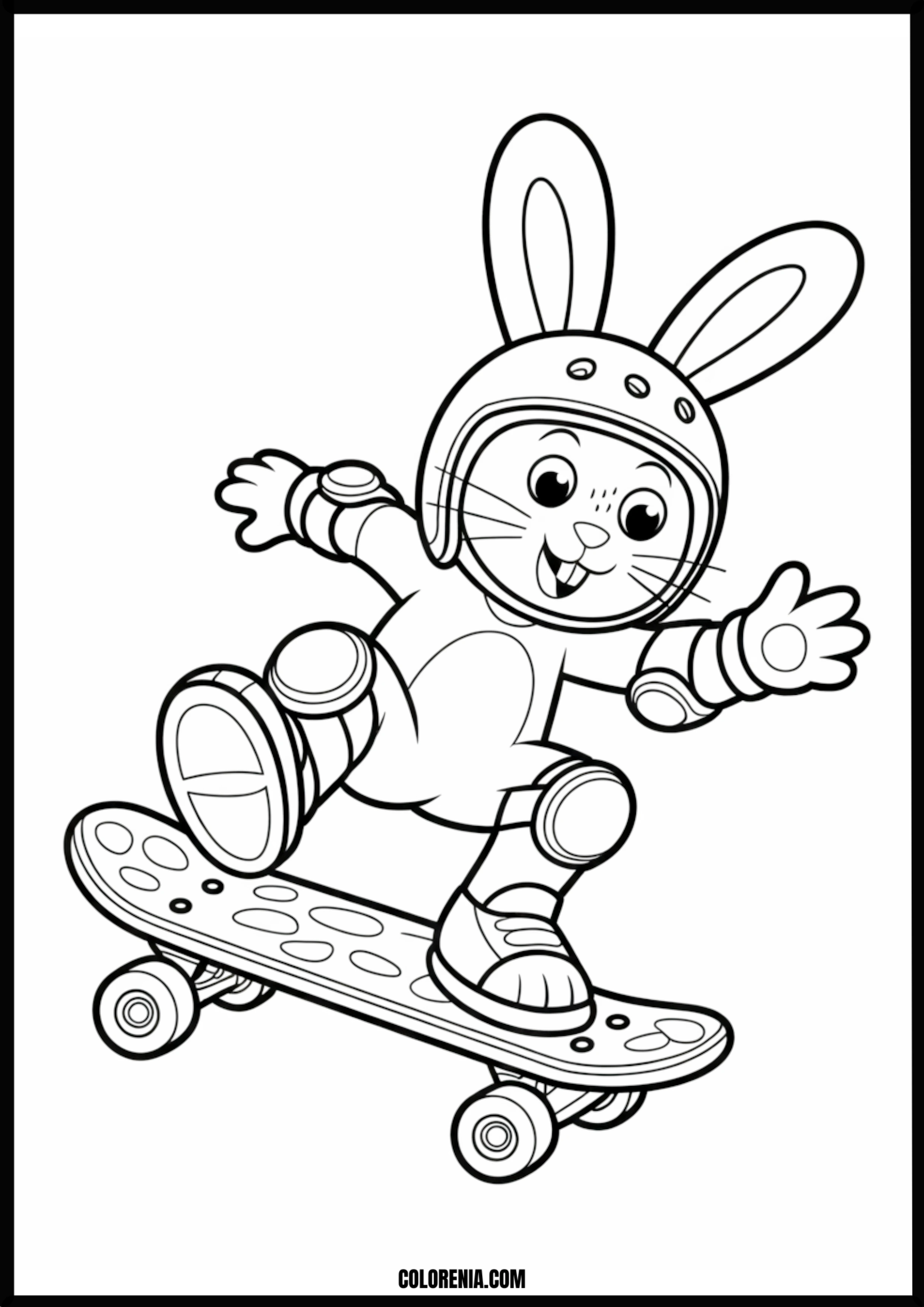
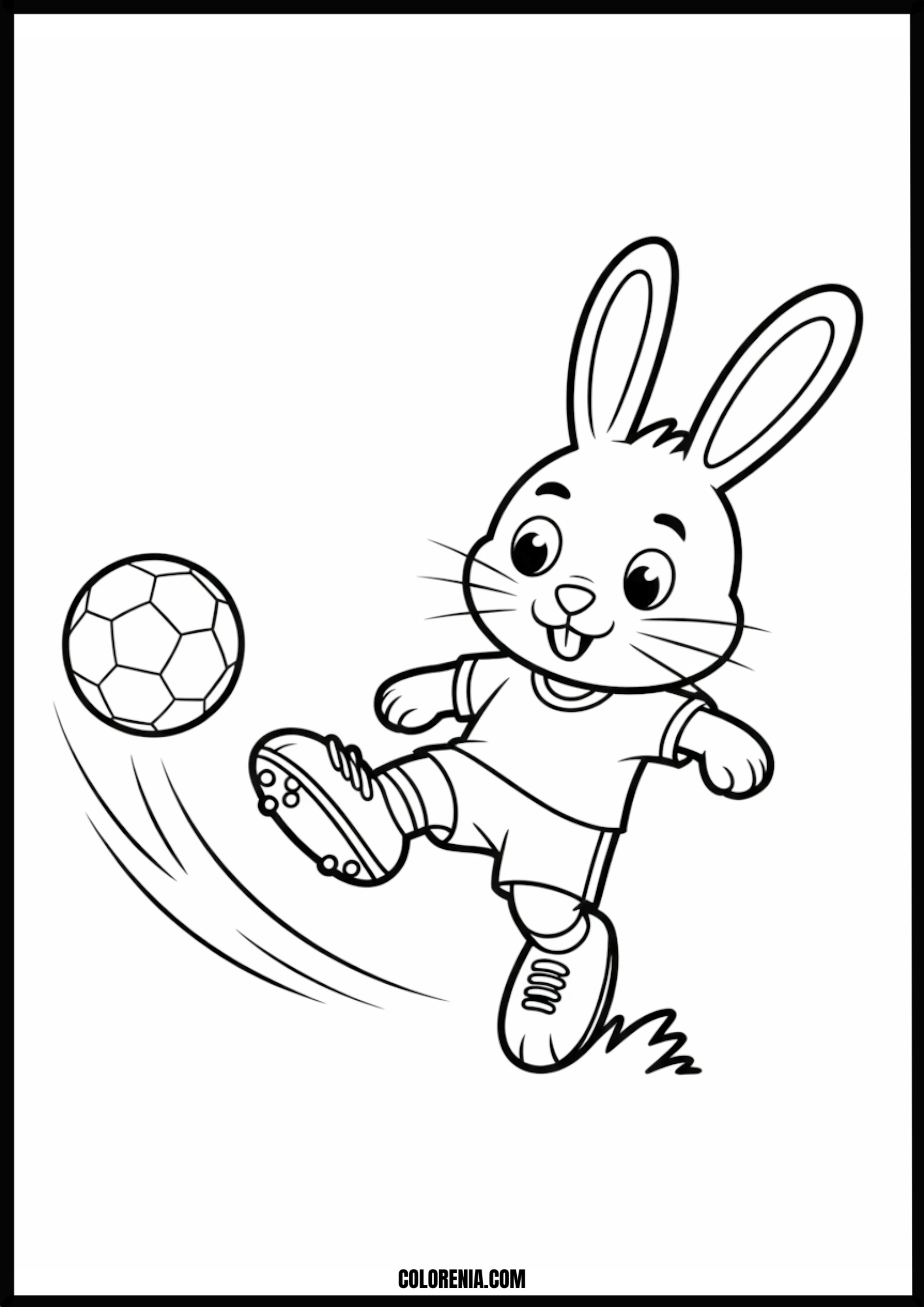
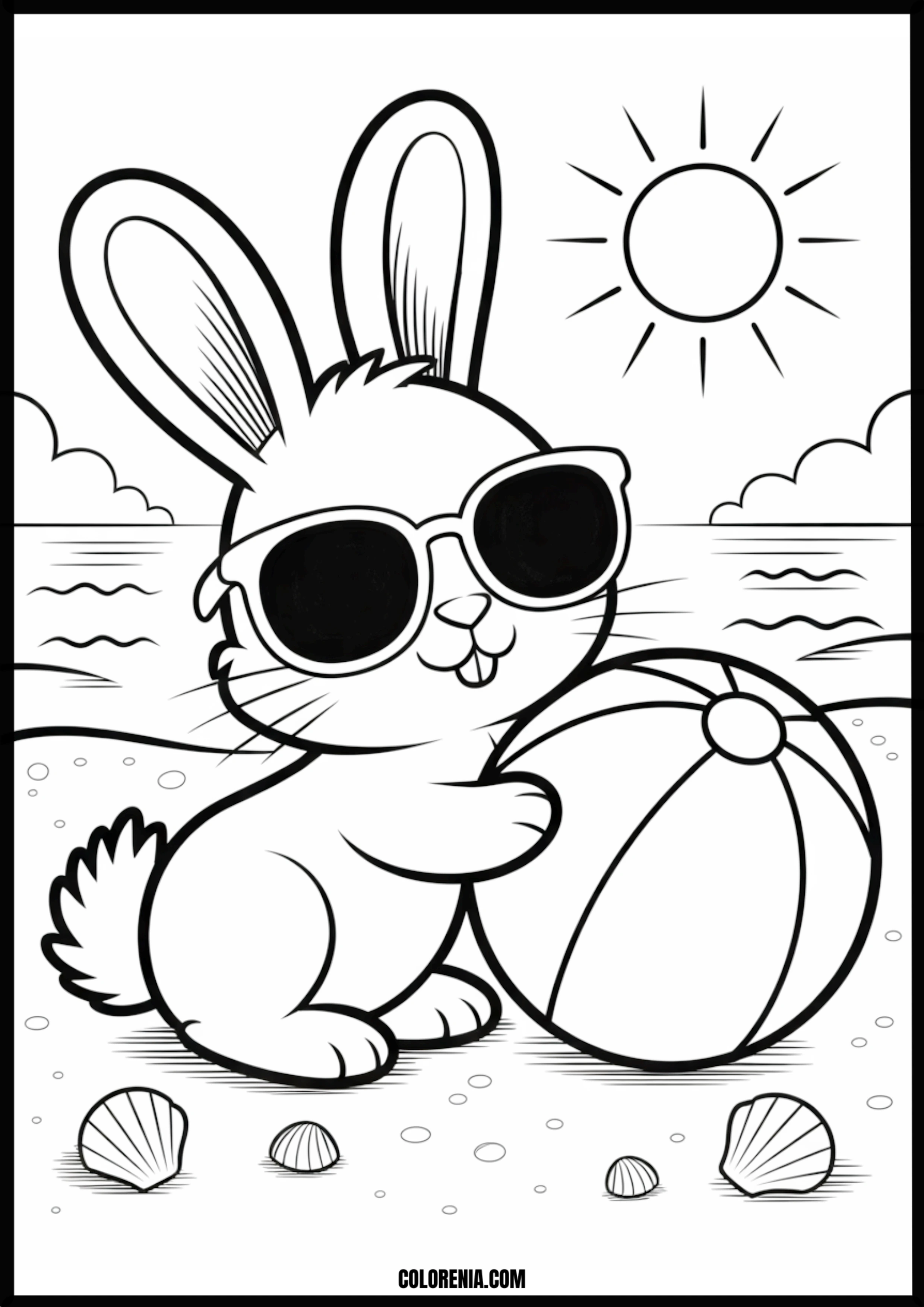
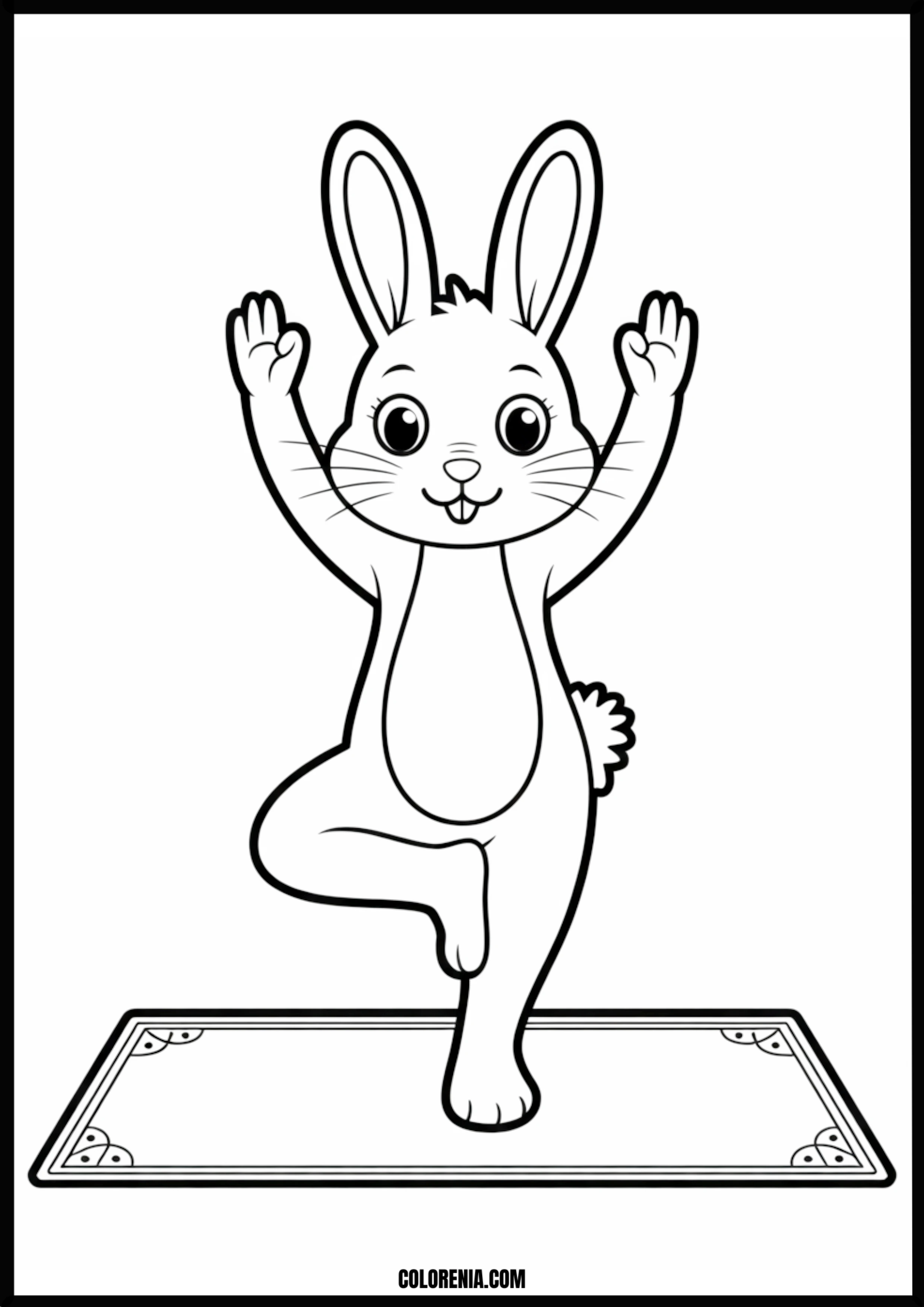
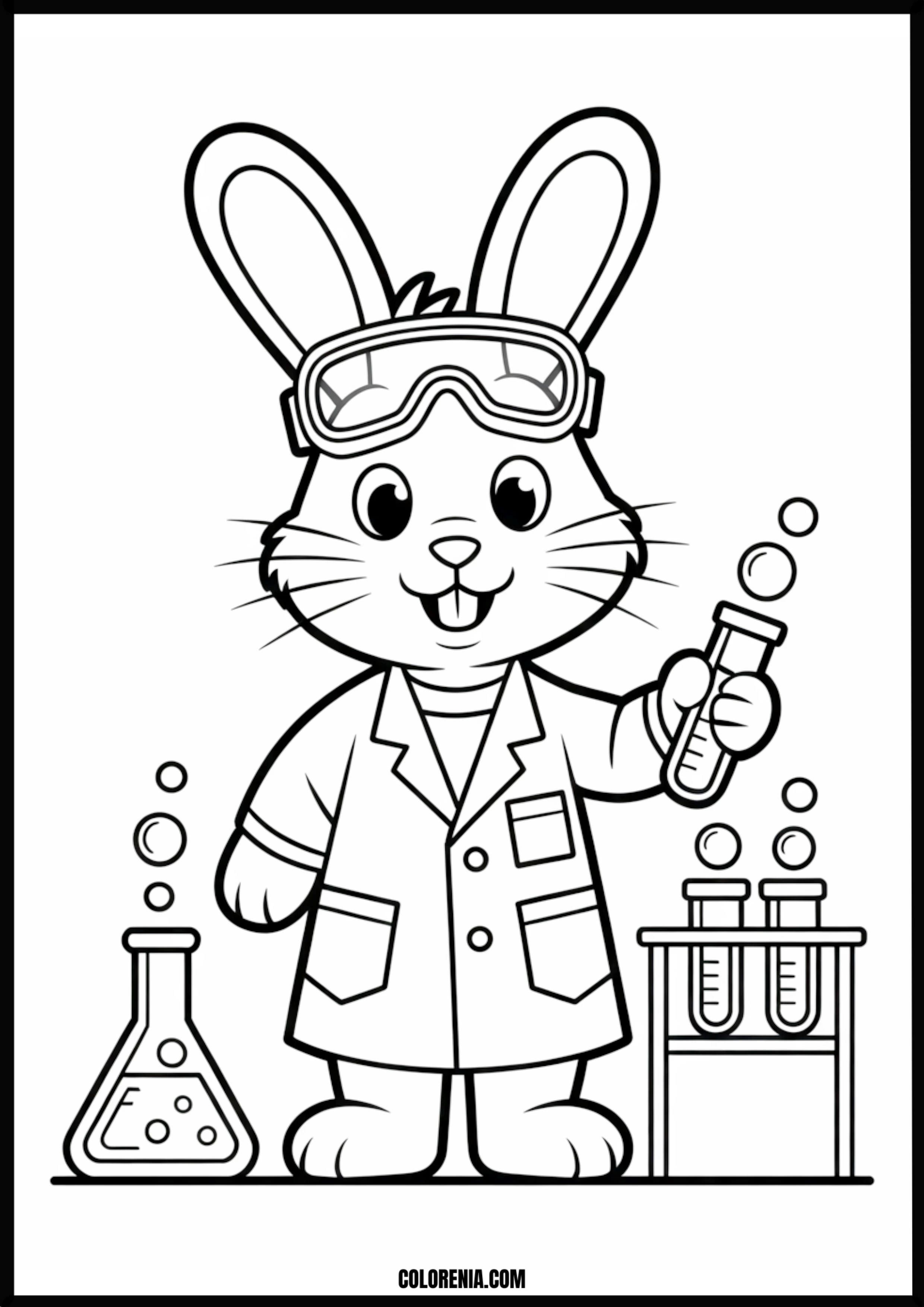
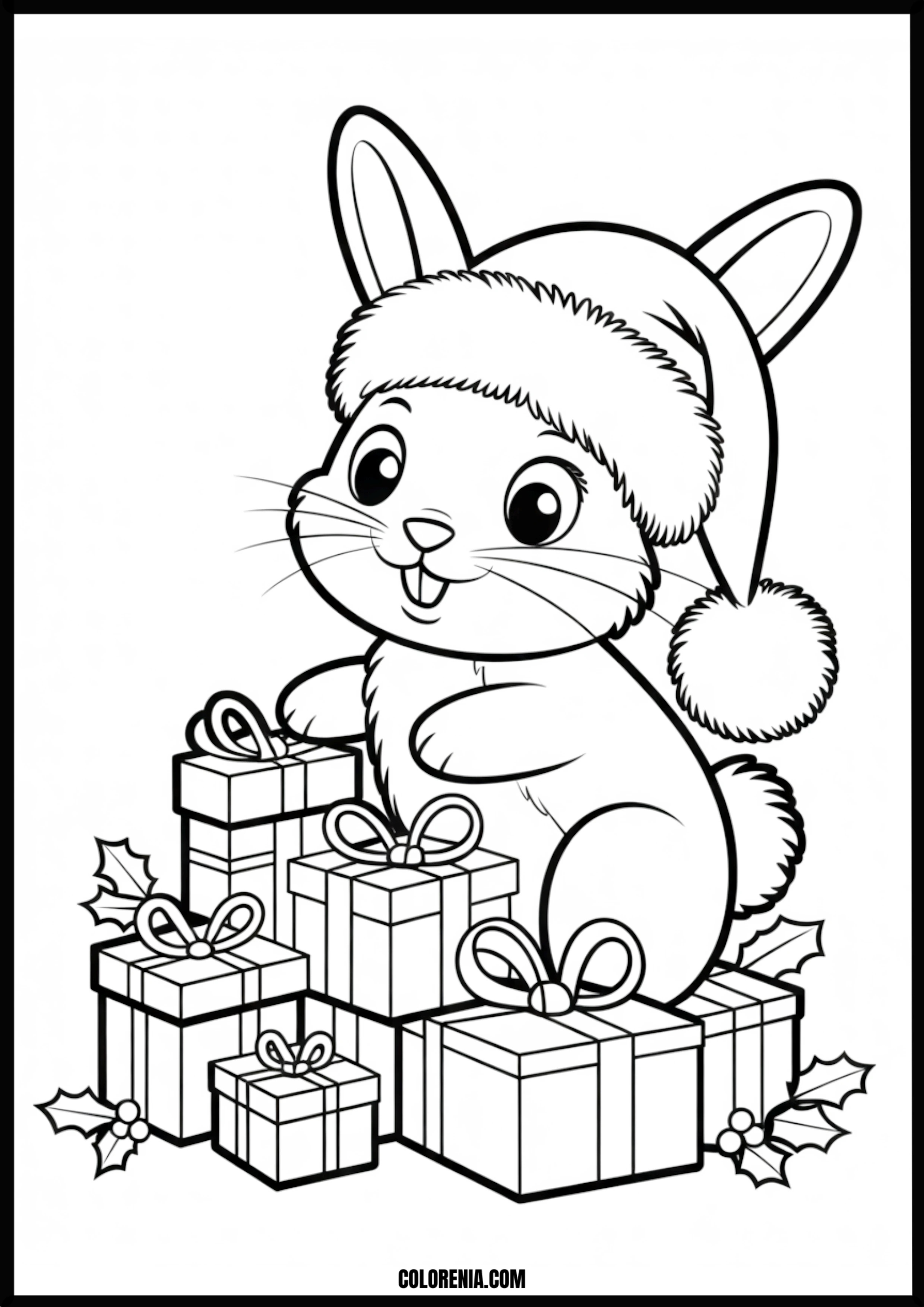
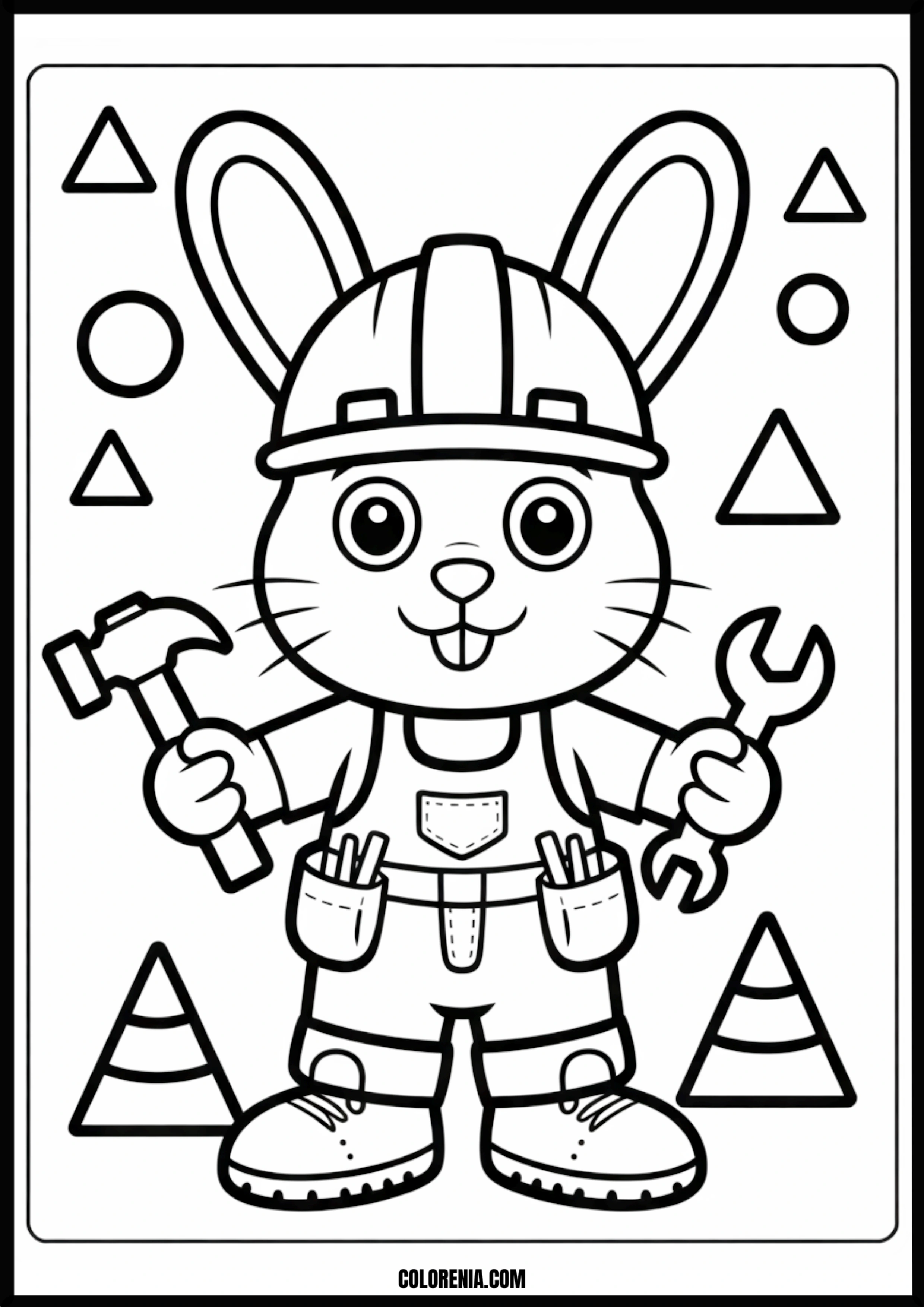
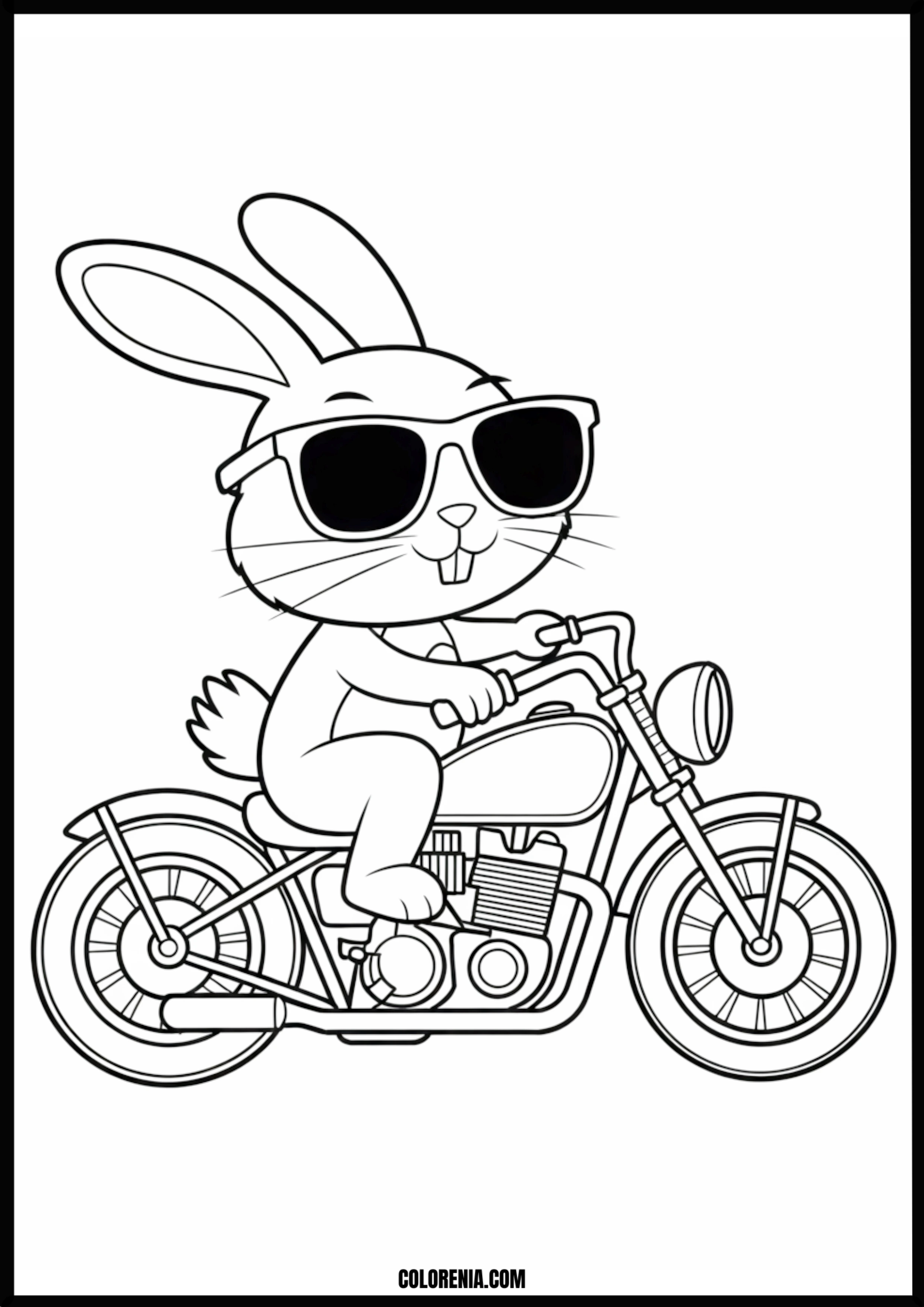
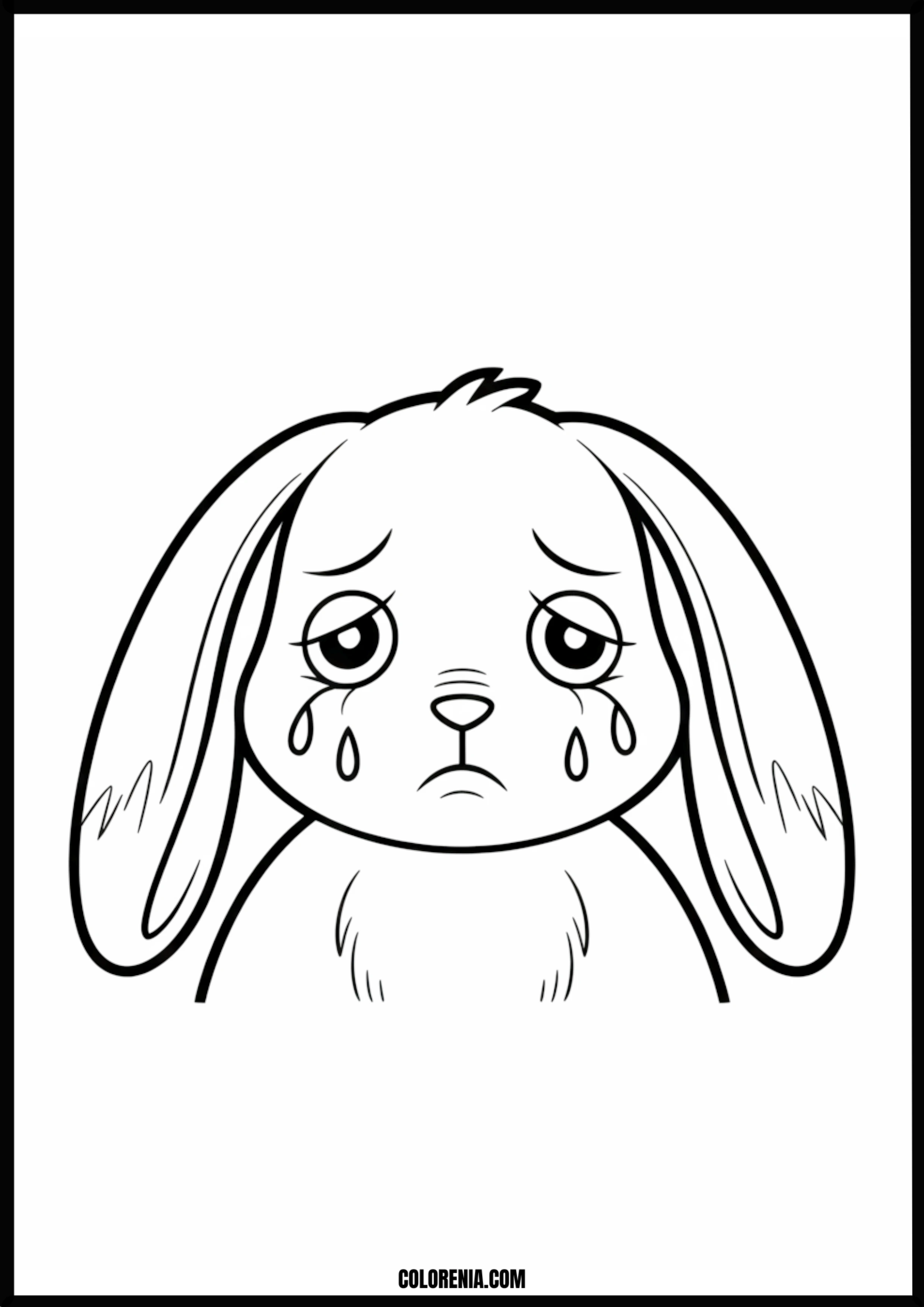
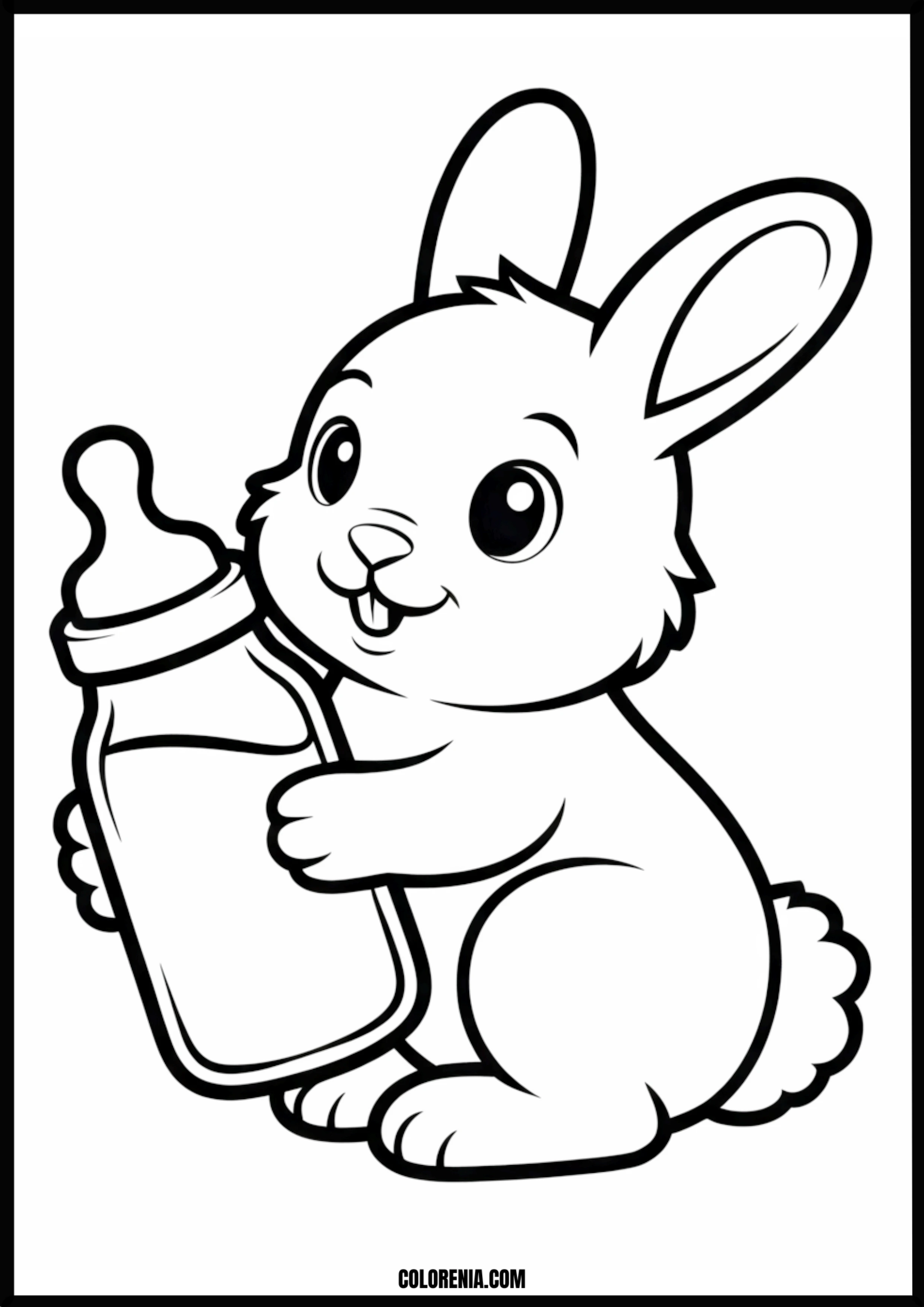
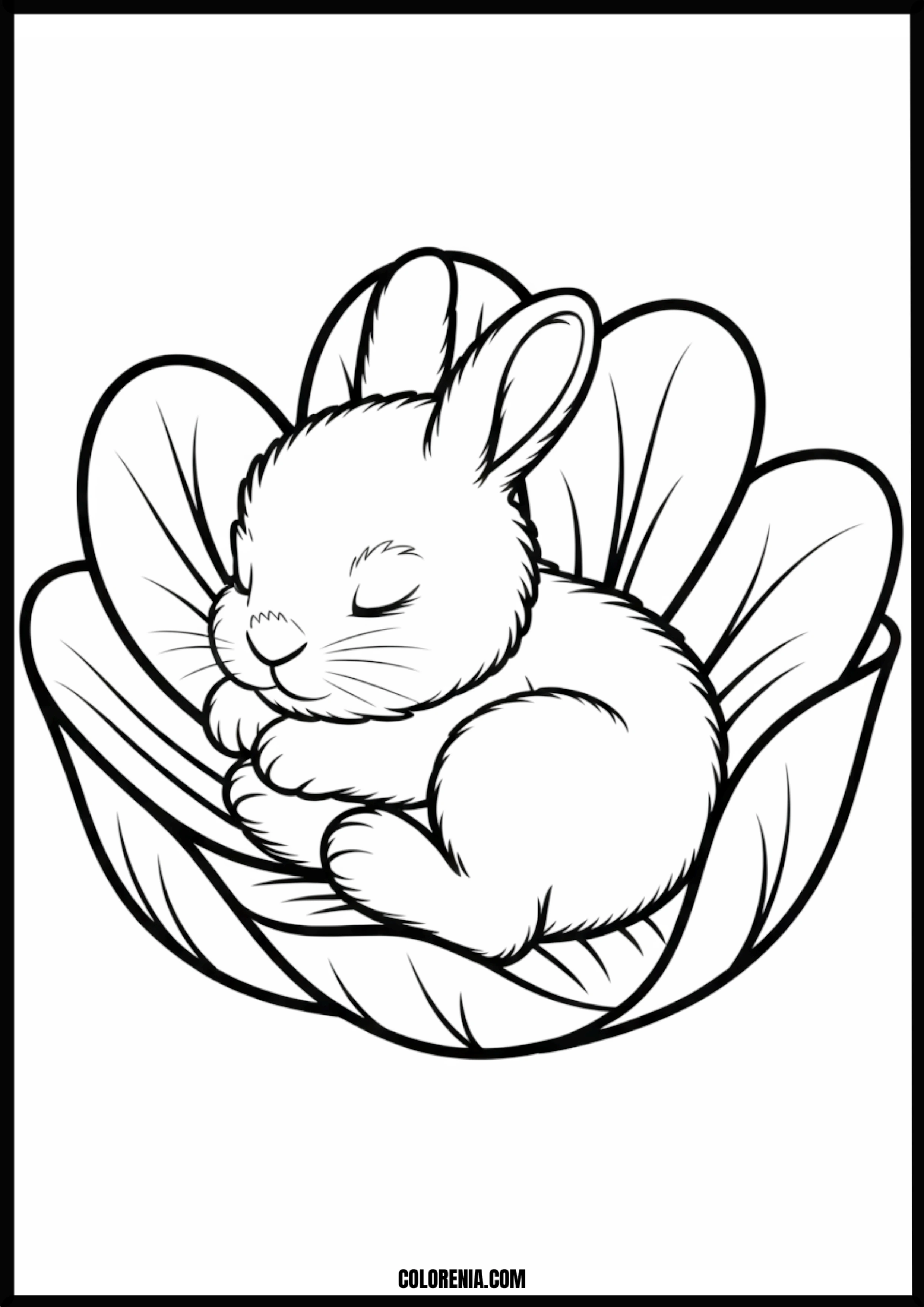
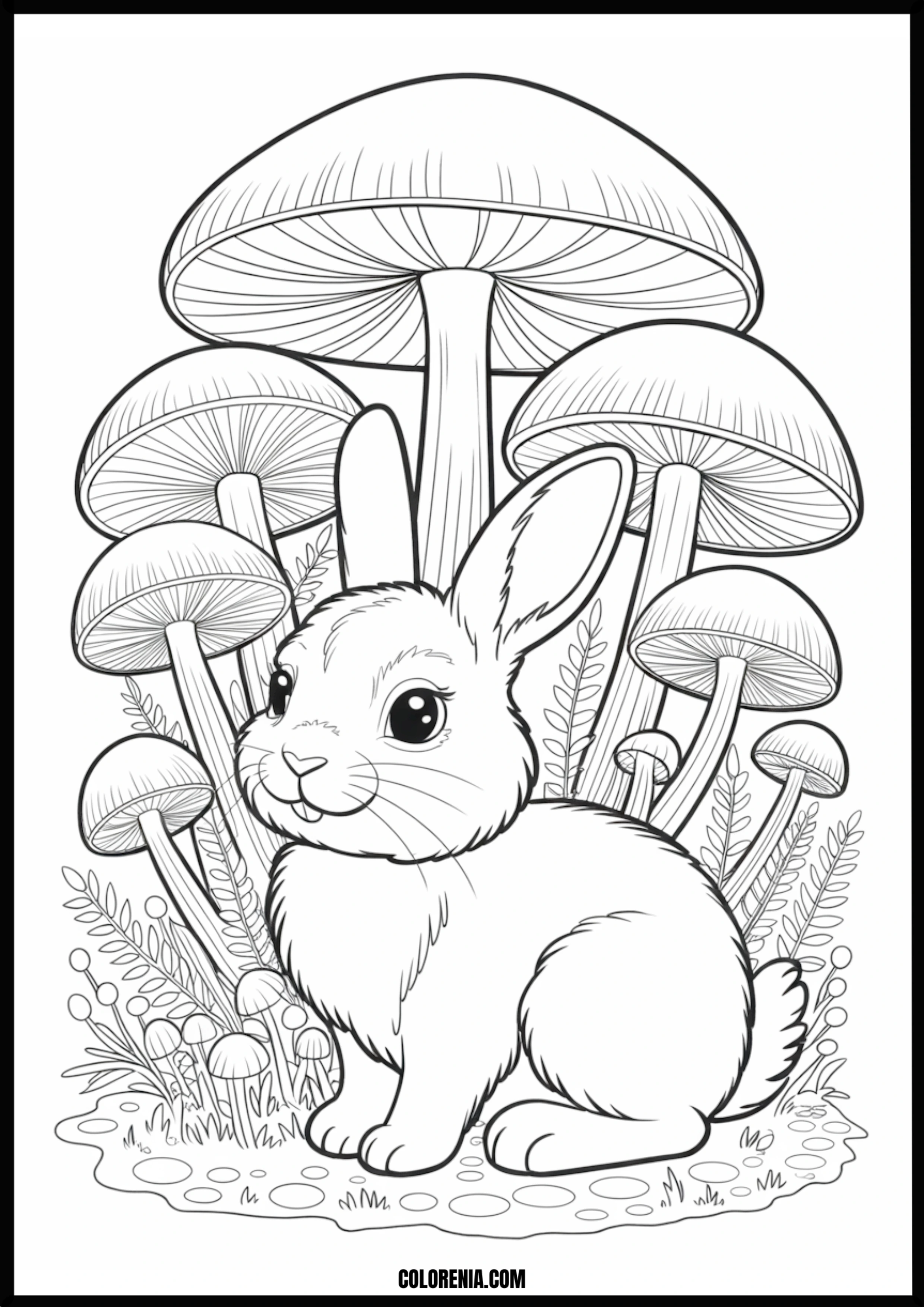
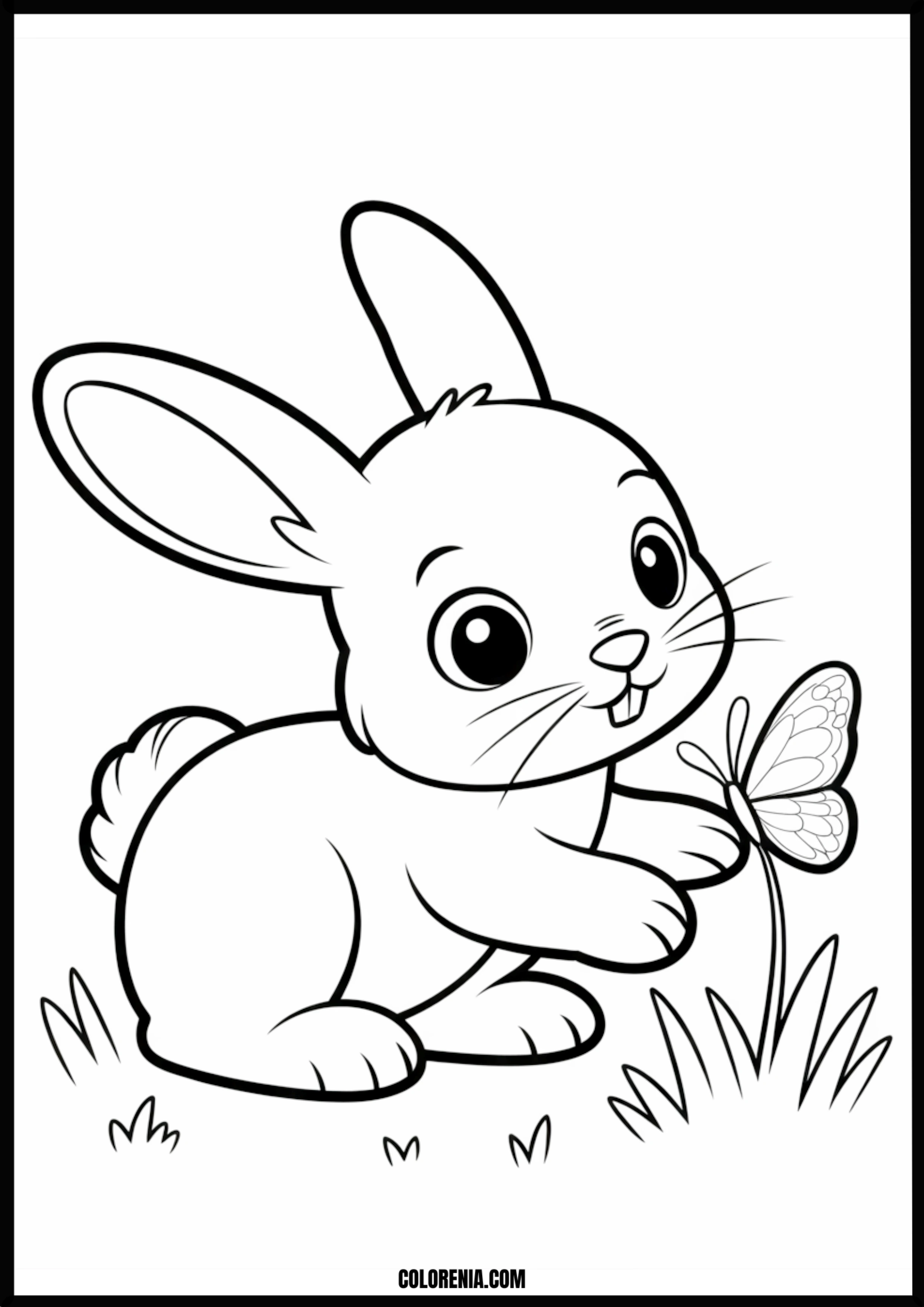
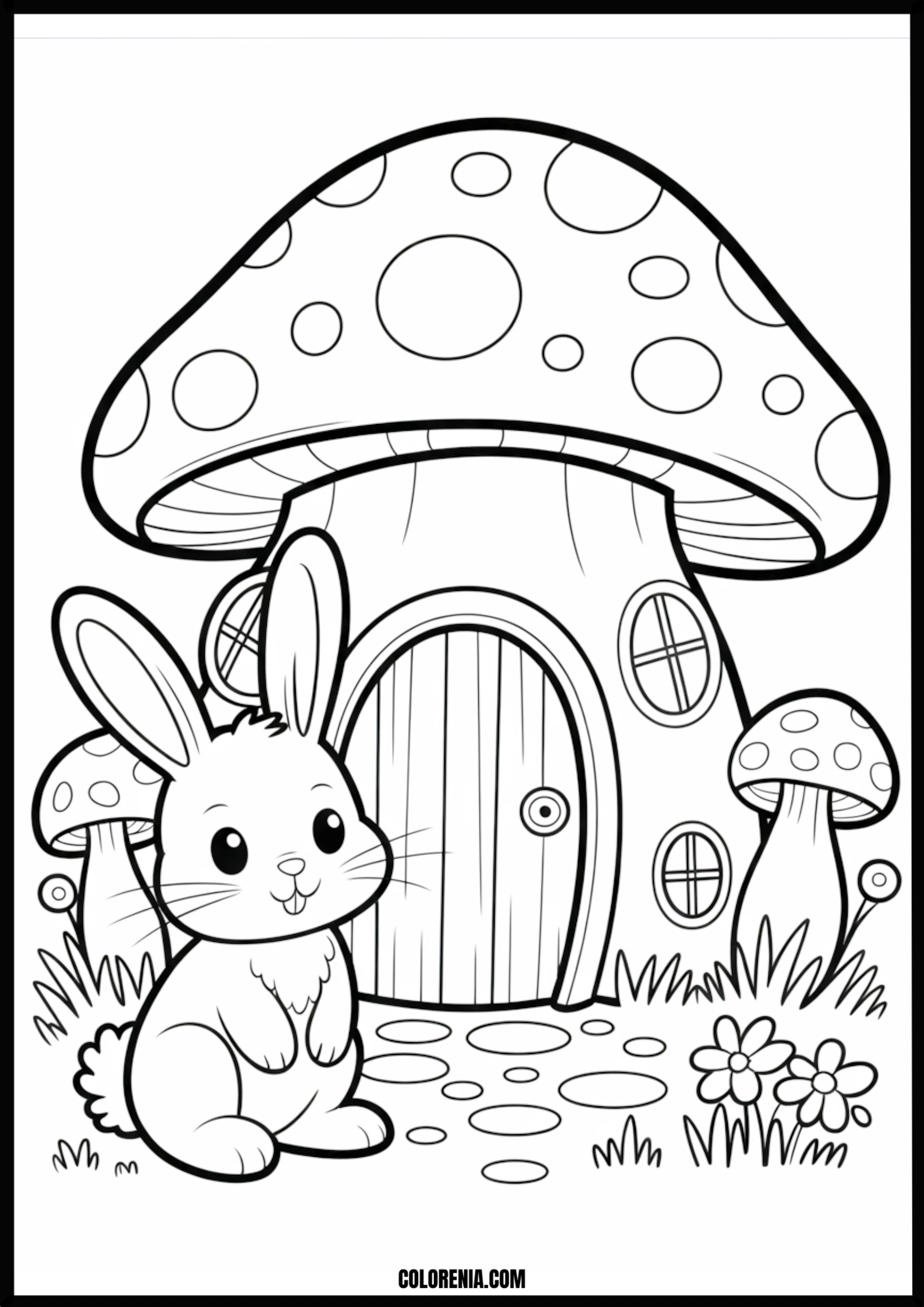
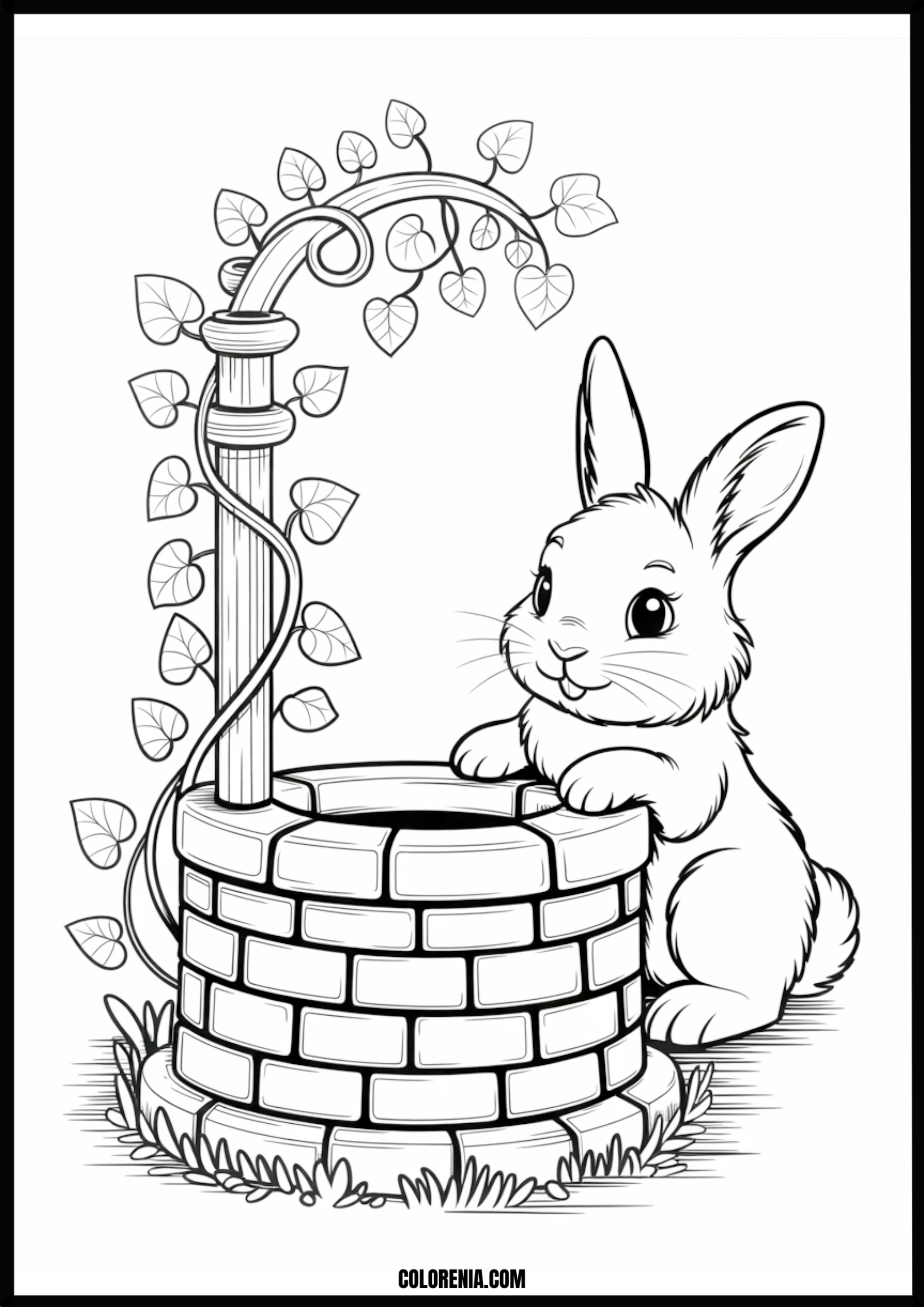

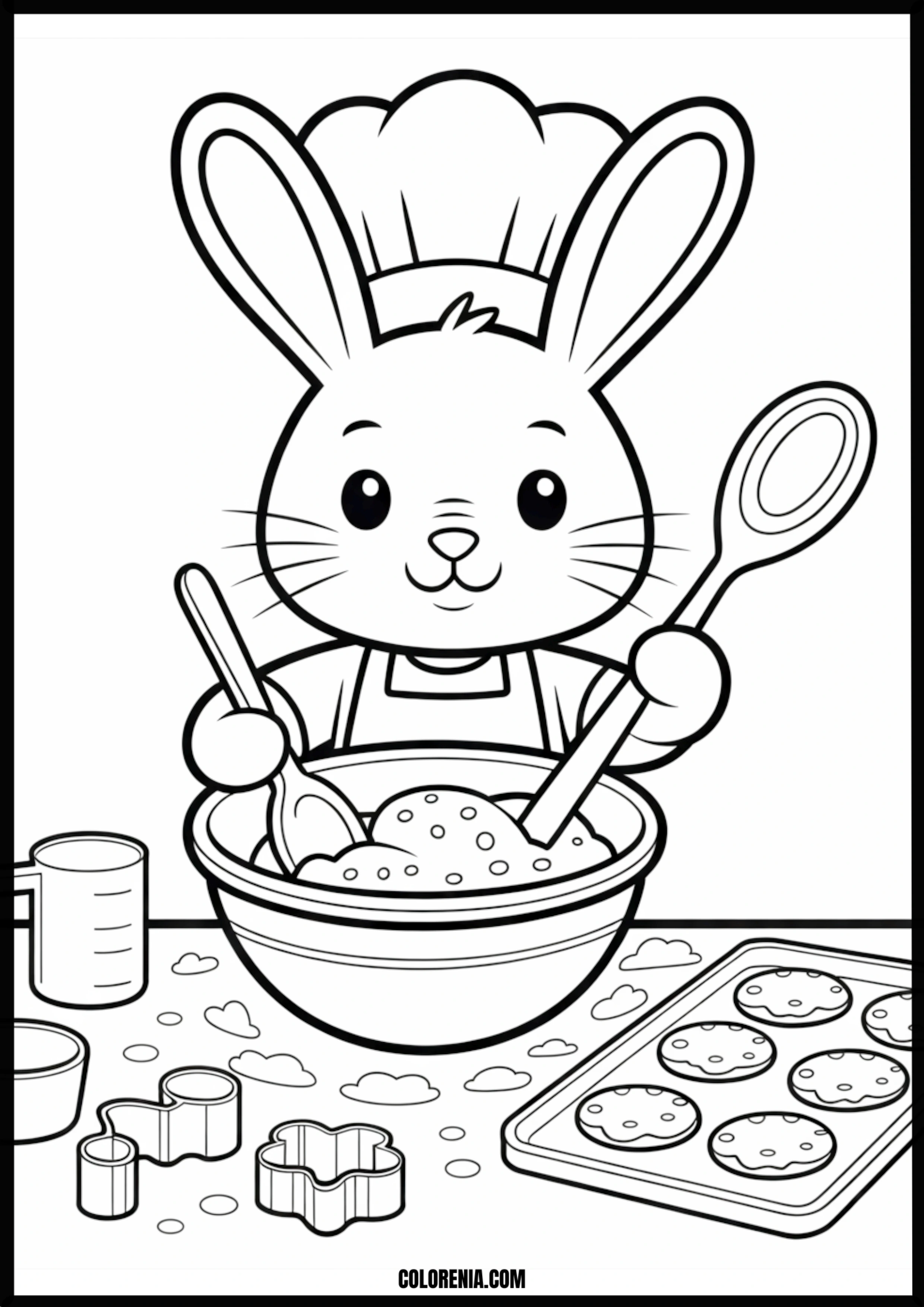
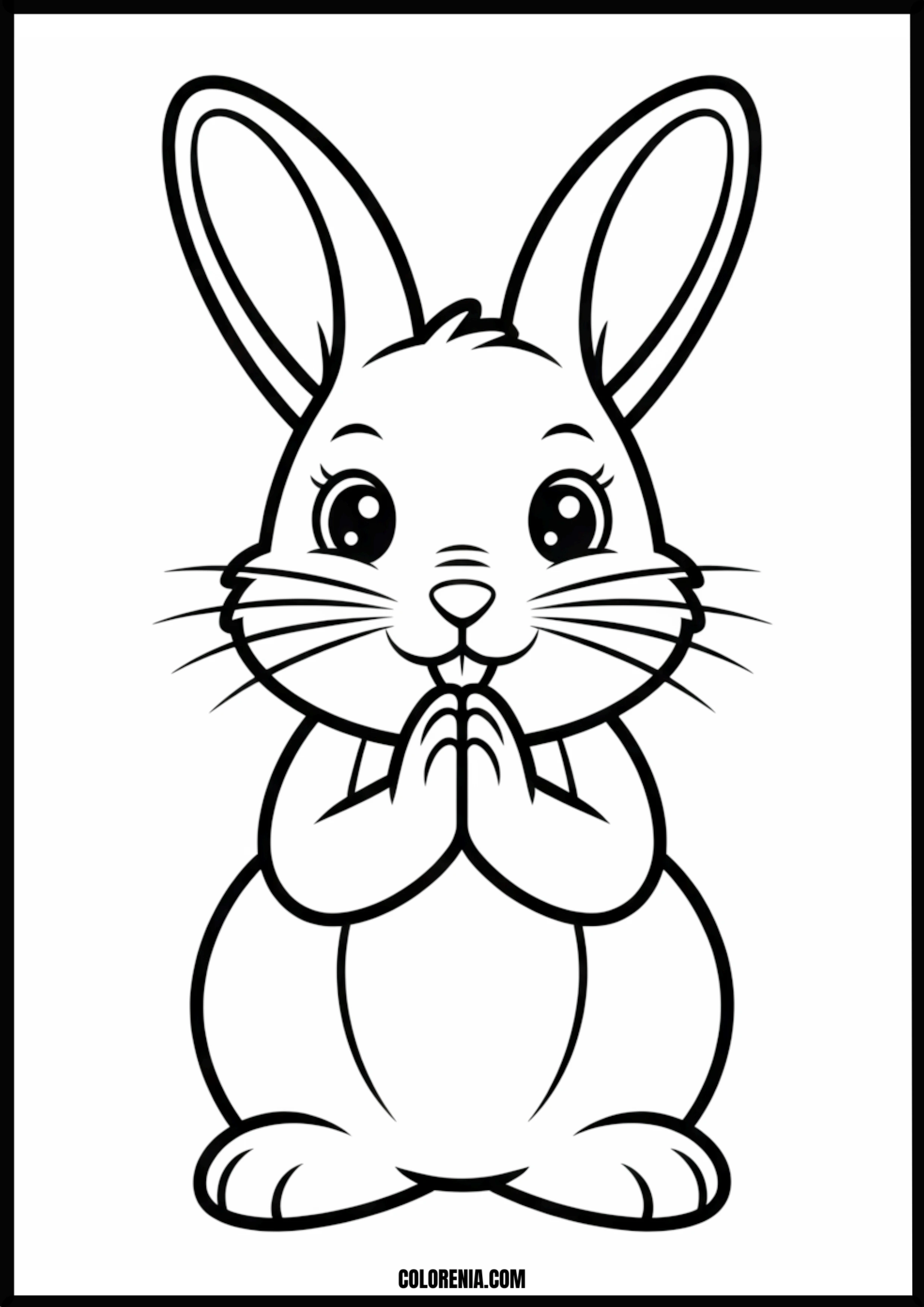
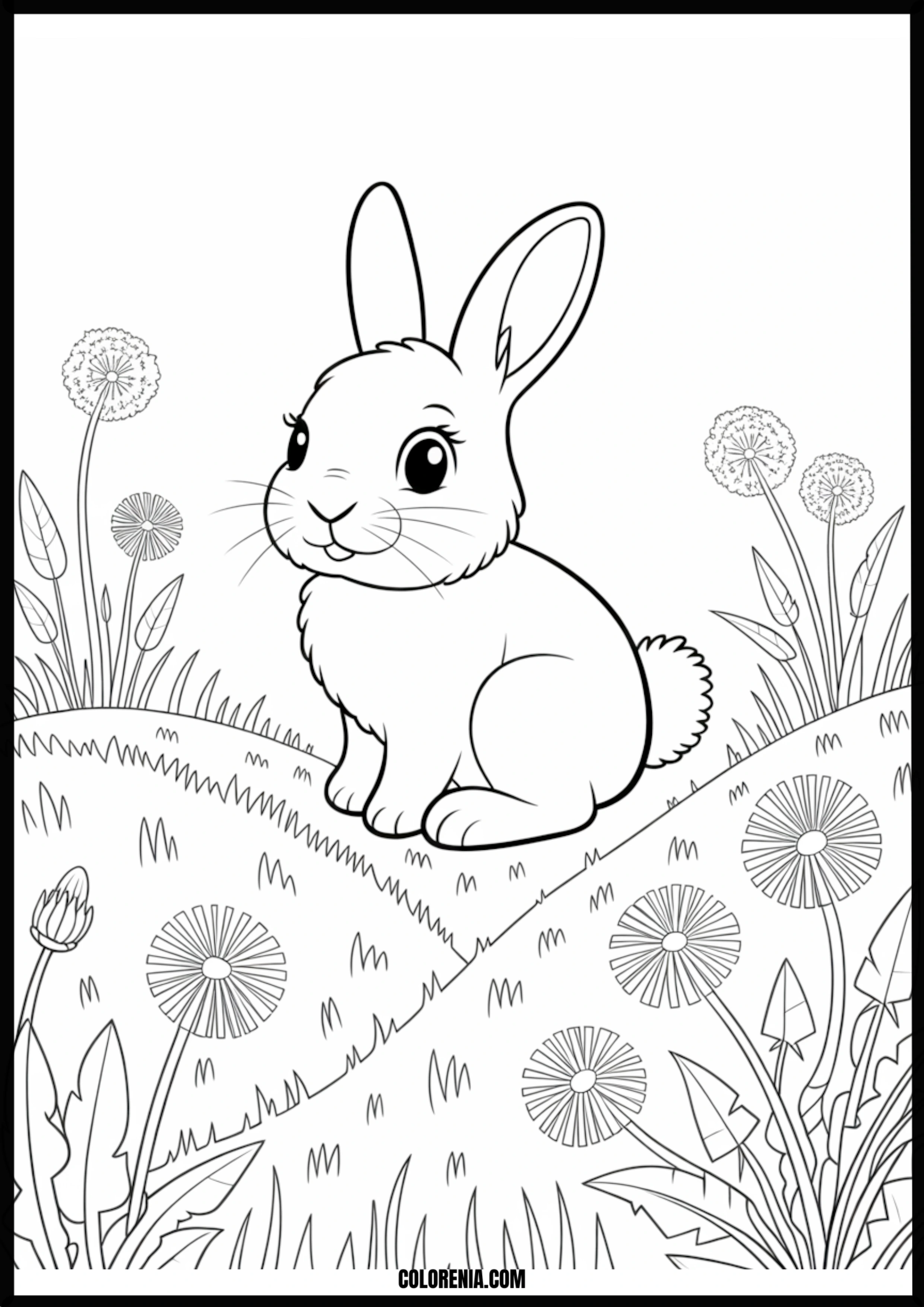
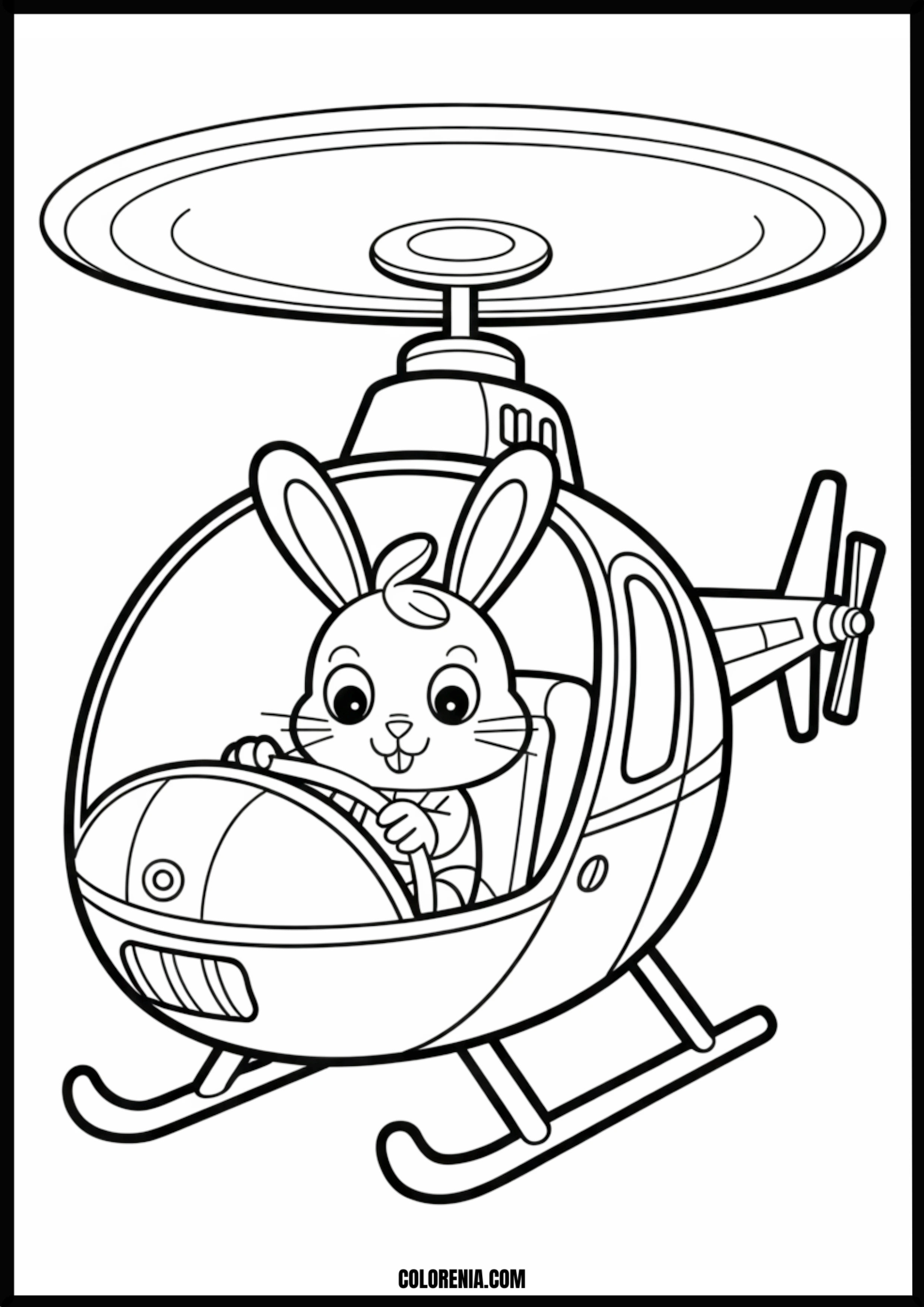
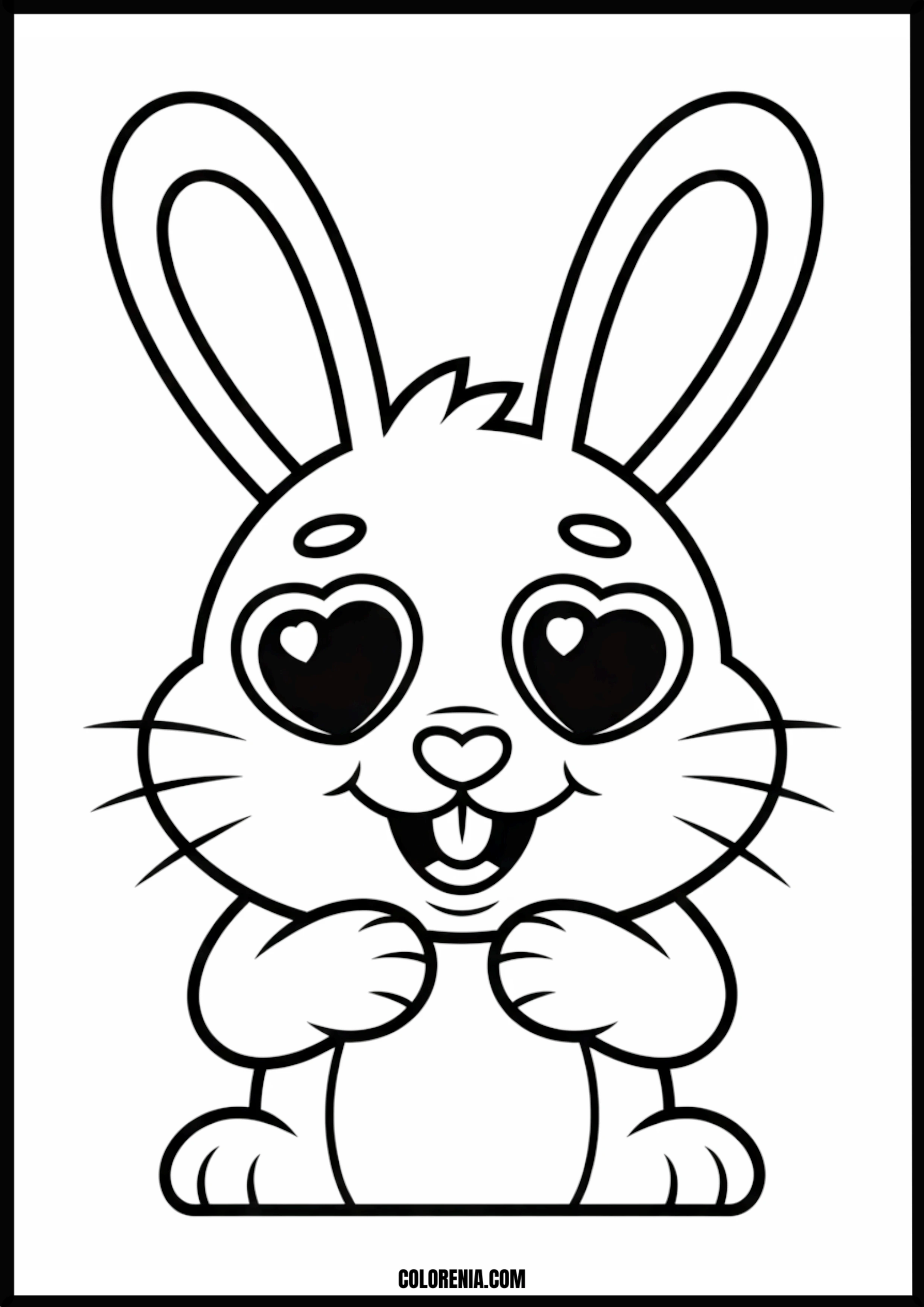
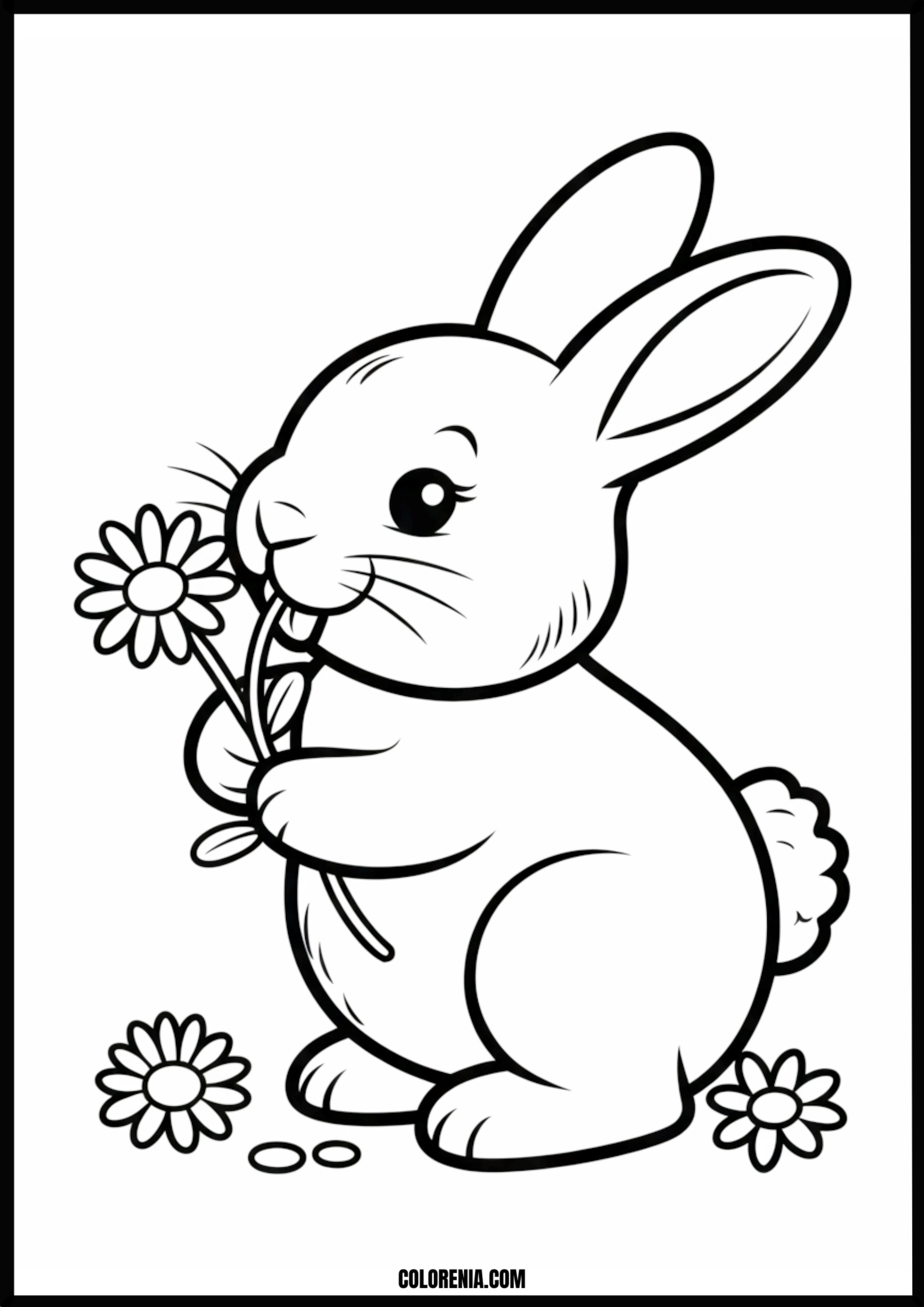
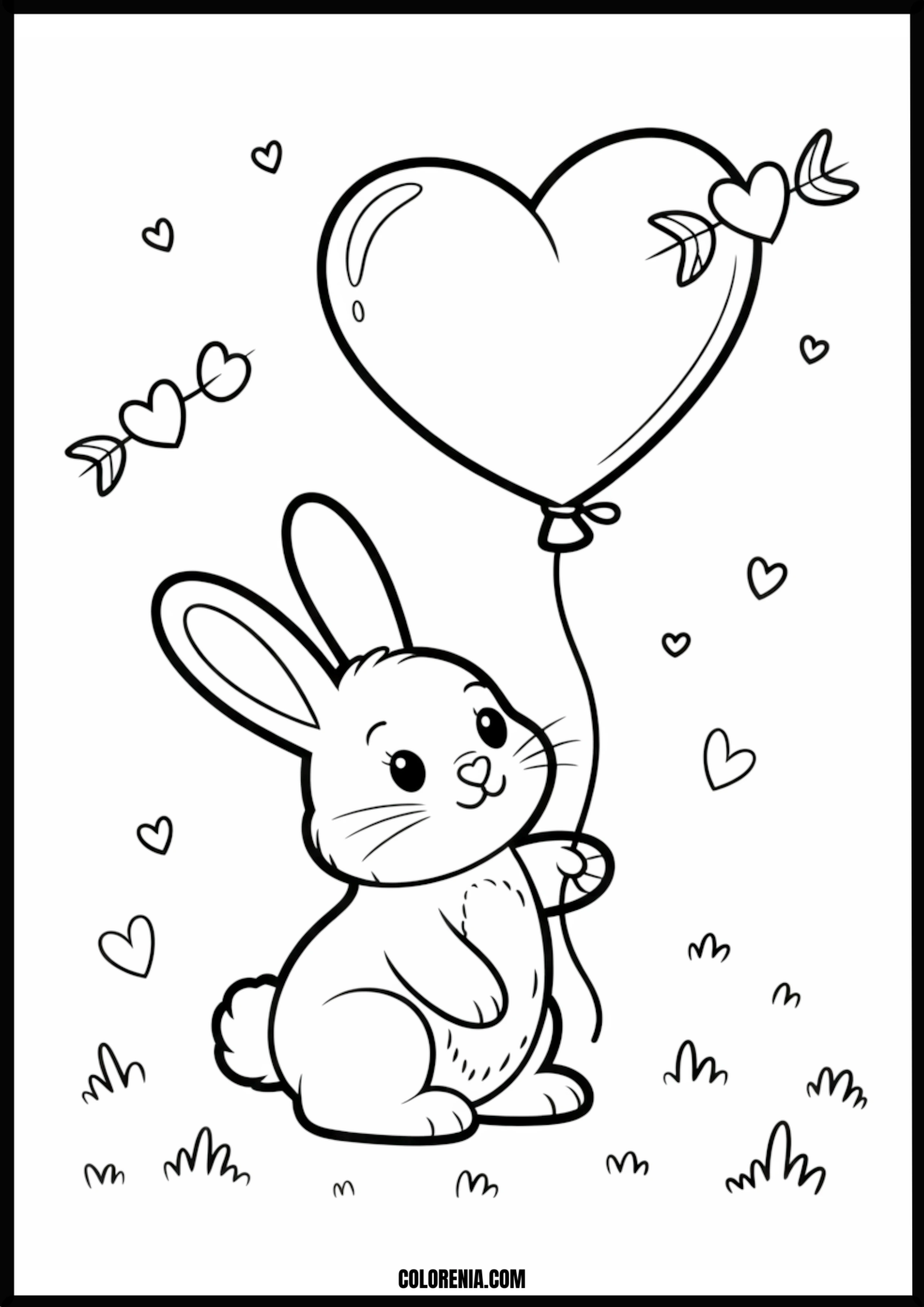
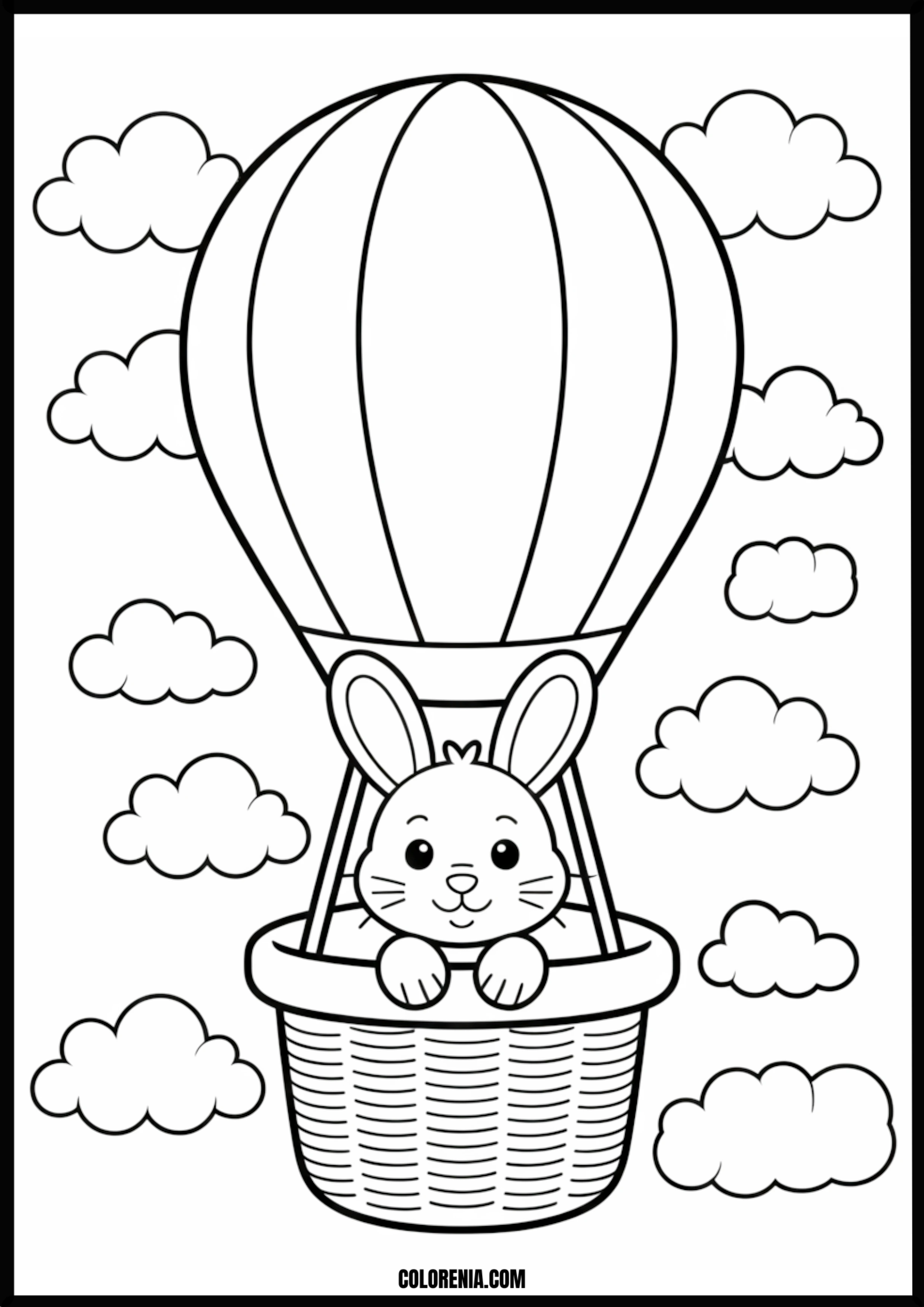
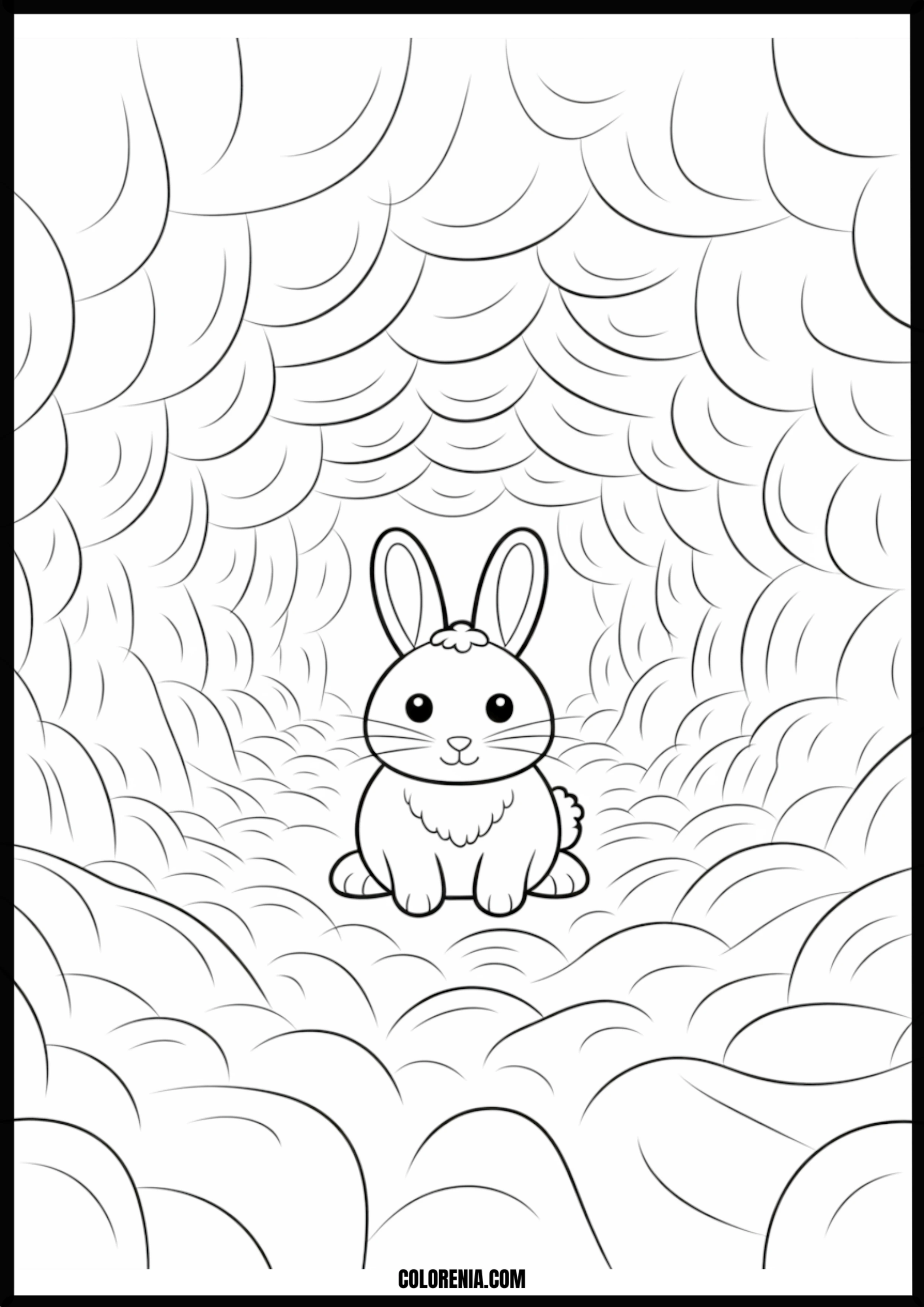
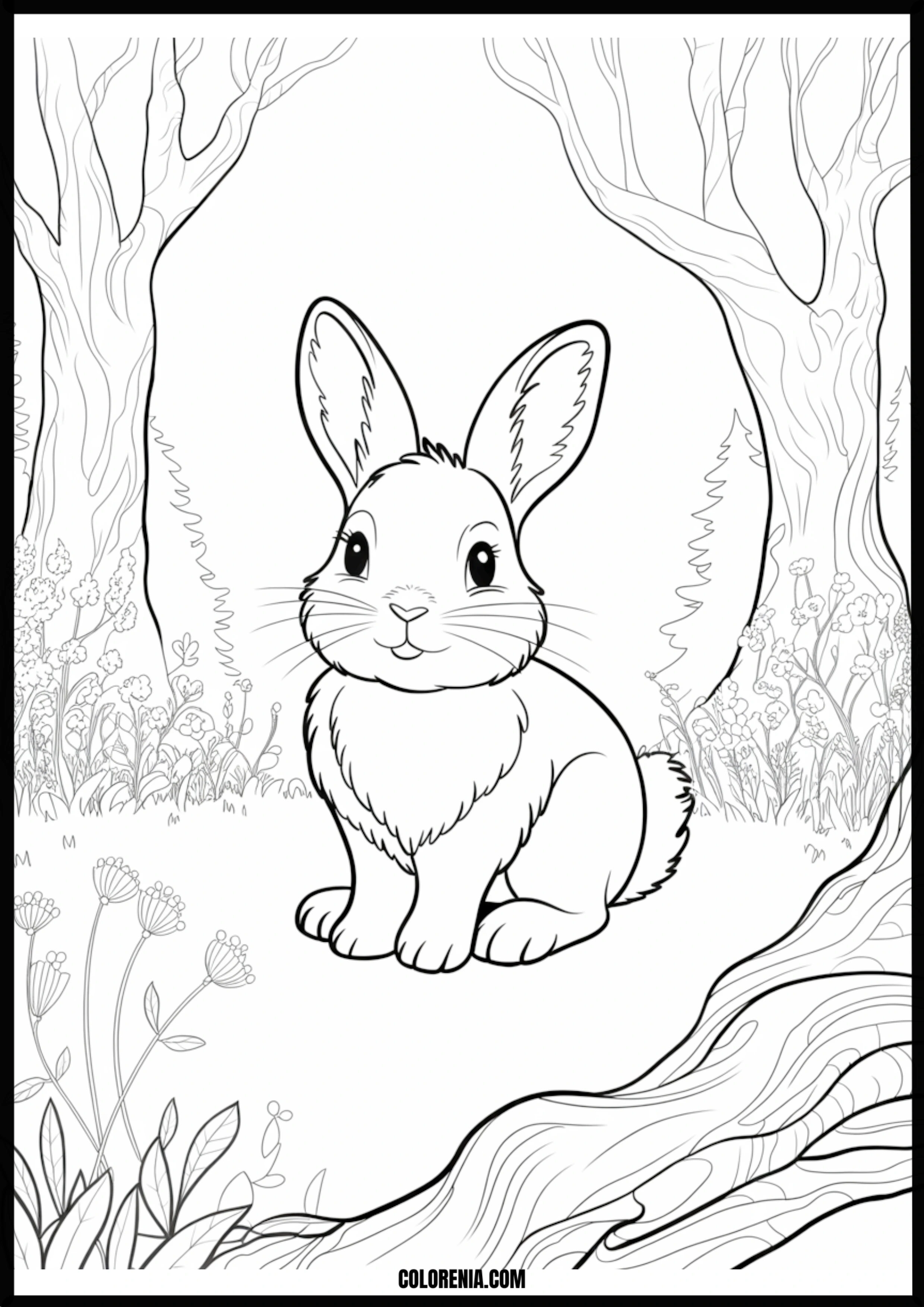
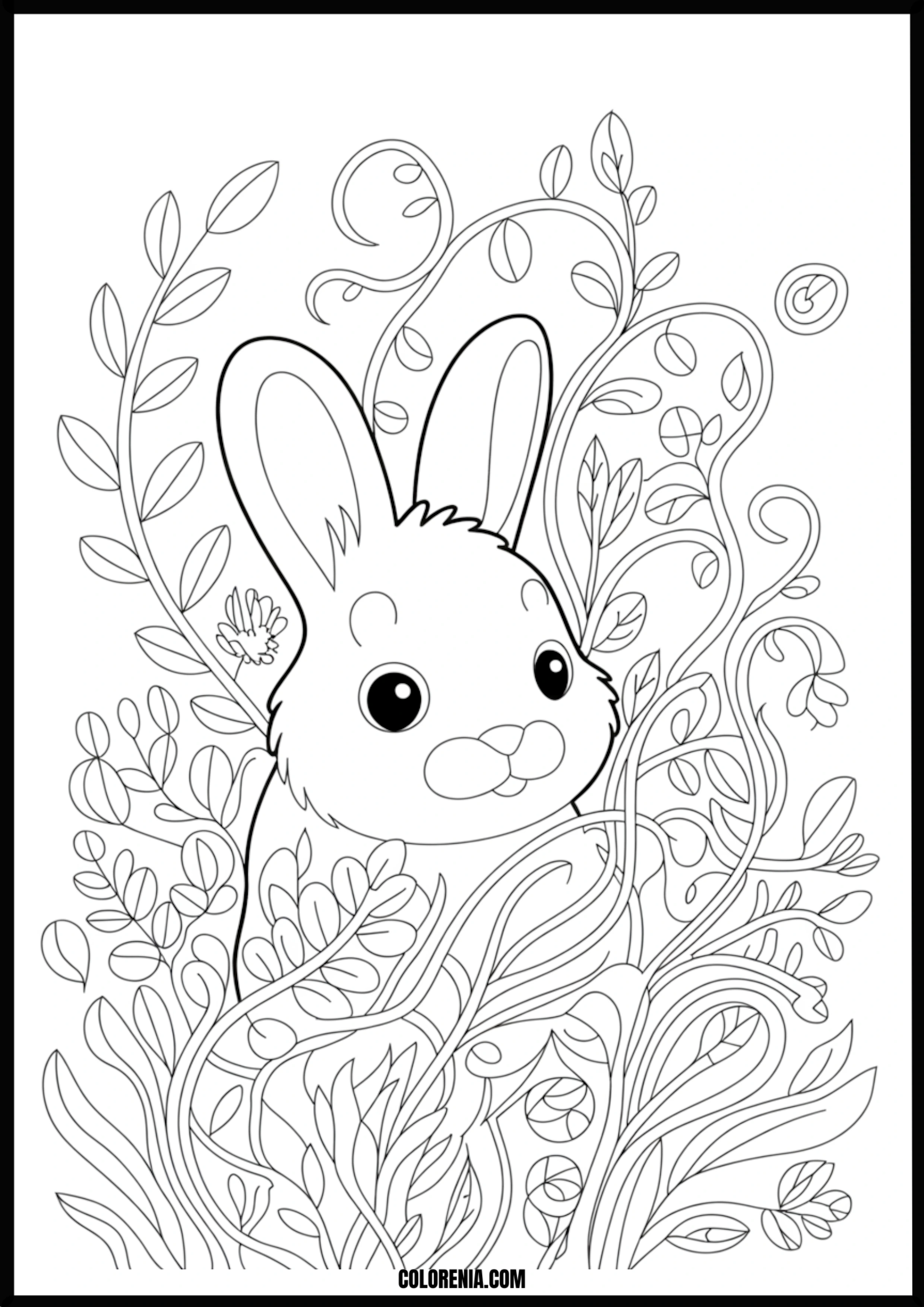
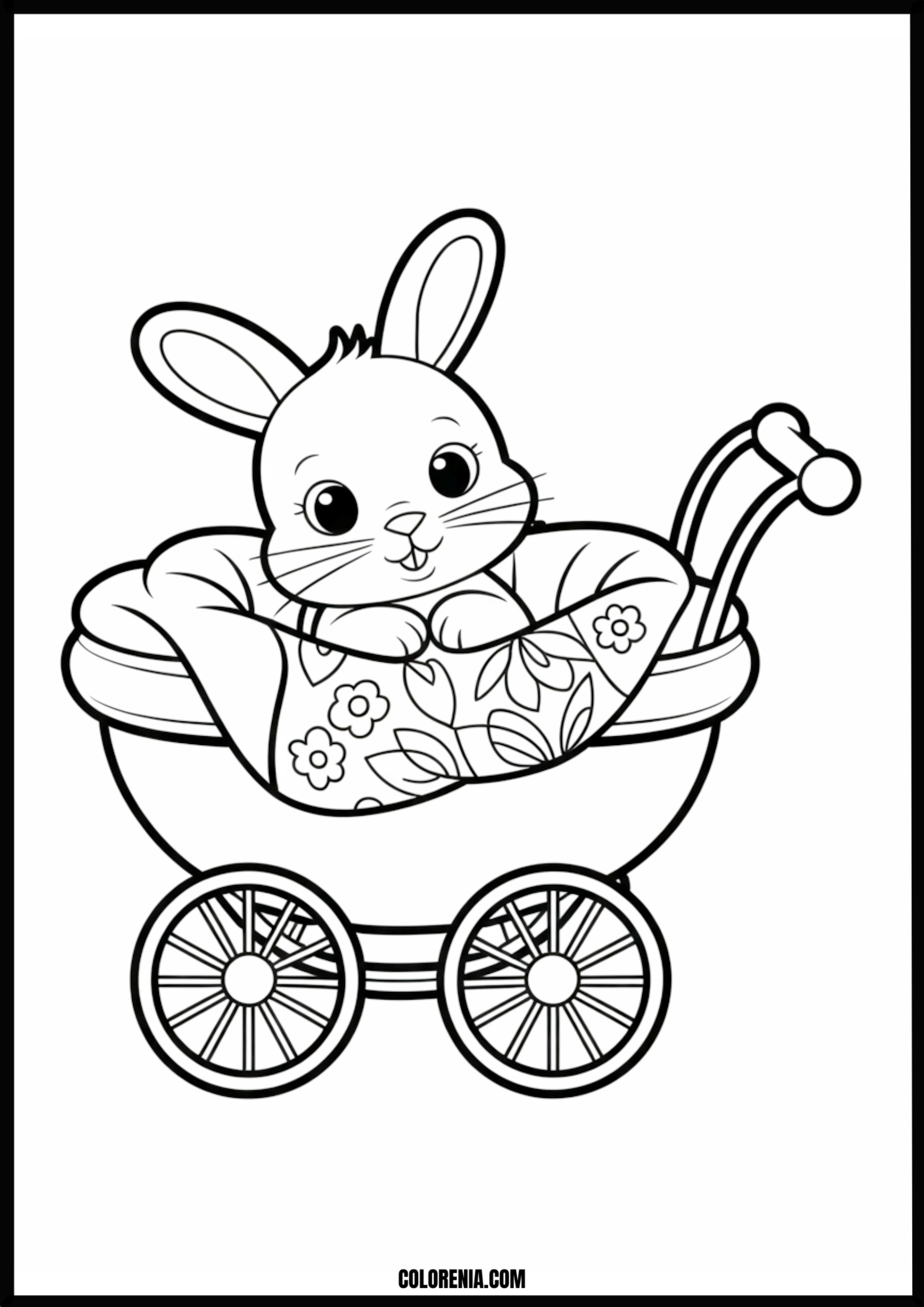
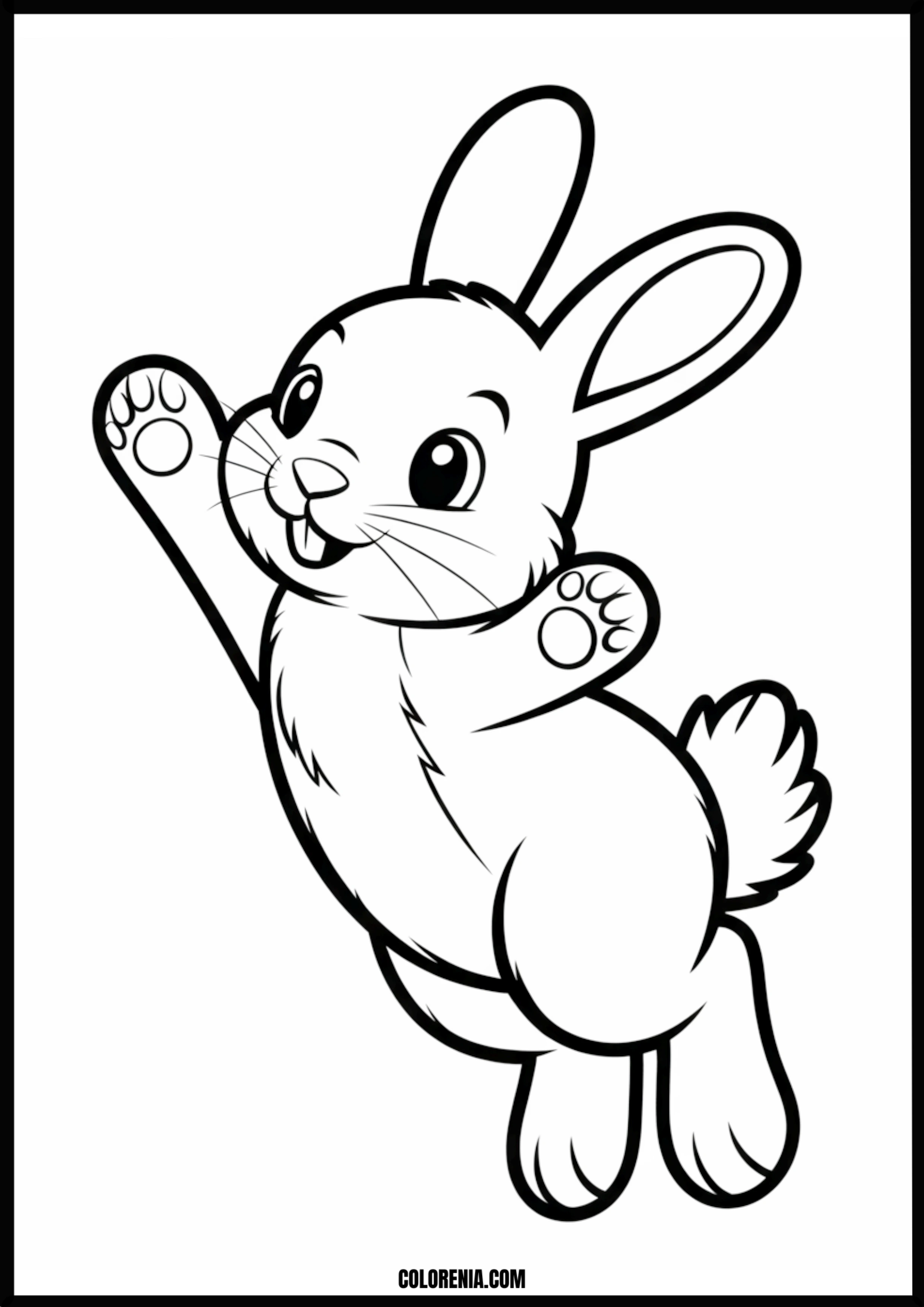
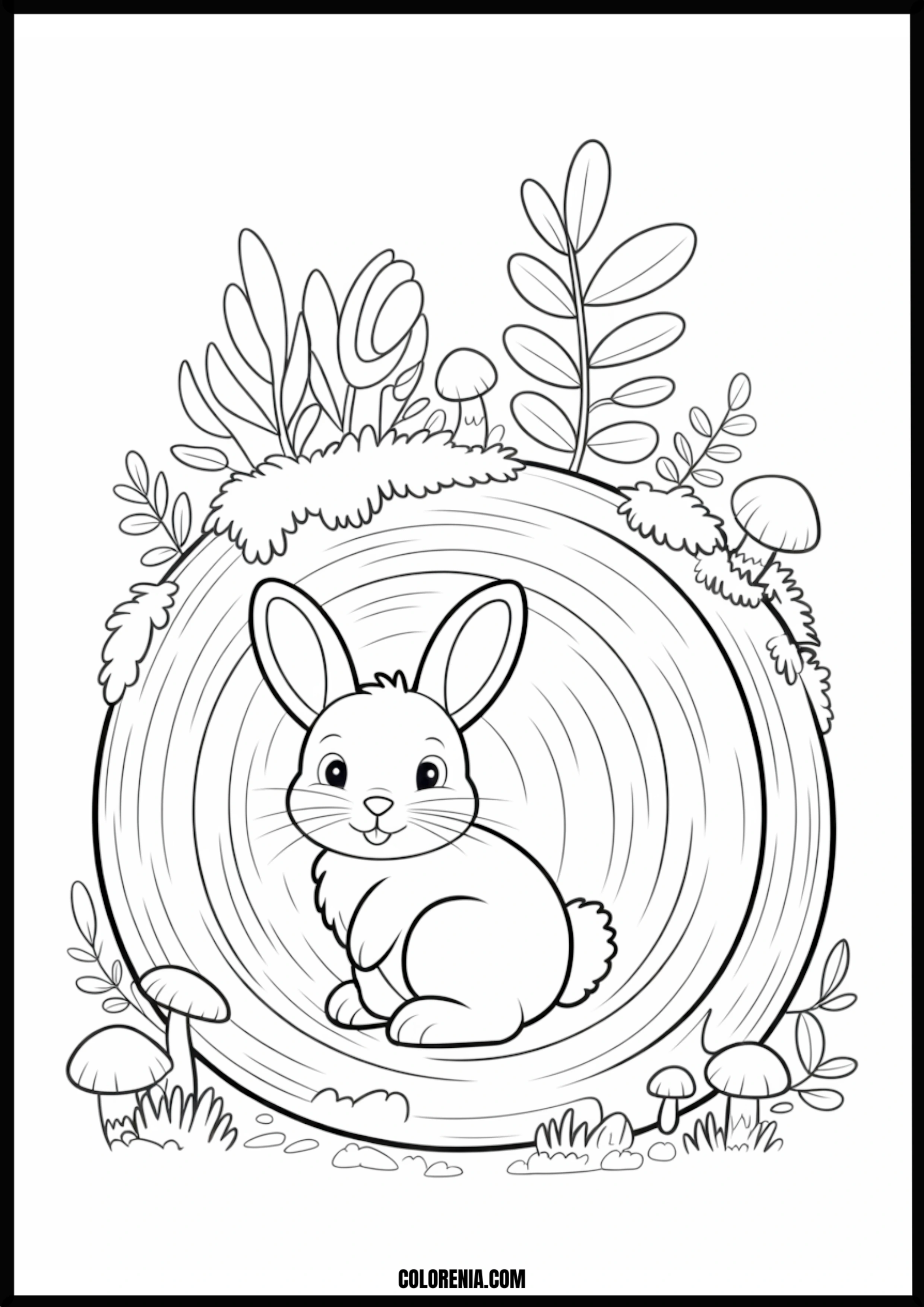
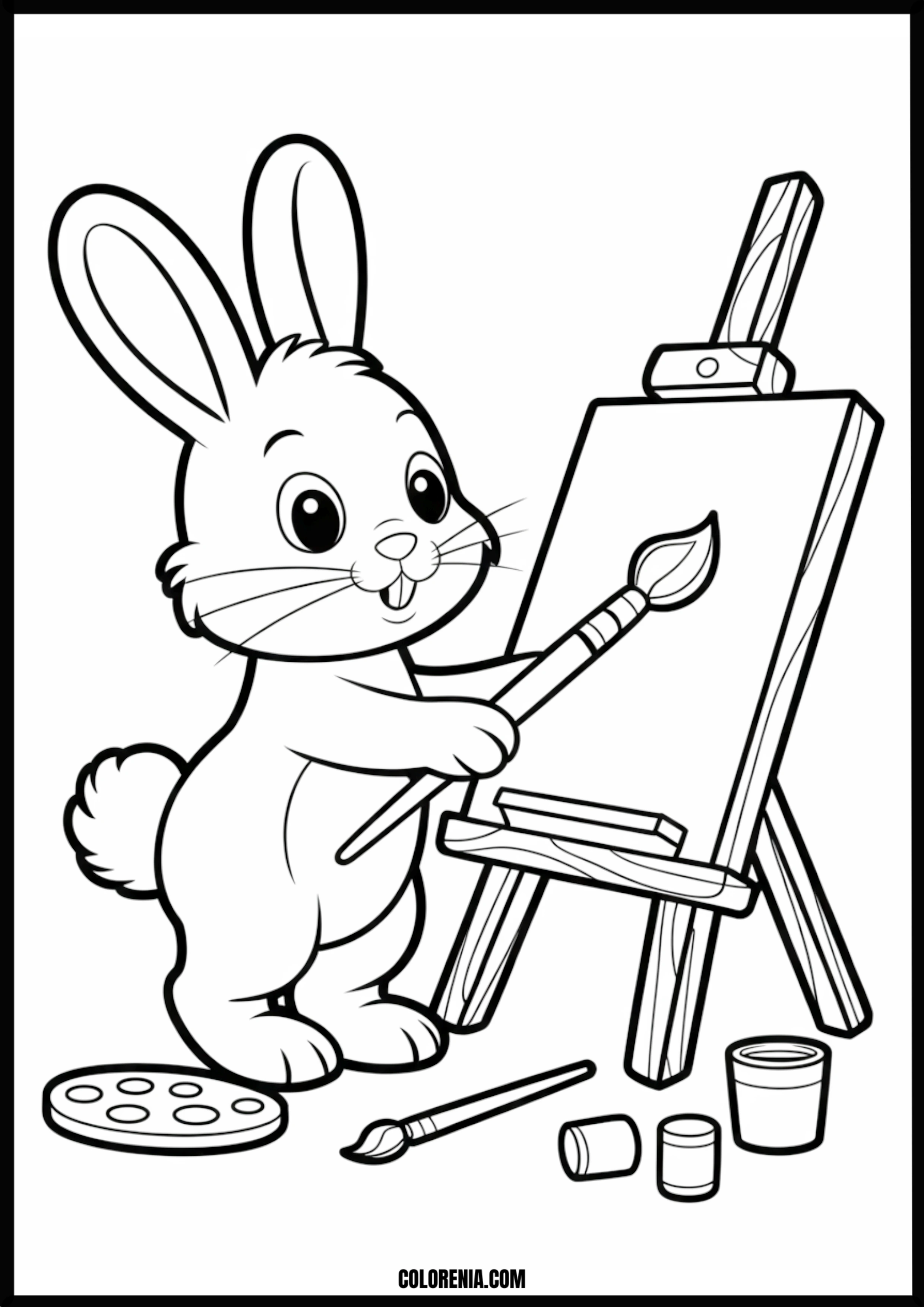
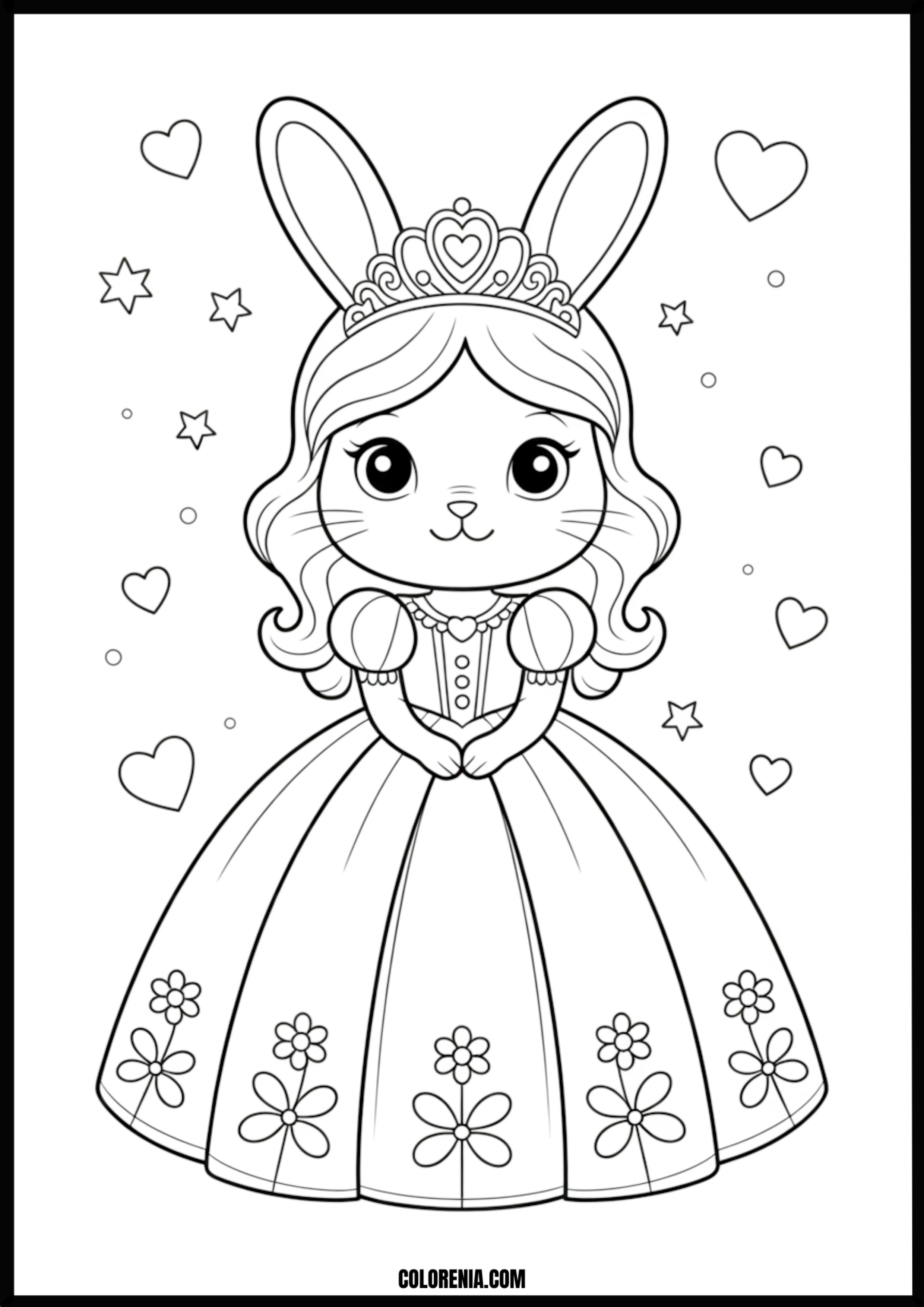
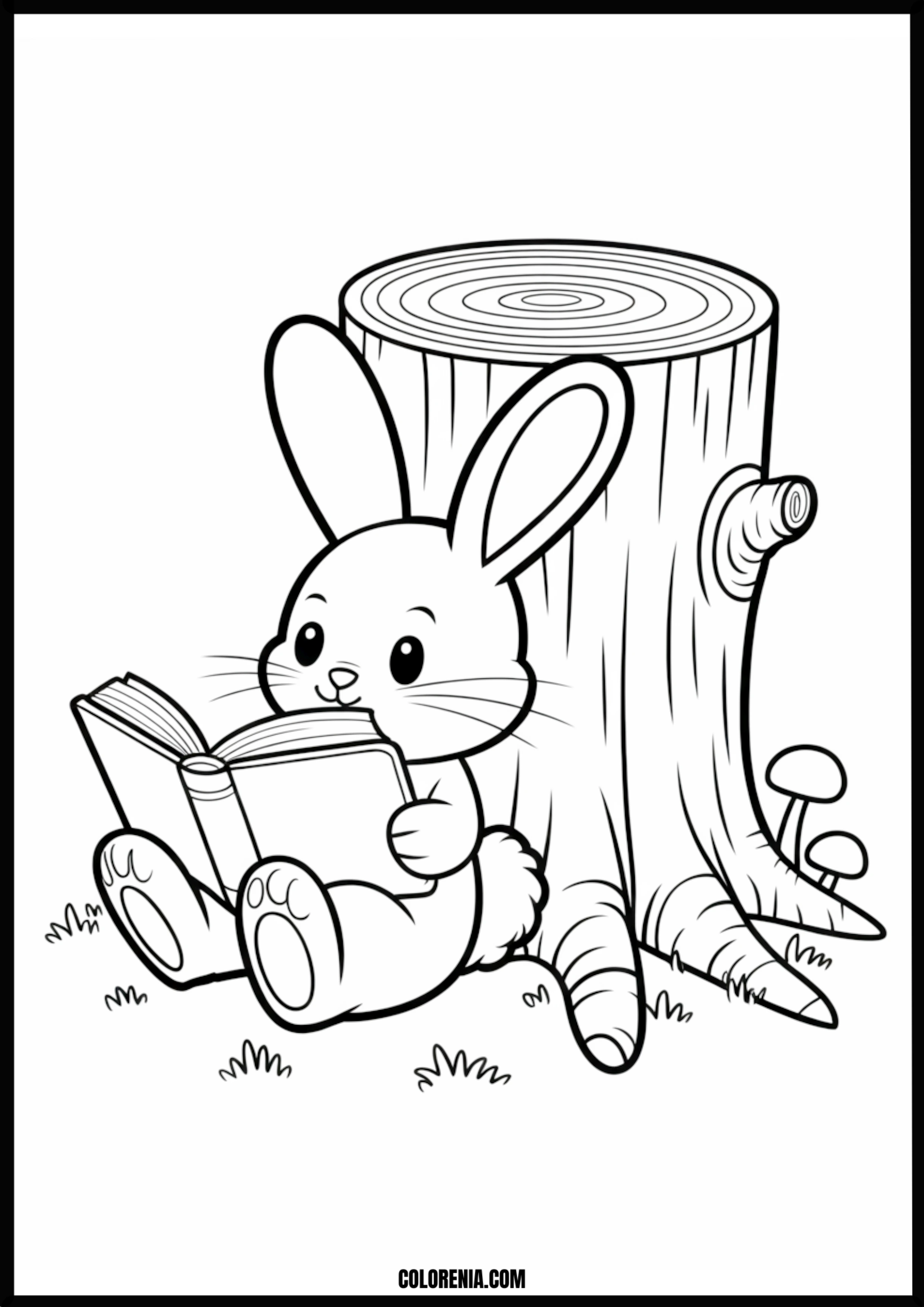
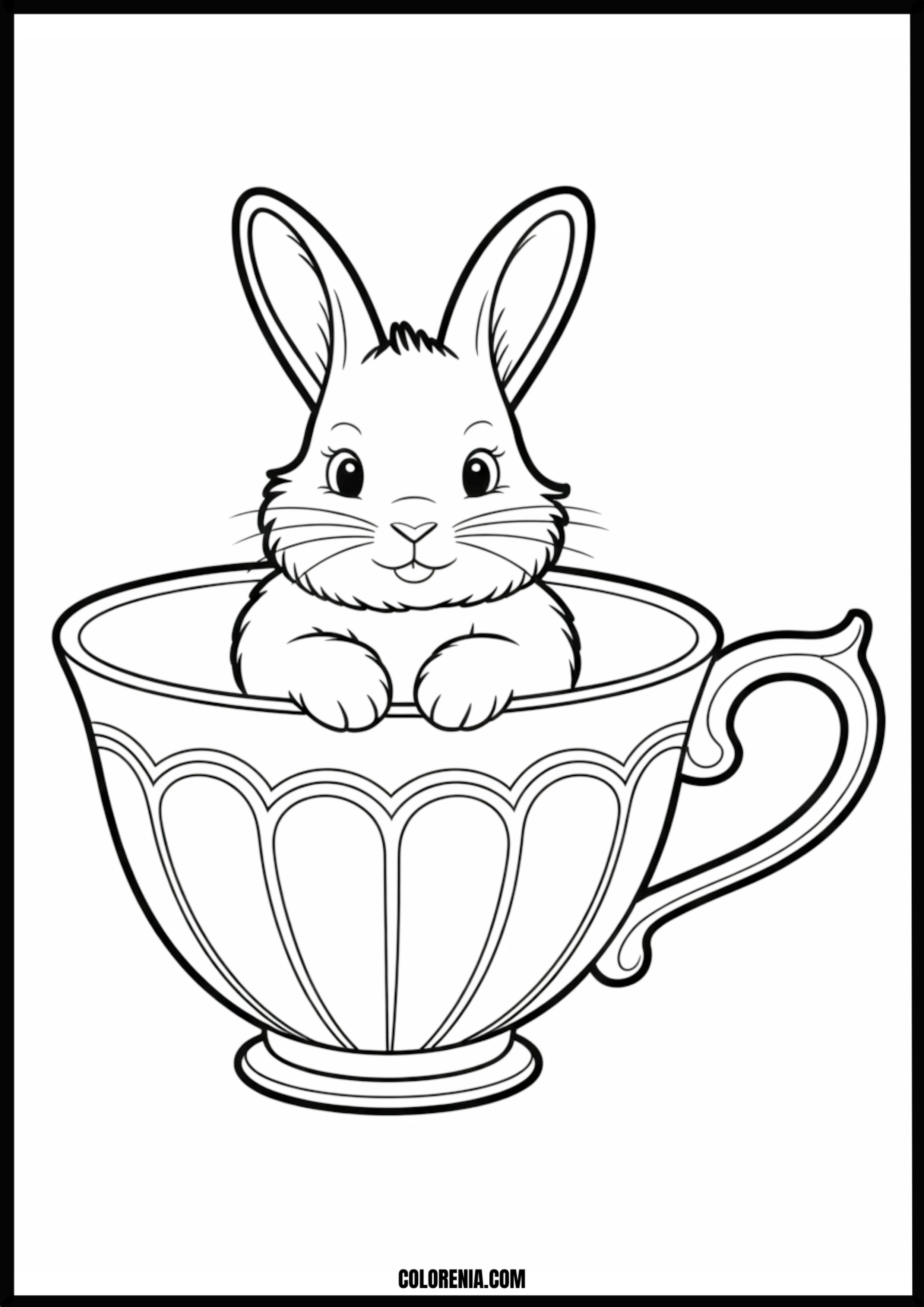
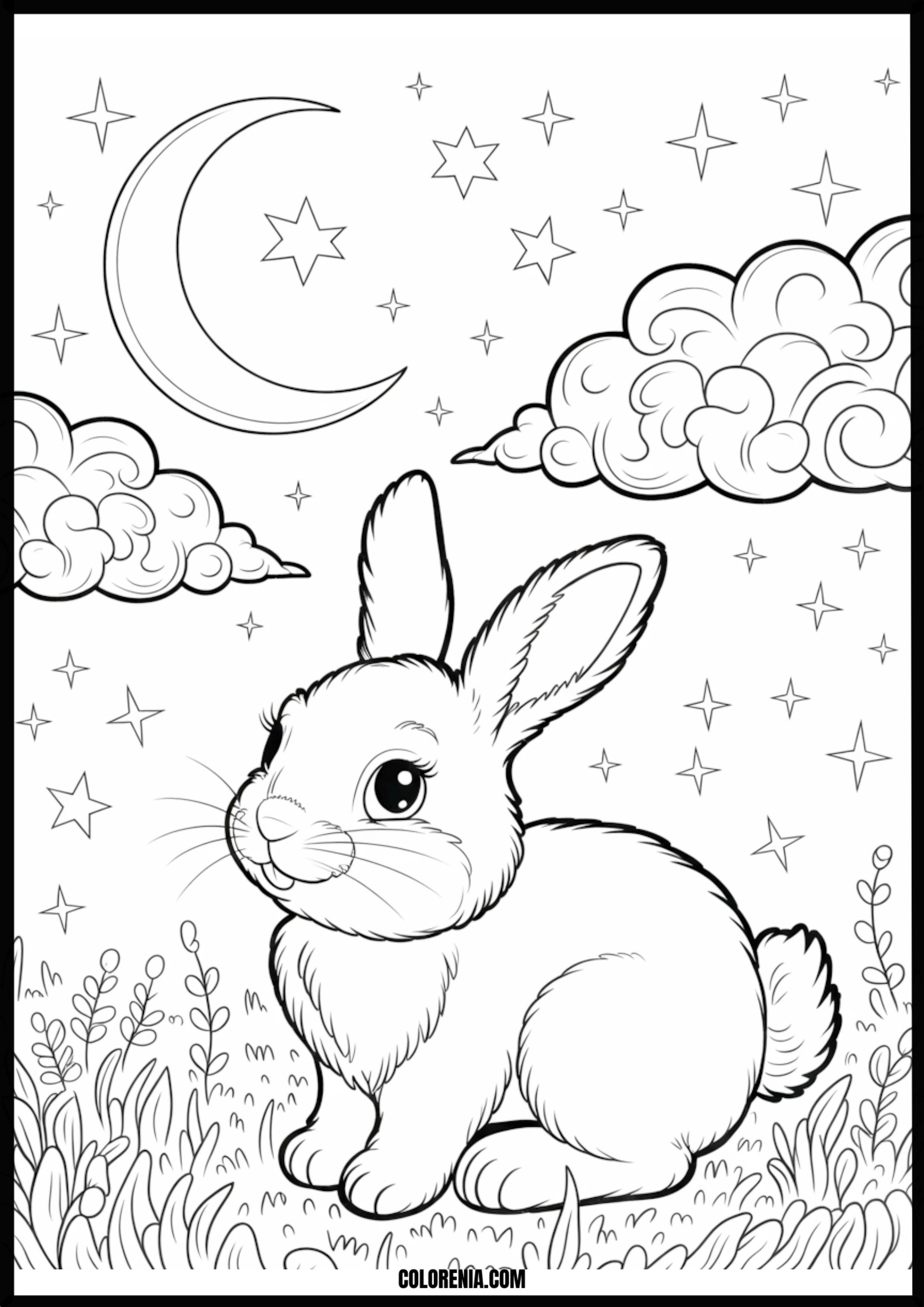
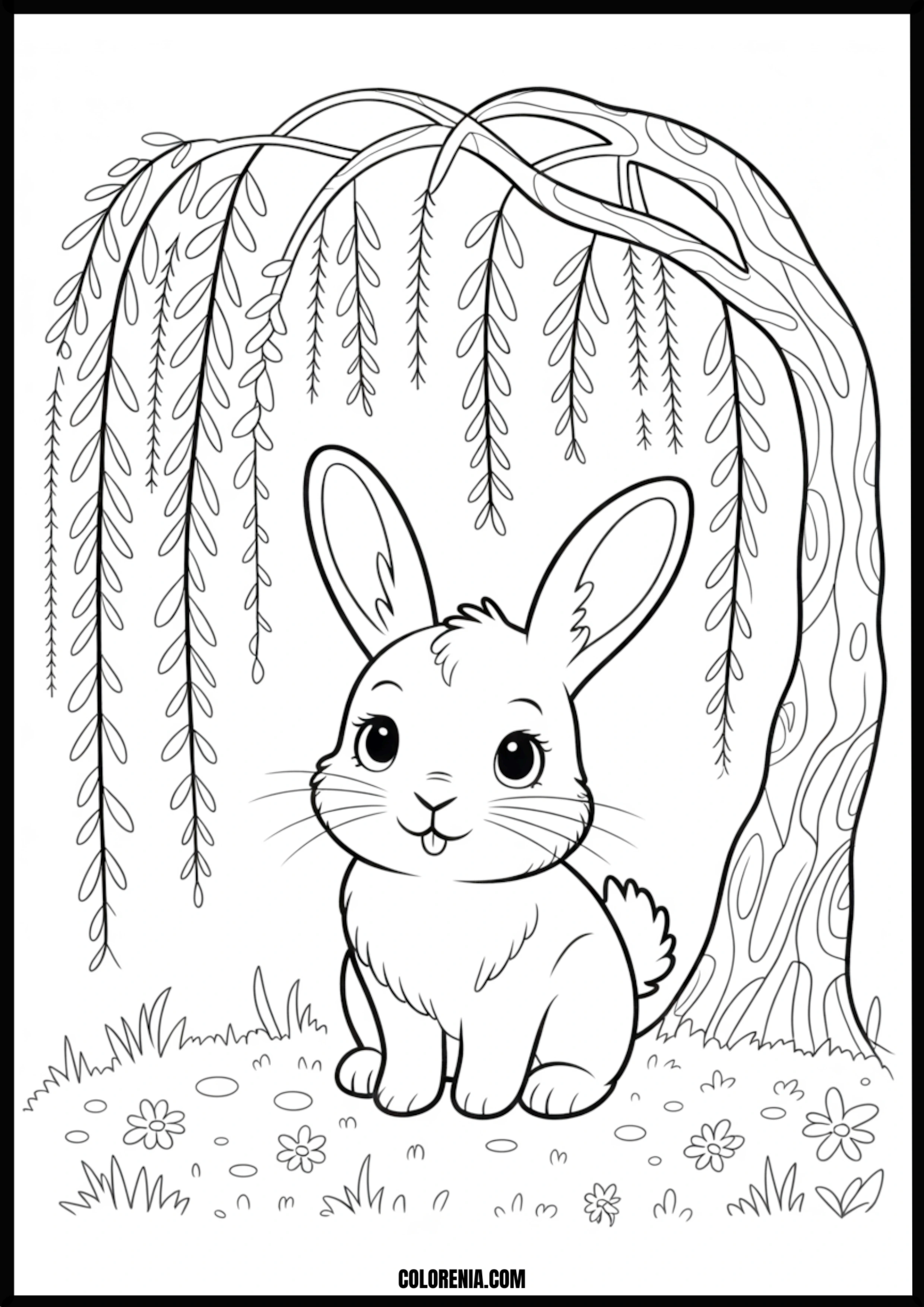
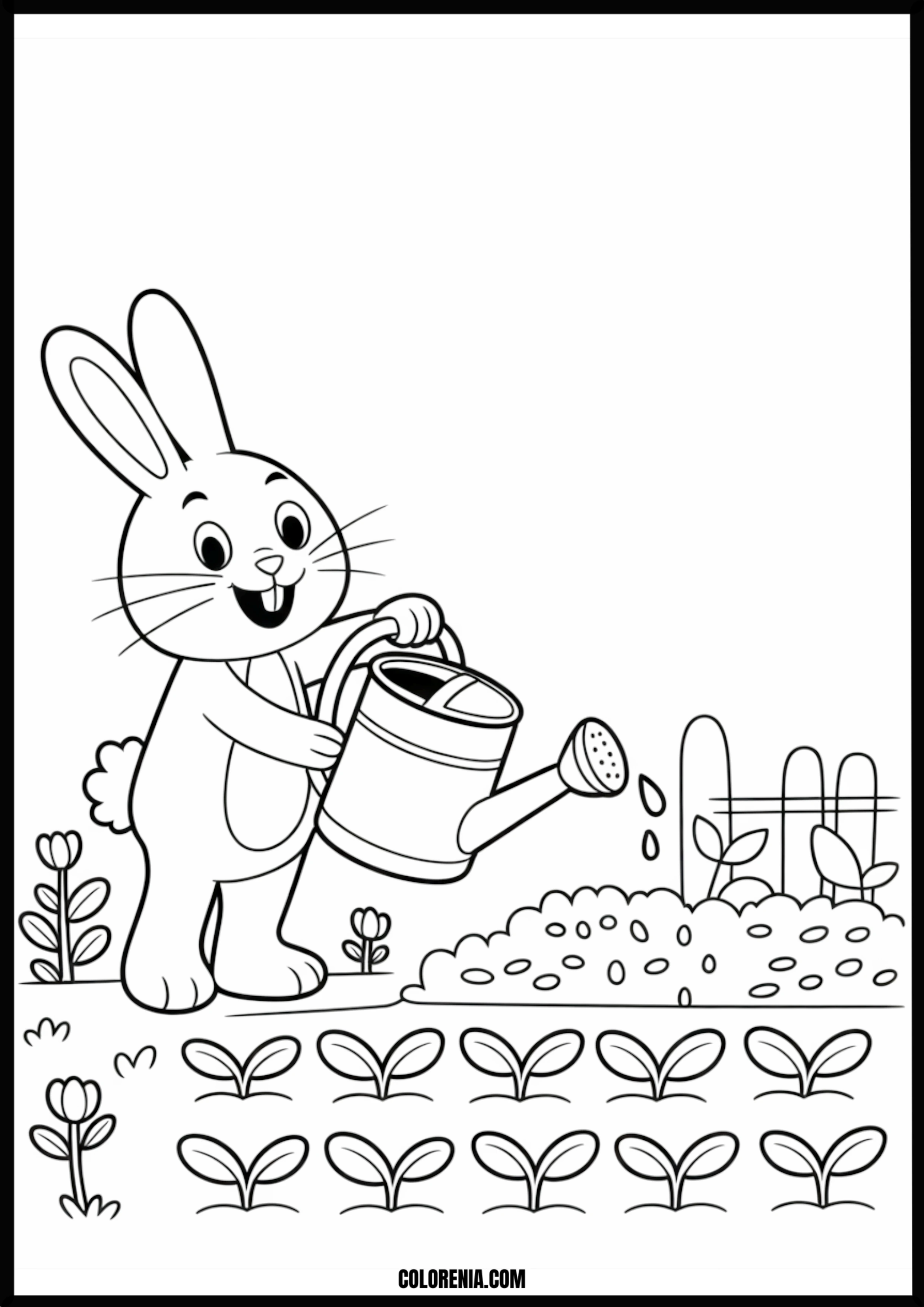
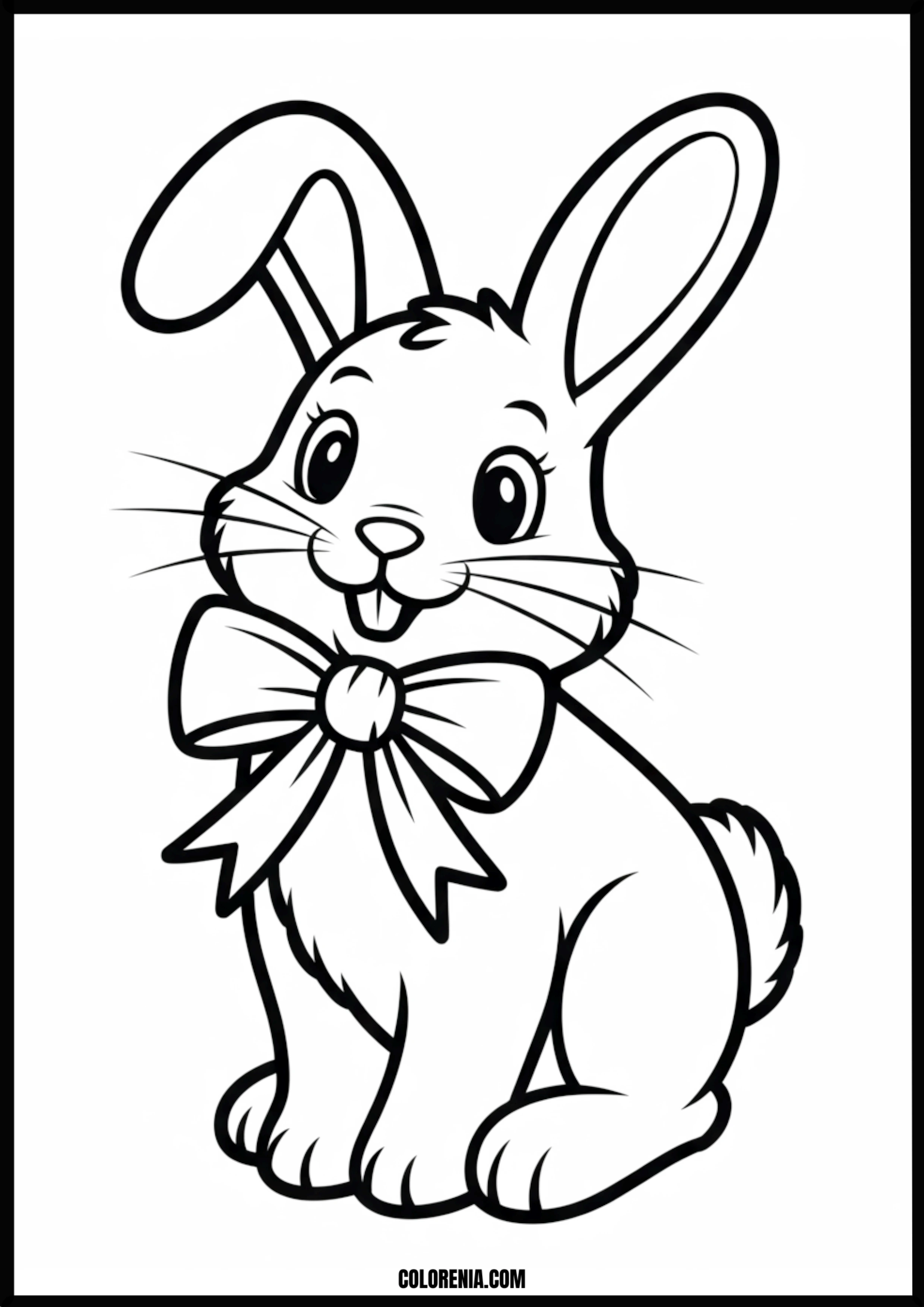
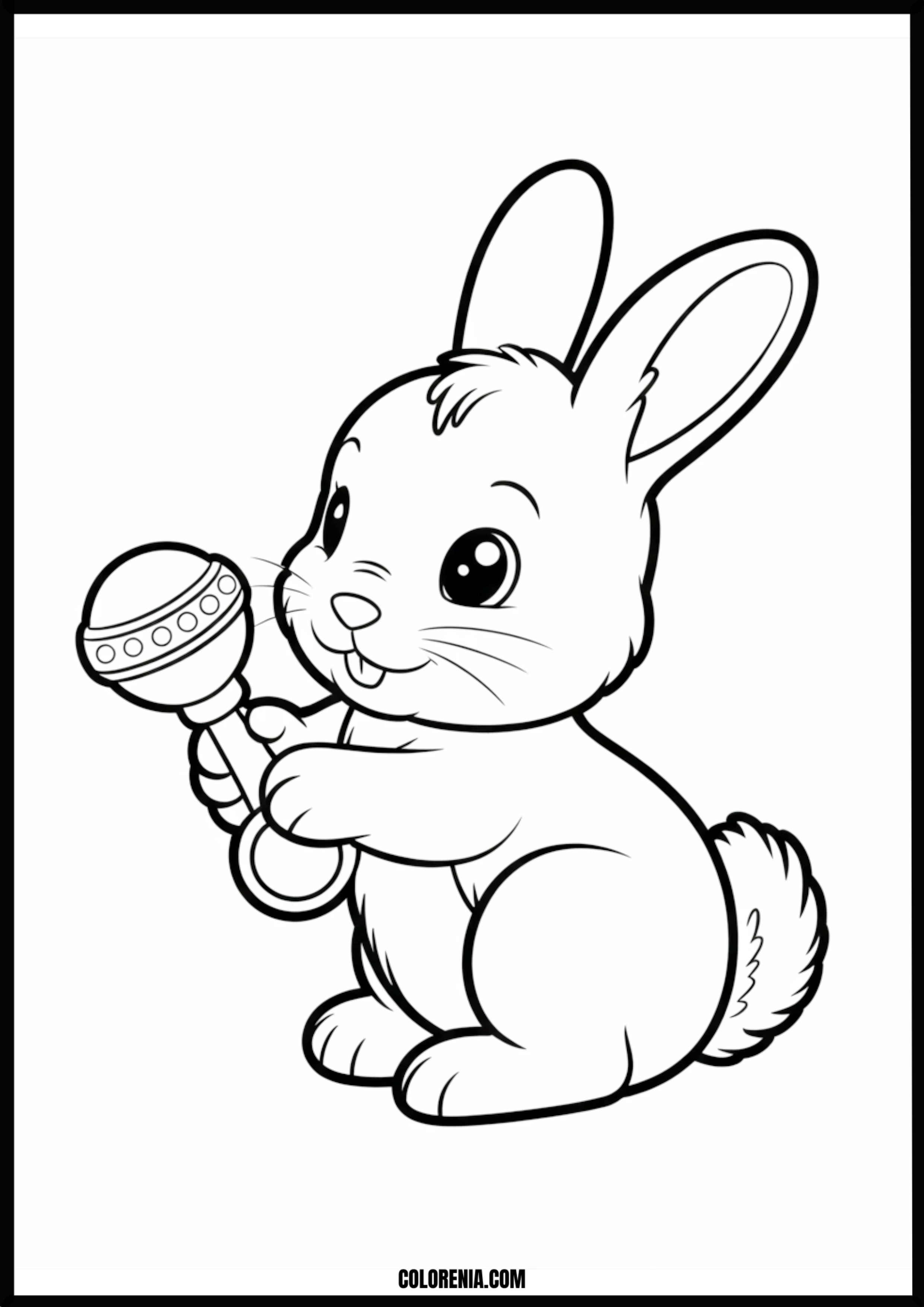
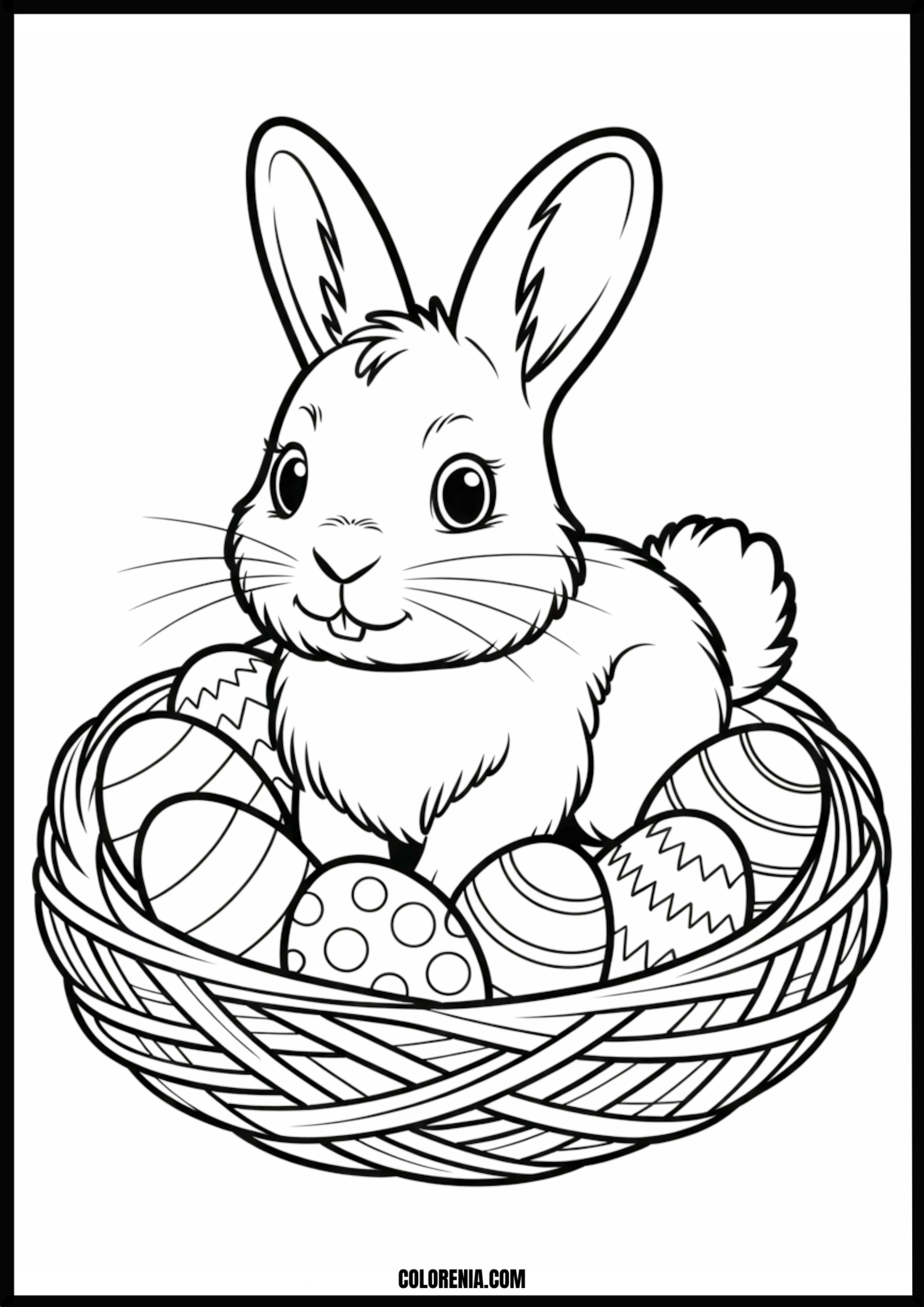
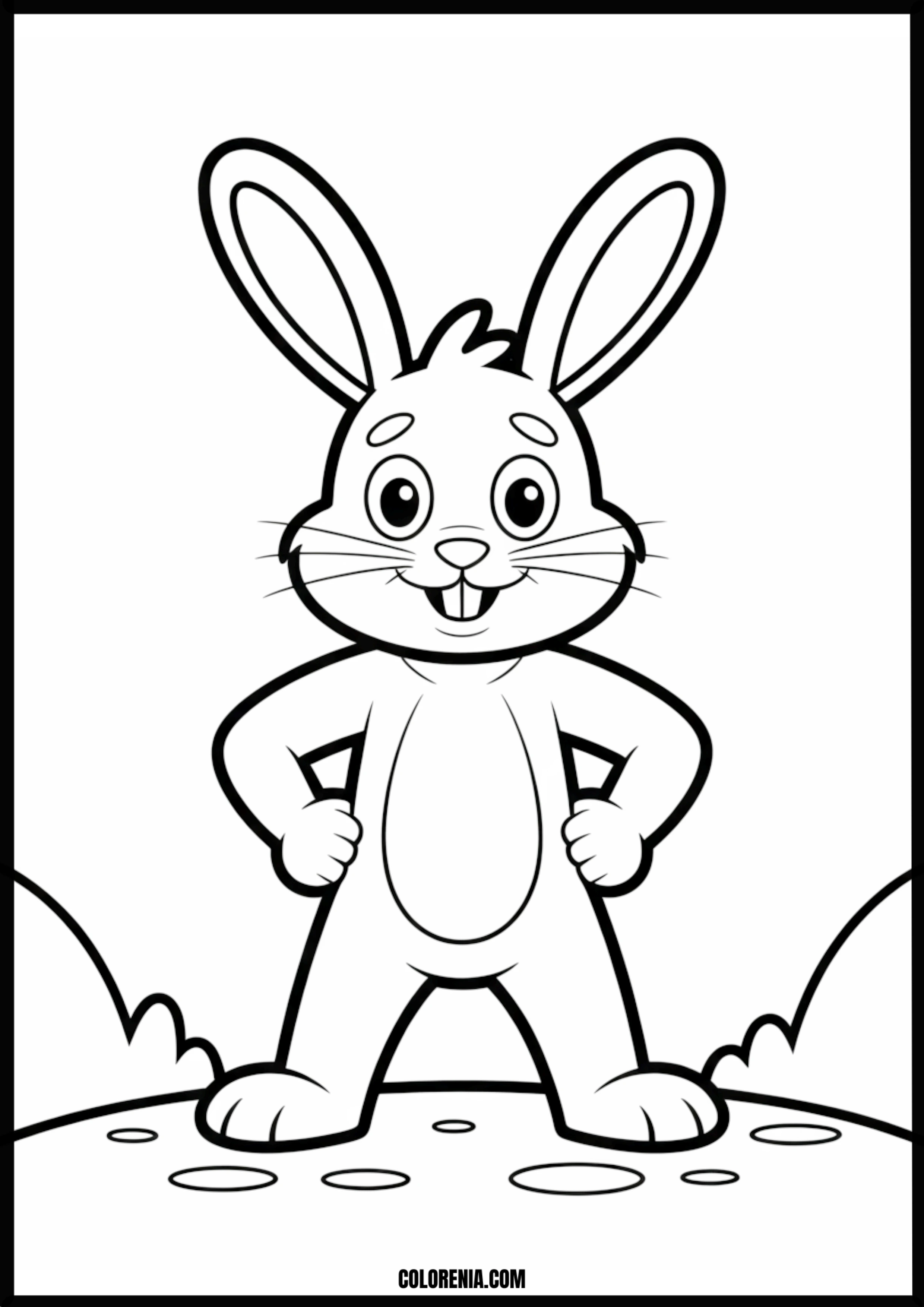
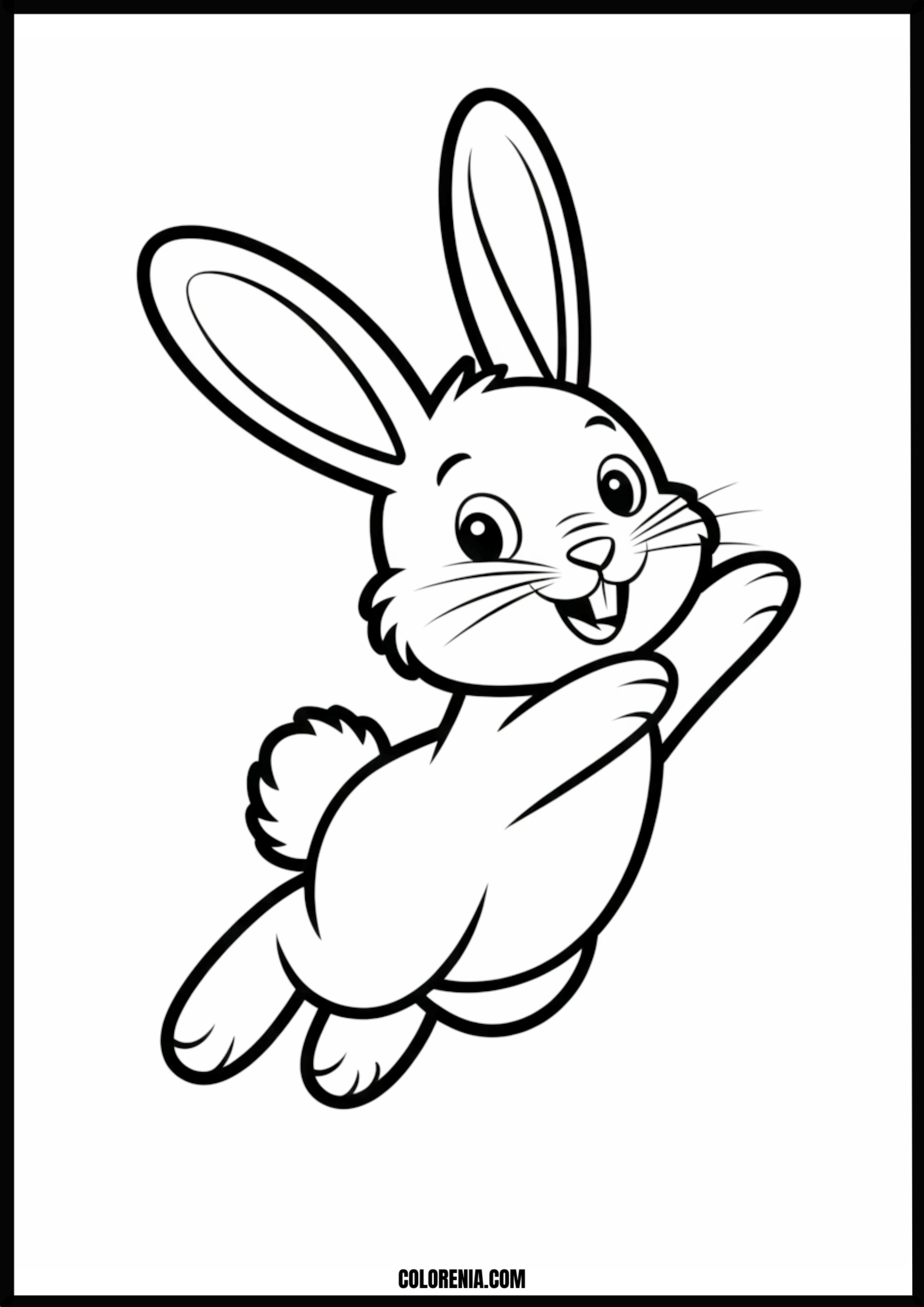
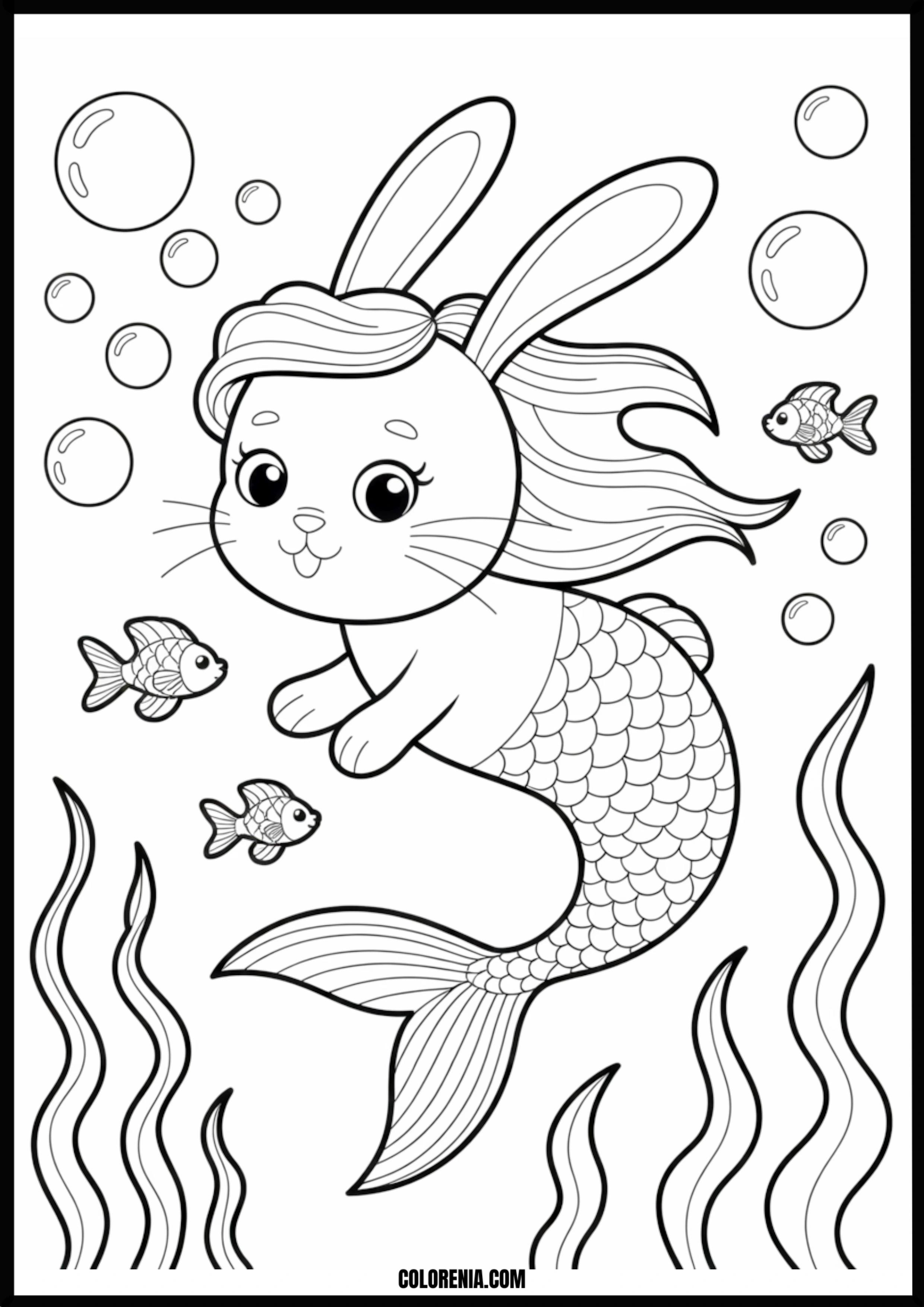
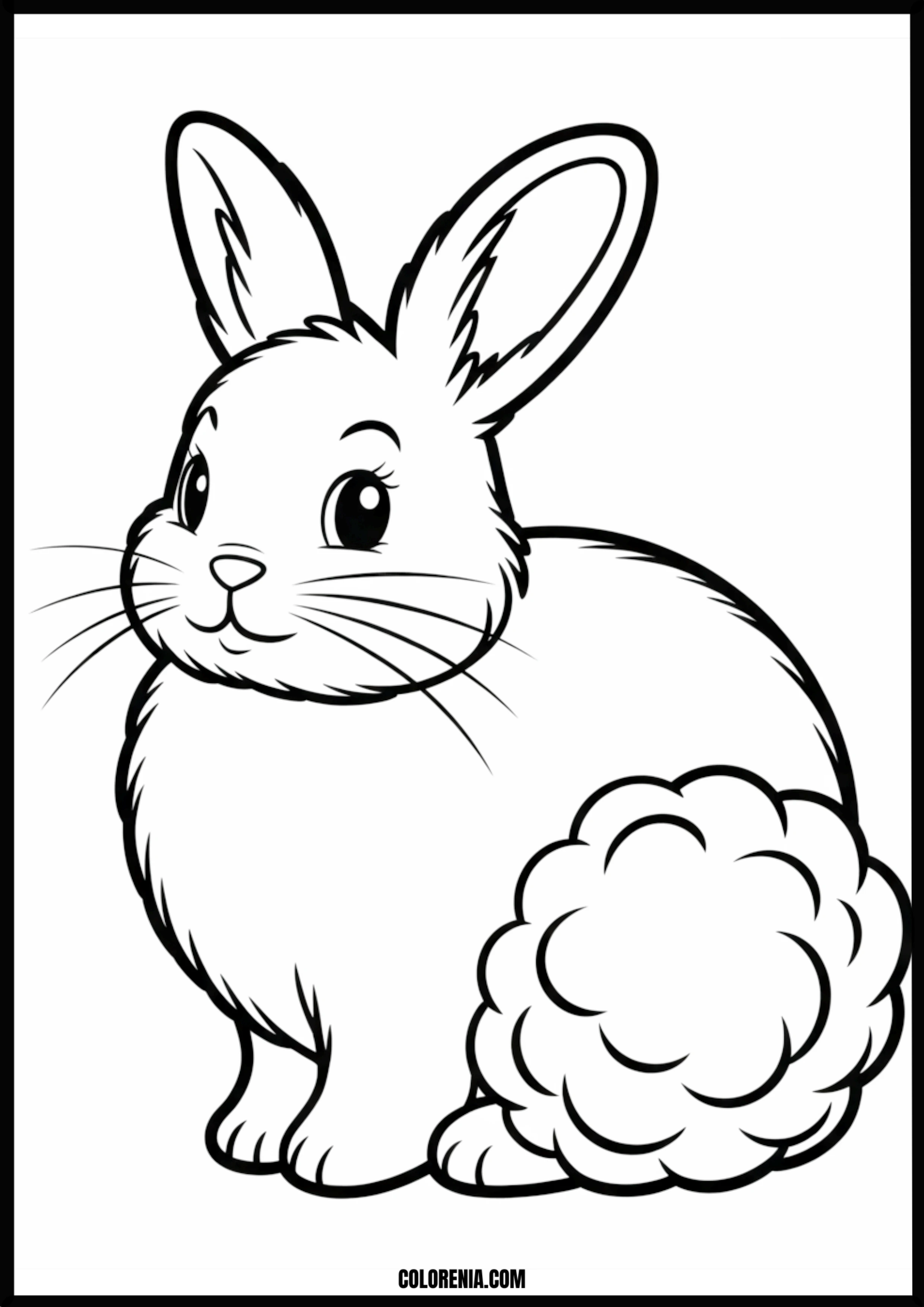
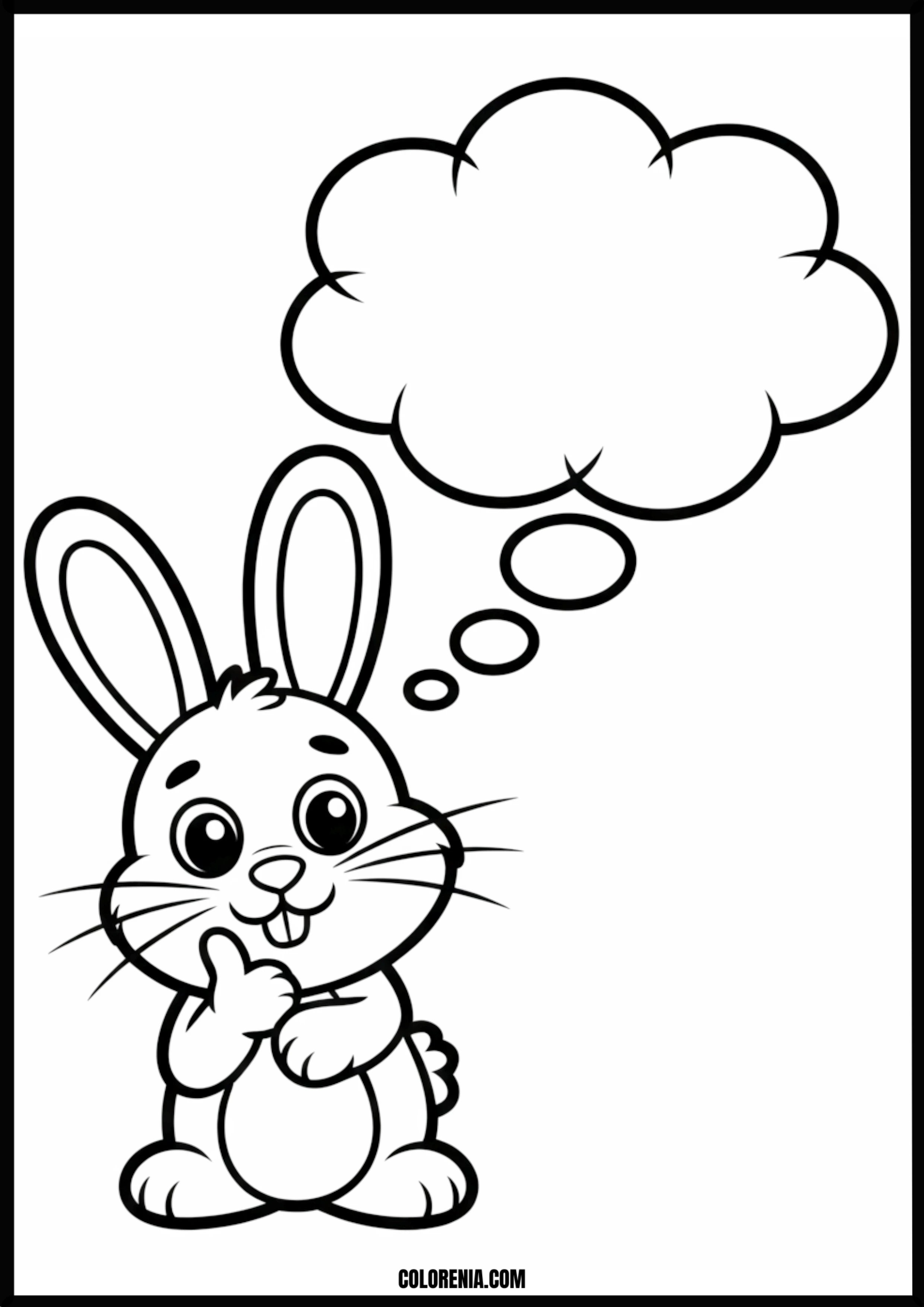
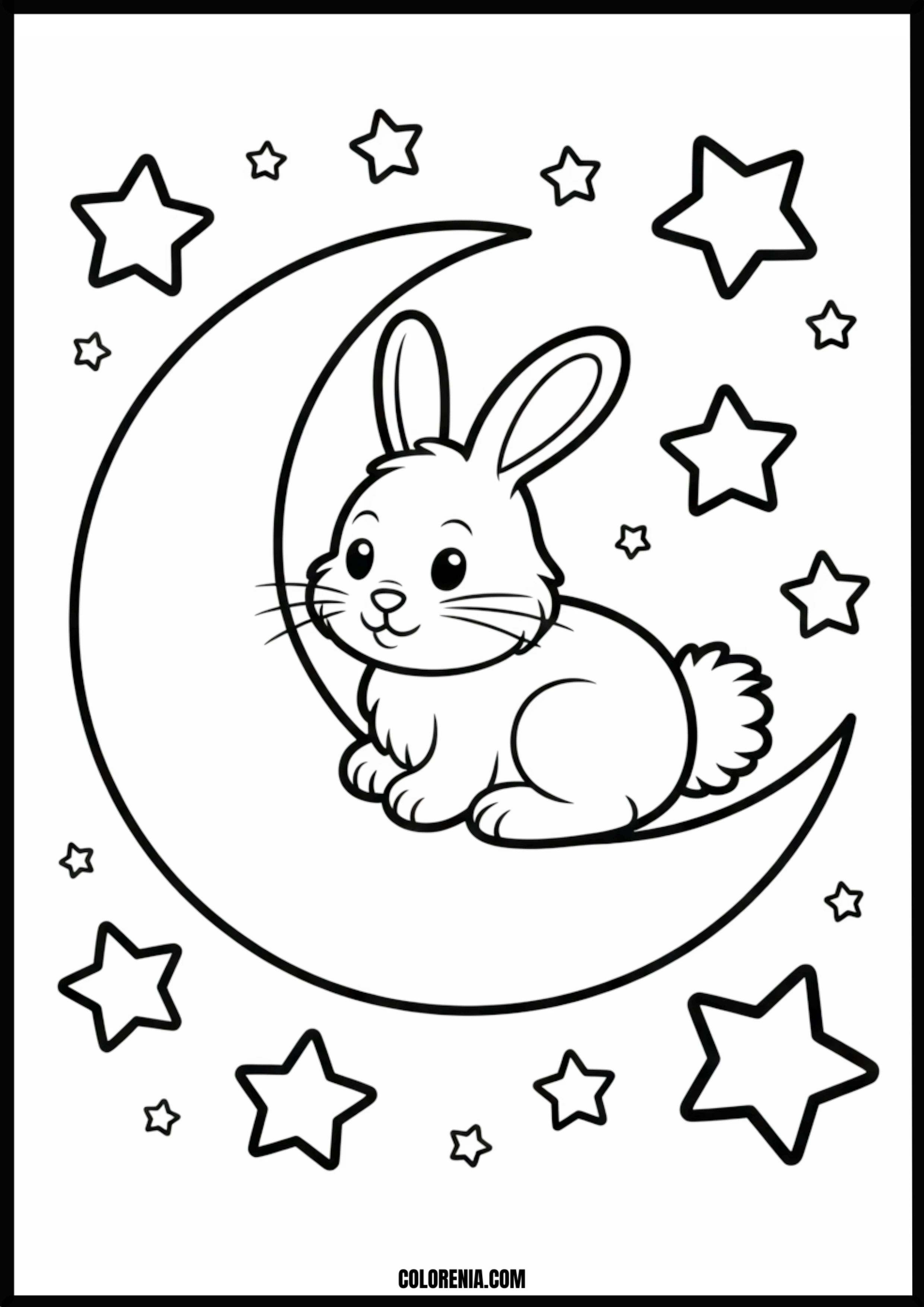
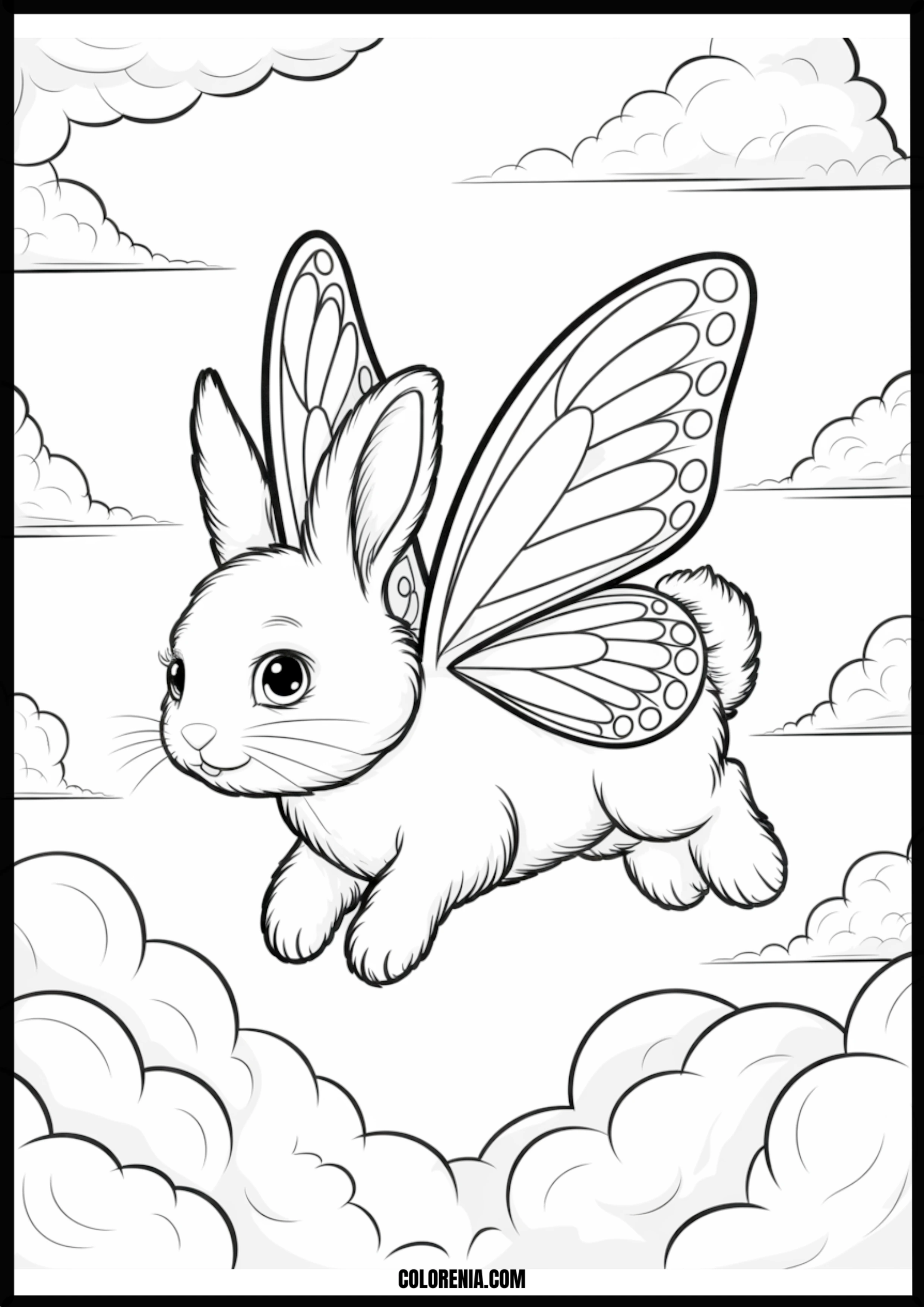
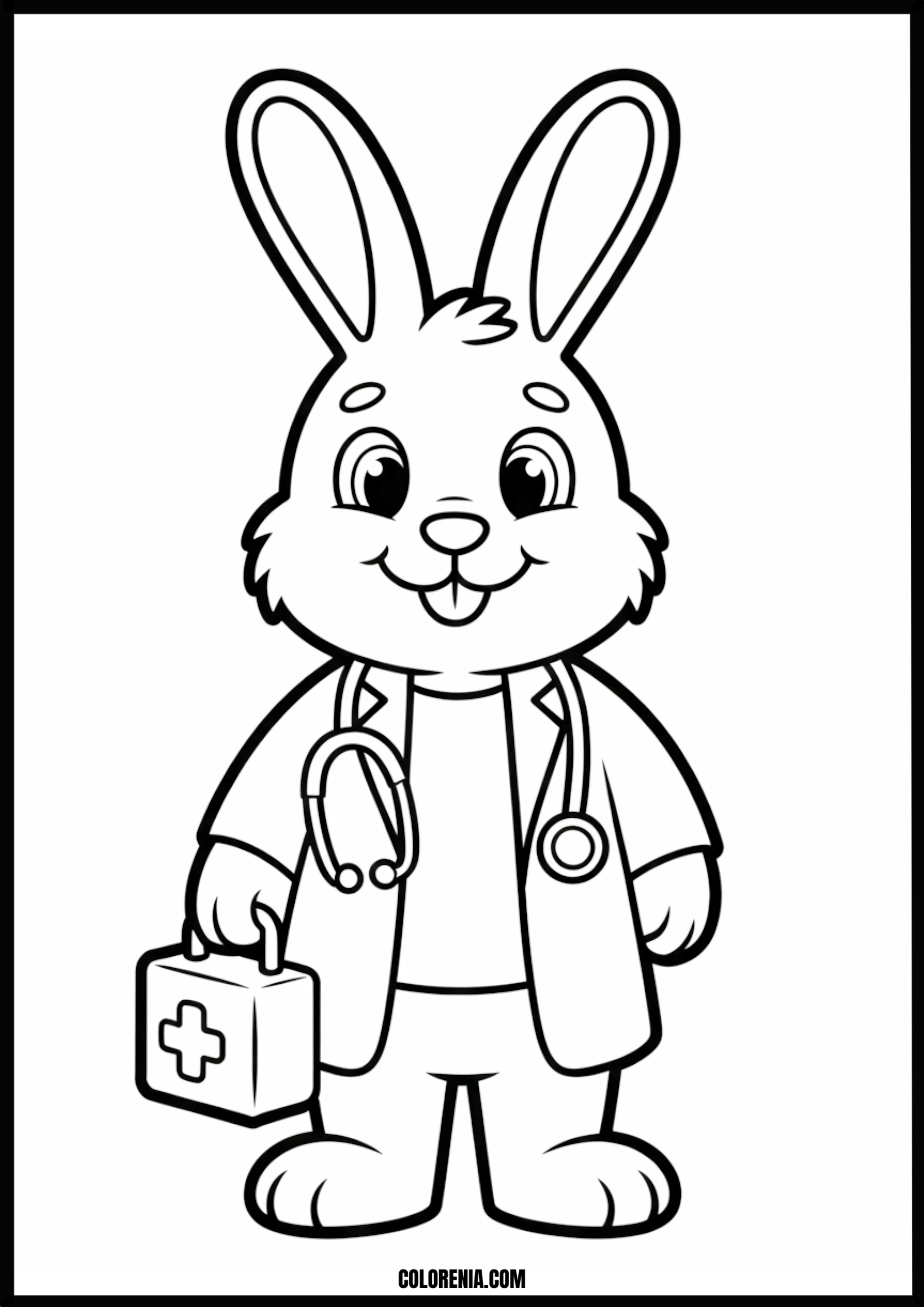
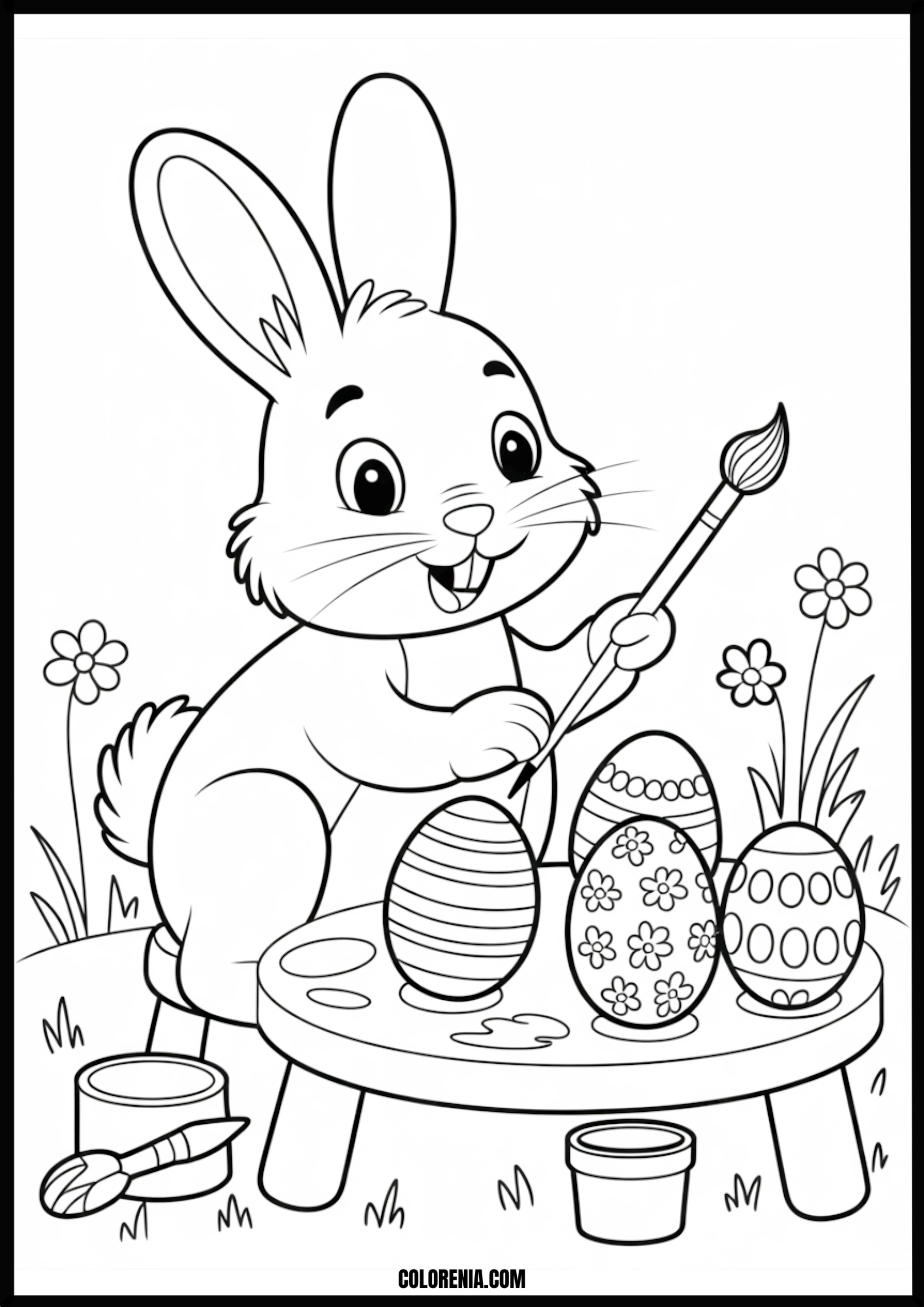
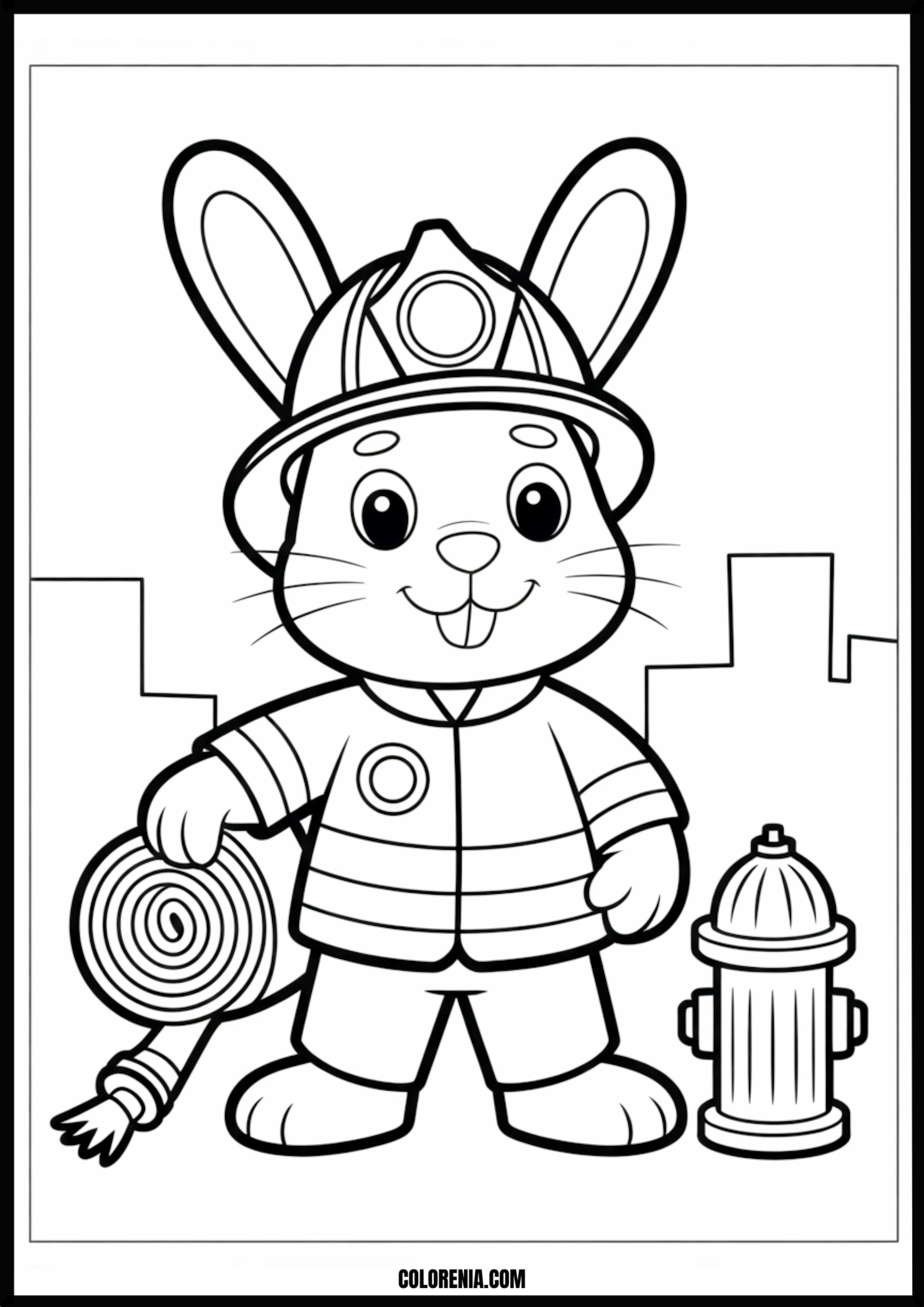
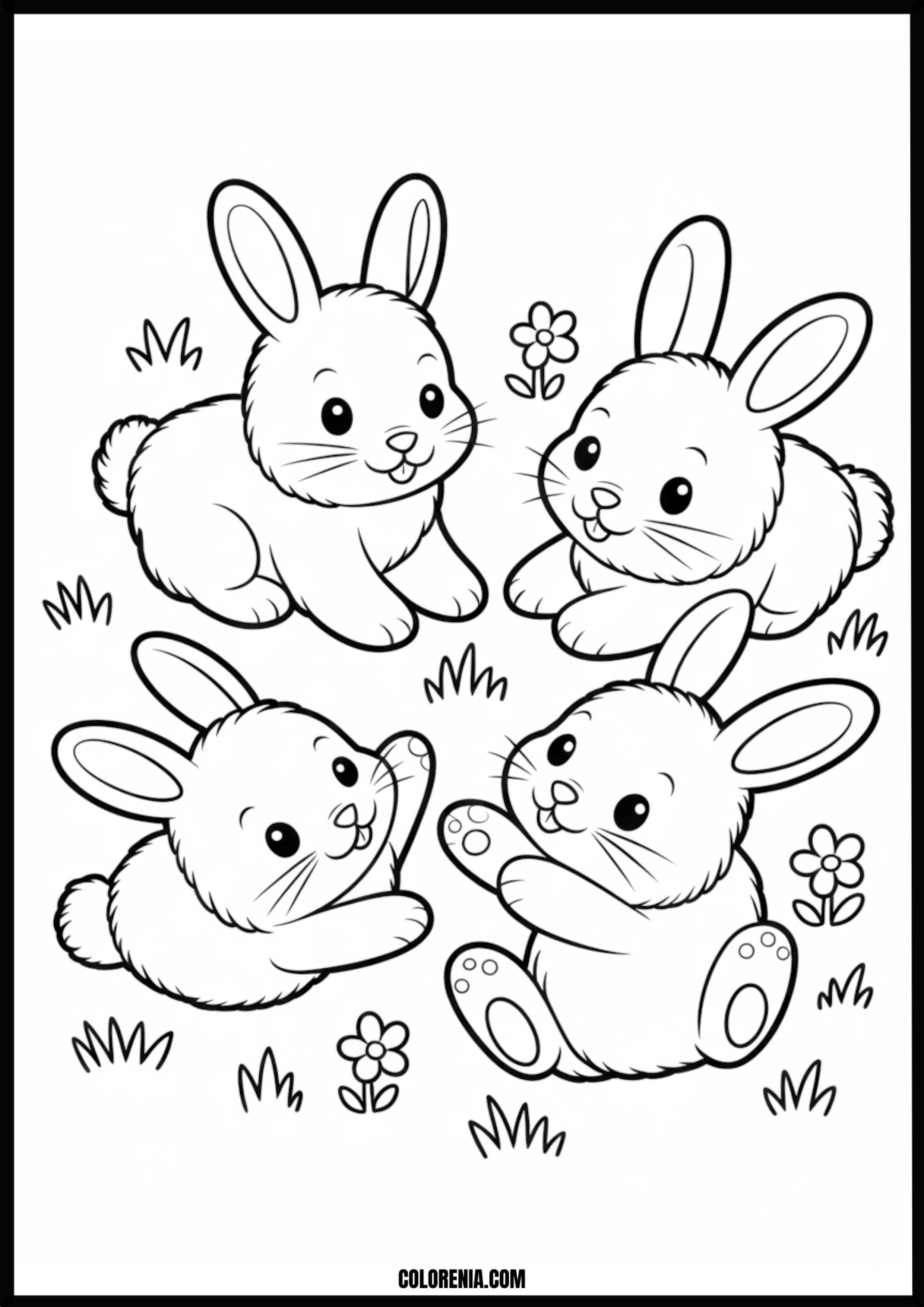
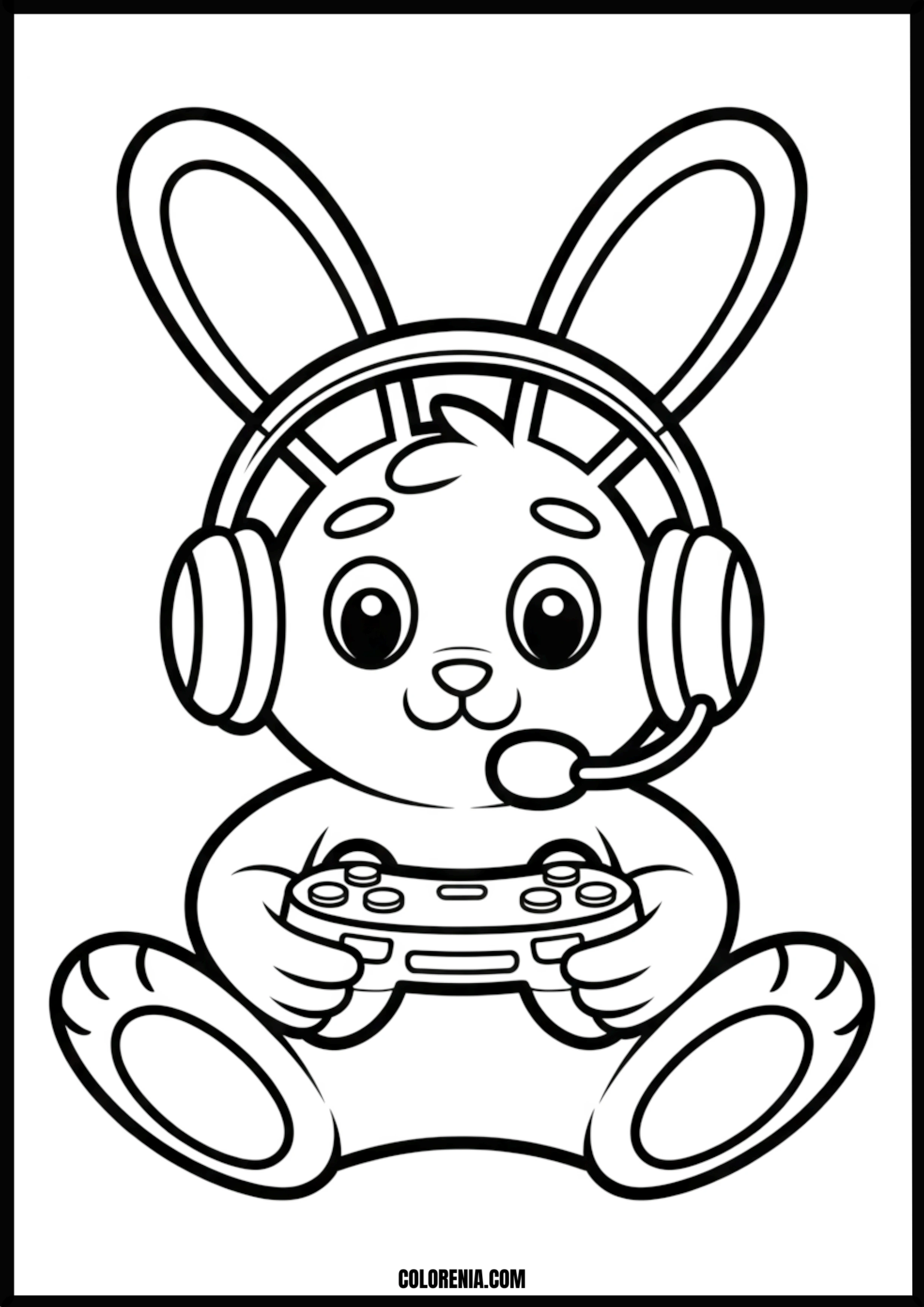
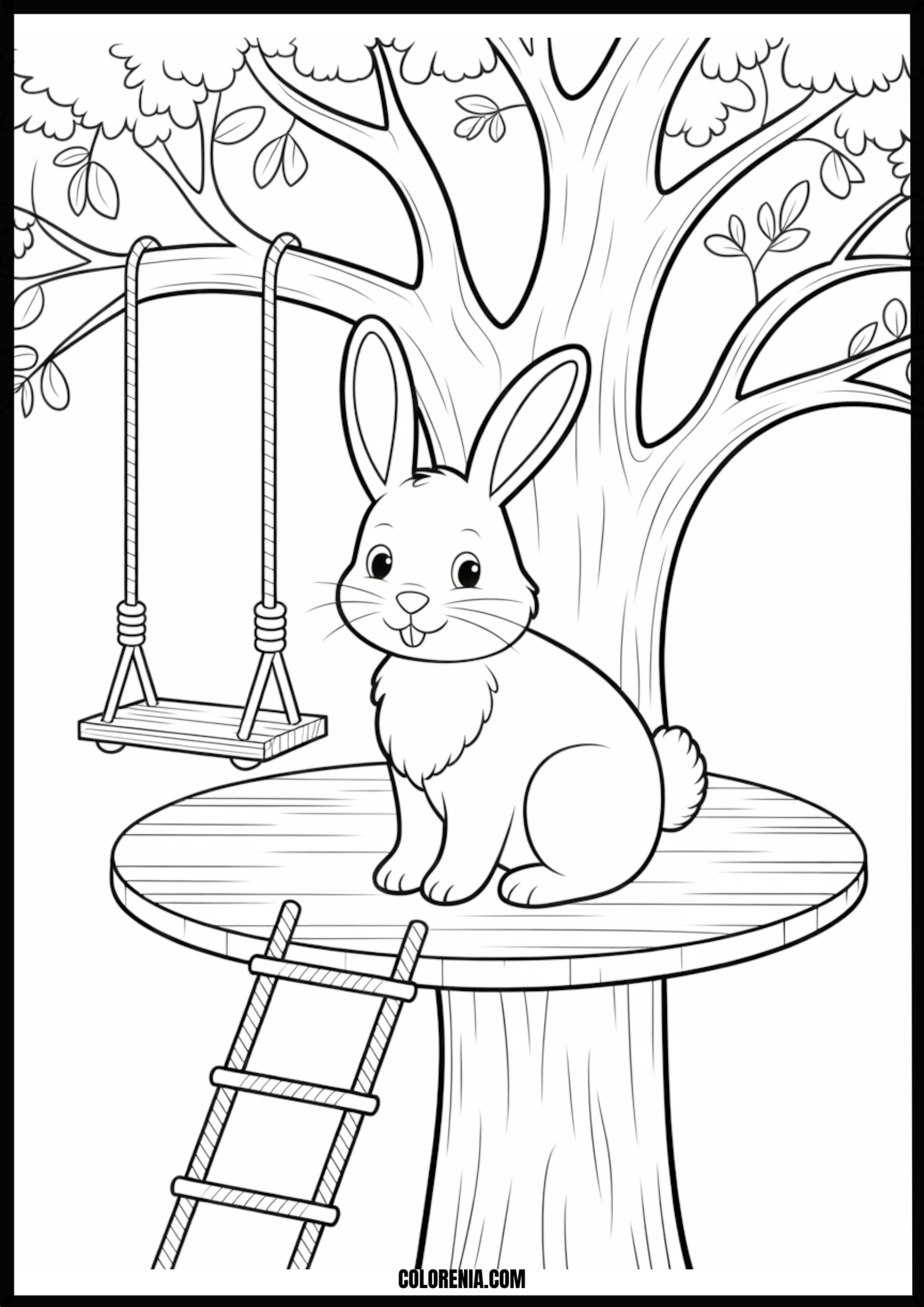
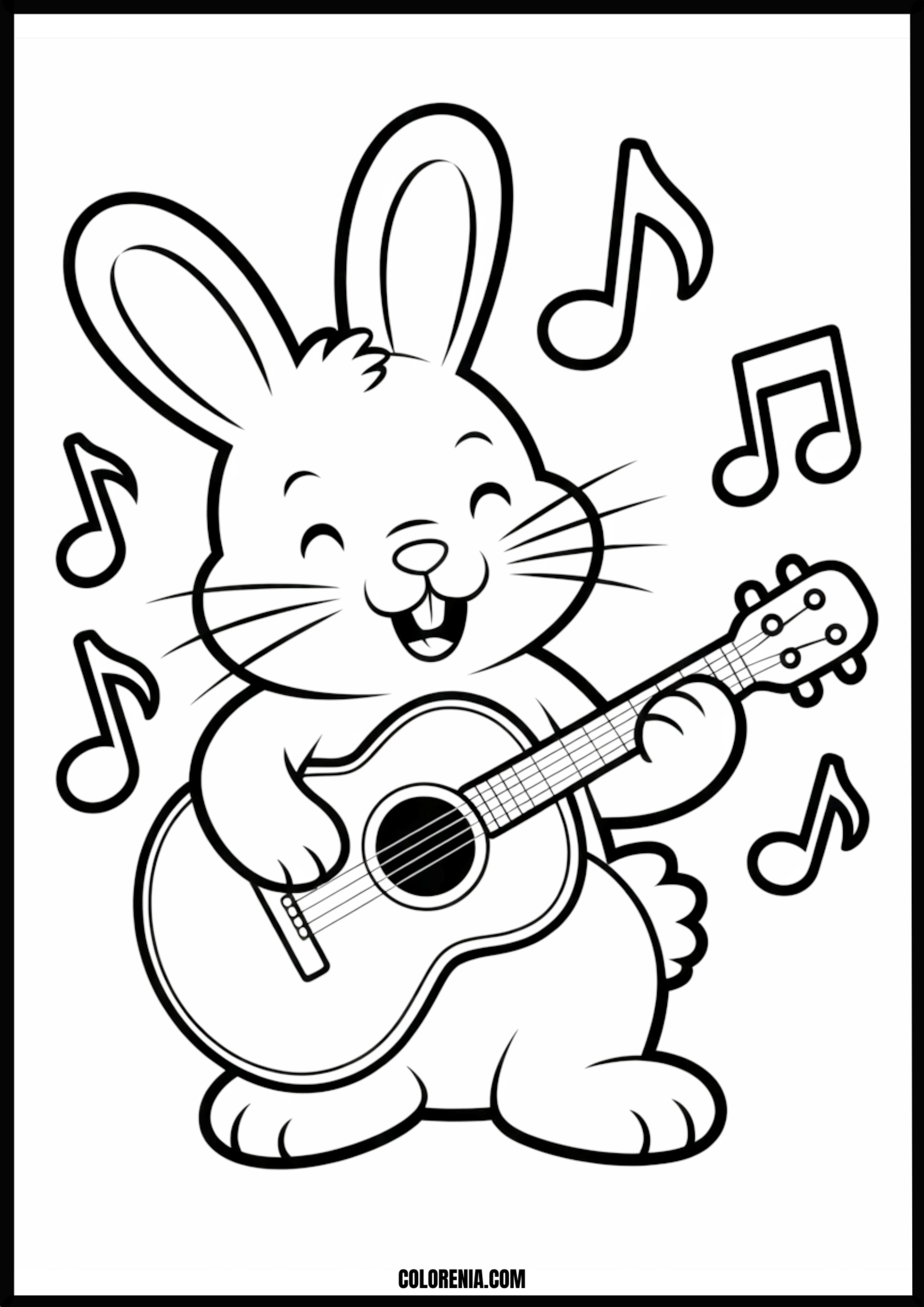
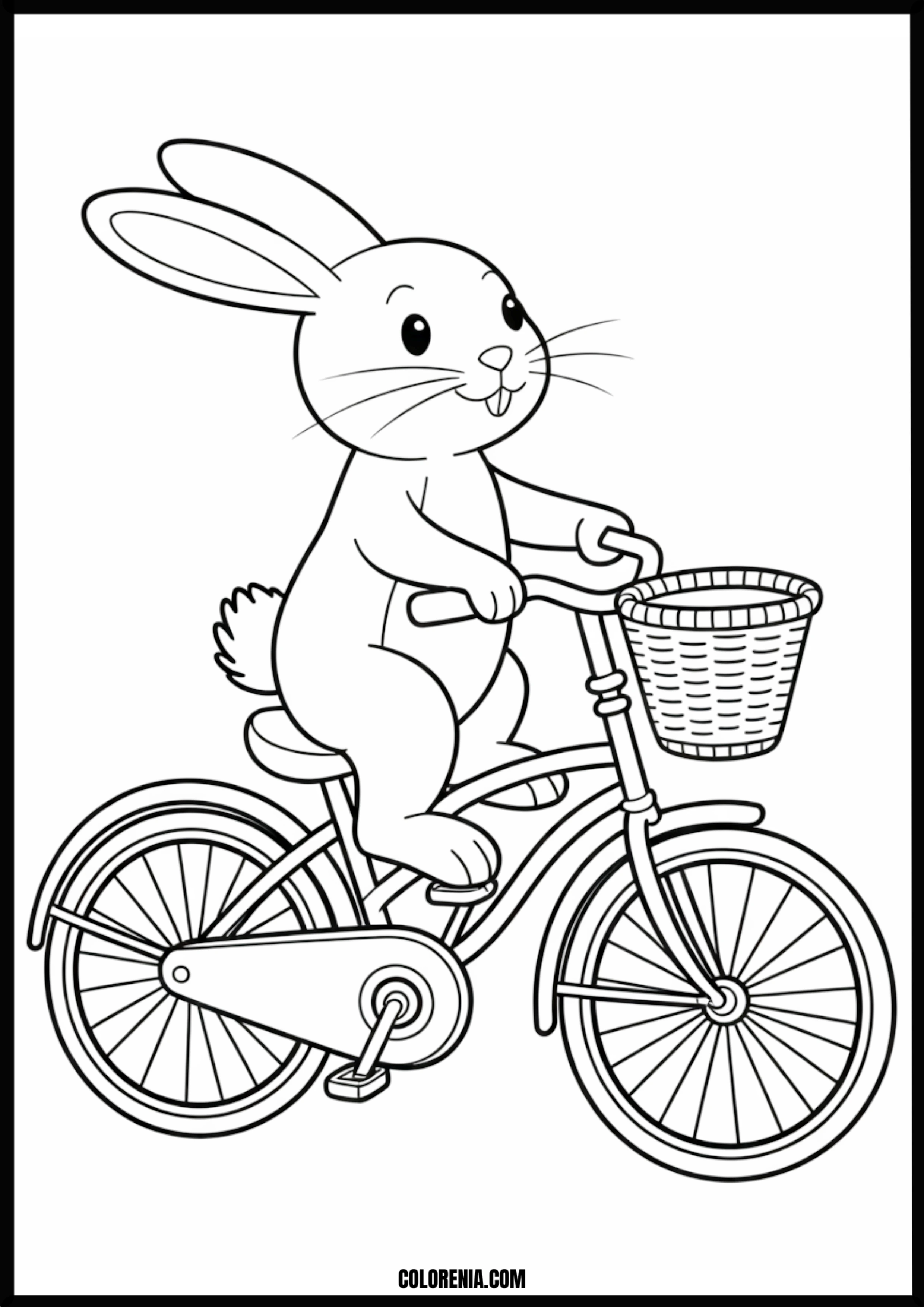
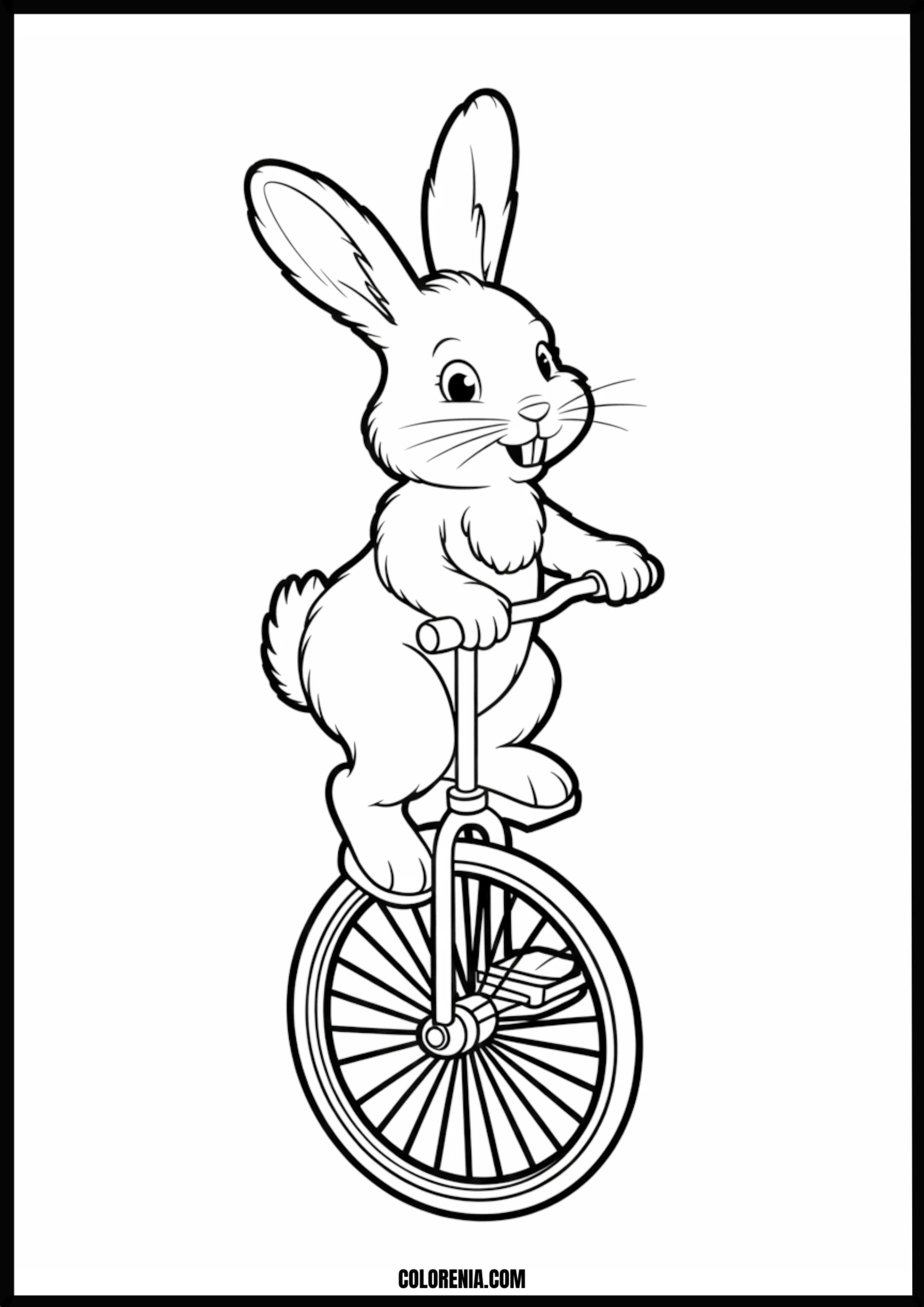
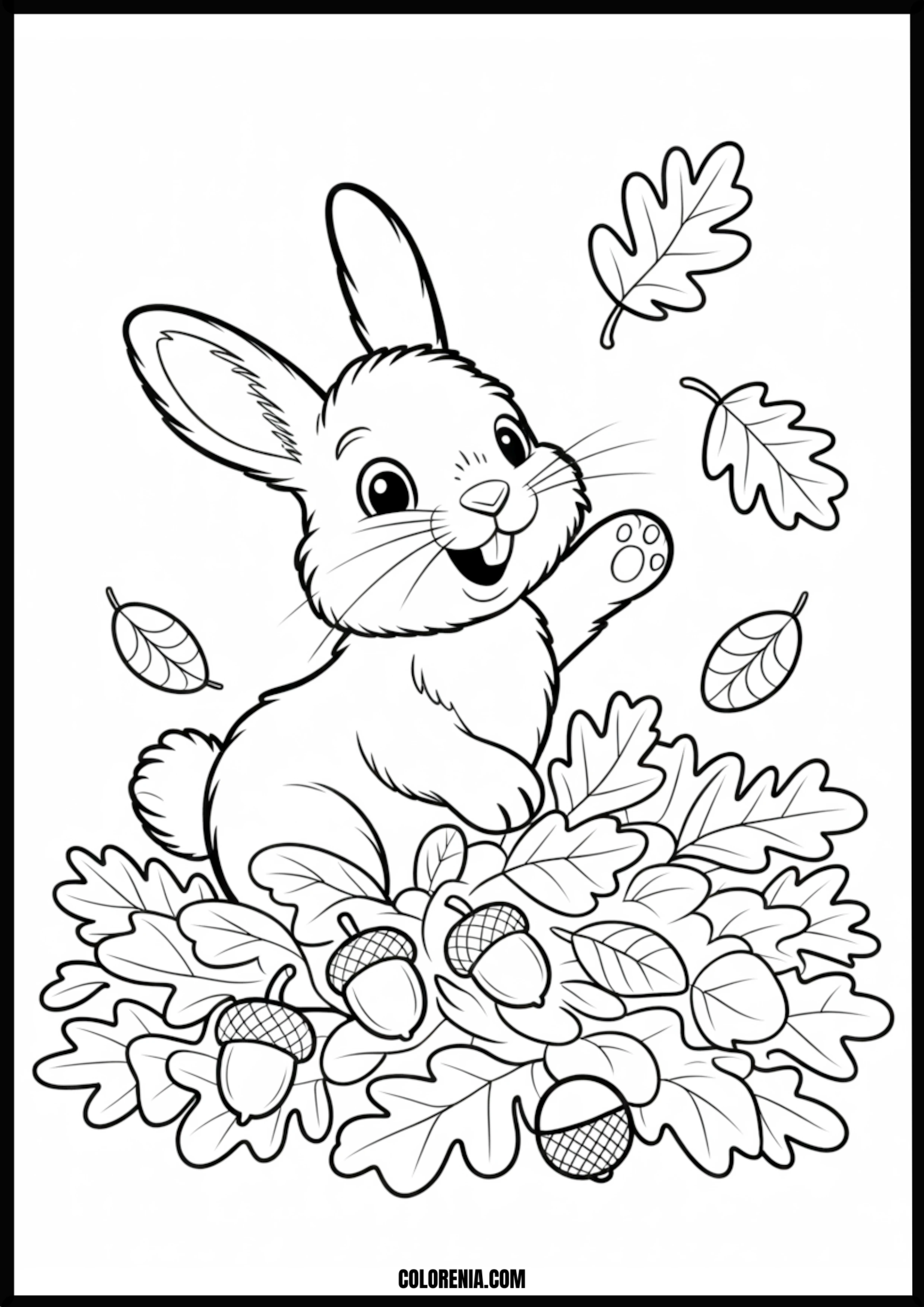
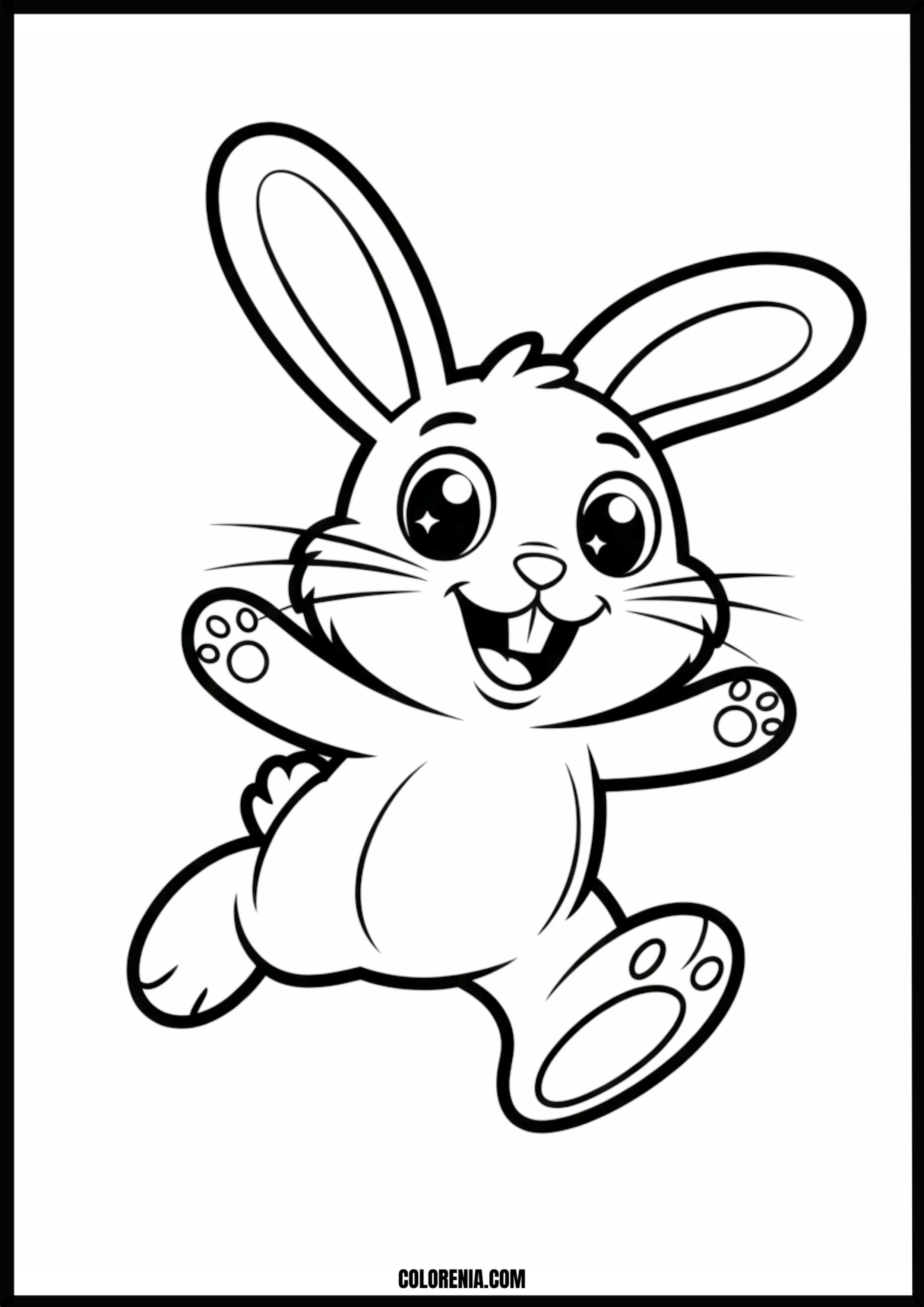
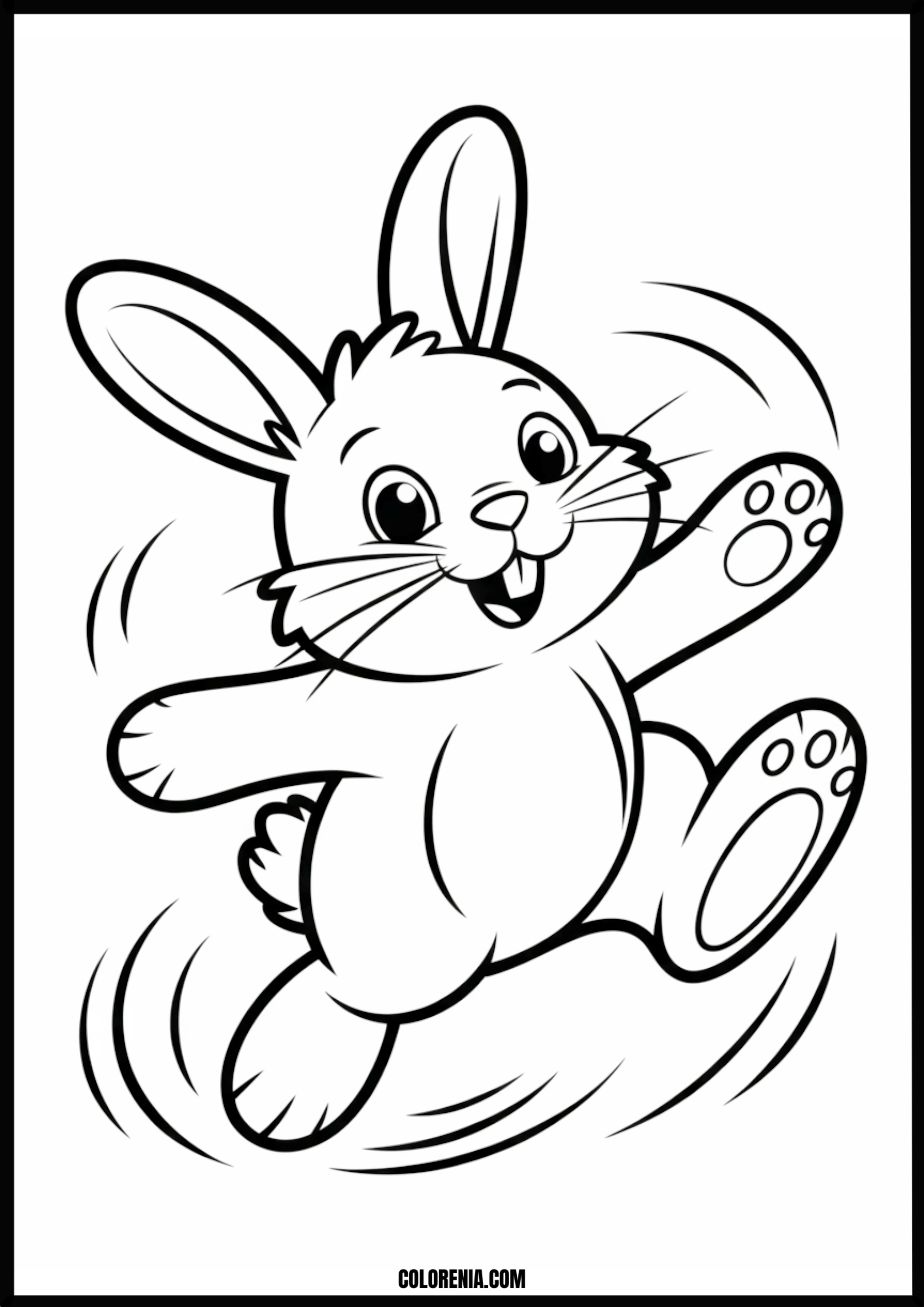
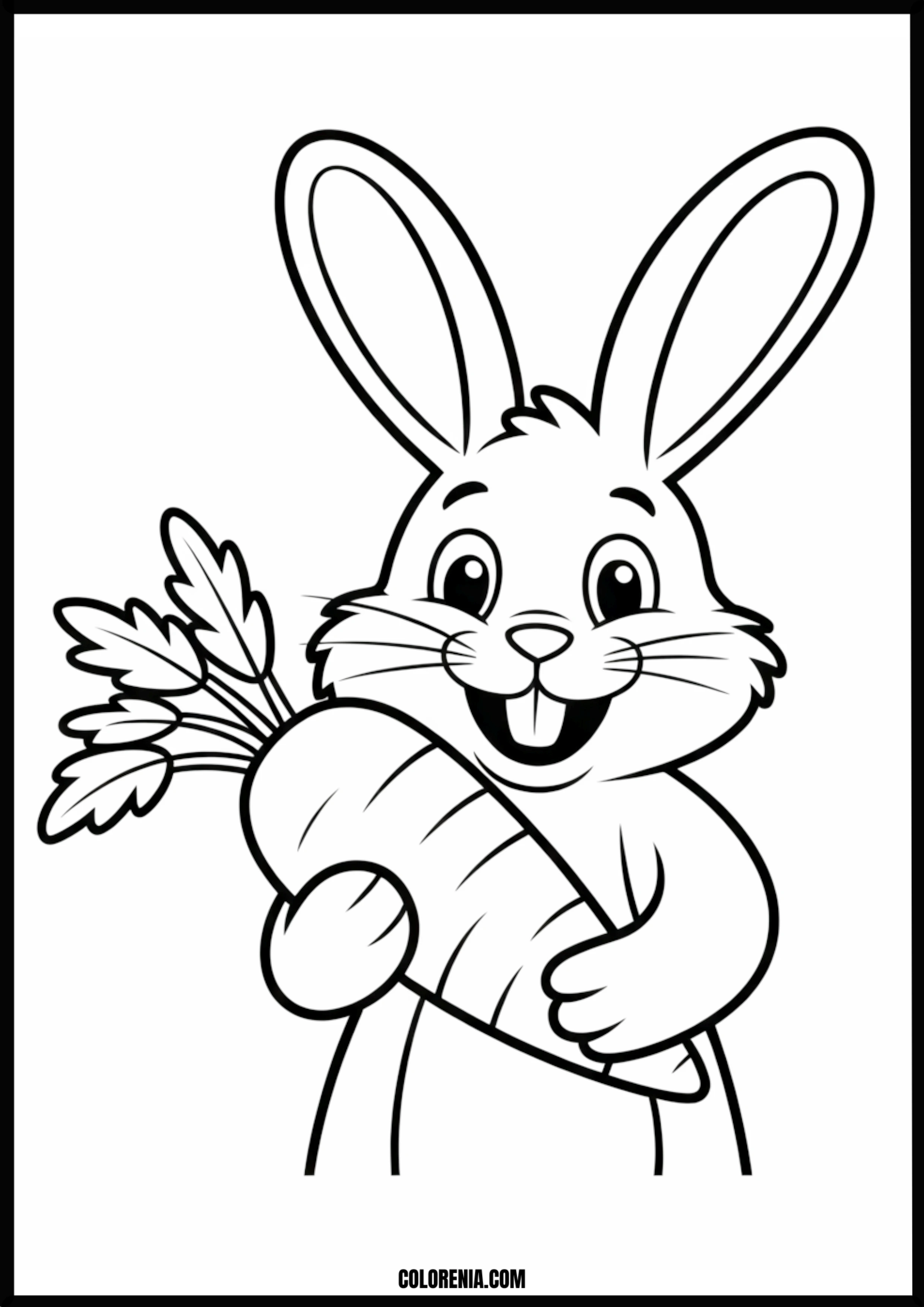
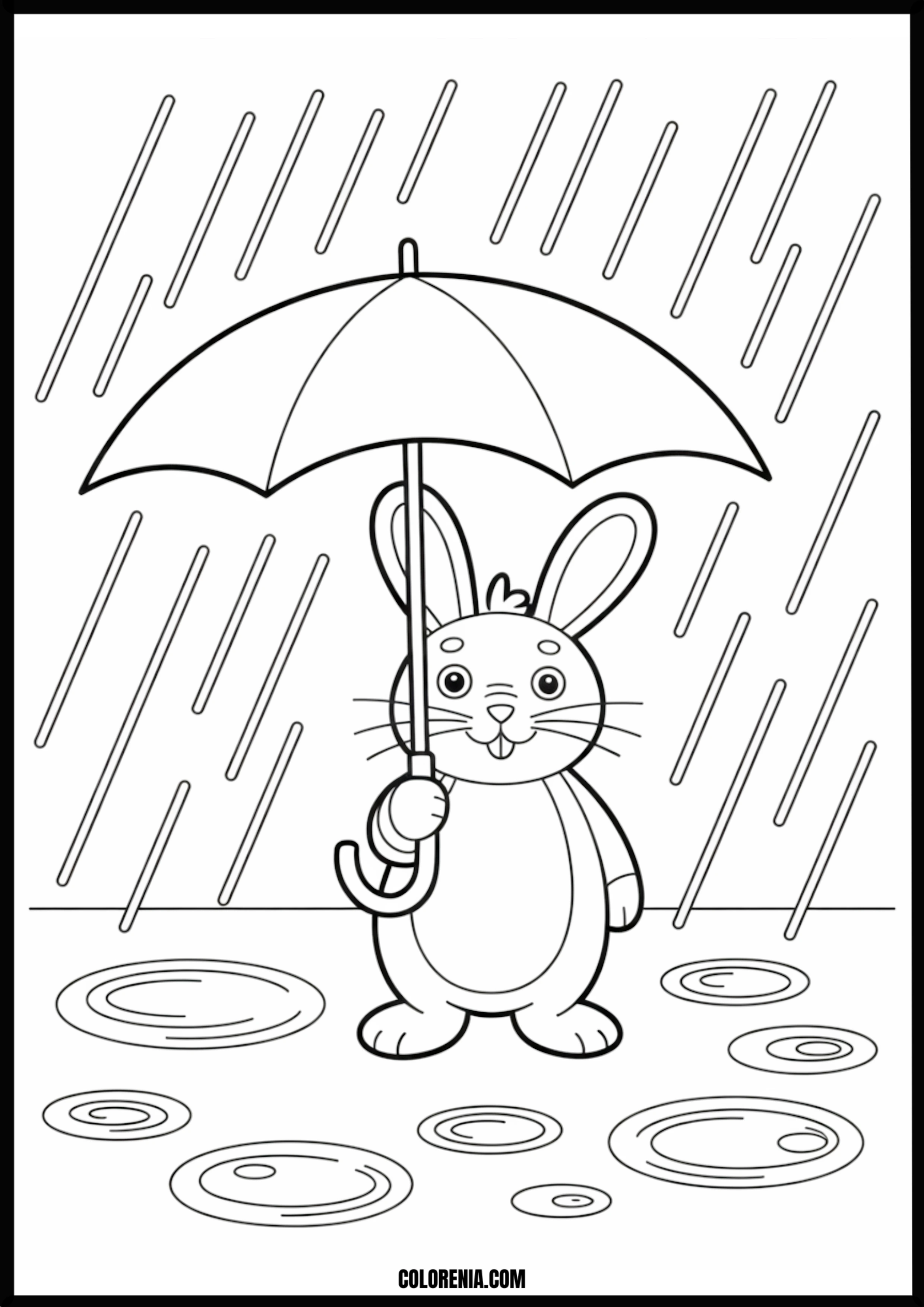
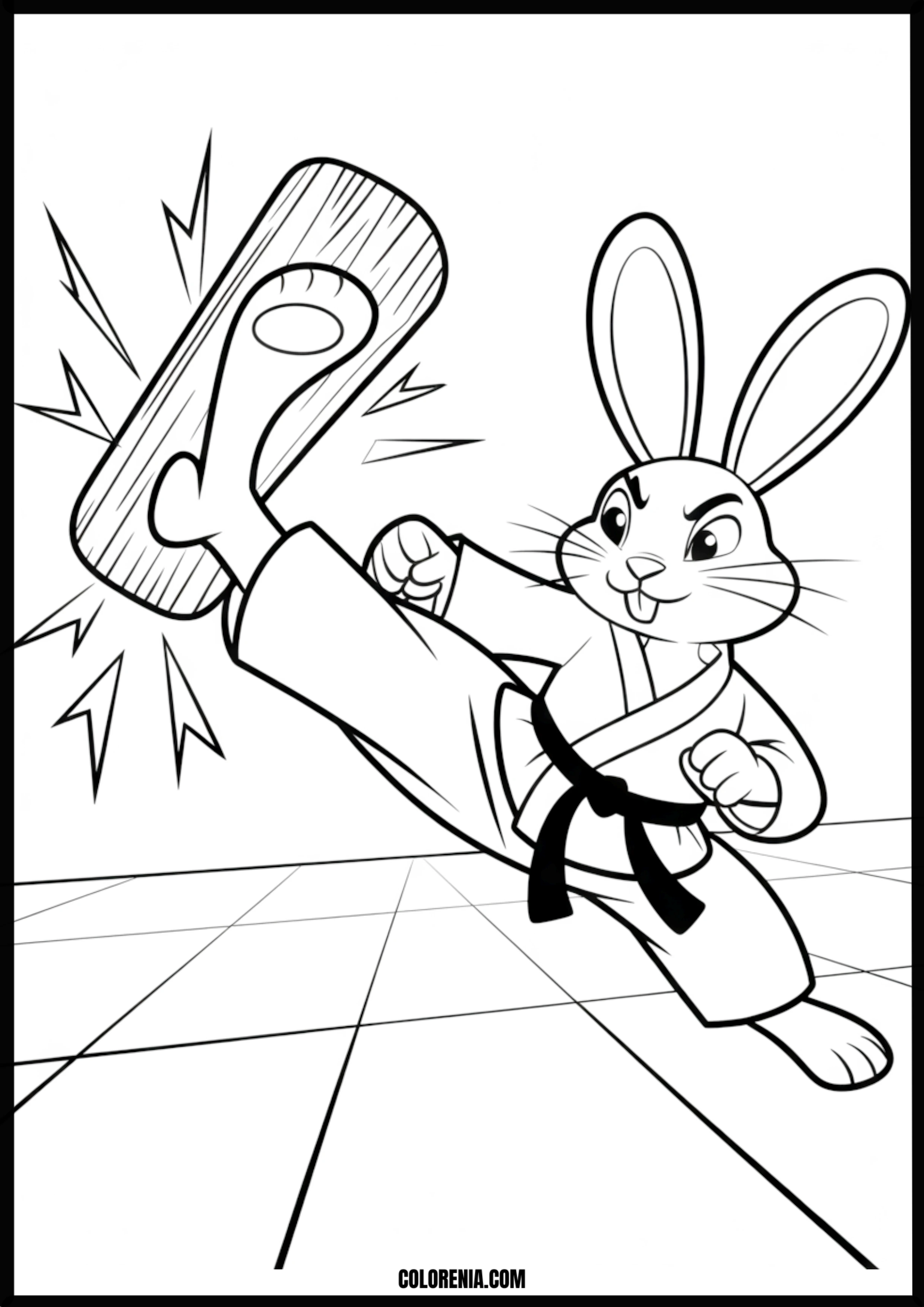
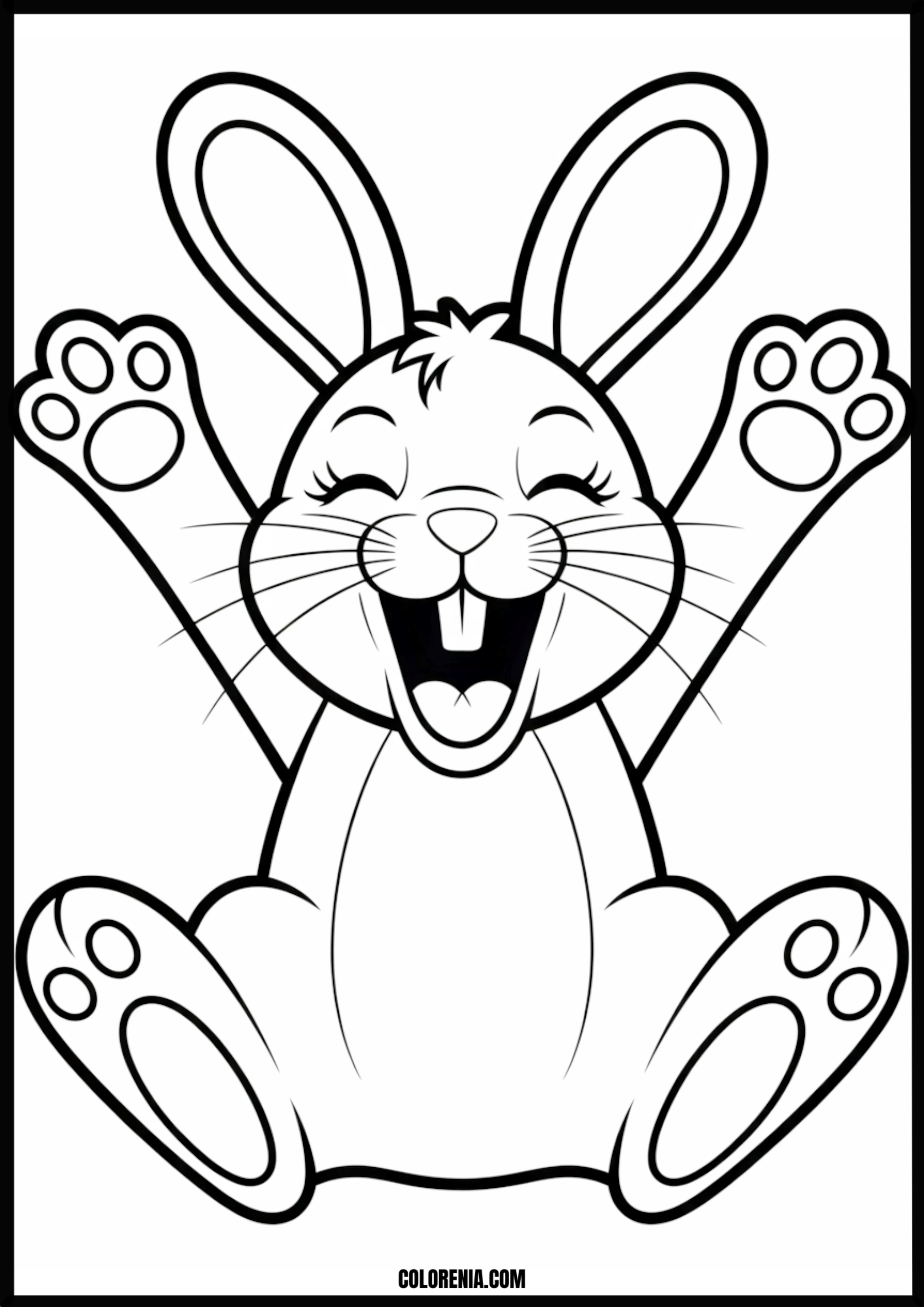
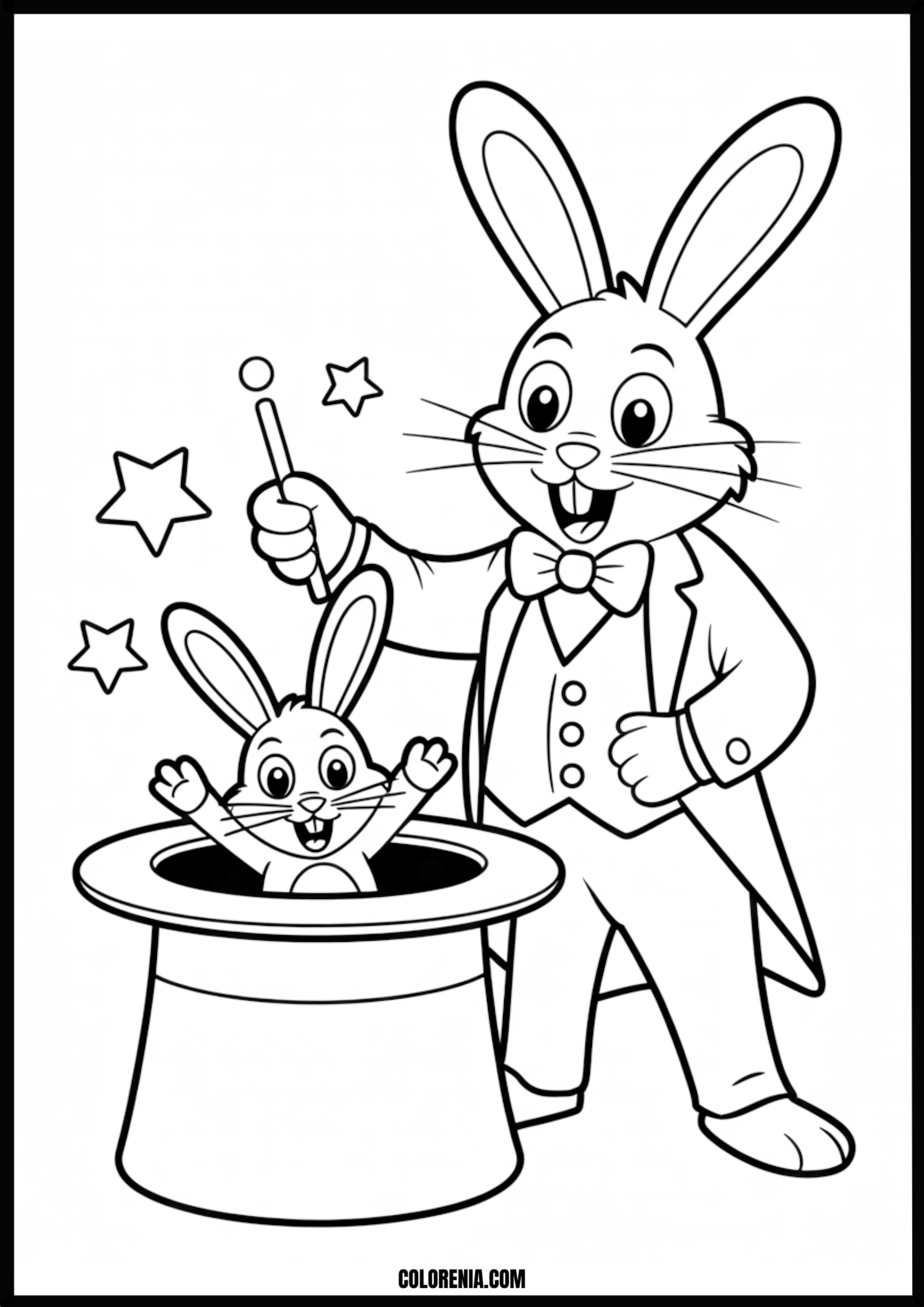
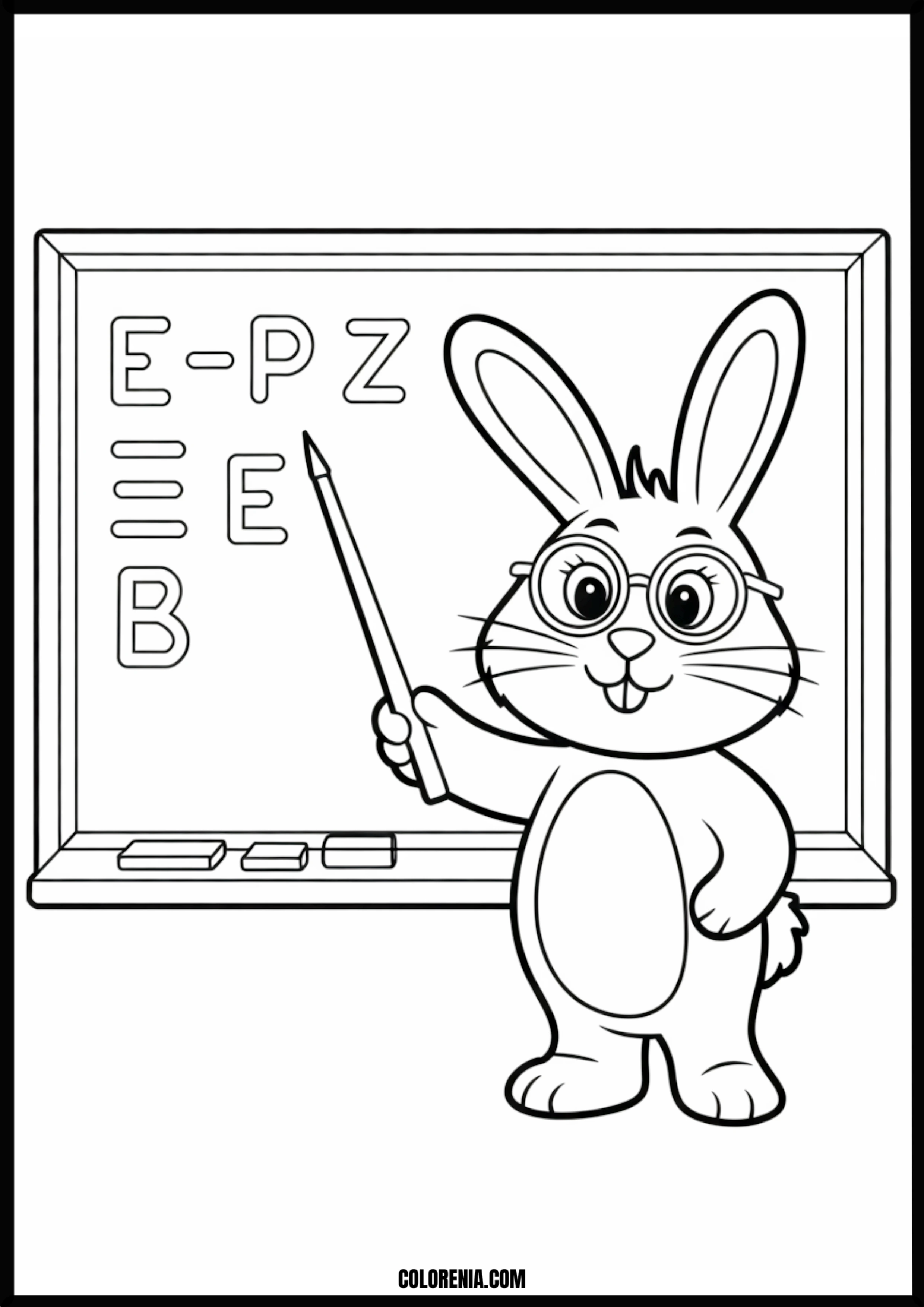
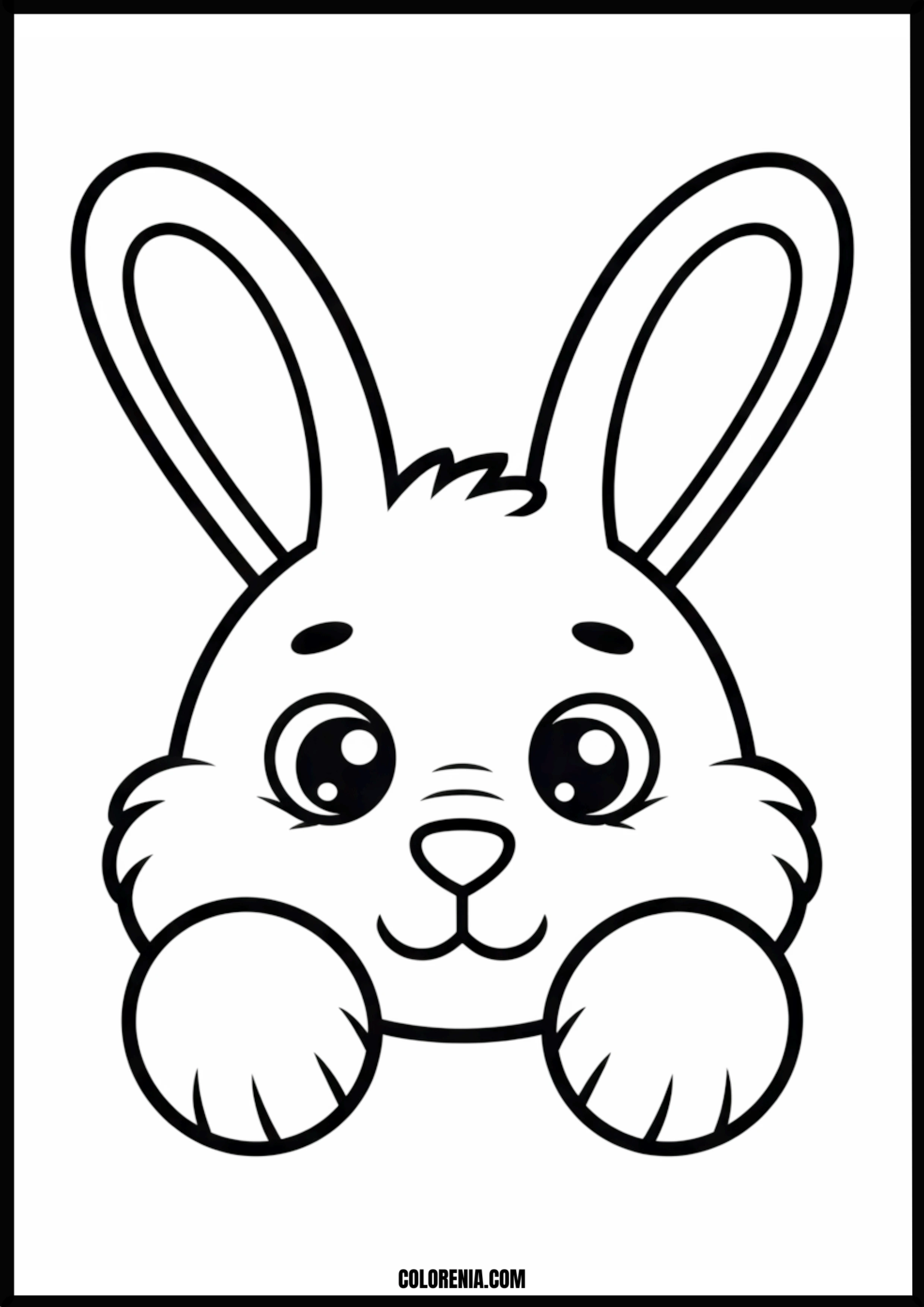
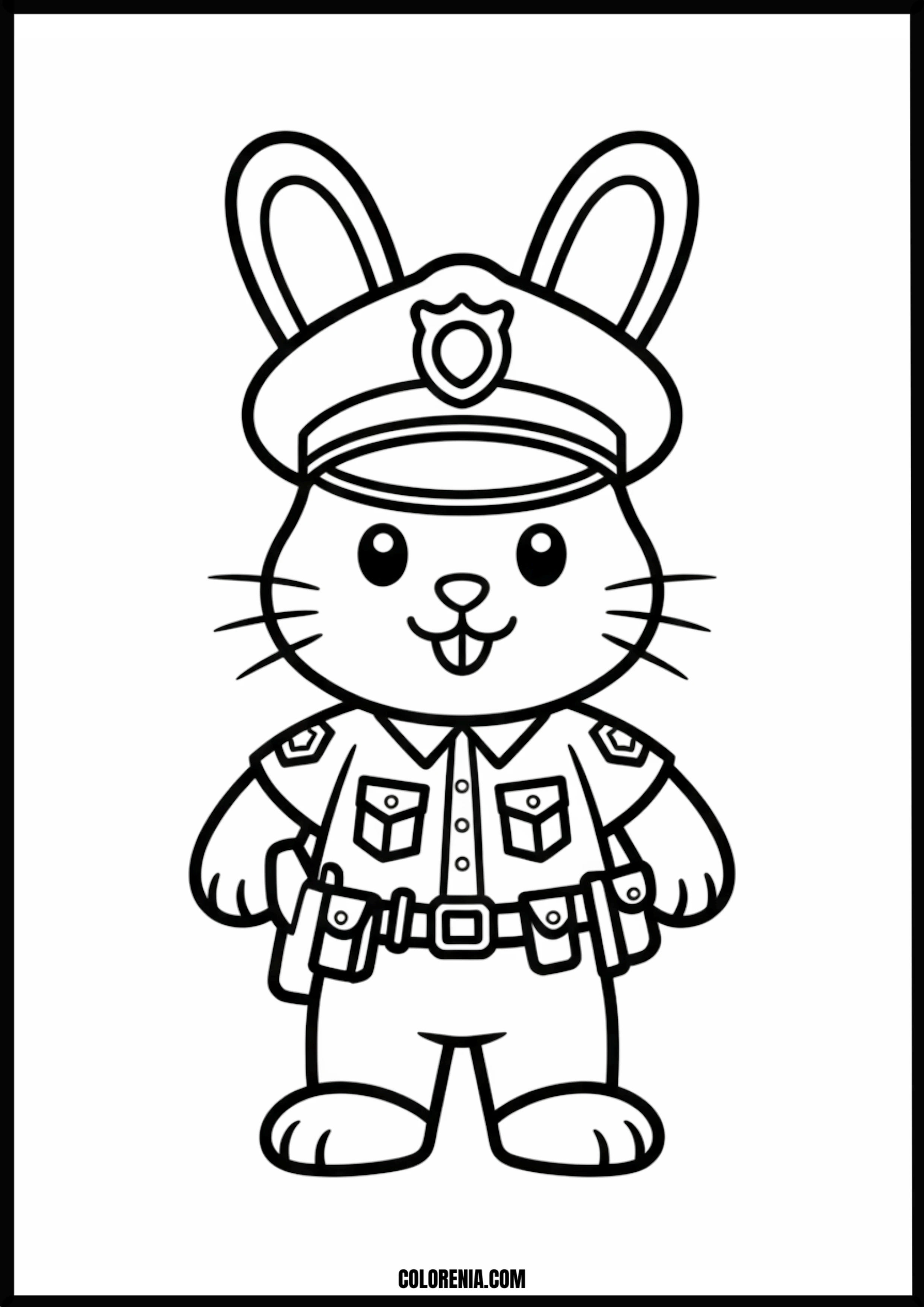
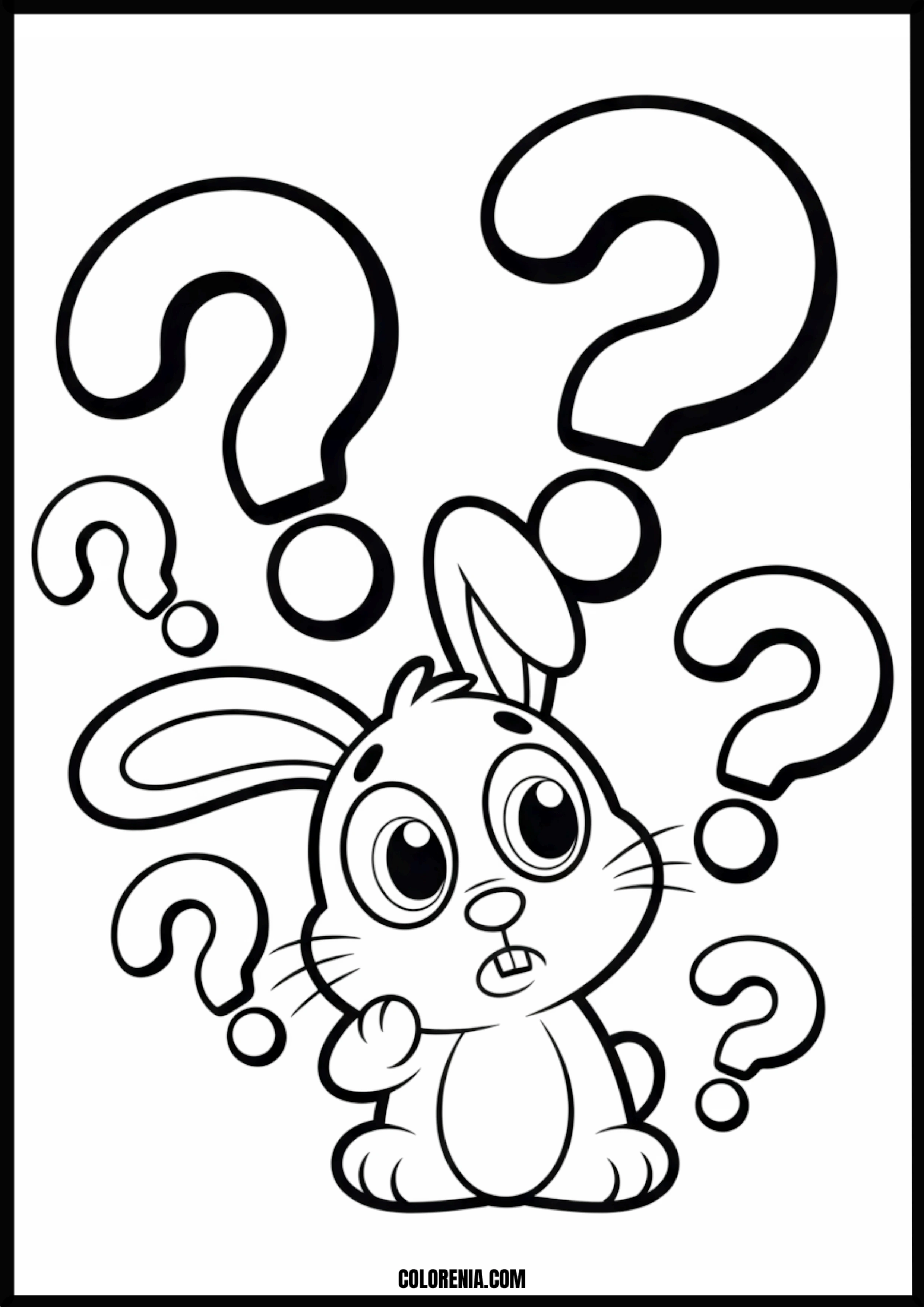
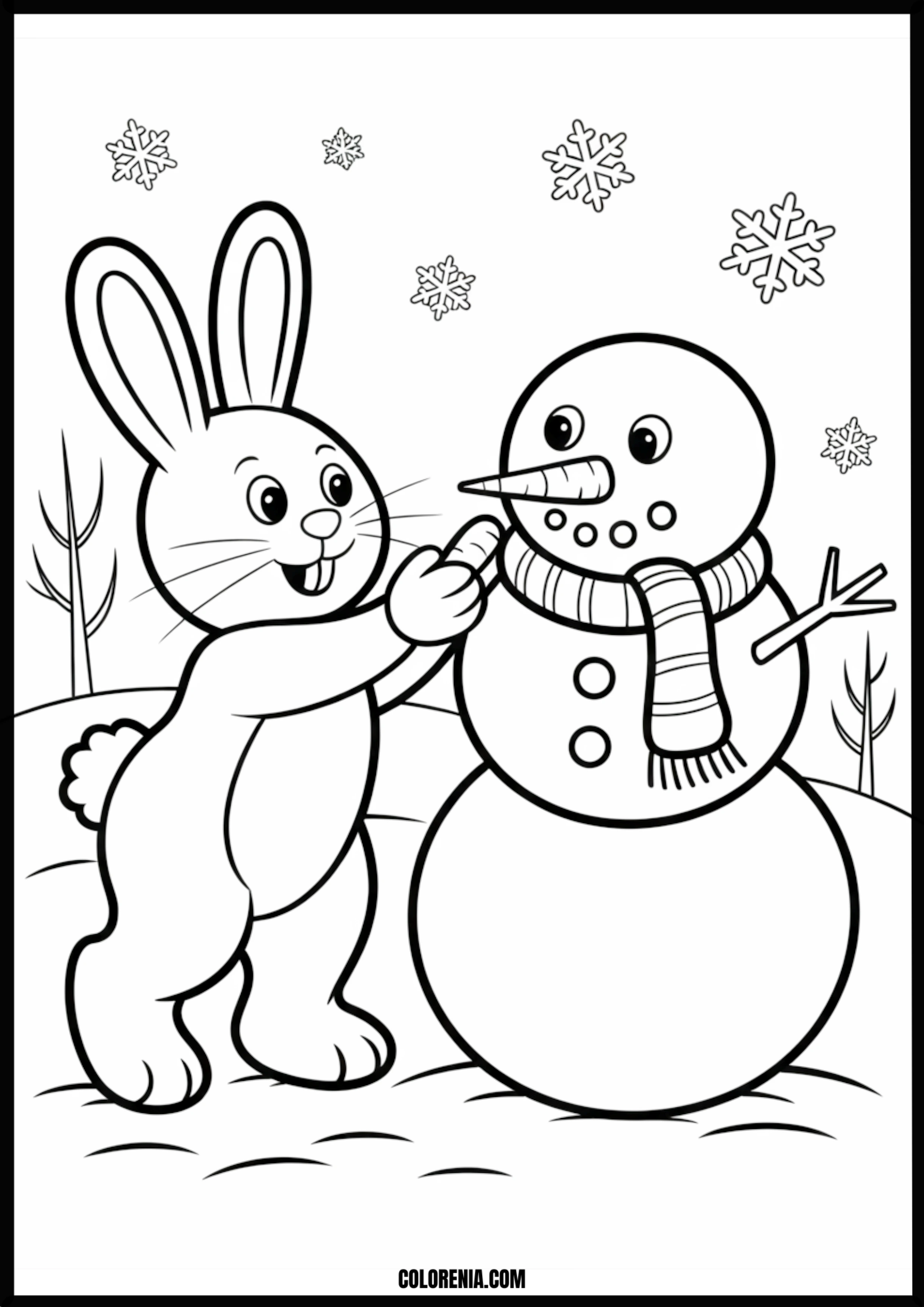
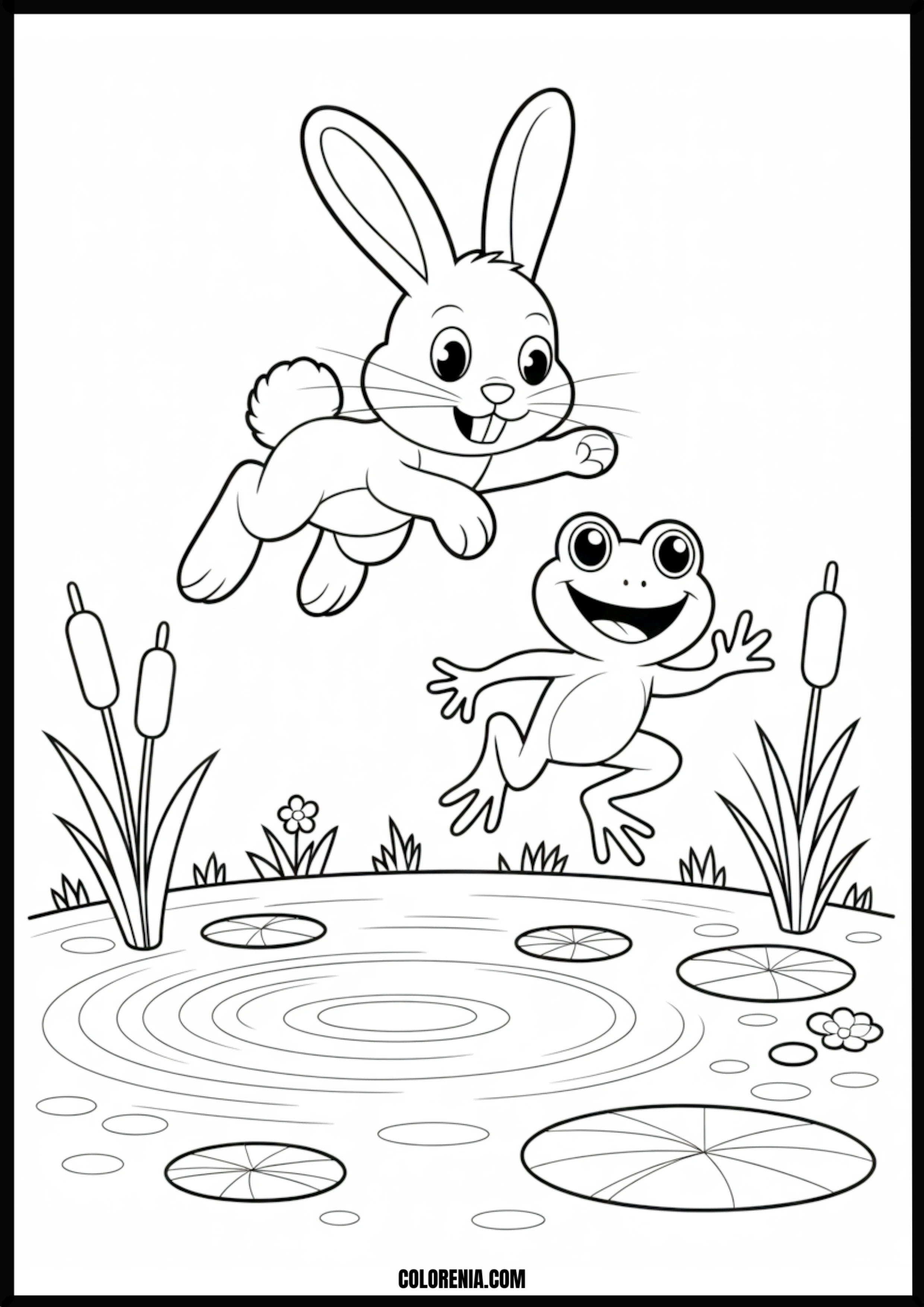
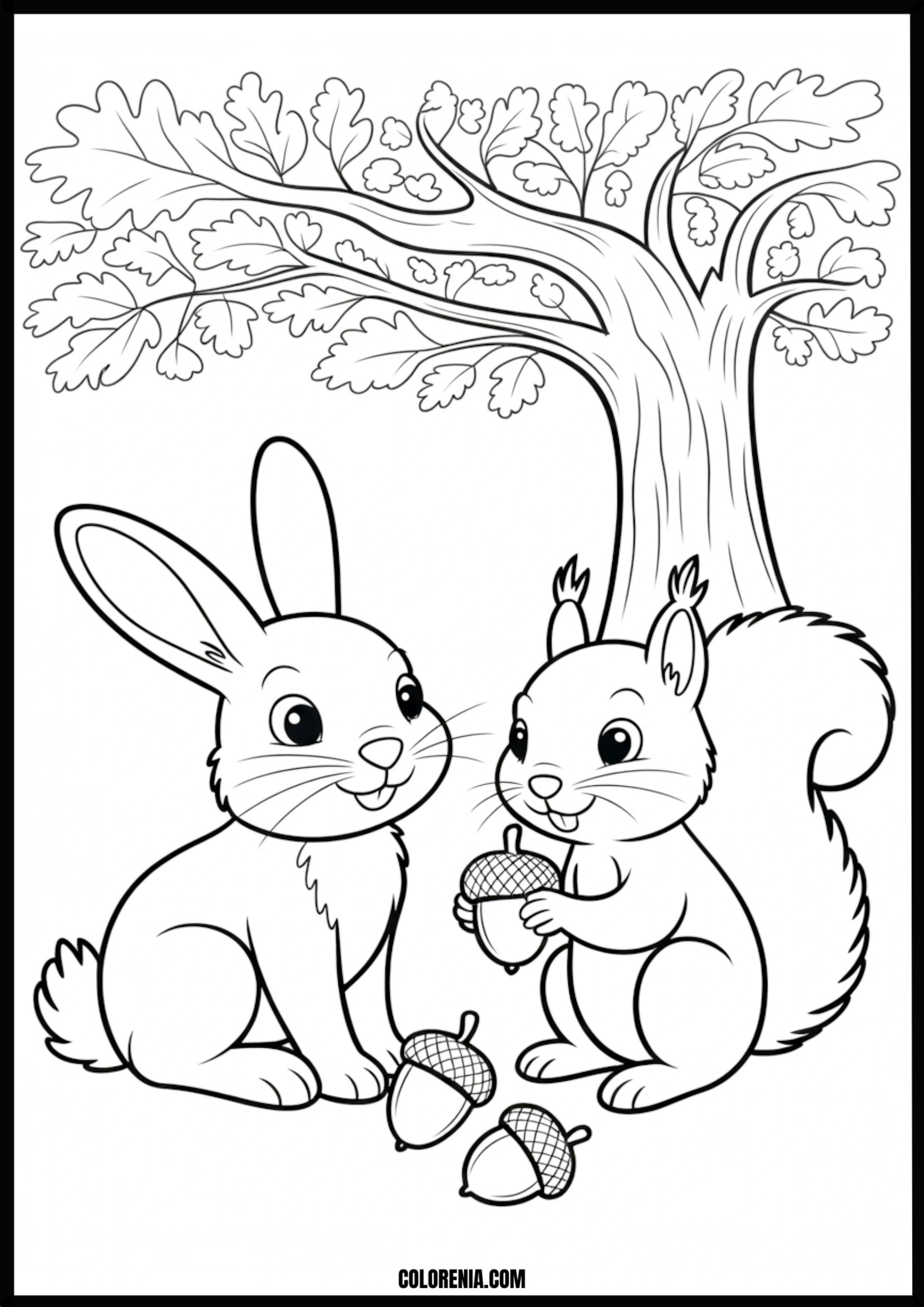
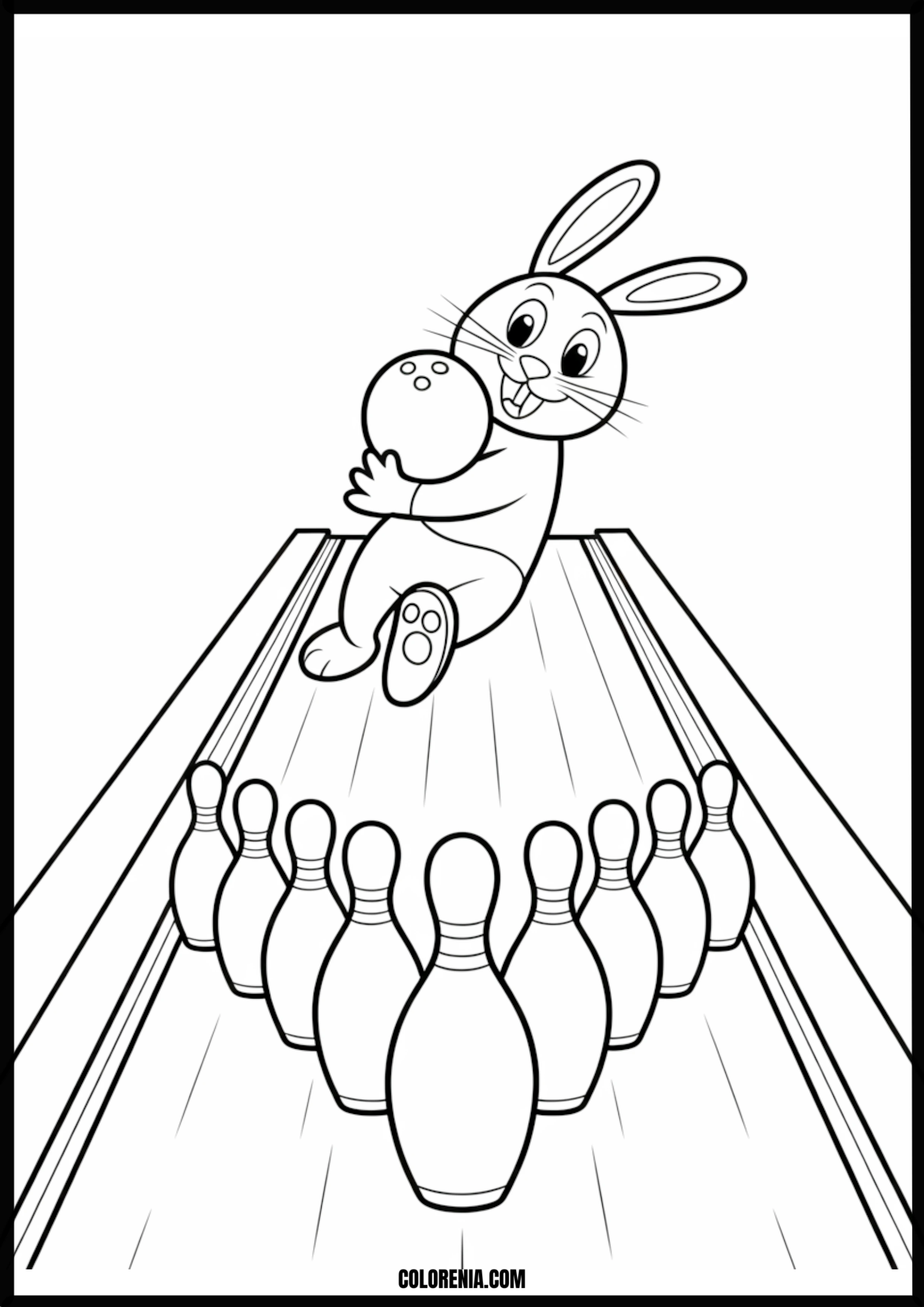
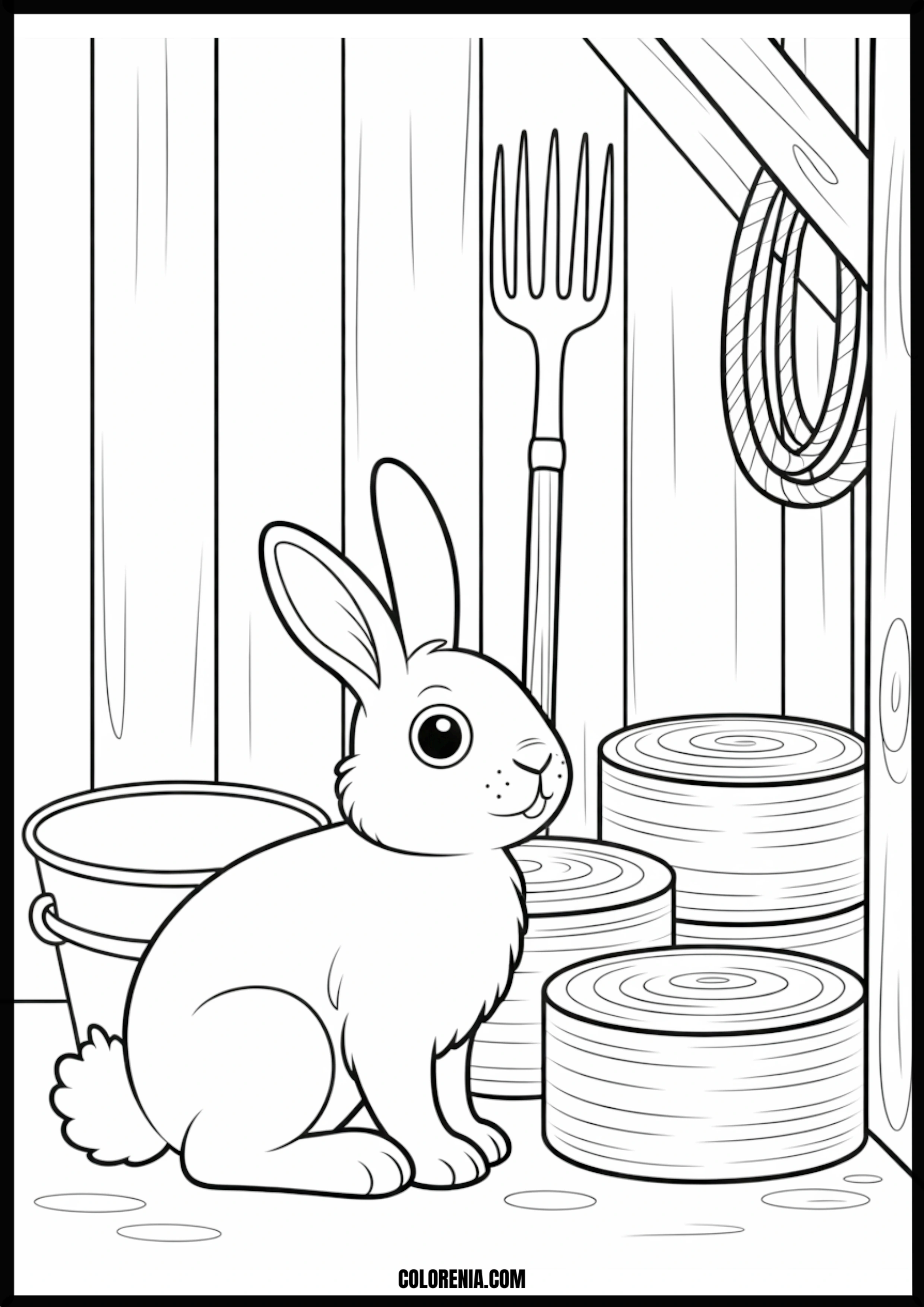
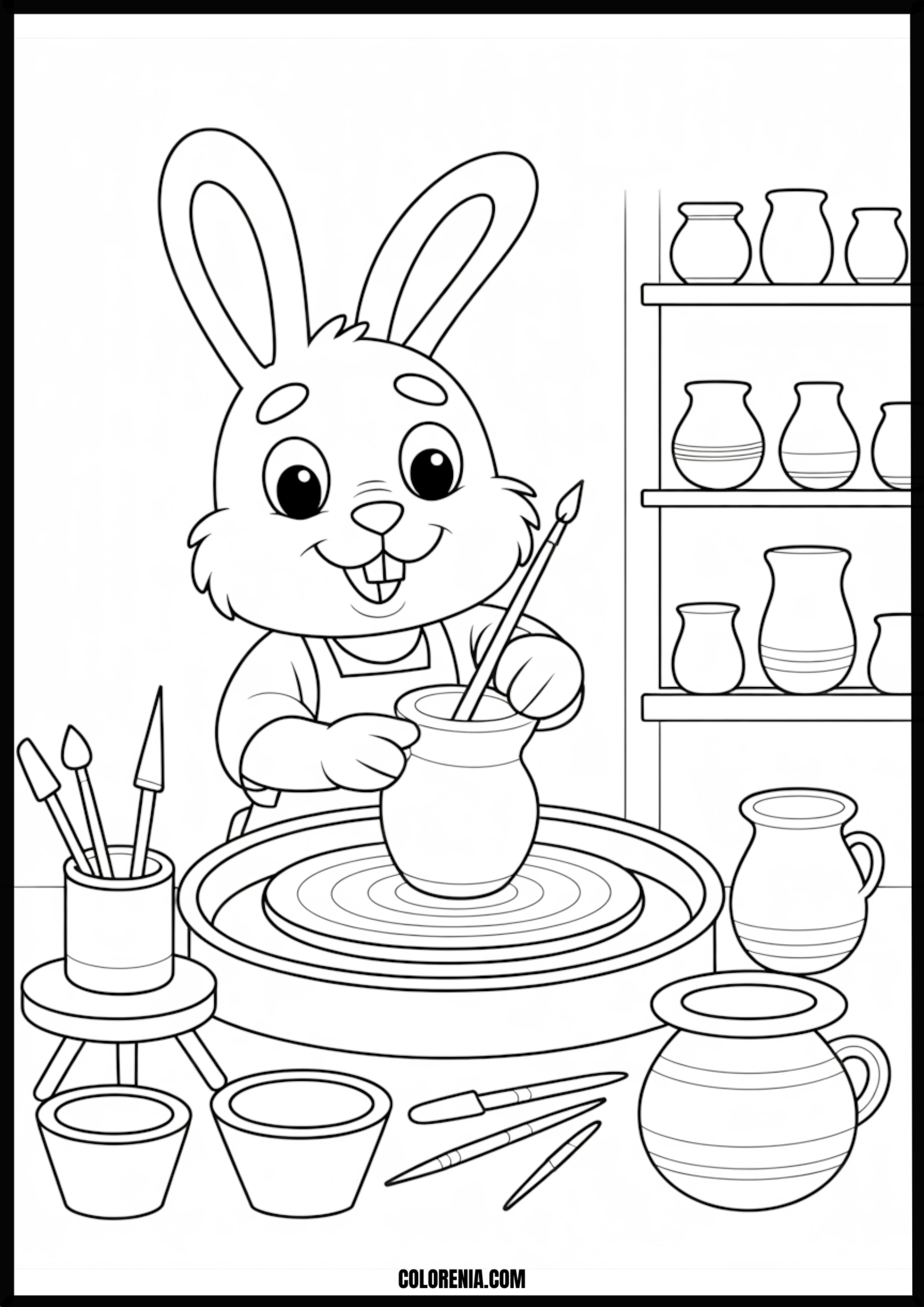
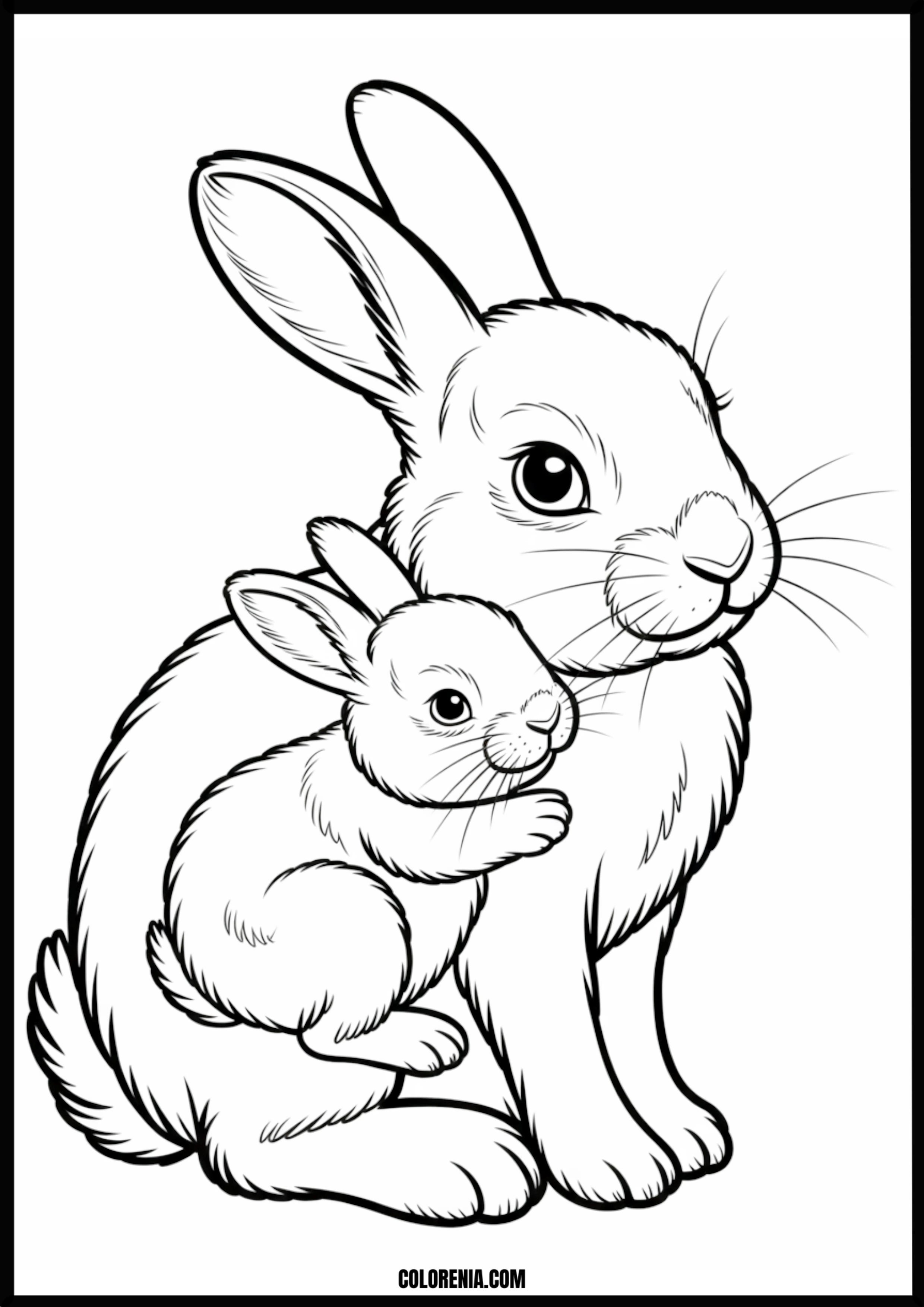
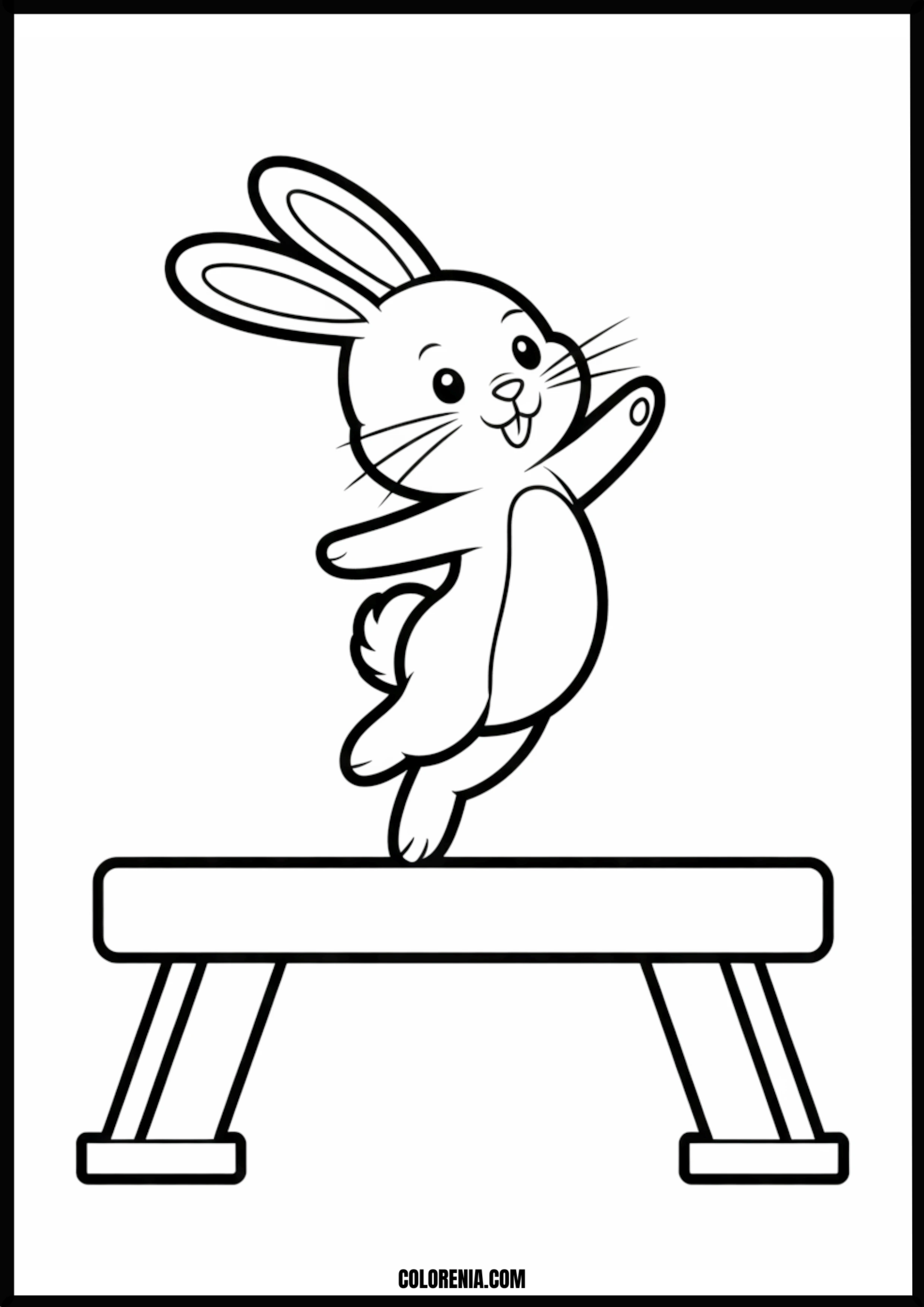
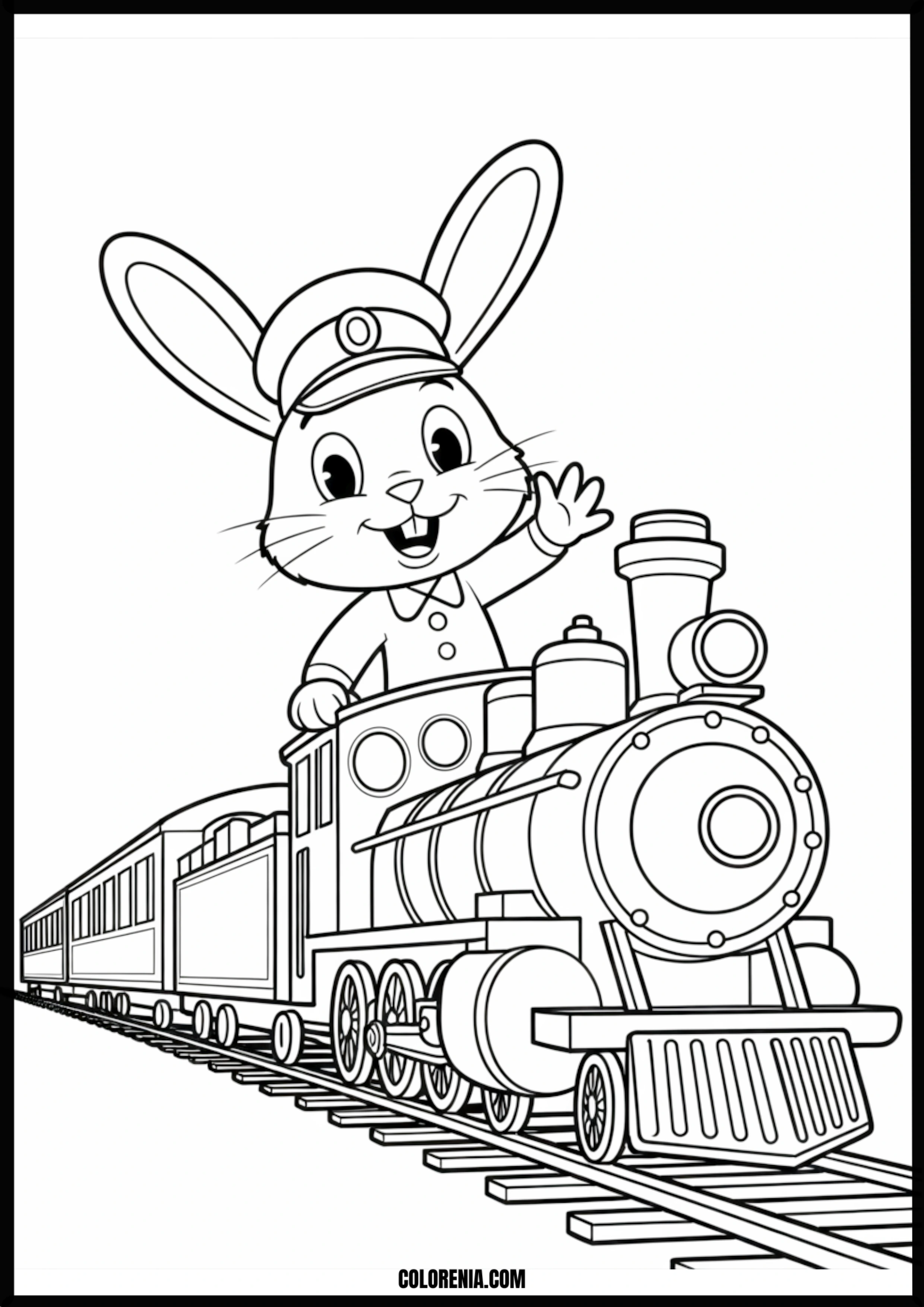
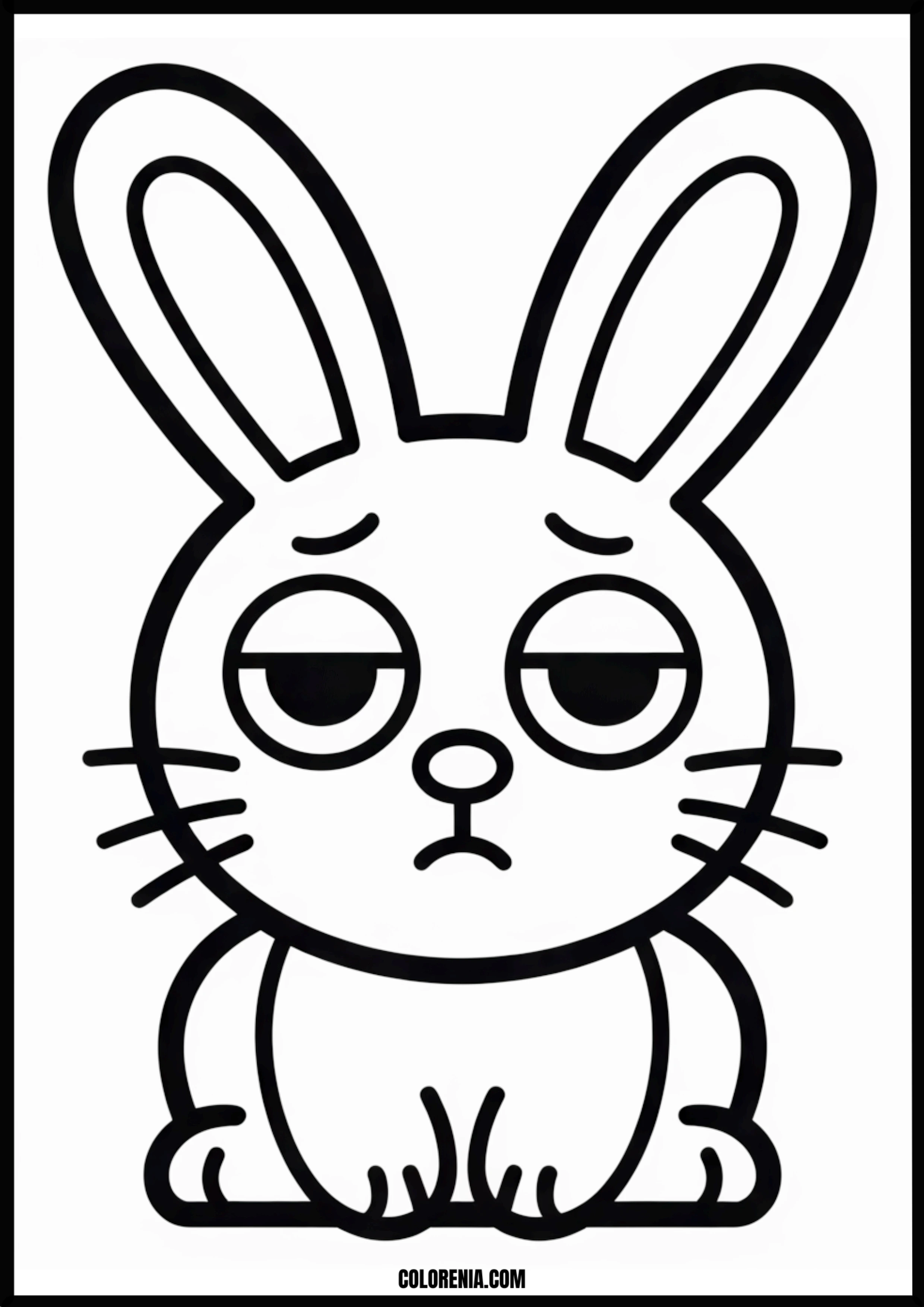
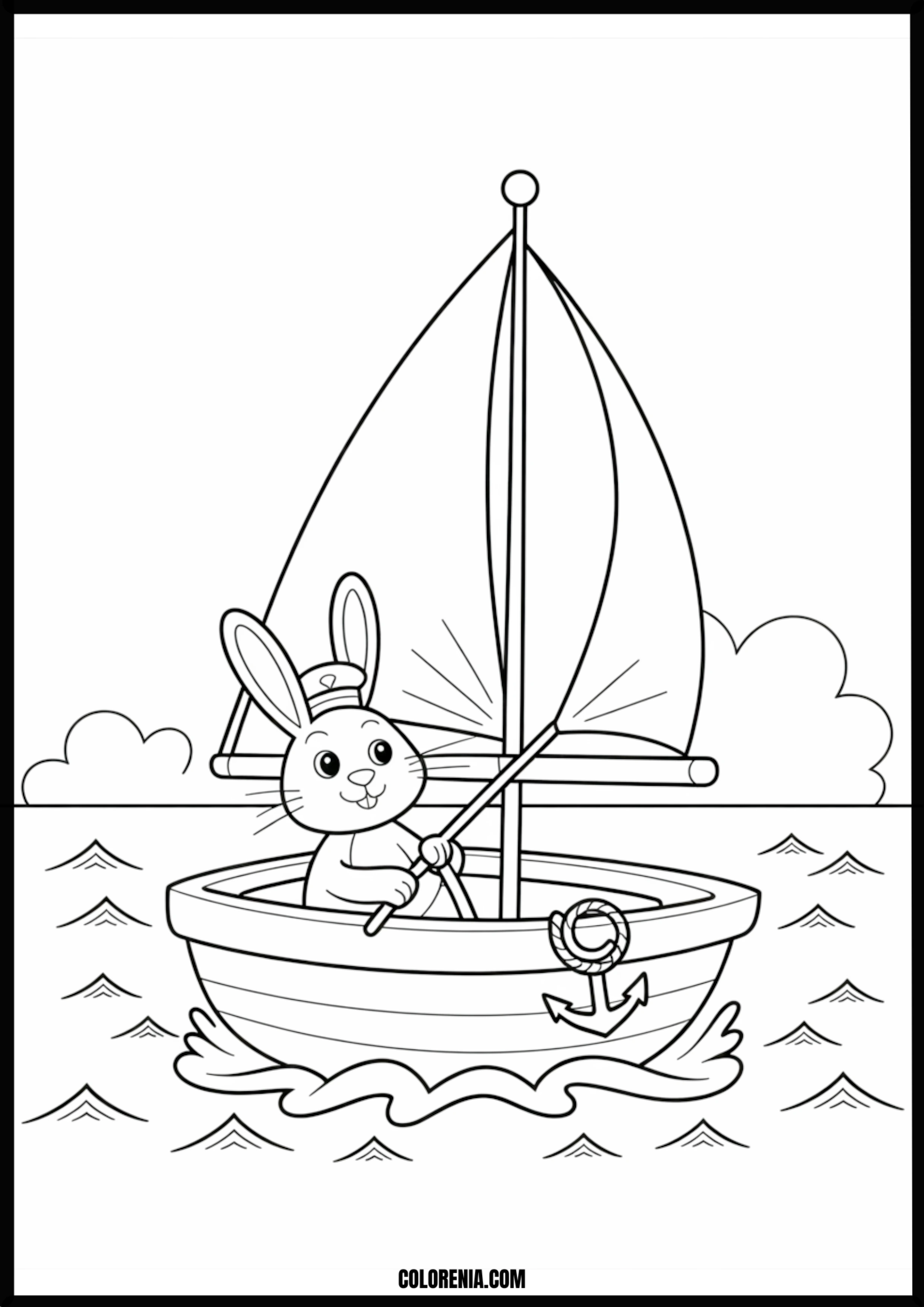
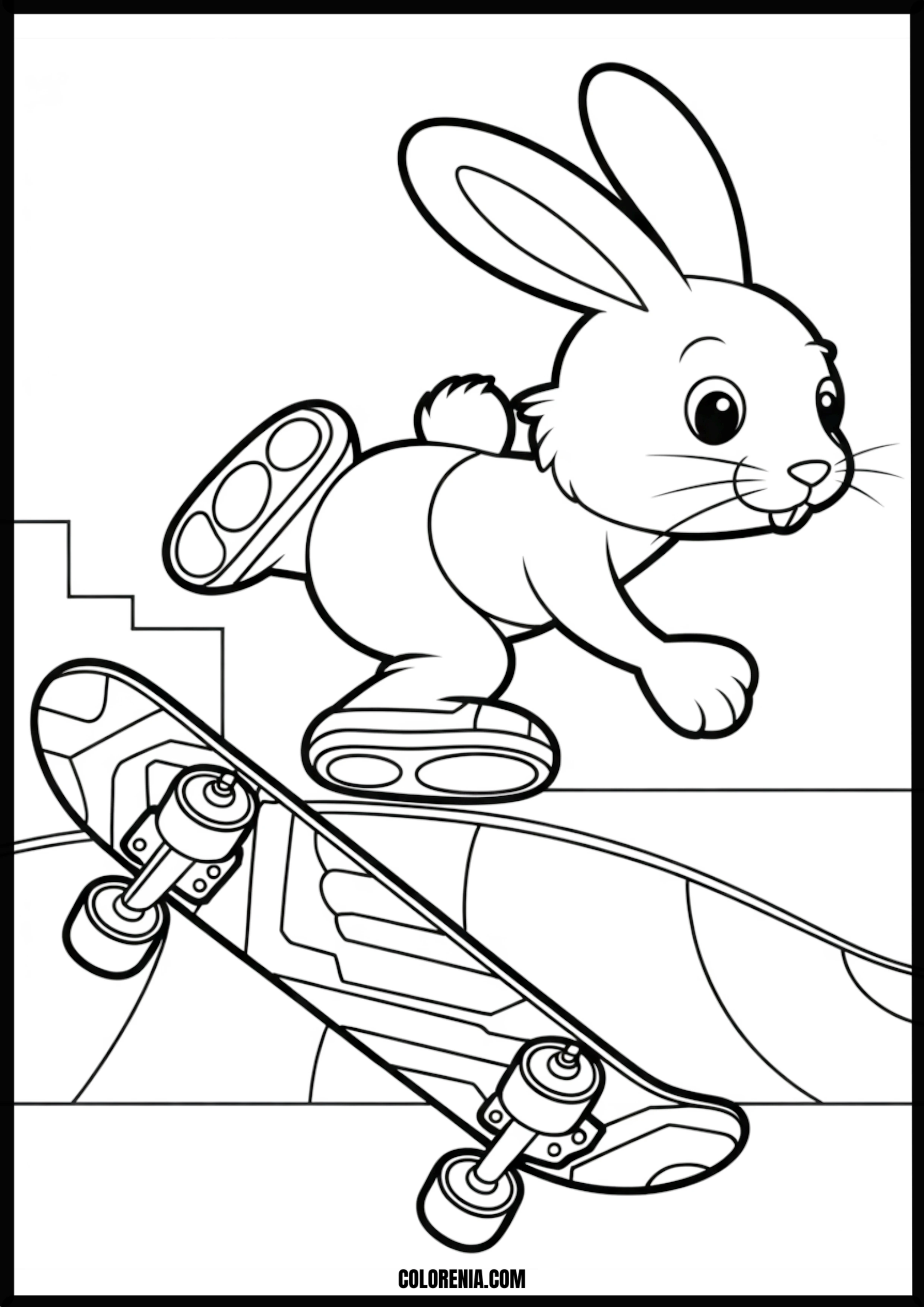
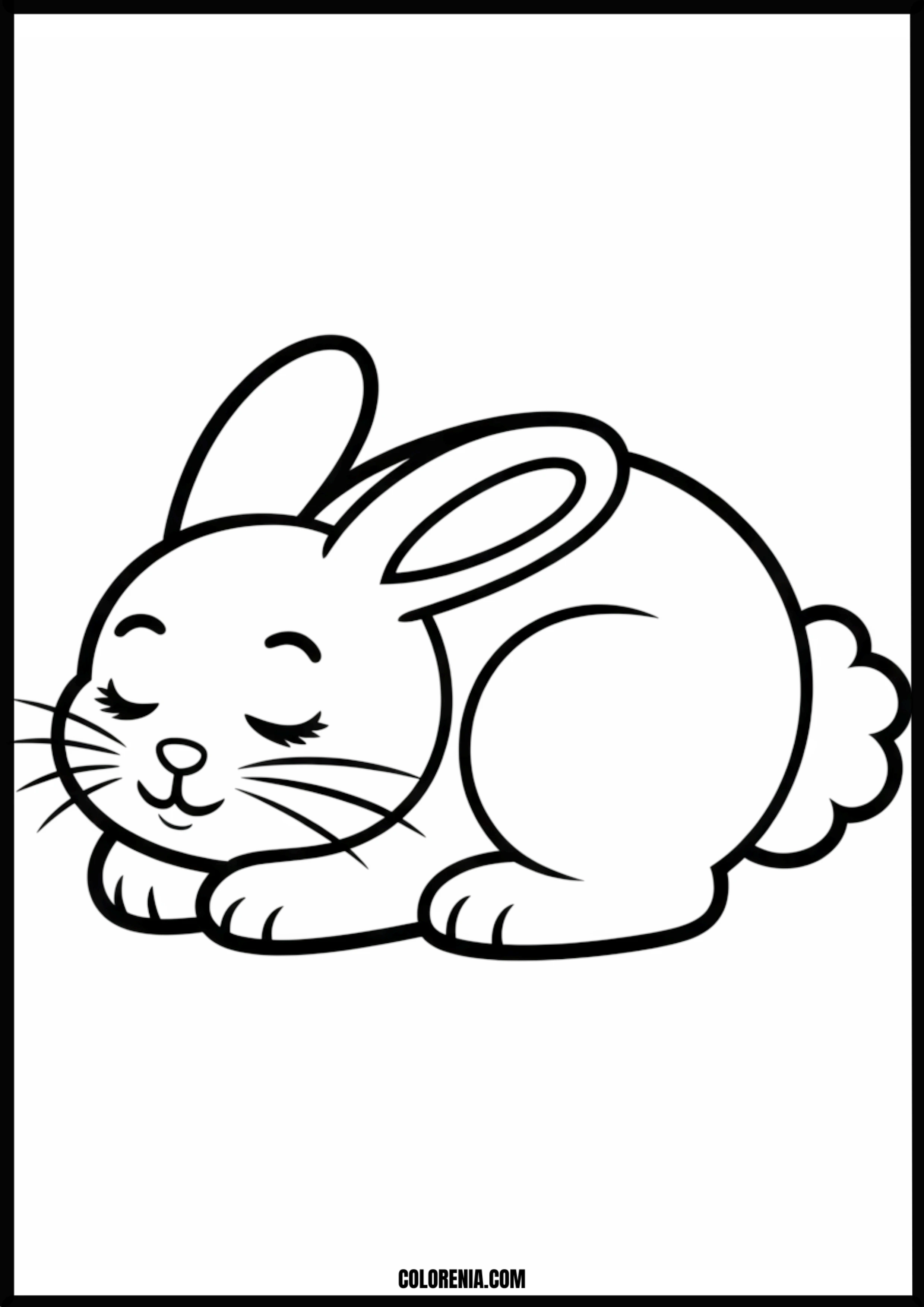
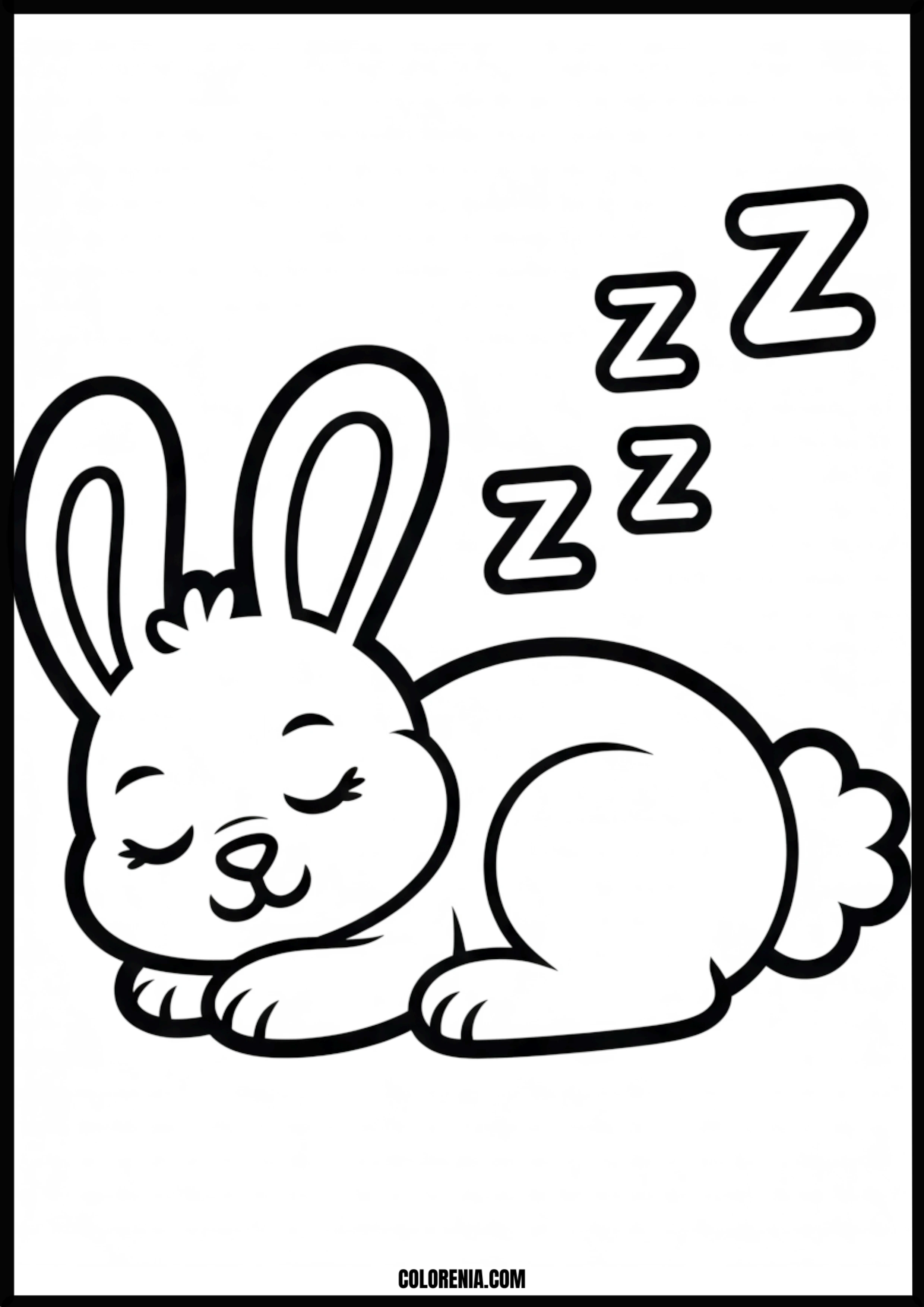
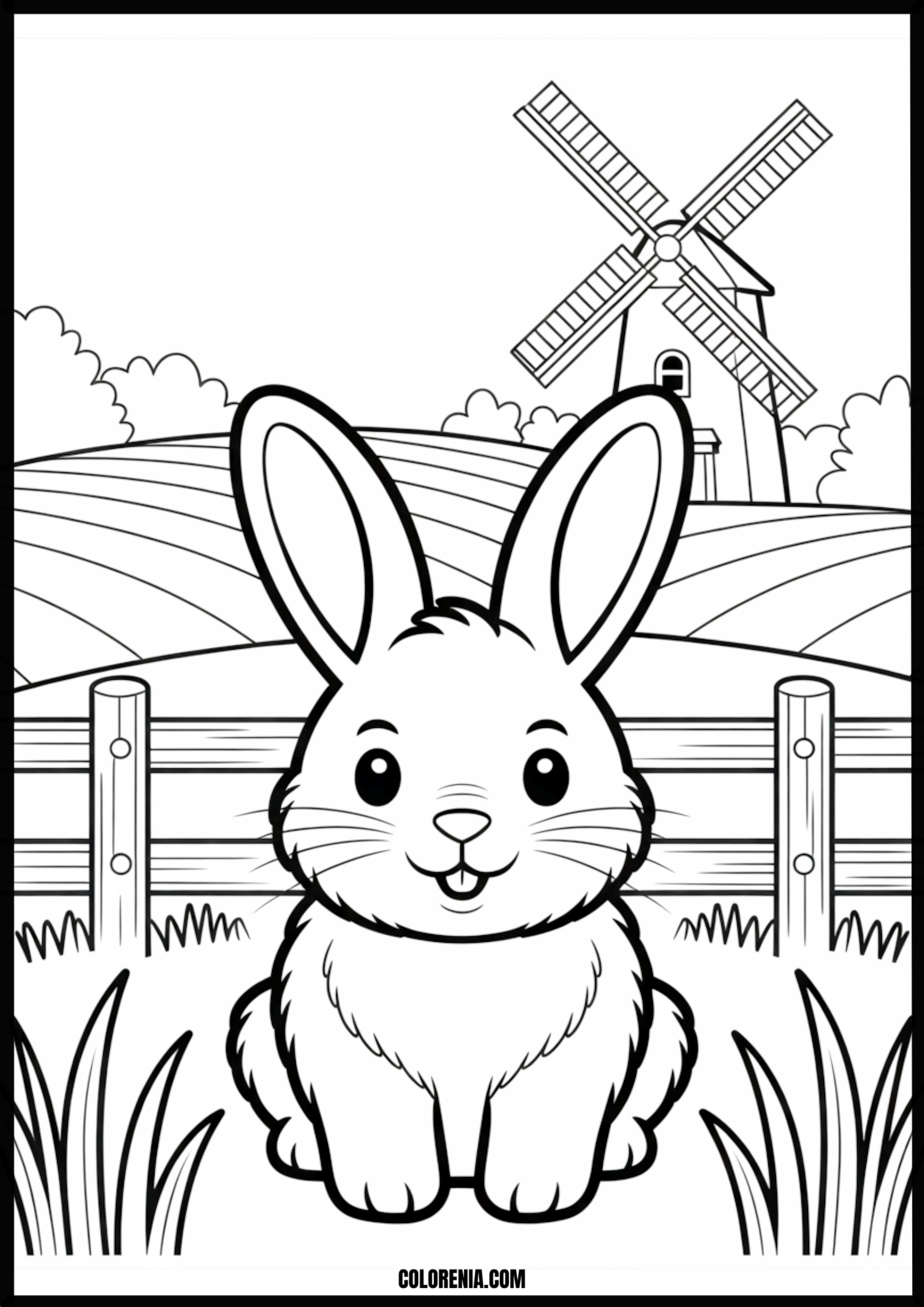
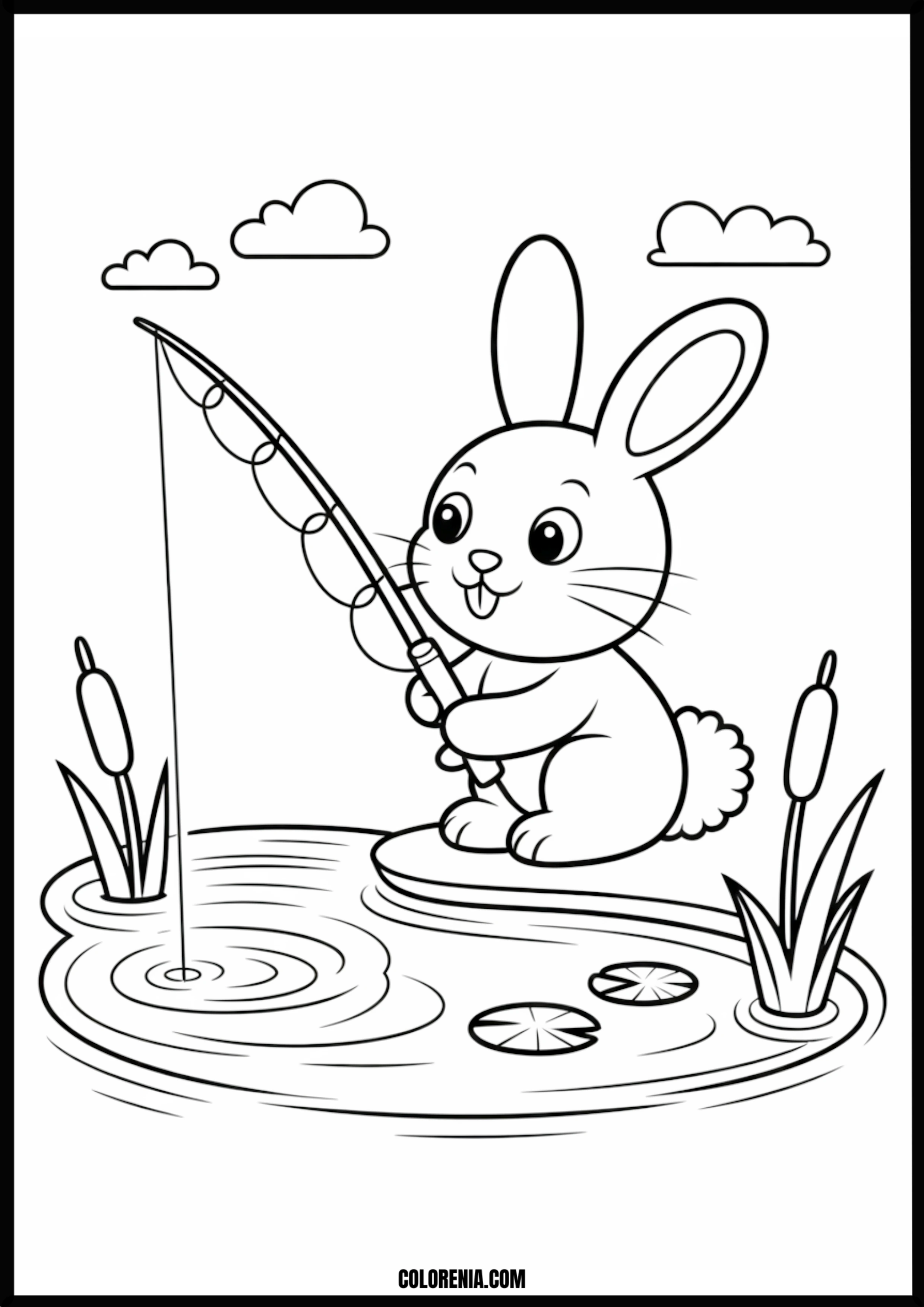
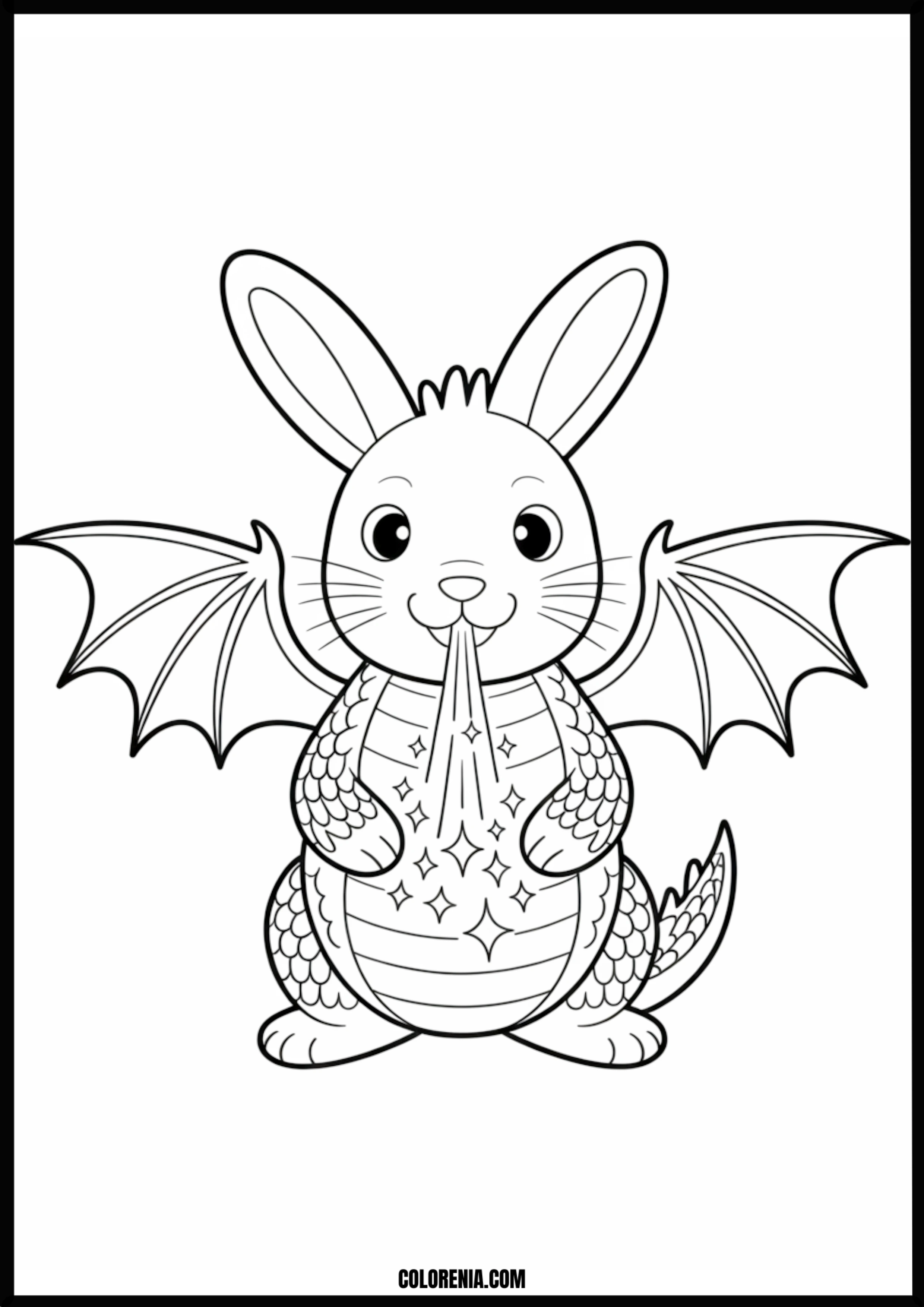
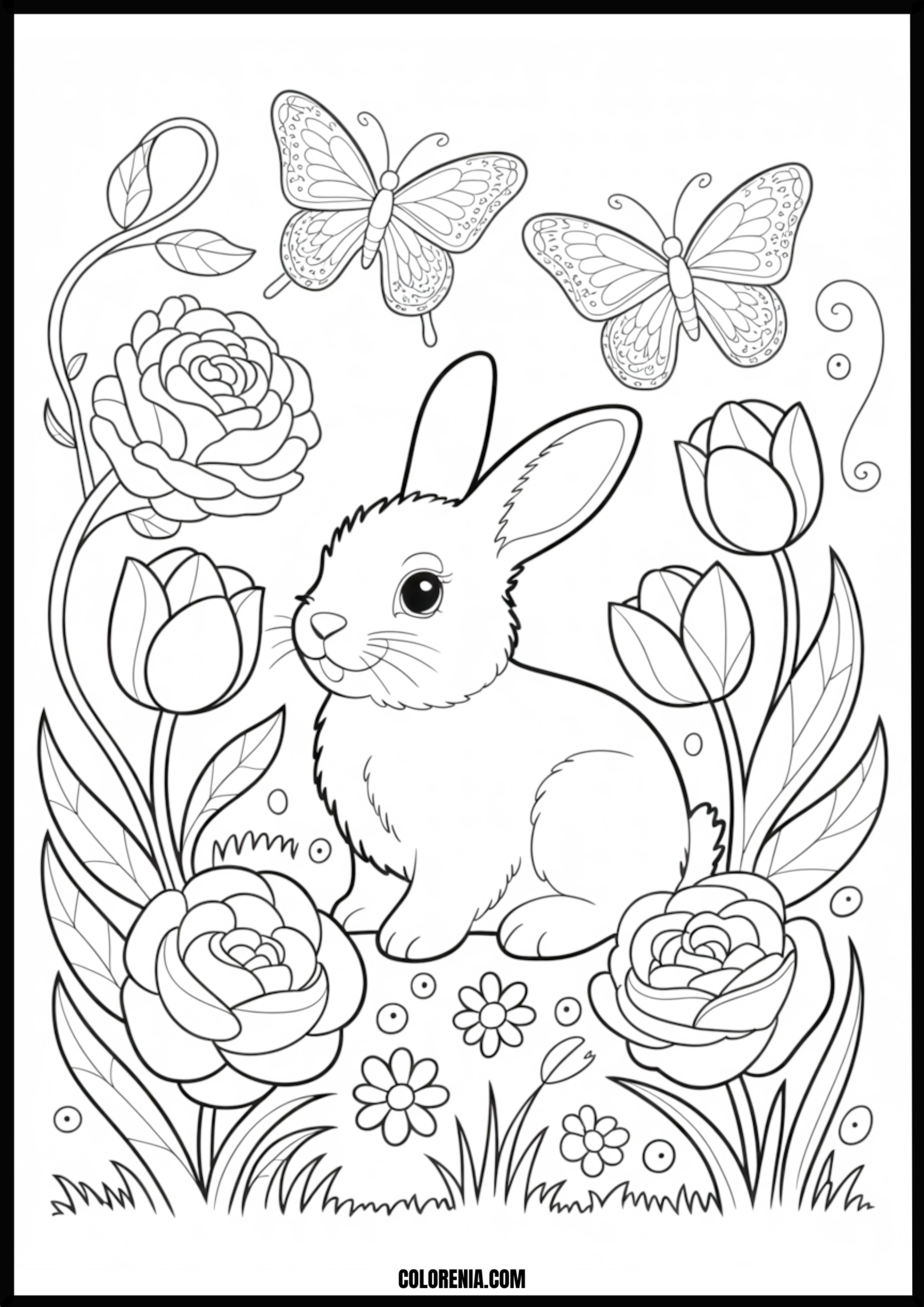
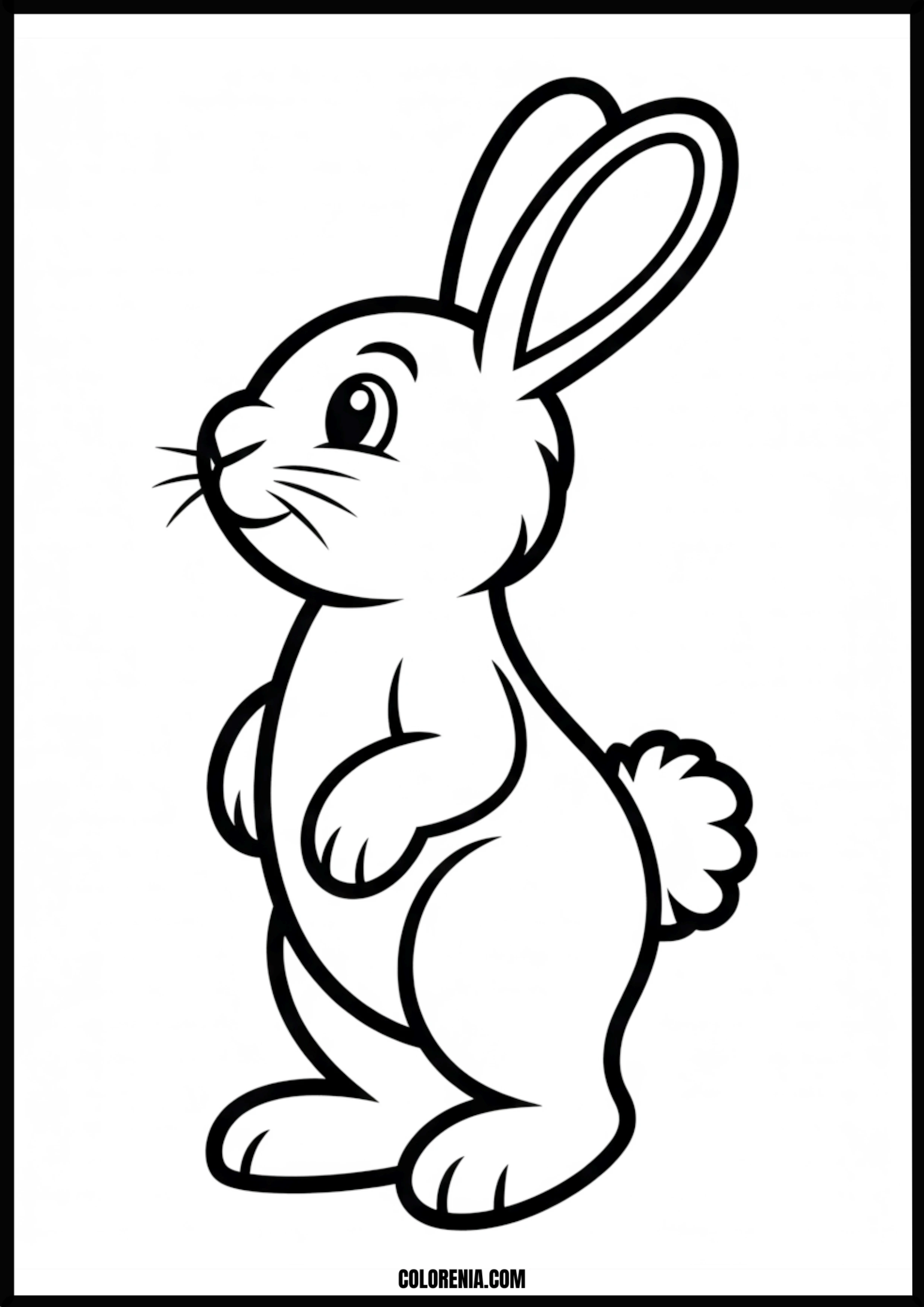
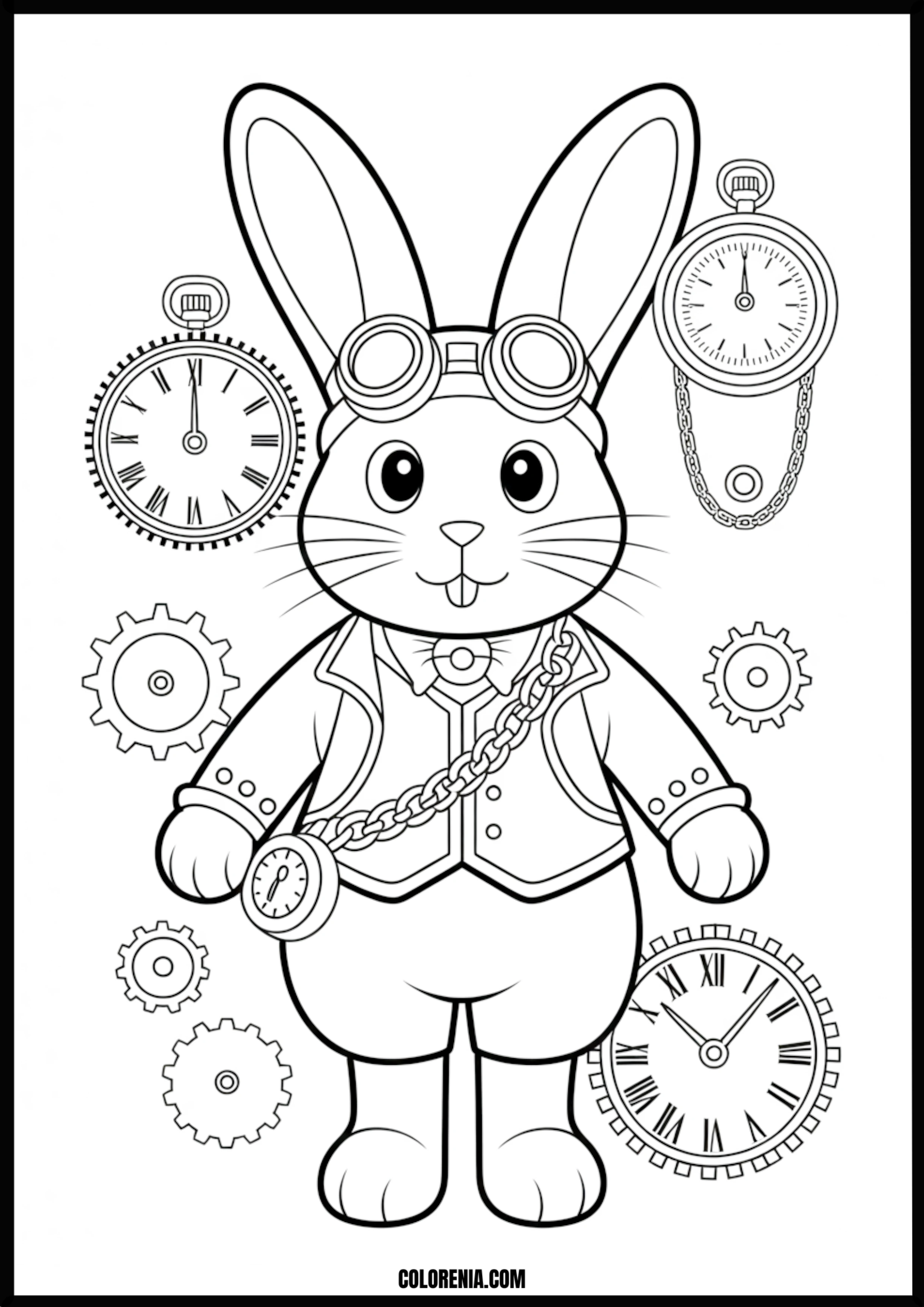
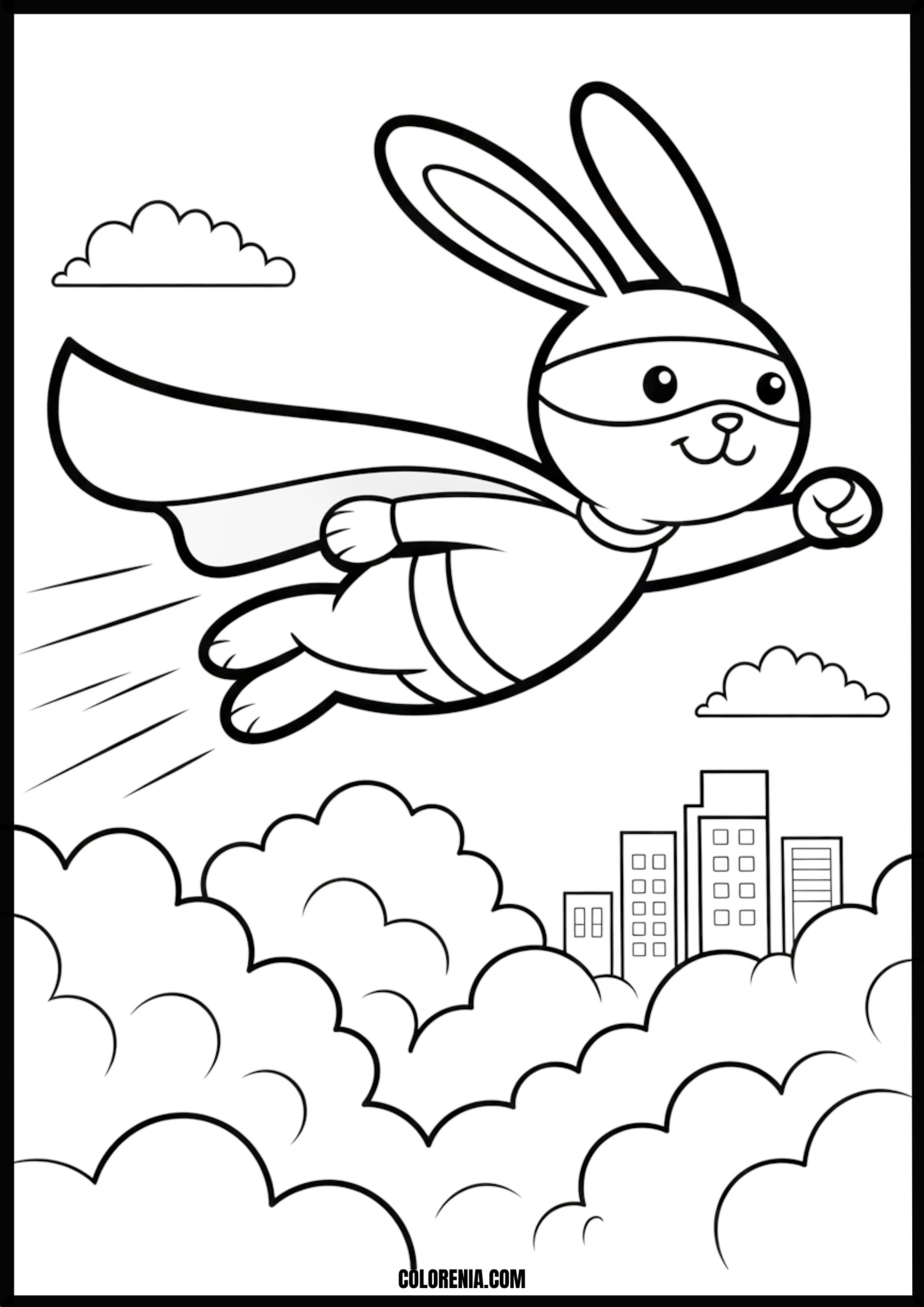
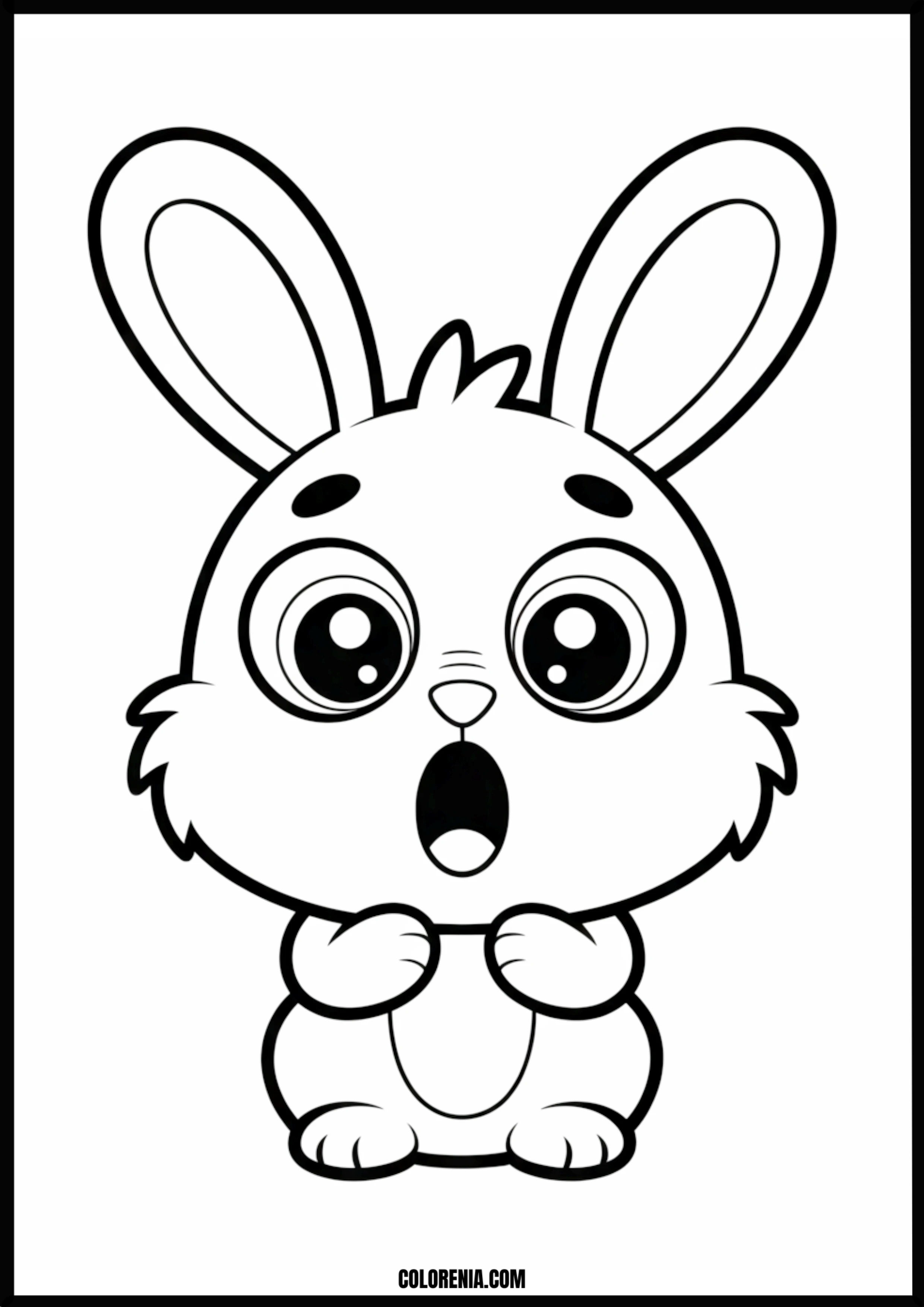
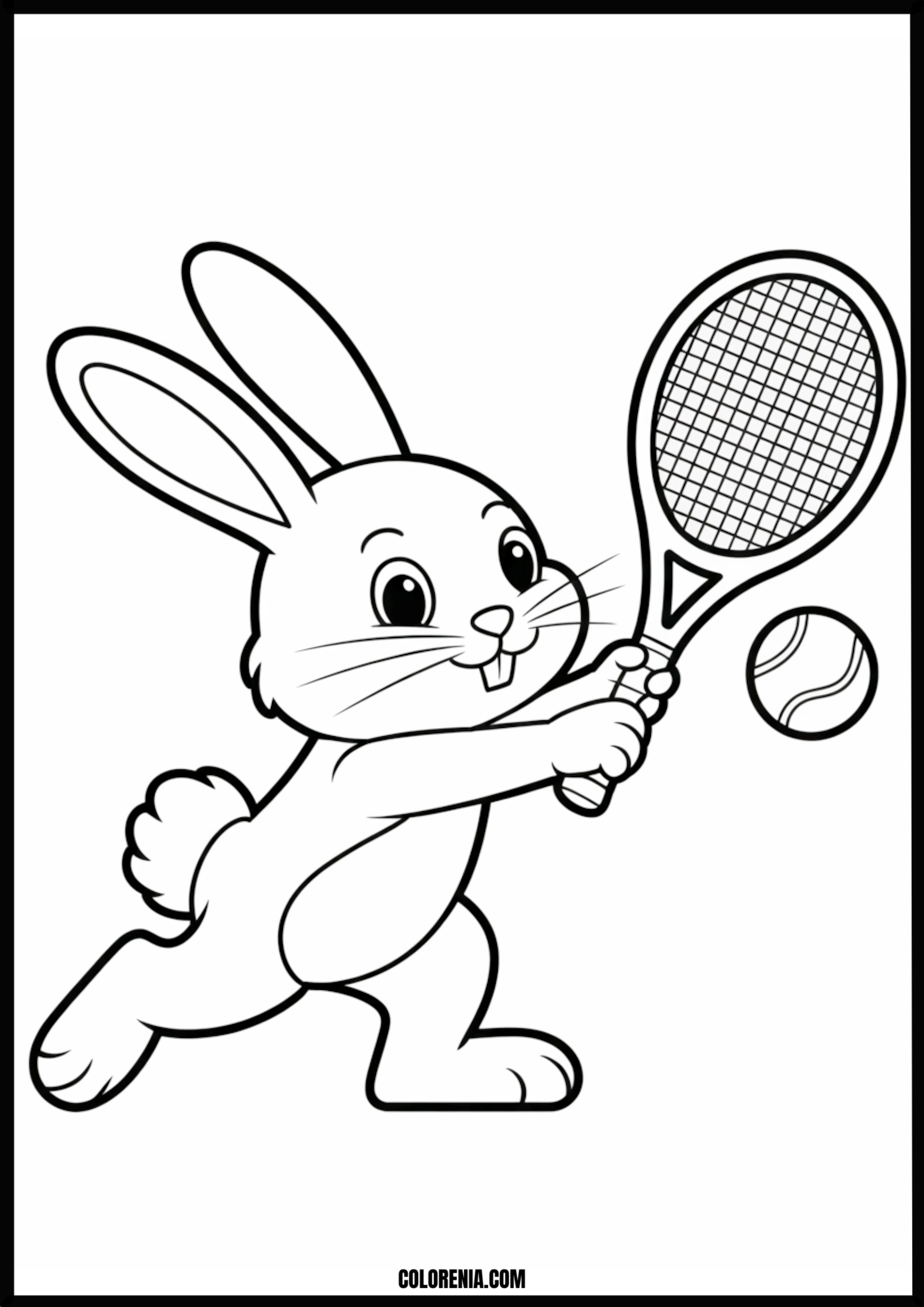
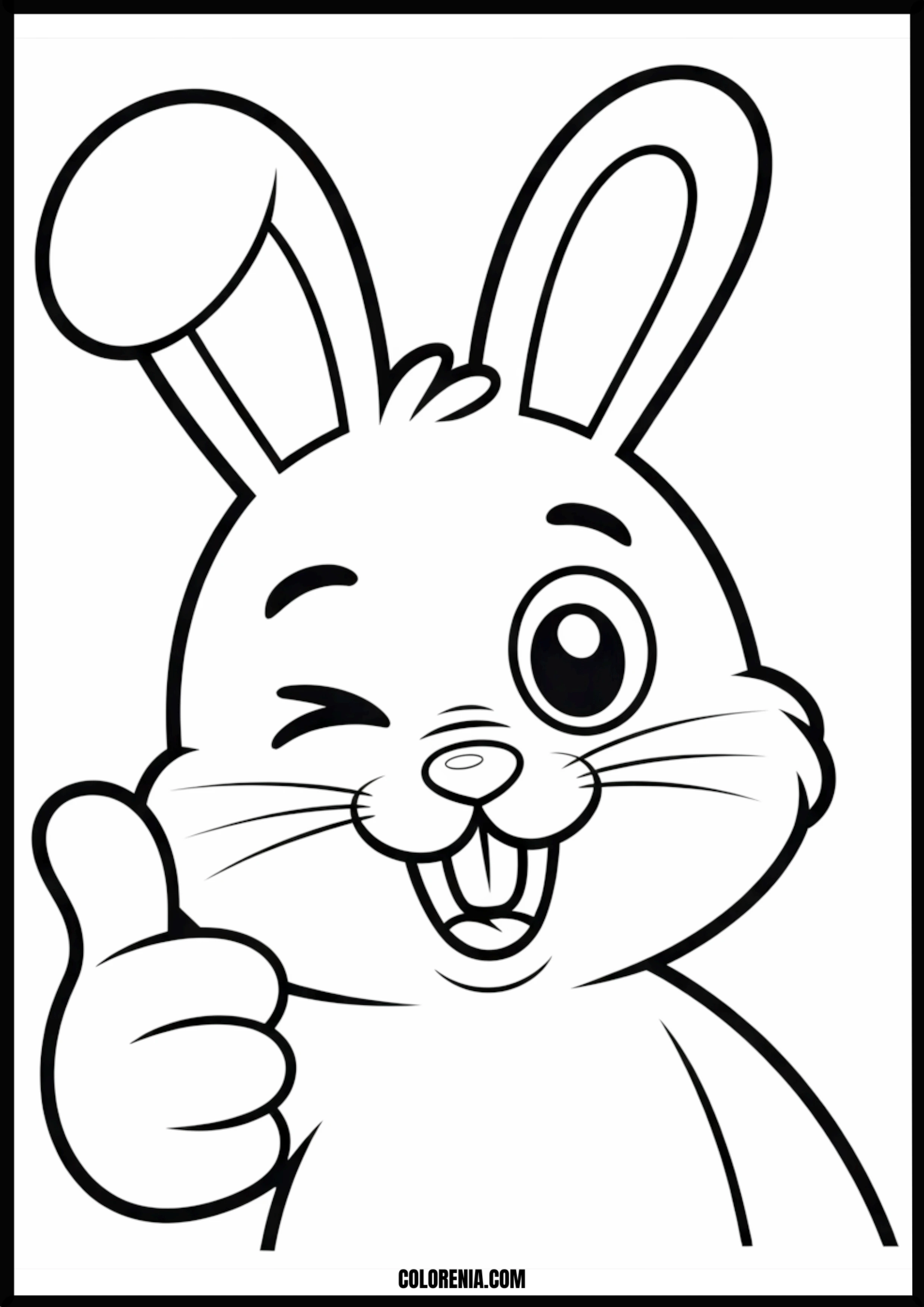
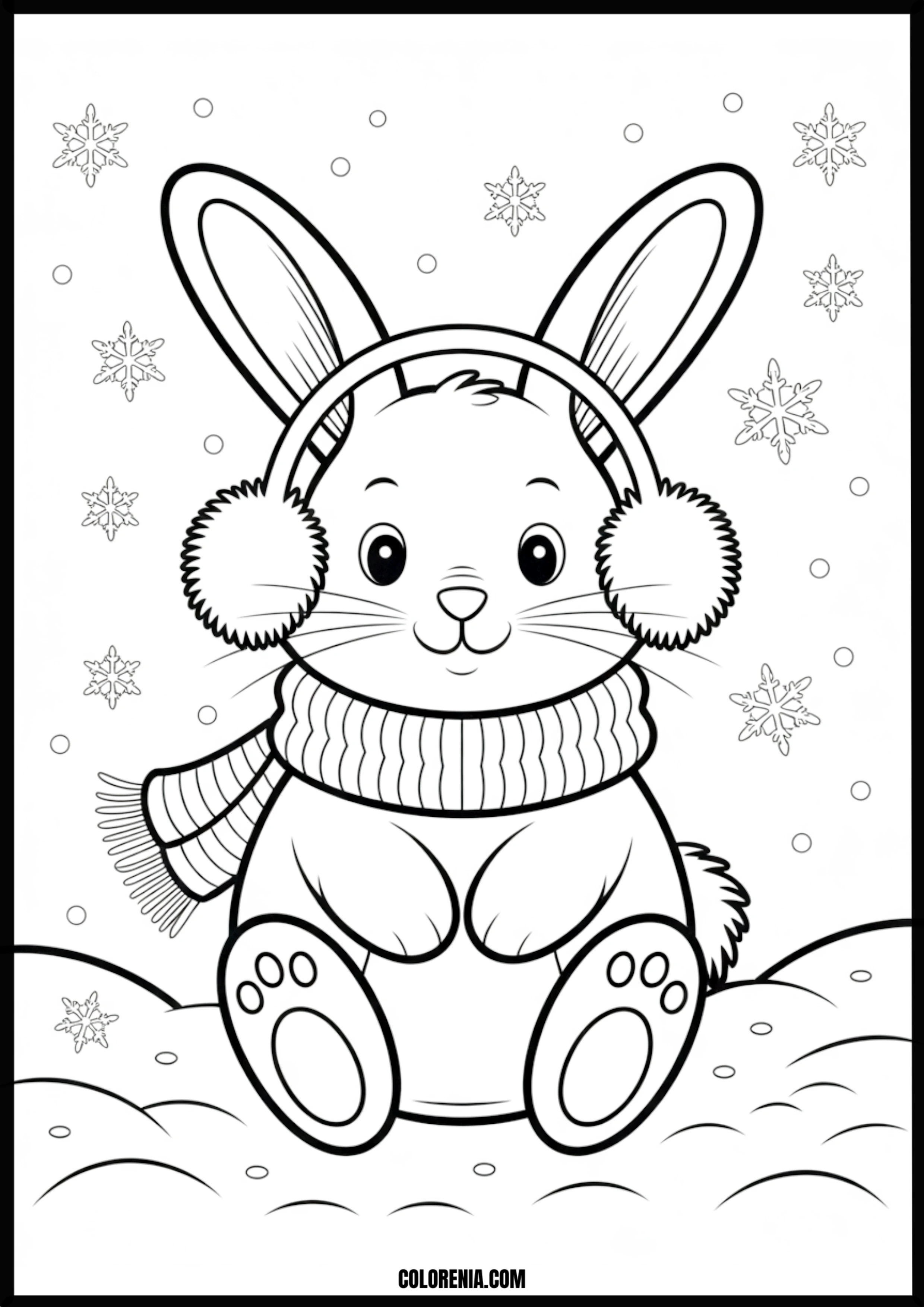
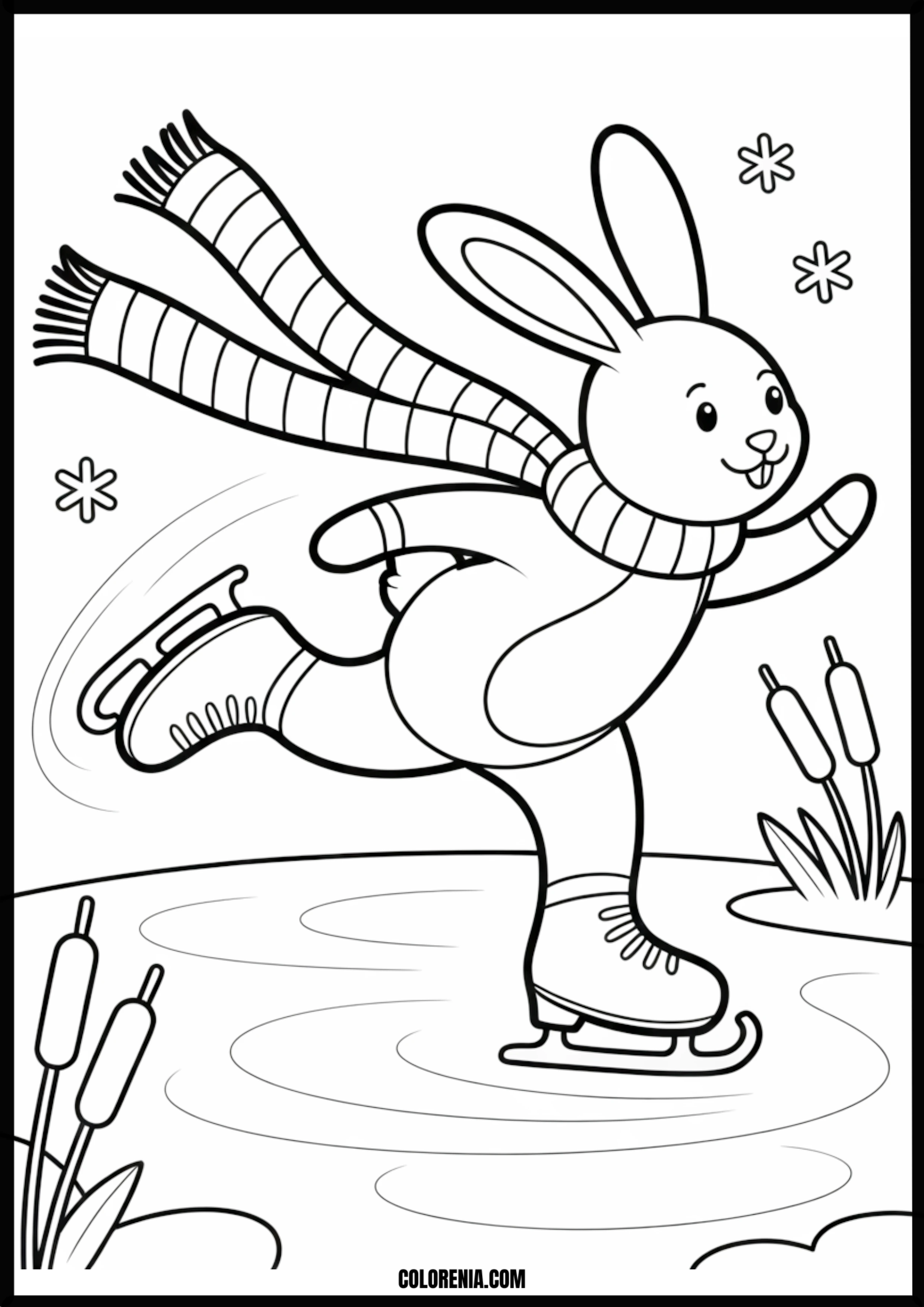
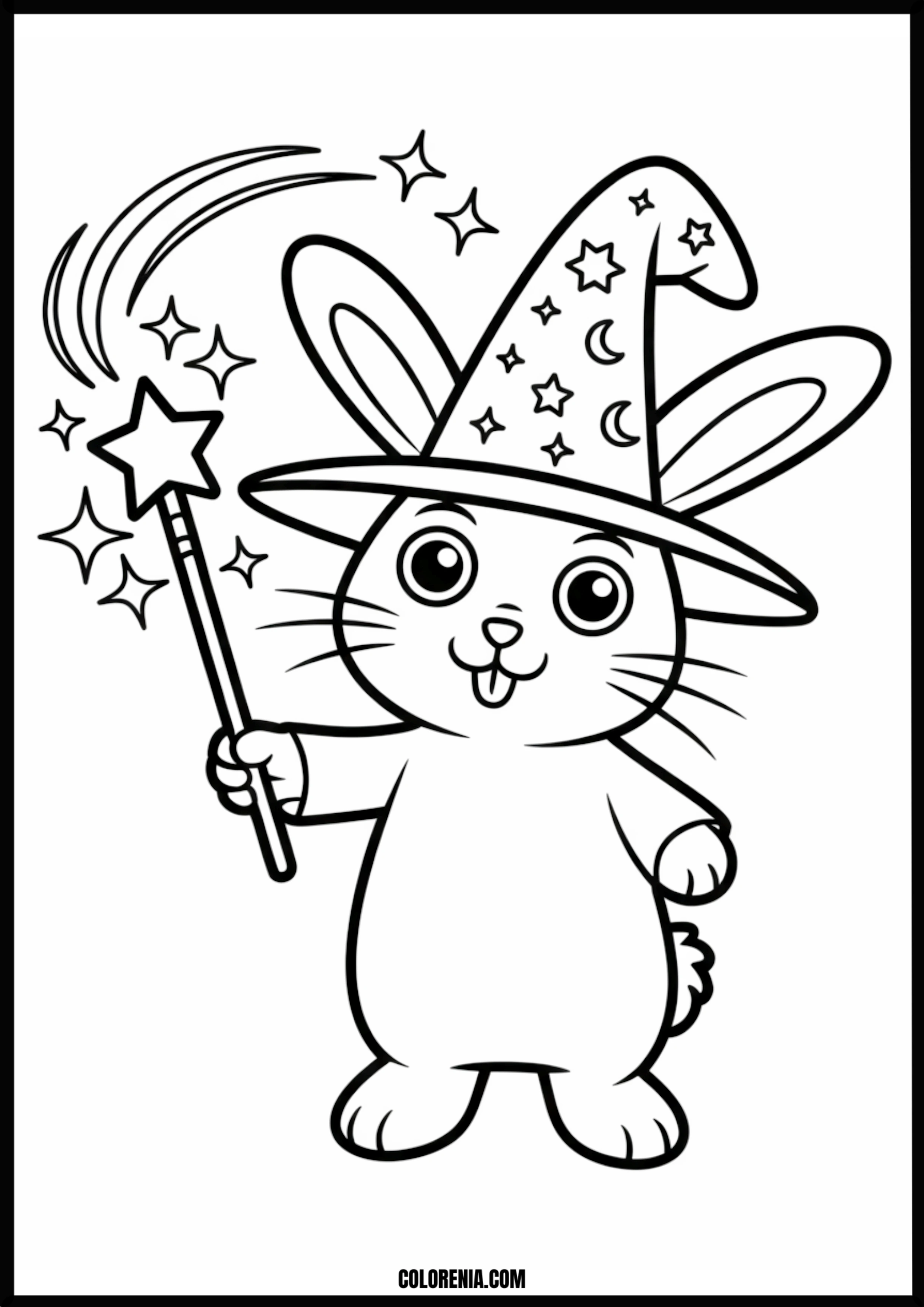
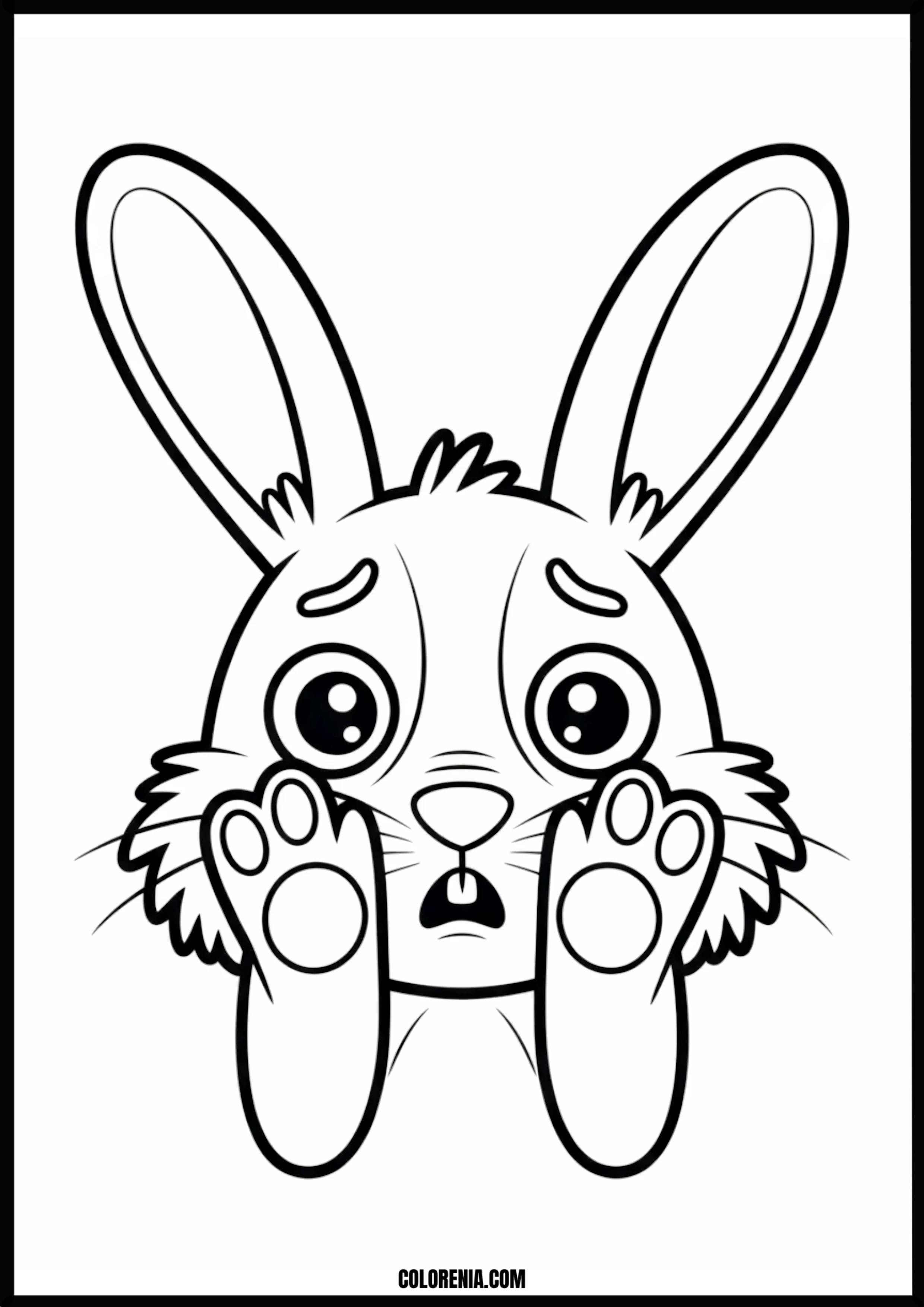
Why Kids Go Crazy for Bunny Coloring Pages
What makes bunny coloring sheets so appealing to children?
Kids love bunnies because they’re soft, non-threatening, and everywhere. We see them in our yards, in picture books, and hopping through cartoons. My neighbor’s 4-year-old calls every bunny “Peter” (thanks, Beatrix Potter). This familiarity makes bunny coloring pages perfect first animals for young artists.
I’ve watched 2-year-olds carefully color inside bunny ears while completely ignoring the body. They’re drawn to those distinctive long ears—they’re recognizable even to kids who can barely hold a crayon. When my son was 3, he insisted every bunny needed “pink ears inside.” He wasn’t wrong. Kids notice details we miss.
Bunnies also fit every season without feeling forced. You don’t need a holiday excuse to pull out animal coloring pages featuring rabbits. They work for spring garden themes, fall harvest scenes, or just regular Tuesday afternoon boredom busters. I keep a stack in the car for restaurant waits—works every time.
The emotional connection matters too. Bunnies feel safe. They’re not scary like lions or complicated like elephants. A 5-year-old can color a bunny and feel completely successful. That confidence builds. Last week, my daughter’s friend spent 40 minutes on one bunny coloring page—the longest I’ve ever seen her focus on anything.
How do different age groups approach bunny coloring?
Ages 2-3 treat bunny coloring sheets like abstract art. They’ll scribble purple across the whole page, and that’s perfect. At this stage, you want thick black outlines and minimal details. Simple bunny faces work best. Anything more complex just frustrates them.
Ages 4-5 start caring about staying inside lines. They’ll spend 10 minutes on bunny ears alone. I’ve noticed kids this age prefer cute bunny coloring pages with defined sections—they like seeing clear progress. One ear done, one to go. They also ask questions: “Where does the tail go?” “Why are ears so long?”
Ages 6-8 want bunny scenes. Just a bunny isn’t enough anymore. They want flowers, carrots, maybe another bunny friend. These kids will happily tackle more detailed coloring pages with backgrounds and multiple elements. My 7-year-old spent a week coloring different bunnies, then cut them out and created a “bunny family” on her wall.
Ages 9 and up get picky. They want realistic fur texture or cool pattern designs. Some prefer realistic rabbit coloring pages they can shade with colored pencils. Others go for mandala-style bunny designs. At this age, coloring becomes more meditative than purely creative.
Finding the Right Difficulty Level for Your Child
Which bunny coloring pages work best for toddlers and preschoolers?
Simple bunny coloring pages for toddlers need three things: thick lines, large spaces, and minimal detail. I learned this after printing an “easy” page that had whiskers, fur texture, and tiny flower details. My 2-year-old took one look and walked away. Too overwhelming.
The best toddler bunny has a circular head, two oval ears, and maybe a round body. That’s it. No background scenery. No carrots. No other animals. Just bunny. These rabbit coloring pages preschool teachers use have spaces big enough for chubby hands holding fat crayons.
I tested this with six different 3-year-olds (my daughter’s playgroup). The pages with the fewest elements got colored completely. Pages with grass, sky, and multiple bunnies? Half-finished and abandoned. Toddlers don’t have the patience or fine motor control for complexity.
For preschoolers (ages 3-5), you can add one simple element. A single carrot. One flower. Maybe a sun in the corner. But keep the bunny itself simple. Thick outlines prevent “Oh no, I went outside the line!” meltdowns. Trust me—you’ll hear this phrase 47 times otherwise.
Print on regular printer paper for this age. They’re going to press hard with crayons anyway. Save the fancy paper for older kids who won’t accidentally rip through it. I keep a stack of basic bunny coloring sheets in a folder specifically for toddler playdates.
What features make a bunny coloring page “advanced”?
Advanced pages include realistic fur texture, detailed backgrounds, and smaller spaces requiring precision. My 9-year-old gravitates toward intricate designs where she can add shading and color gradients. These bunny rabbit coloring pages look more like actual illustrations than simple outlines.
Realistic bunny anatomy marks the jump to advanced. Instead of cartoon circles, you see actual rabbit proportions—longer hind legs, properly positioned eyes, accurate ear shape. Kids working on these pages often reference photos of real rabbits. My daughter keeps a nature book open while coloring to match colors correctly.
Mandala-style bunny pages blend geometric patterns with bunny shapes. These challenge even adults. I printed one for myself last month and spent two hours on it. The repeating patterns require concentration and steady hands. Perfect for older kids who find simple bunnies boring.
Scene complexity matters too. Advanced pages might show bunnies in detailed garden settings with individual grass blades, varied flowers, and background elements. Or winter scenes with snowflakes, trees, and intricate ground cover. These realistic rabbit coloring pages become art projects rather than quick activities.
Watch for pages with small details like individual whiskers, textured grass, or tiny flowers. If you’re squinting to see the lines, it’s too advanced for kids under 7. My 6-year-old gets frustrated with detail she can’t quite manage yet. Save those for when her fine motor skills catch up.
Best Types of Bunny Coloring Sheets
What’s the difference between realistic and cartoon bunny pages?
Cartoon bunnies have oversized heads, enormous eyes, and simplified bodies. Think Peter Rabbit or Bugs Bunny proportions. These cute bunny coloring pages dominate the internet because kids recognize them instantly. They’re emotionally expressive—you can tell if a cartoon bunny is happy, sad, or mischievous just from the face.
Realistic bunnies follow actual rabbit anatomy. Normal-sized eyes, proper leg proportions, and accurate ear placement. When I printed both types for my kids, my younger one (5) grabbed every cartoon bunny. My older one (9) wanted only realistic ones. Age and skill level determine preference.
Cartoon bunnies forgive mistakes. If your kid colors the body purple and the ears green, it still looks intentionally whimsical. Nobody questions a pink cartoon bunny. Realistic bunnies show mistakes more obviously. My daughter gets frustrated when her shading doesn’t look “right” on realistic pages.
Educational value differs too. Cartoon bunnies teach color recognition and following lines. Realistic bunnies open discussions about actual rabbit characteristics: “See how the hind legs are longer?” “Notice the nose shape?” I use realistic pages when teaching about animals and their features.
Print both types. Kids’ moods change. Some days my daughter wants cute and simple. Other days she’s determined to color the “most realistic bunny ever.” Having variety prevents the “I’m bored with bunnies” complaint I heard last Tuesday.
Should you choose themed or simple bunny designs?
Simple bunny designs show just the rabbit—maybe sitting, standing, or hopping. No props. No background. Pure bunny. I use these for quick coloring sessions or when kids are just learning. They’re done in 10 minutes, giving kids that satisfying “I finished something!” feeling.
Themed bunnies come with context. Spring bunnies surrounded by flowers. Bunnies holding carrots. Bunnies in gardens with vegetables. These bunny coloring pages with flowers take longer to complete and offer more creative choices. “Should the flowers be pink or yellow?” My kids debate these decisions seriously.
| Age Group | Best Type | Key Features |
|---|---|---|
| 2-3 years | Simple, large shapes | Thick lines, minimal detail, cartoon style |
| 4-5 years | Simple themed | One additional element, clear sections |
| 6-8 years | Complex themed | Multiple elements, background scenes |
| 9+ years | Realistic or intricate | Detailed texture, shading opportunities |
Seasonal themes work well for classroom use. Teachers love spring bunny coloring activities that tie into lessons about gardens or nature. My daughter’s teacher used bunny pages during their unit on herbivores. Kids colored while learning about rabbit diets and habitats.
Activity-focused themed pages show bunnies doing things—reading books, playing instruments, painting pictures. These spark conversations. “What do you think the bunny is reading?” My kids create entire stories around activity-themed pages. One bunny became a famous artist in my daughter’s imagination.
Tip: Print both types and let kids choose. Some days they want quick and simple. Other days they’re ready to commit to a detailed scene with multiple elements.
Printing and Paper: Getting the Best Results
What paper actually works for bunny coloring pages?
Regular 20 lb copy paper works fine for crayons and regular colored pencils. It’s cheap, available everywhere, and handles basic coloring. I buy the 500-sheet packs from office supply stores. These bunny coloring pages PDF download files print clearly on standard paper without any special settings.
But markers bleed through copy paper like water through tissue. I learned this after my son ruined our kitchen table through five sheets of paper. Oops. For markers, you need 24-28 lb paper minimum. The weight makes a huge difference. Cardstock (60-80 lb) works even better but jams some printers.
I tested seven paper types with my kids last month. Regular copy paper: perfect for crayons, disaster for markers. Heavyweight copy paper (28 lb): handled everything except super-juicy markers. Cardstock: beautiful results but wouldn’t feed through my printer properly. Had to adjust settings and feed sheets manually.
Pro tip: Print free printable bunny coloring book pages on cardstock at your local print shop if your home printer can’t handle it. Costs about 10 cents per page and saves major frustration.
Printer paper brightness matters more than I expected. Brighter paper (96+ brightness) makes colors pop. The white background provides better contrast. My kids noticed the difference immediately: “This one looks better!” They couldn’t explain why—just that their coloring looked more vibrant.
For toddlers using crayons exclusively, buy the cheapest paper possible. They’ll go through 10 pages in one sitting. For older kids doing careful work with various supplies, invest in better paper. They’ll actually finish the page and might want to keep it.
How do you fix common printing problems?
Lines printing too light? Increase your printer’s “darkness” or “intensity” setting. I print all bunny coloring sheets printable free at maximum darkness. Otherwise, my kids can’t see the lines clearly enough. Check your printer settings before hitting print—default settings often produce pale, hard-to-follow lines.
Image too small on the page? Most PDFs default to “fit to page” or “actual size.” Change to “fill entire page” or adjust to 95-100% of page size. I’ve accidentally printed postage-stamp-sized bunnies three times. Such a waste of paper and ink.
Colors printing in background? Change to “black and white” or “grayscale” before printing. Some coloring page PDFs include slight background colors that waste ink and confuse the outline. You want pure black lines on white paper.
Image cut off at edges? Check your page margins. Set all margins to 0.25 inches or less. Some bunny designs extend close to paper edges. Default margins (usually 1 inch) chop off ears or tails. I lost bunny ears on six pages before figuring this out.
Smudged or smeared prints? Your printer likely needs cleaning. Run a cleaning cycle from your printer settings menu. Dirty print heads create messy lines. Also check if you’re using “fast” or “draft” mode—switch to “normal” or “high quality” for clean lines.
Last resort: If your printer won’t cooperate, save the PDF to a USB drive and print at a copy shop. FedEx Office charges 10-15 cents per black and white page—worth it for frustration-free results.
Supplies That Make Bunny Coloring Actually Fun
Which coloring tools work best for different ages?
Crayons win for ages 2-4. They’re non-toxic, washable, and nearly indestructible. Chubby triangular crayons fit little hands better than standard ones. My son threw crayons across the room for months—they survived. Easy bunny coloring pages paired with basic Crayola crayons keep toddlers happy for surprising stretches.
Washable markers work for ages 5-7 once kids develop better hand control. Regular markers bleed through paper and create frustration. Crayola’s washable broad-line markers hit the sweet spot—bold colors without too much mess. Keep caps on tight, though. I’ve discovered approximately 847 dried-out markers in couch cushions.
Colored pencils suit ages 8 and up who want more control. They don’t bleed, allow for shading, and create different effects with pressure. My 9-year-old uses colored pencils exclusively now for her realistic rabbit coloring pages. She spent an hour yesterday just shading one bunny’s fur with three shades of gray.
Gel pens work for detail-oriented older kids (10+) tackling intricate designs. They add sparkle and fine details regular markers can’t achieve. But they’re expensive. One set of 24 gel pens costs more than 100 crayons. Only worth it if your kid will actually use them carefully.
I bought fancy alcohol markers last year thinking they’d be amazing. They were—for me. My kids hated them. Too juicy, too much bleed-through, too expensive to waste on “mistakes.” Sometimes basic supplies work better than premium ones.
Reality check: My kids gravitate toward whatever is easiest and most immediately available. Keep basic crayons and markers in an accessible basket. Save special supplies for special projects.
Do you really need expensive supplies?
No. My kids produce equally colorful bunnies with dollar store crayons and fancy art supply ones. The difference? My stress level when they break expensive supplies. Which they do. Constantly. I stopped buying premium coloring supplies after my son snapped seven Prismacolor pencils in one afternoon.
Expensive supplies can actually discourage creativity. Kids hesitate to experiment when they sense something is “special.” My daughter asks permission before using her “good” markers. She grabs regular Crayolas without thinking. Guess which produces more finished spring bunny coloring activities?
That said, some quality matters. Dollar store markers dry out in days. Mid-range Crayola or RoseArt last months. Buy the 12-15 dollar packs instead of 3-dollar ones. You’ll replace them less often. Math works out the same, but less frustration dealing with dried-out markers.
Paper quality matters more than supply quality for young kids. Great crayons on terrible paper still look bad. Basic crayons on good paper look surprisingly professional. Spend your money on 28 lb paper, not boutique coloring supplies.
For special occasions, sure, buy nicer supplies. My daughter received fancy colored pencils for her birthday. She uses them carefully on projects she really cares about. But daily baby bunny coloring pages? Regular Crayolas work perfectly fine.
I’ve spent probably 200 dollars on coloring supplies over three years. My kids’ favorites? The 8-dollar box of Crayola markers I bought at Target. They’ve used those markers to color literally hundreds of pages. Sometimes simple wins.
Creative Ways to Use Finished Bunny Pages
What can you actually do with 47 colored bunny pages?
My fridge currently displays 11 bunny pictures. My daughter’s bedroom has 23 more taped to walls. I have a drawer containing approximately 89 colored bunnies I couldn’t bear to throw away. This is a real problem requiring real solutions.
Create a rotating art gallery. Hang a string with clothespins across a wall. Kids display current favorites, rotate monthly. Old pages get moved to a portfolio binder. This system saved my sanity last summer when we produced 3-5 colored pages daily during bunny coloring book marathons.
Make greeting cards. Fold colored pages in half. Kids write messages inside. Grandparents love these way more than store-bought cards. We mailed 12 bunny cards last month. My mother-in-law framed one. Not joking. Kids’ actual artwork beats generic cards every time.
Turn them into gift wrap. Seriously. Small gifts wrapped in kids’ cute bunny coloring pages look adorable and feel personal. We wrapped birthday presents for my daughter’s friends this way. Parents kept the paper instead of ripping it off. Unexpected bonus: no buying wrapping paper.
Laminate favorites as placemats. Our library laminates pages for free (one per visit). We’ve made six bunny placemats. Kids eat meals looking at their own artwork. Wipes clean with a damp cloth. Lasts months until they want new designs.
Storage solution that actually works: Use a large portfolio case with plastic sleeves. Kids choose their 20 favorites to display properly. Everything else gets photographed and recycled. This reduced our paper pile by 80% while keeping sentimental value.
How do you display kids’ artwork without cluttering your house?
The “display everything” approach creates visual chaos. My house looked like a kindergarten classroom exploded in it last year. Bunny pages covered every surface. Guests didn’t know where to look. I needed a system.
The rotation method works best for us. Frame 5-8 pieces in simple clip frames (2 dollars each at craft stores). Swap artwork monthly. Kids choose which pieces get framed. Old pieces move to their bedroom or get photographed. This creates excitement: “It’s art swap day!”
Create a dedicated art wall in your home. One wall where kids can tape whatever they want. Our art wall lives in the hallway leading to bedrooms. It’s messy and colorful and totally contained. Bunny pages live there without infiltrating the entire house.
Digital storage solves the “I can’t throw away their art!” guilt. Photograph finished pages. Create a digital folder dated by month. Kids can scroll through their portfolio on your phone. My daughter loves seeing her progression: “Look how messy my bunnies were last year!”
Gift art to people who actually want it. Grandparents, neighbors, teachers. We delivered bunny coloring pages with flowers to our elderly neighbor last spring. She still has them on her fridge six months later. Finding genuine fans for kids’ art feels better than hoarding it all.
The portfolio binder method lets kids curate their best work. Buy a binder with plastic sleeves. Once per month, kids choose 5-10 favorites to add. They physically see their collection growing. My daughter flips through her portfolio regularly, choosing which coloring pages deserve permanent status.
Controversial opinion: It’s okay to recycle most colored pages. Keeping everything doesn’t honor your child’s creativity—it just fills closets with papers nobody looks at. Keep the special ones, photograph the rest, and let go.
Educational Benefits Beyond Just Coloring
What skills do kids actually develop with bunny coloring pages?
Fine motor control develops visibly. My son couldn’t hold crayons properly at age 2. Six months of regular coloring (including lots of bunny coloring sheets) and he developed correct pencil grip. His preschool teacher noticed the difference immediately. Coloring exercises the same hand muscles needed for writing.
Focus and concentration improve measurably. My daughter’s attention span at age 4 was maybe 3 minutes. Now at 7, she’ll color for 45 minutes straight. Teachers confirm this carries over to classroom work. Kids who practice sustained focus during coloring apply it elsewhere.
Color recognition seems obvious, but it’s real. My niece learned her colors primarily through coloring activities. Pointing to crayons and naming colors while working on cute bunny coloring pages reinforced the lesson more effectively than flashcards. Active learning beats passive memorization.
Following instructions becomes natural. “Color the bunny brown and the carrots orange” teaches kids to listen and execute. My son’s ability to follow multi-step instructions improved significantly after months of directed coloring activities. Simple commands during coloring built neural pathways for complex instructions later.
Patience grows gradually. Finishing a detailed page requires tolerating frustration and delayed gratification. Kids learn that careful work produces better results than rushing. My daughter’s finished artwork improved dramatically once she stopped rushing to be “done first.”
How can you turn coloring time into learning time?
Teach basic bunny anatomy while kids color. “See the long ears? That helps bunnies hear predators from far away.” “Notice how the back legs are bigger than front legs? That’s for jumping quickly.” My kids retained these facts better than information from books because they physically colored each body part.
Count while coloring. “How many whiskers should we draw? Let’s count—one, two, three.” For younger kids, counting bunny body parts (2 ears, 4 legs, 1 tail) reinforces number concepts. My son learned to count to 10 partly through identifying and counting features on bunny rabbit coloring pages.
Practice reading by adding labels. Kids write “ears,” “tail,” “nose” on their finished pages. Beginning readers benefit from copying words they can see immediately illustrated. My daughter’s spelling improved when we started labeling her coloring pages together.
Discuss habitats and behaviors. “Where do bunnies live? What do they eat? Why do they dig burrows?” Coloring provides natural conversation starters. Kids absorb information while their hands are busy. My son knows more about rabbit behavior from our coloring conversations than from any book.
Introduce color mixing concepts. “What happens if we color lightly with yellow, then lightly with blue on top?” Kids discover green through experimentation. This hands-on color theory beats abstract lessons. My daughter figured out how to create brown (by mixing all colors) while trying to make realistic bunny fur.
Educational opportunity: Print bunny diagrams showing internal anatomy or skeletal structure. Older kids (8+) can color these while learning biology basics. My daughter colored a rabbit skeleton diagram and retained more anatomy information than from traditional study.
Frequently Asked Questions
How many free bunny coloring pages are there?
The internet offers thousands of free printable bunny coloring pages. I’ve personally downloaded and printed about 150 different designs over two years. Major sites like Colorenia offer 40-60 unique bunny pages each. Smaller blogs contribute another 10-20 designs apiece. You’ll never run out of options.
Quality varies wildly. Some free pages have blurry lines or poor proportions. Others rival professional coloring books. I’ve learned to preview pages before printing—saves ink and disappointment. The best free collections include variety: simple outlines for toddlers, detailed scenes for older kids, and everything between.
If you’re just starting, print 5-10 different designs to test what your kids prefer. My daughter loves bunny faces more than full-body scenes. My son prefers action poses—bunnies jumping or running. Once you identify preferences, you can target specific bunny coloring sheets that’ll actually get used.
How do you use bunny coloring sheets?
Beyond basic coloring, we use bunny pages as placemats (laminated), party decorations (taped to walls), and quiet time activities. Restaurant waits become manageable when I pull printable bunny coloring pages from my bag. Traveling? Bring 10 pages and basic crayons—instant entertainment.
Teachers use bunny coloring during read-aloud time or as reward activities. My daughter’s class colored bunnies while their teacher read Tales of Peter Rabbit. The combination of listening and coloring helped kids retain story details better.
We’ve turned finished pages into bookmarks, gift tags, and envelope decorations. Cut out the colored bunny, tape to cardstock, and you’ve created custom bookmarks. My kids gave these as Valentine’s gifts instead of store-bought cards.
For learning activities, we label bunny body parts, practice counting features, or discuss real rabbit behavior while coloring. Transform coloring from passive activity into active learning opportunity. My son can identify herbivores now because we discussed rabbit diets during coloring time.
What is an abstract rabbit coloring page?
Abstract bunny pages use geometric shapes, patterns, or unusual designs instead of realistic bunny outlines. Think mandala-style bunnies filled with triangles, circles, and intricate patterns. Or modern art interpretations where bunny shapes appear through overlapping lines and abstract forms.
My 9-year-old prefers abstract designs now. She finds them more challenging and less “babyish” than cartoon bunnies. These realistic rabbit coloring pages with pattern elements appeal to older kids and adults seeking meditative coloring experiences.
Zentangle-style bunny pages combine recognizable bunny silhouettes with patterned sections. Each body part contains different geometric designs—scales in ears, spirals in the body, dots on paws. These require focus and fine motor control beyond basic coloring.
Abstract pages work well for teaching art concepts. “What shapes do you see? How do patterns create texture?” Kids learn to see objects as combinations of simple forms. My daughter started drawing her own abstract animals after coloring several abstract bunny designs.
How do you make a cute rabbit bookmark?
Color a simple bunny page. Cut carefully around the bunny outline, leaving about 1/4 inch border. Glue the bunny onto cardstock or thick paper for stability. Laminate if possible (we use our library’s laminator). Add a ribbon through a hole-punched top for fancier bookmarks.
My kids made 12 bunny bookmarks last month as gifts. We used baby bunny coloring pages because smaller designs fit bookmark proportions better. Added their names in permanent marker before laminating. Total cost: basically nothing. Friends loved them.
For younger kids, skip cutting the whole bunny—too difficult. Instead, cut a rectangular section featuring the bunny’s face. Tape to cardstock. Done. My 5-year-old made these herself with minimal help. They’re not perfect, but they work perfectly well.
Teachers love this craft. One coloring page becomes 20+ bookmarks if kids work carefully. Combines coloring practice, cutting skills, and creates functional objects. My daughter’s class made bunny bookmarks during library week. She still uses hers six months later.
What can you do with coloring pages?
We’ve used finished coloring pages as wrapping paper, wall art, placemats, greeting cards, bookmarks, gift tags, and teaching tools. Last month, we made a bunny mobile by hanging colored bunnies from a coat hanger with string. It spins above my son’s bed.
Scan or photograph finished pages to create digital art portfolios. My daughter loves scrolling through her phone looking at every bunny she’s colored over two years. Seeing her improvement motivates her to keep practicing and trying new techniques.
Turn multiple pages into a homemade coloring book showcase. Staple 10-15 finished pages together with a colored cardstock cover. Kids create “published” books of their own artwork. My son gave his bunny book to grandma last visit—she cried.
Use them as teaching aids. Laminated colored pages become durable flashcards for learning body parts, colors, or counting. We labeled bunny anatomy on laminated pages using dry-erase markers. Wipe clean and re-label for repeated practice.
The most important use? Giving kids a sense of accomplishment. Every finished page proves they can start and complete something. That confidence matters more than any craft project or display idea.
Final Thoughts
That bunny nest that started this whole obsession? Gone now, babies grown and hopped away. But my daughter still asks for bunny coloring pages almost daily. She’s worked through probably 200 designs over 18 months. Her focus improved. Her fine motor skills developed. Most importantly, she found an activity she genuinely enjoys.
Start with 5-10 free pages in varied difficulty levels. See what your kids actually color versus what sits ignored. Buy basic supplies—expensive materials don’t guarantee better results. Set up a simple rotation system so finished artwork doesn’t consume your house.
Your kids don’t need perfect technique or expensive markers. They need paper, basic supplies, and time to color without pressure. My daughter’s early bunnies were messy scribbles. Now at age 7, she produces work I’d happily frame. That progression happened through practice, not perfection.
Print a few bunny coloring sheets printable free today. Hand your kid some crayons. Maybe you’ll get 15 minutes of peace. Maybe you’ll discover your child’s unexpected focus and patience. Either way, you’ve got 47 free printables waiting to find out.
